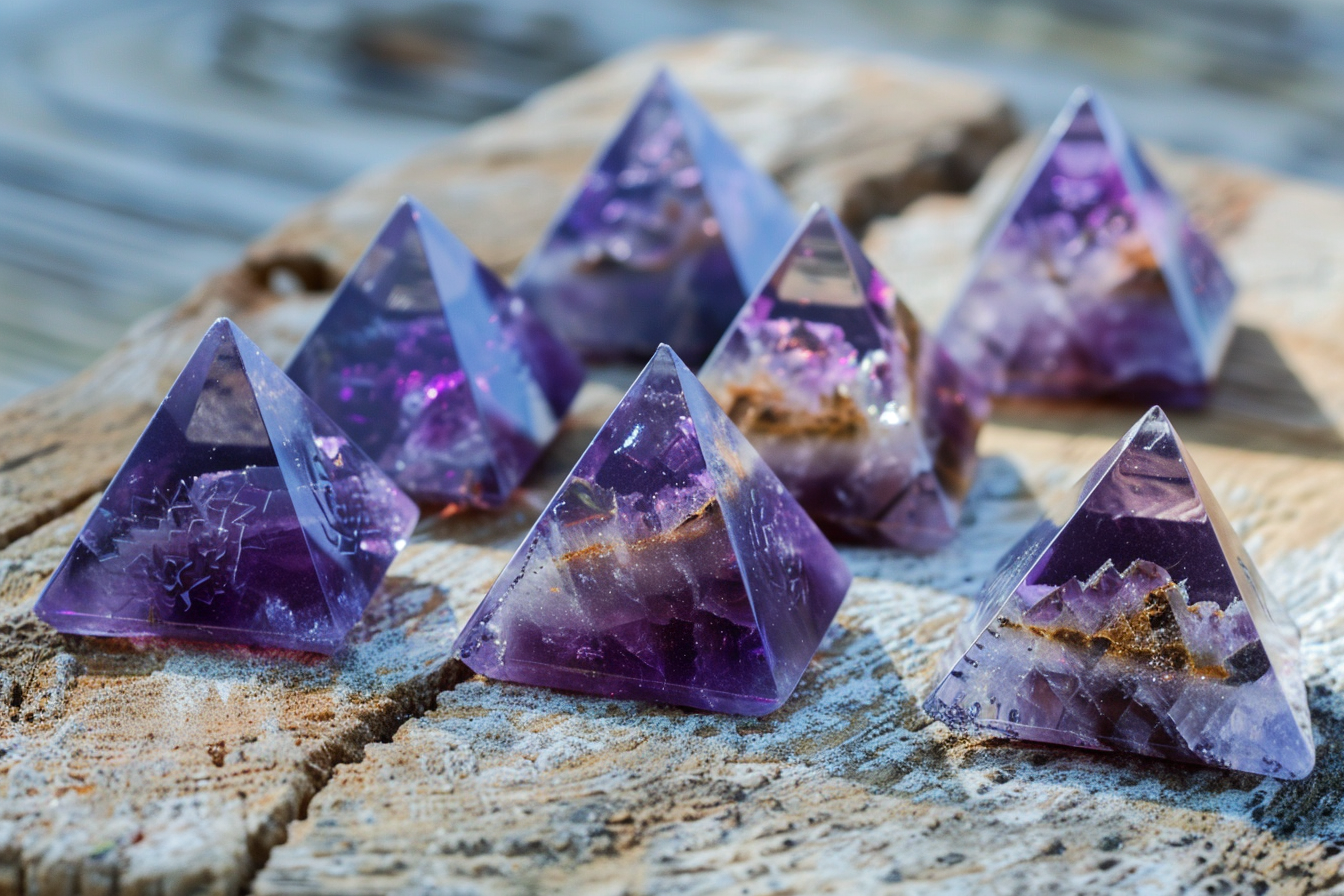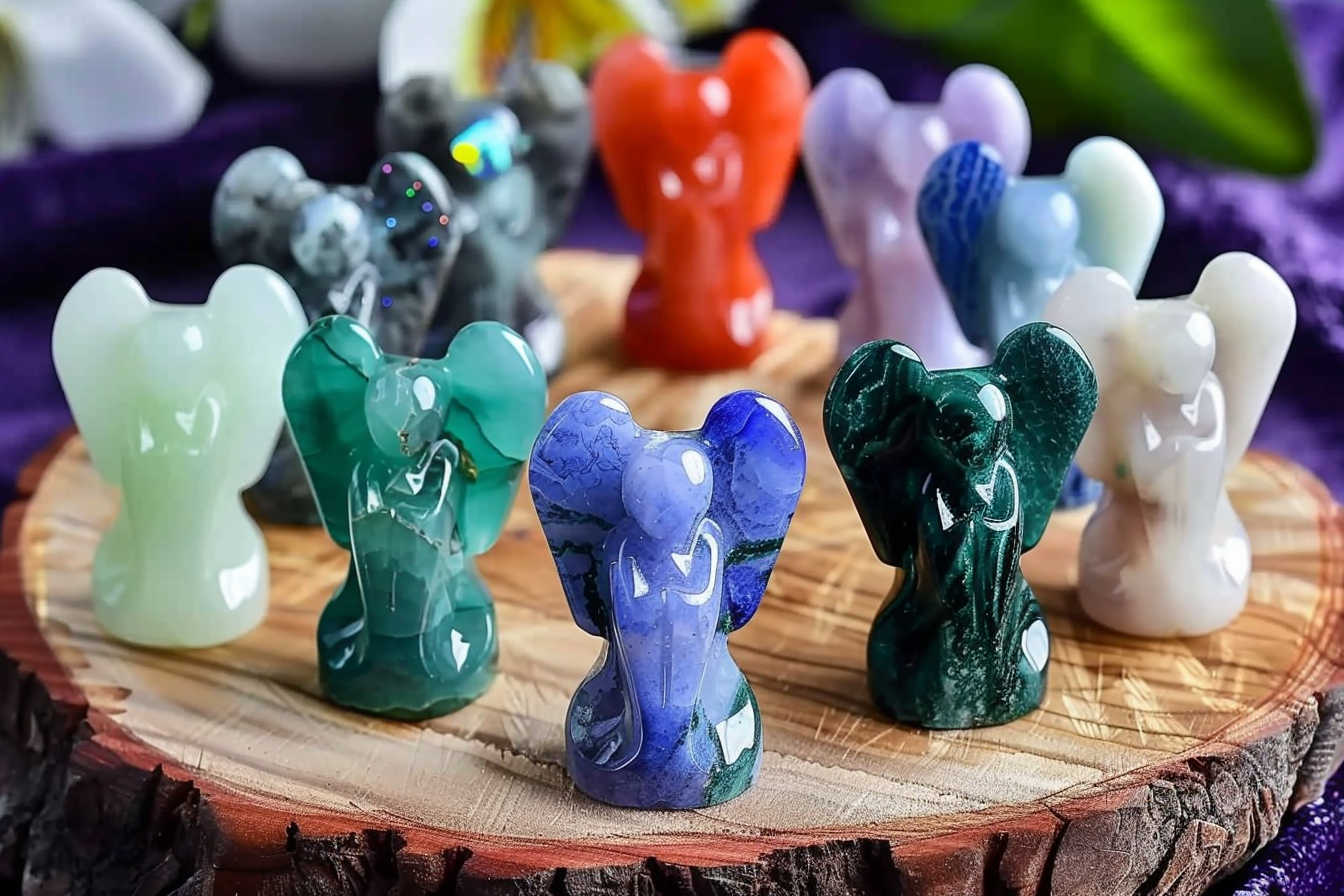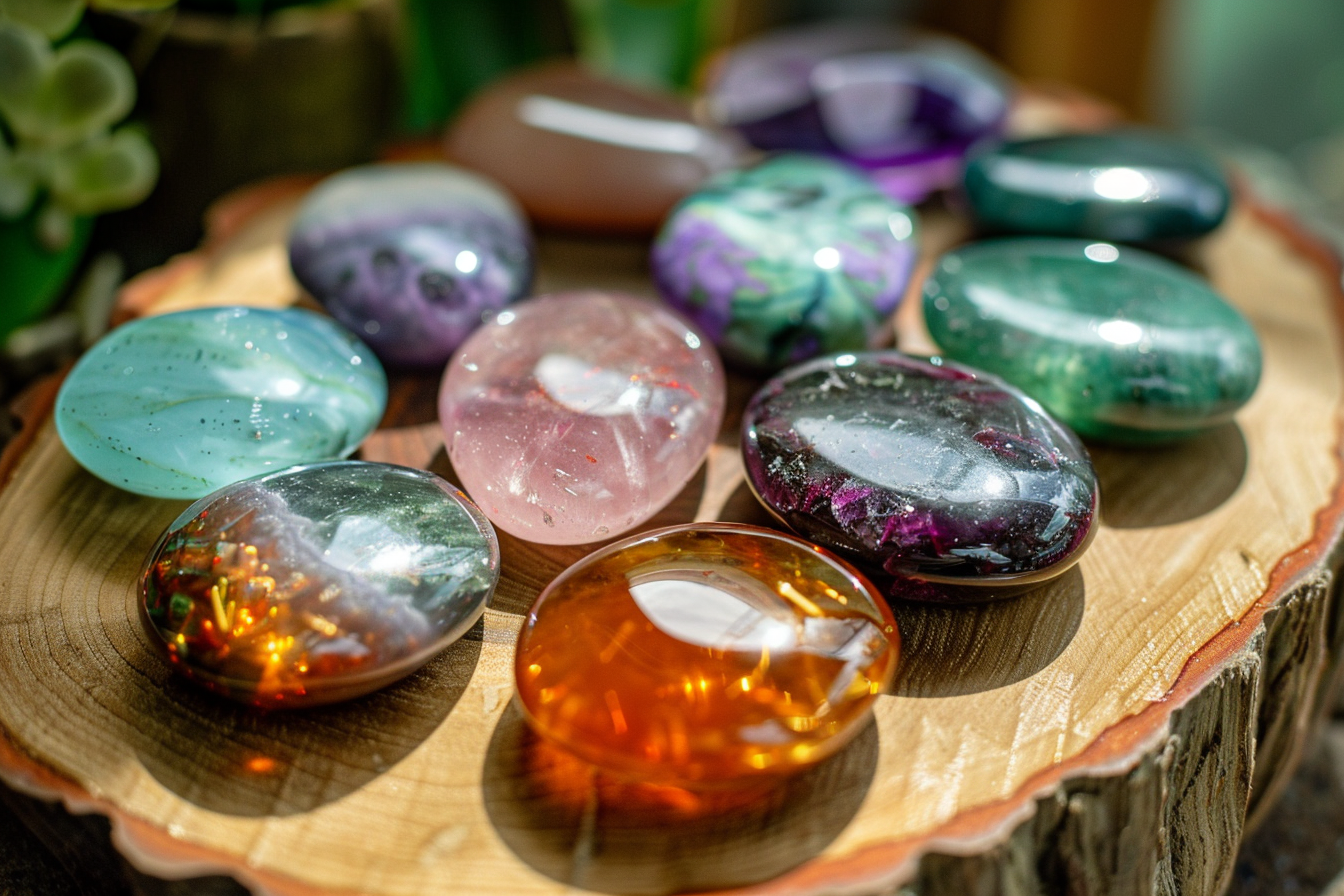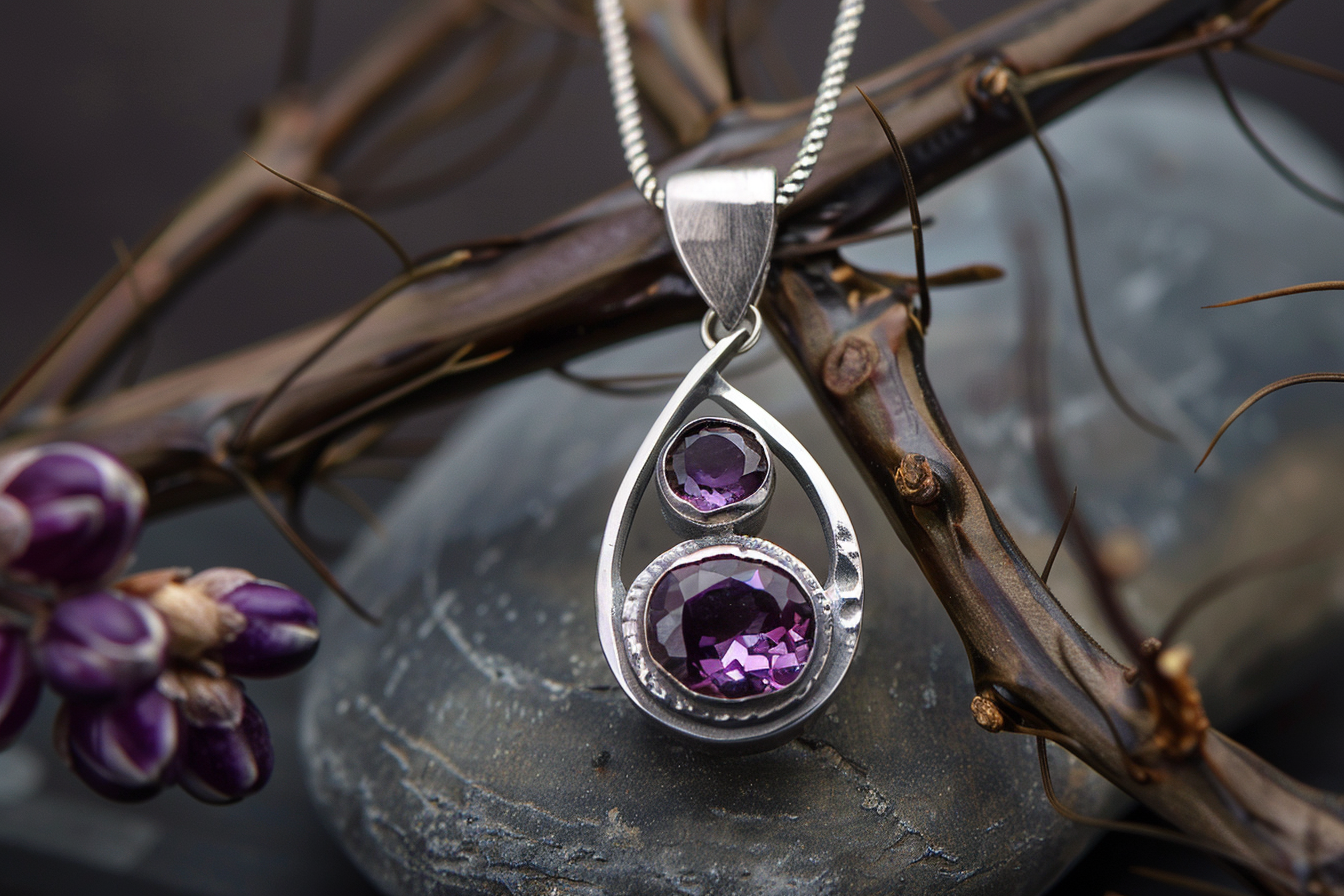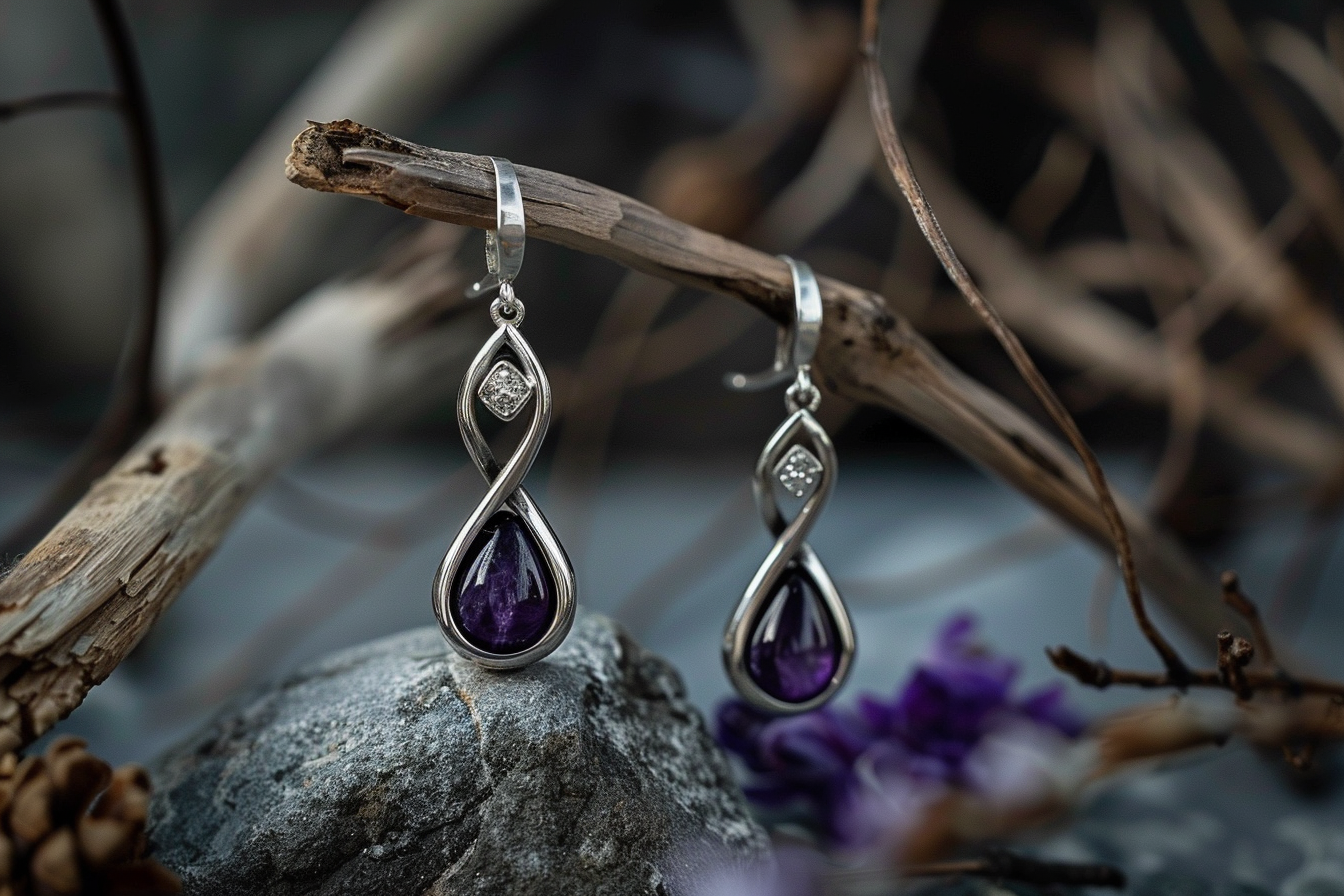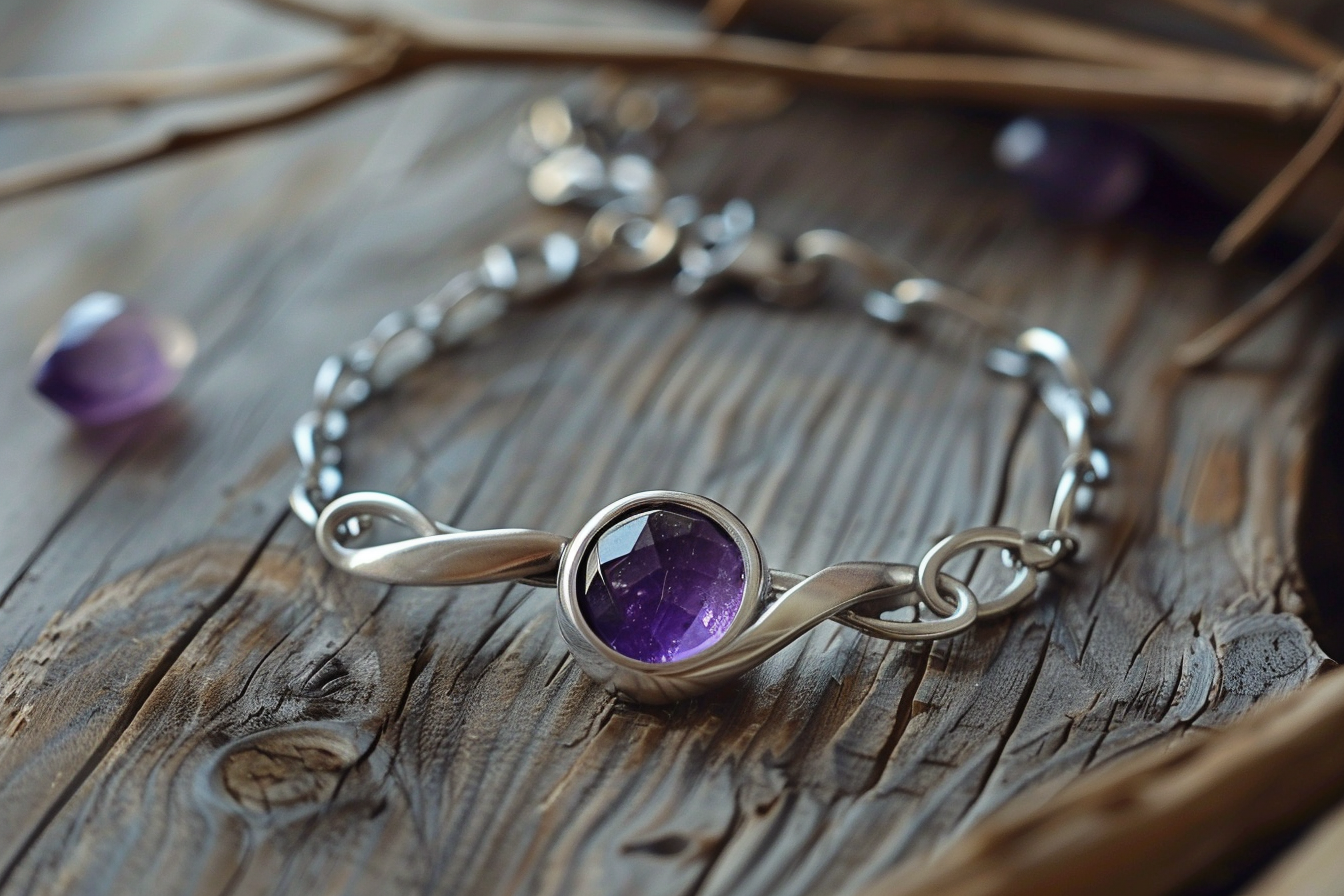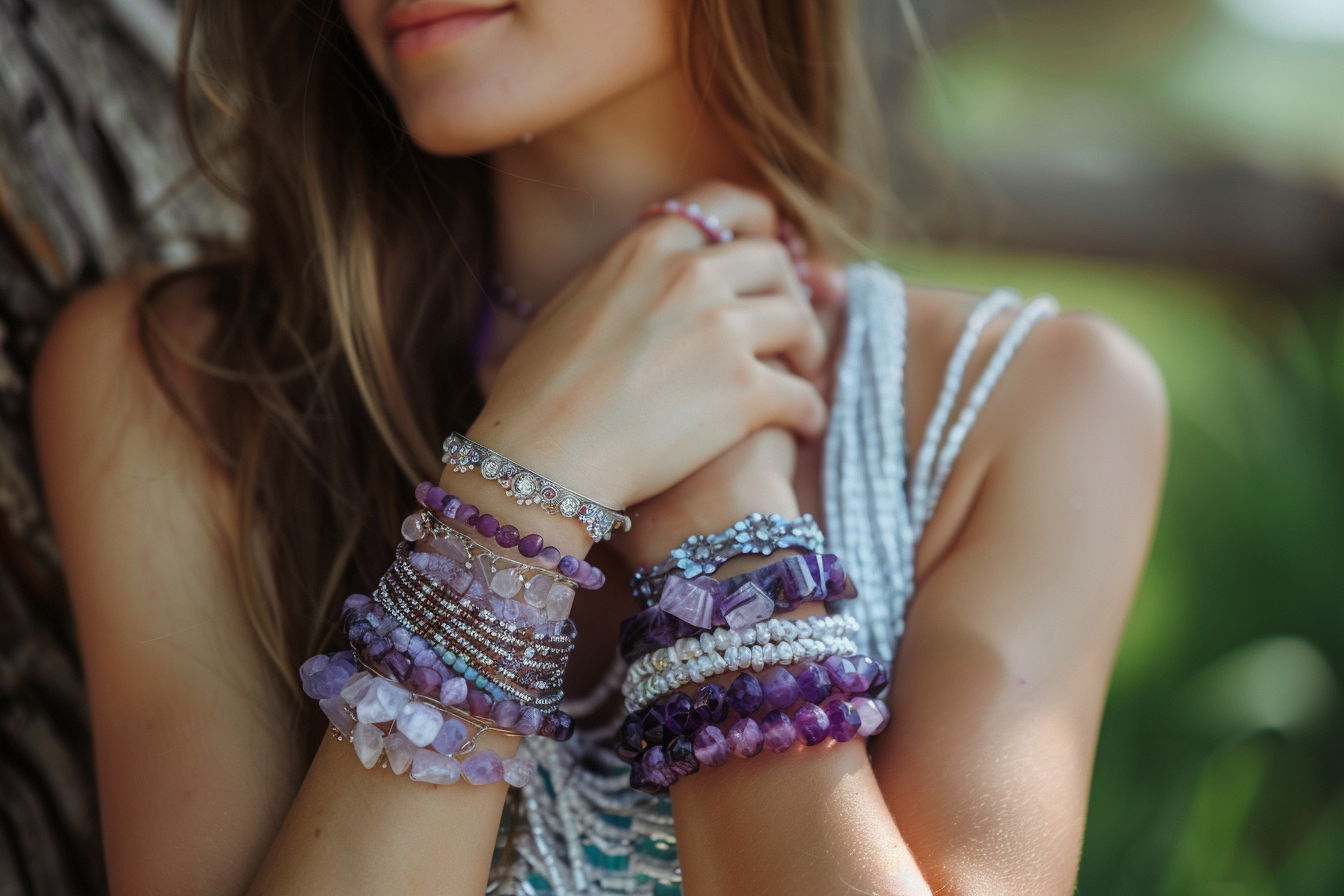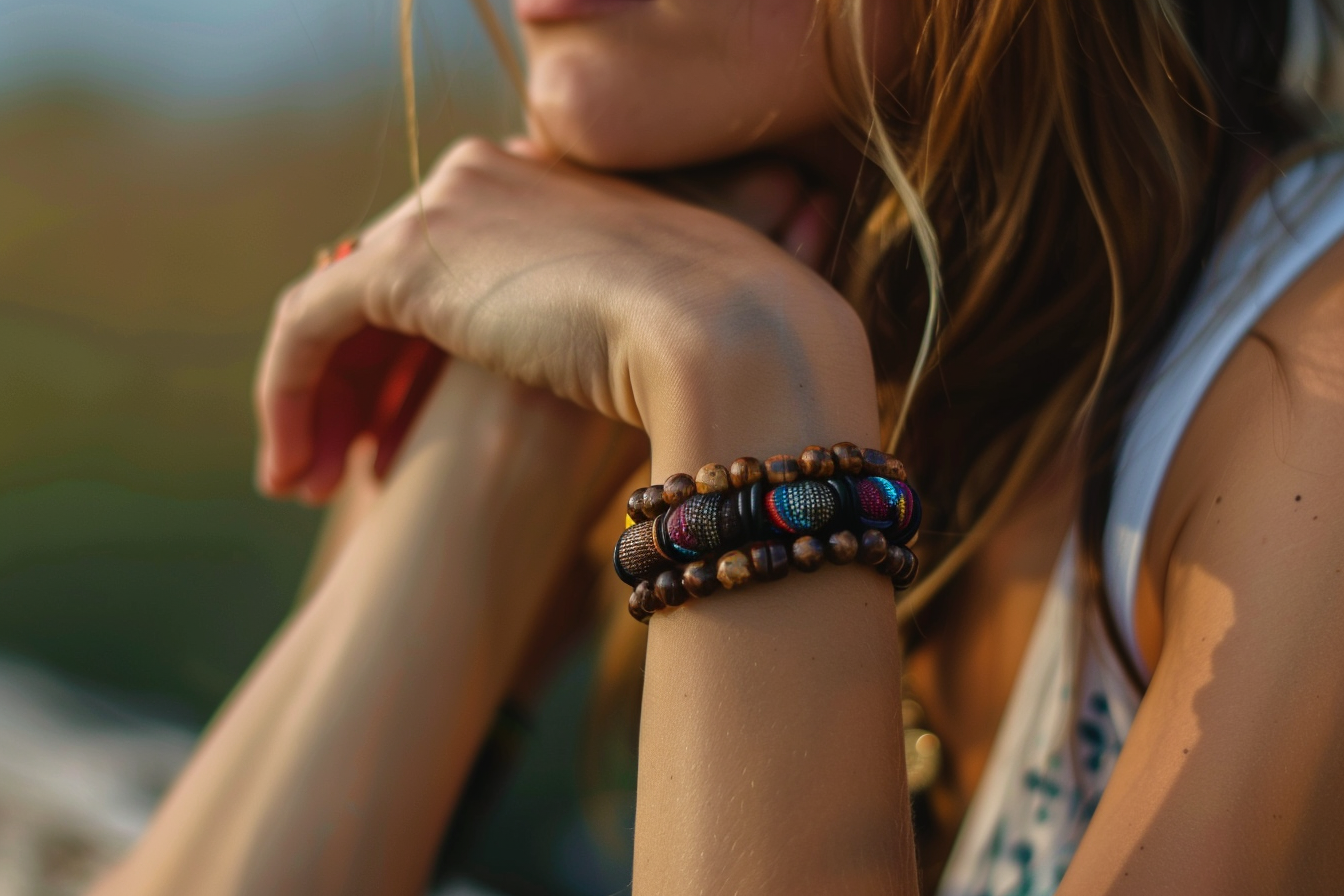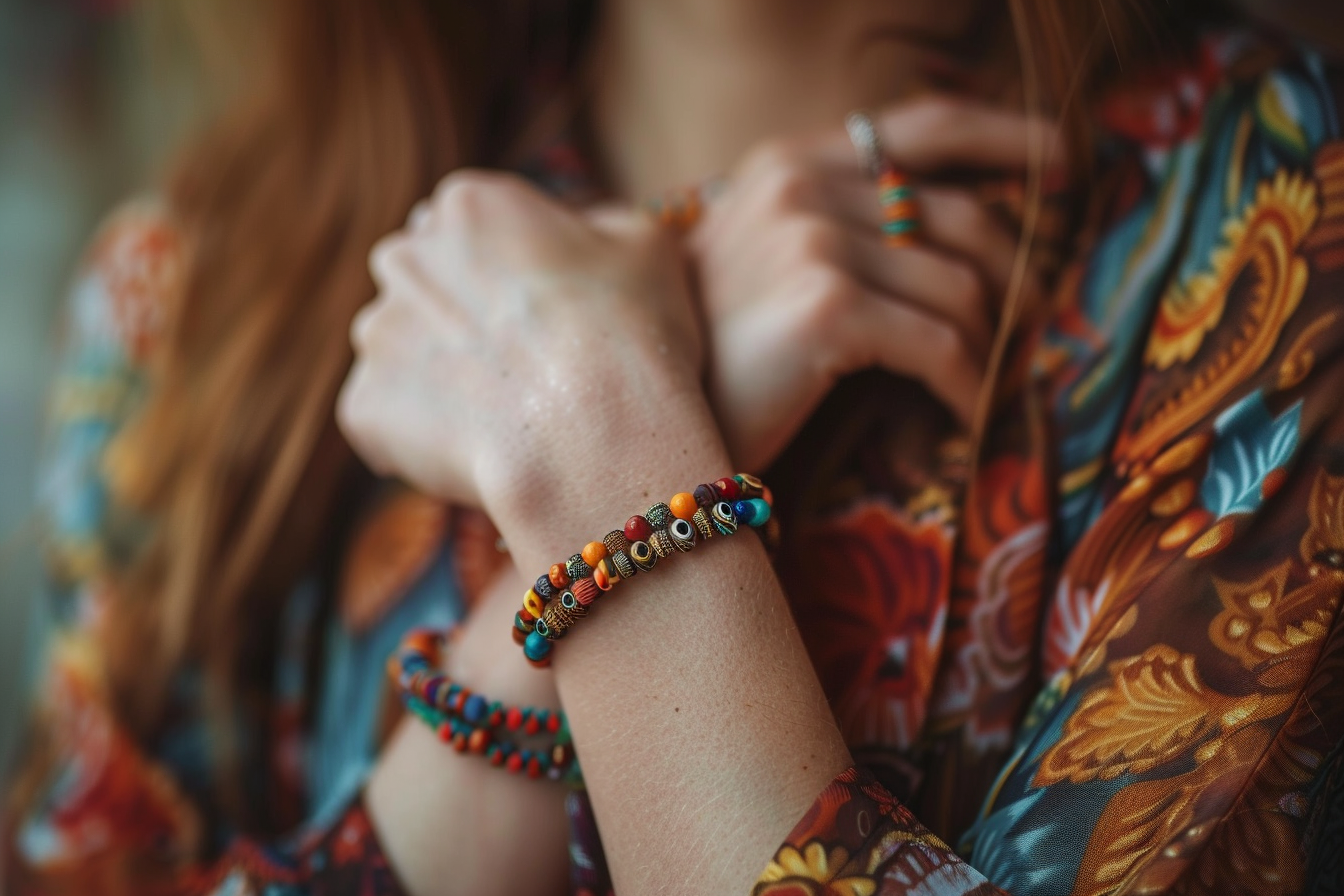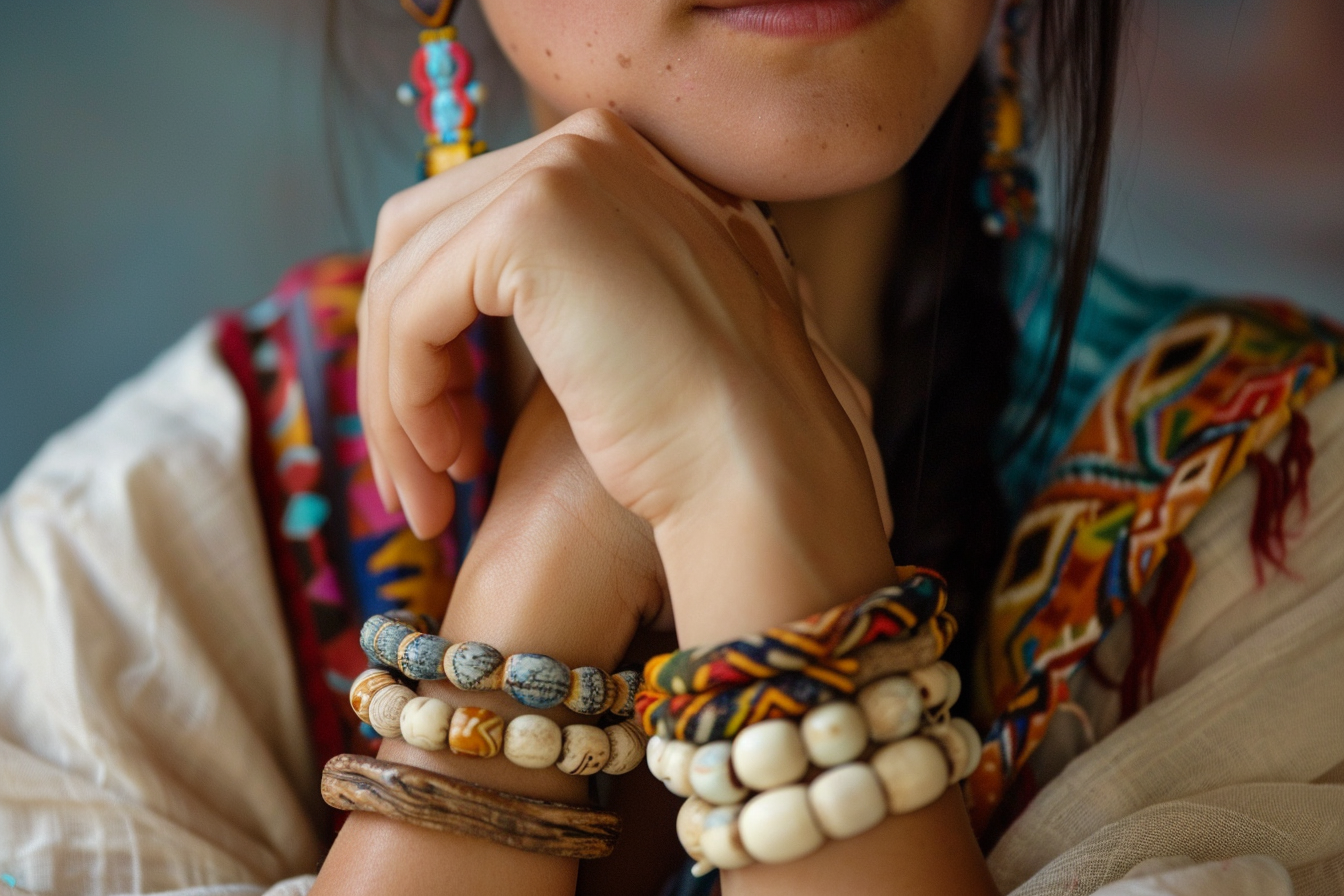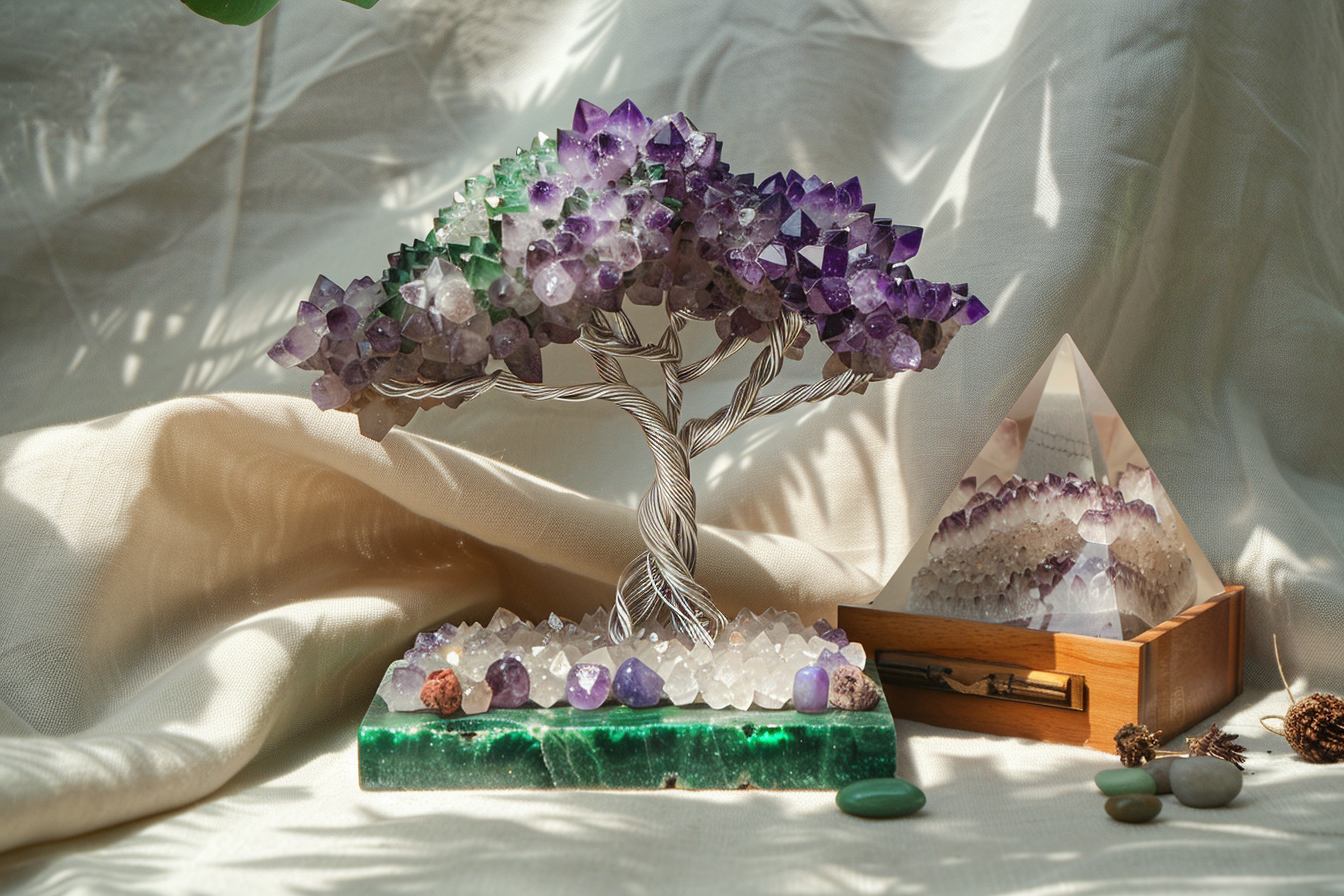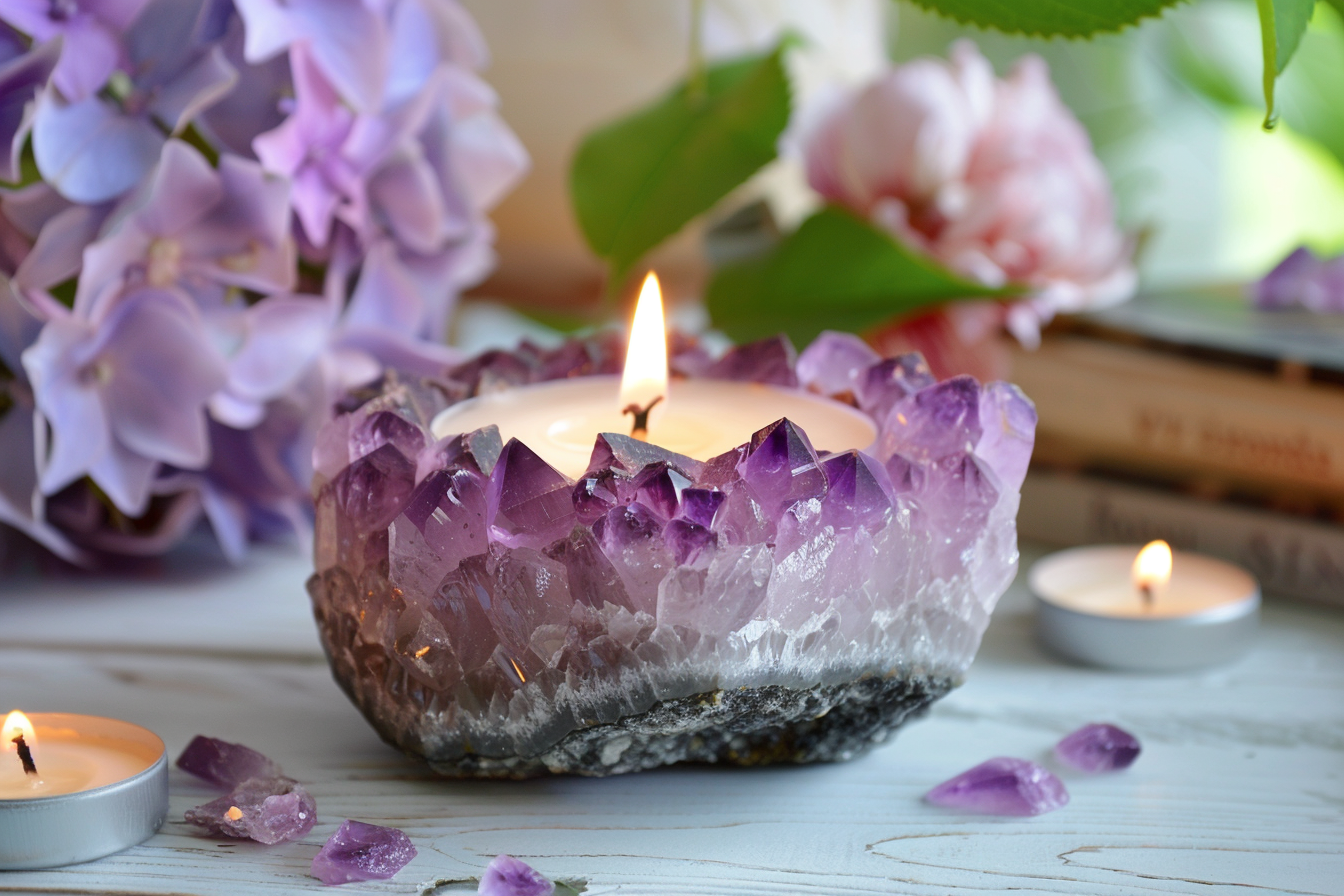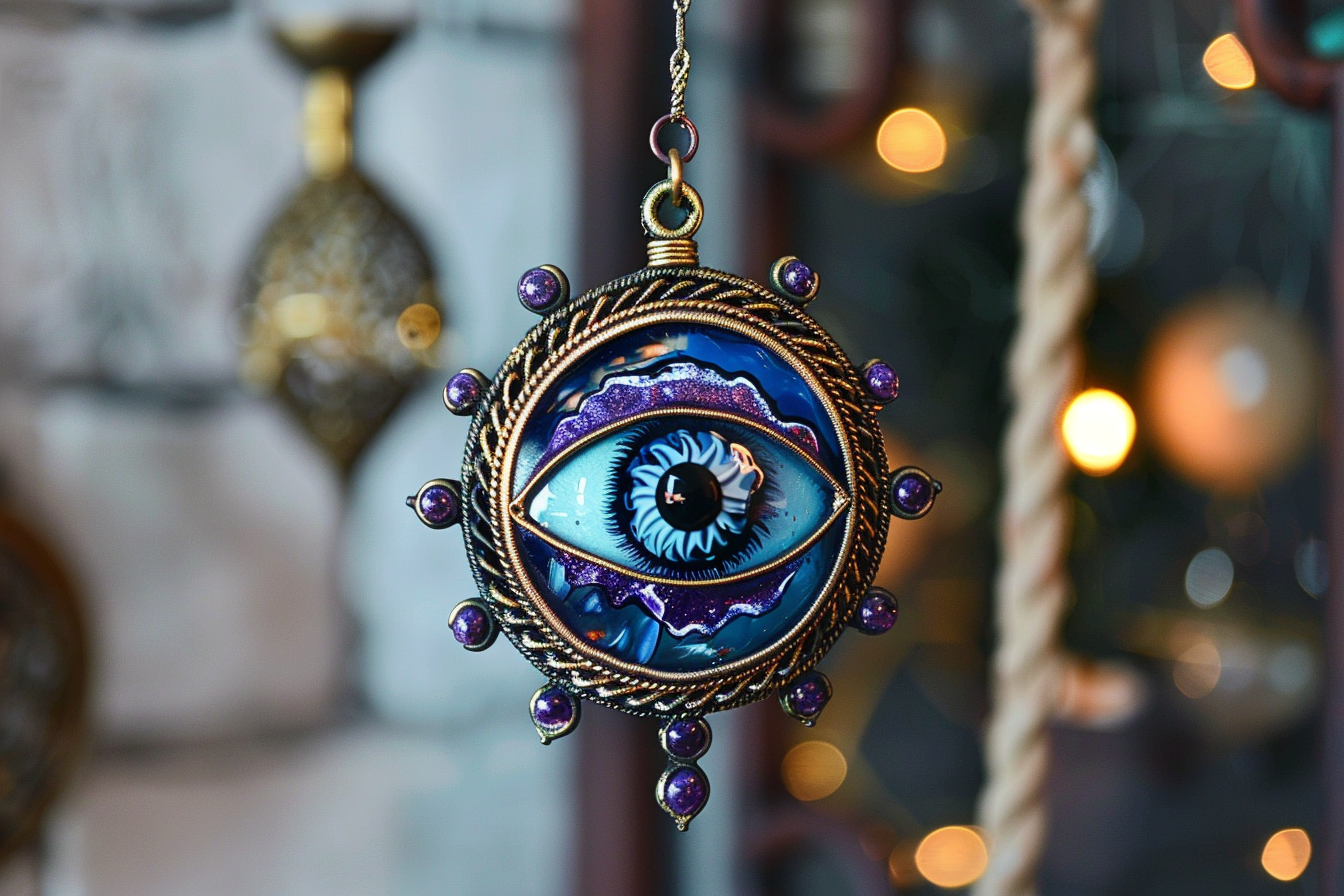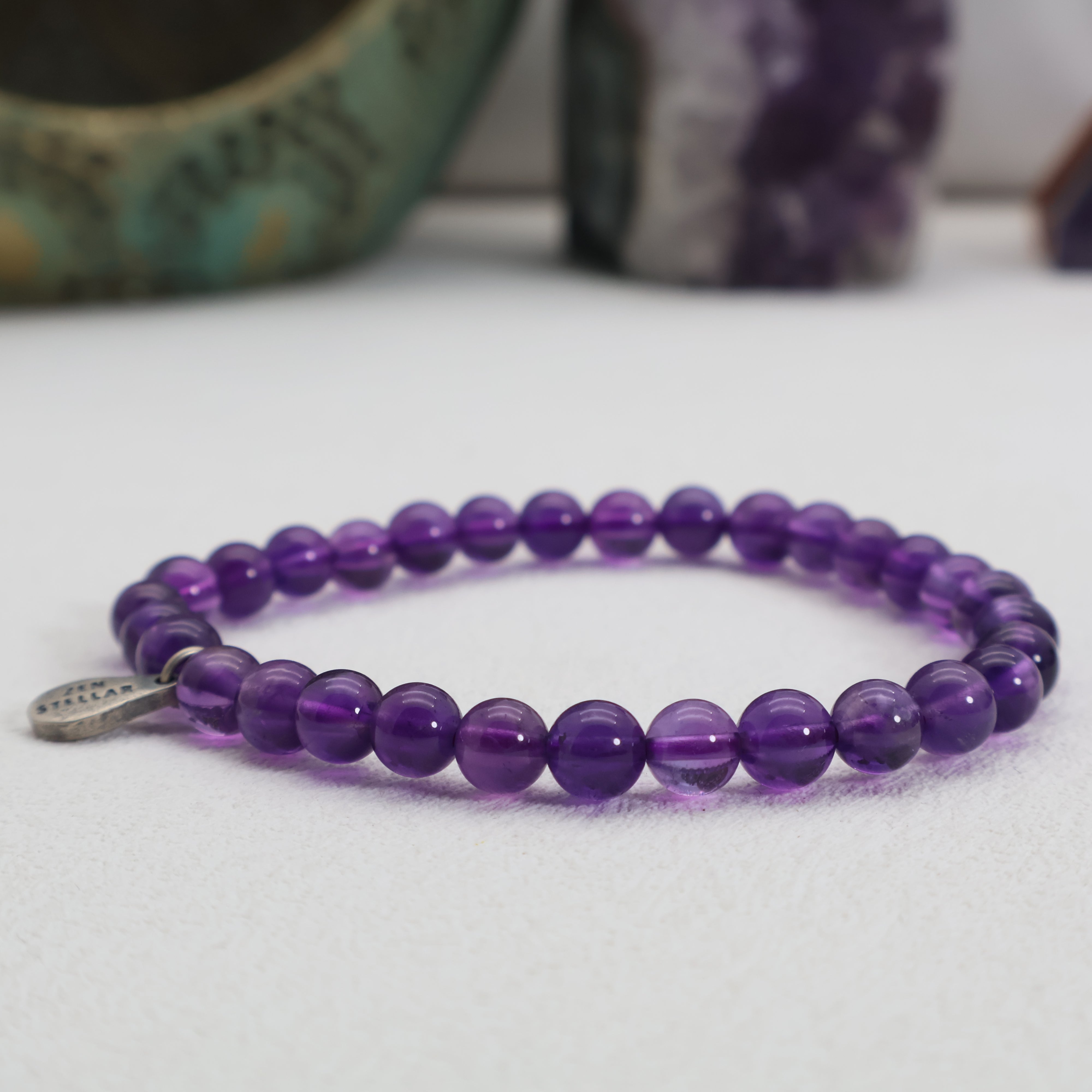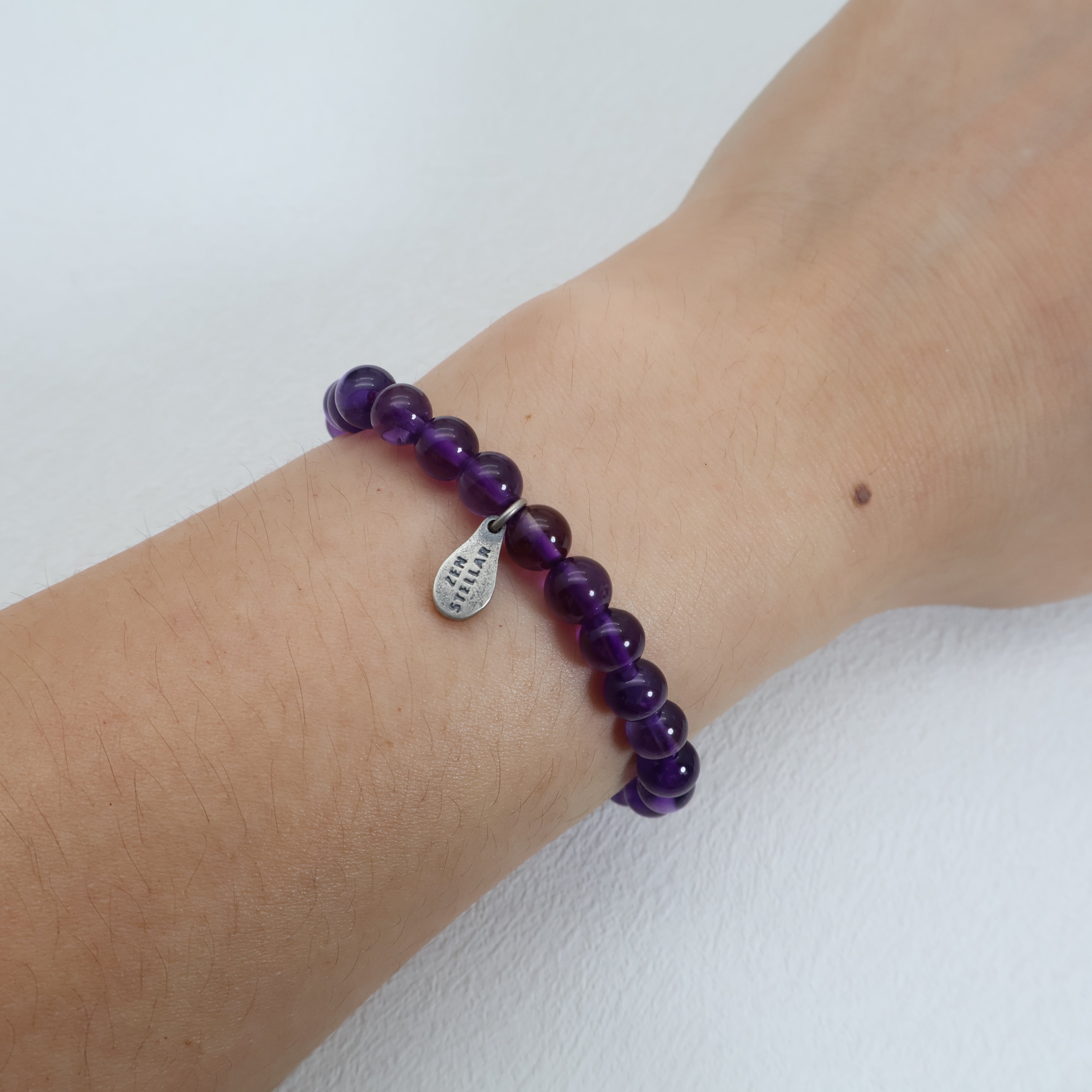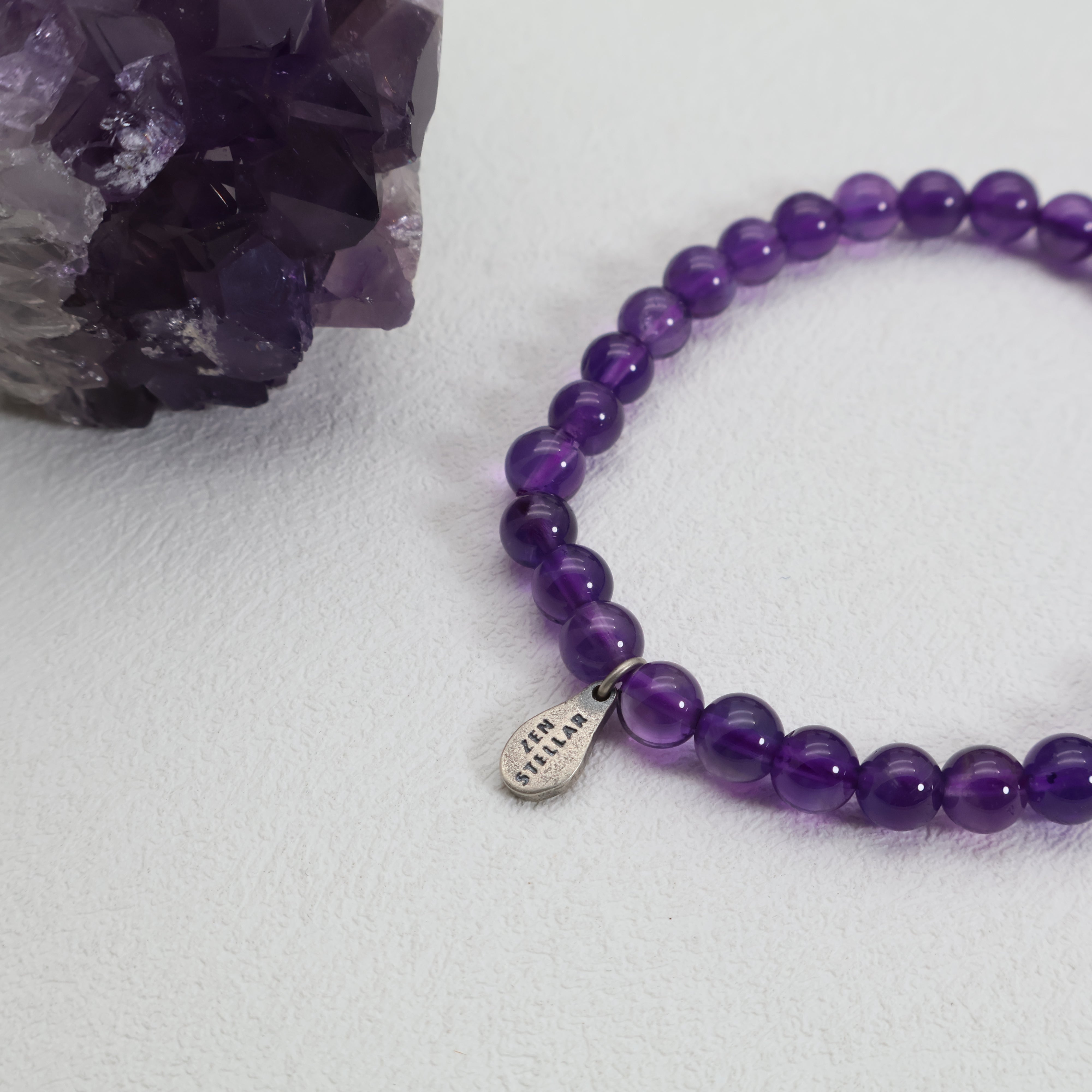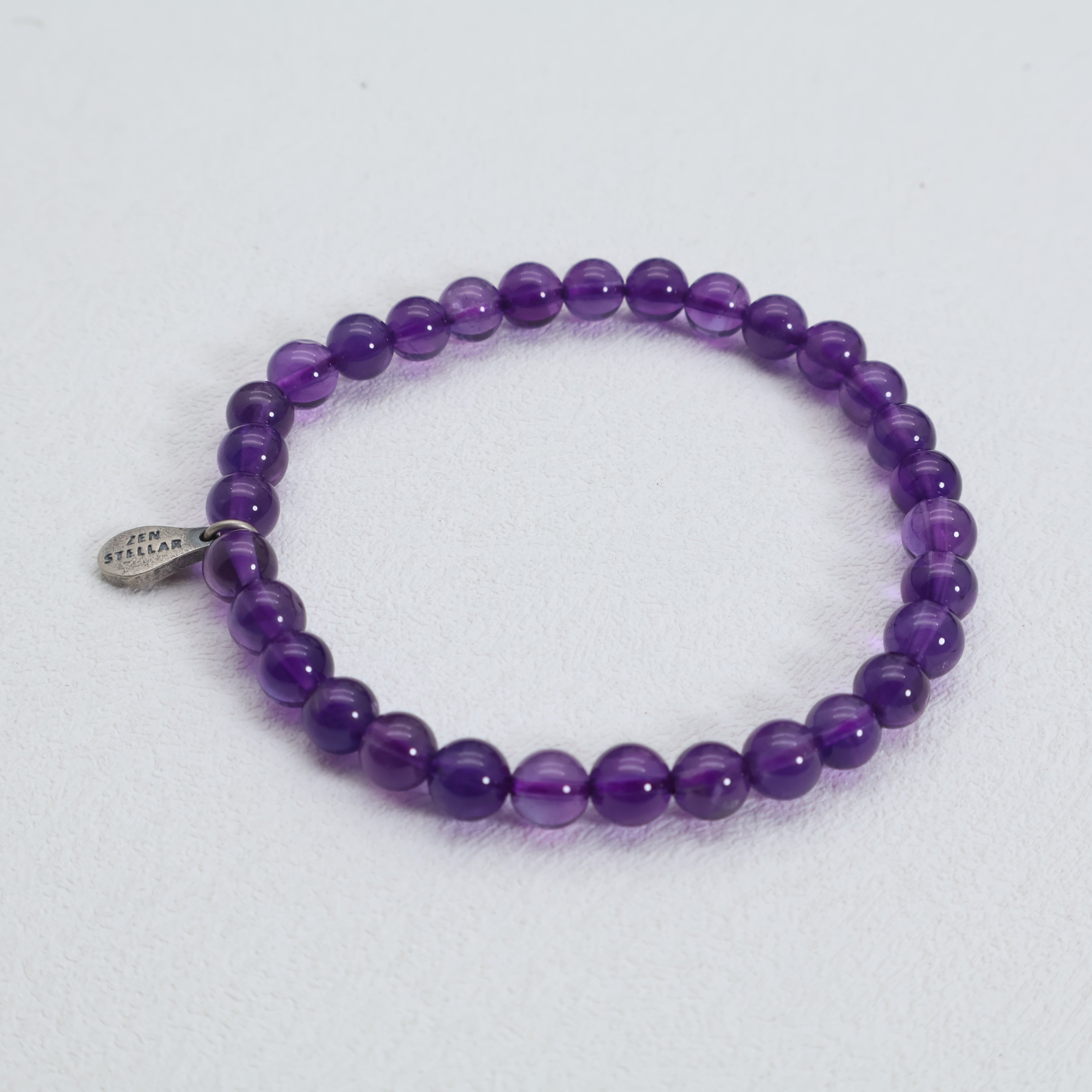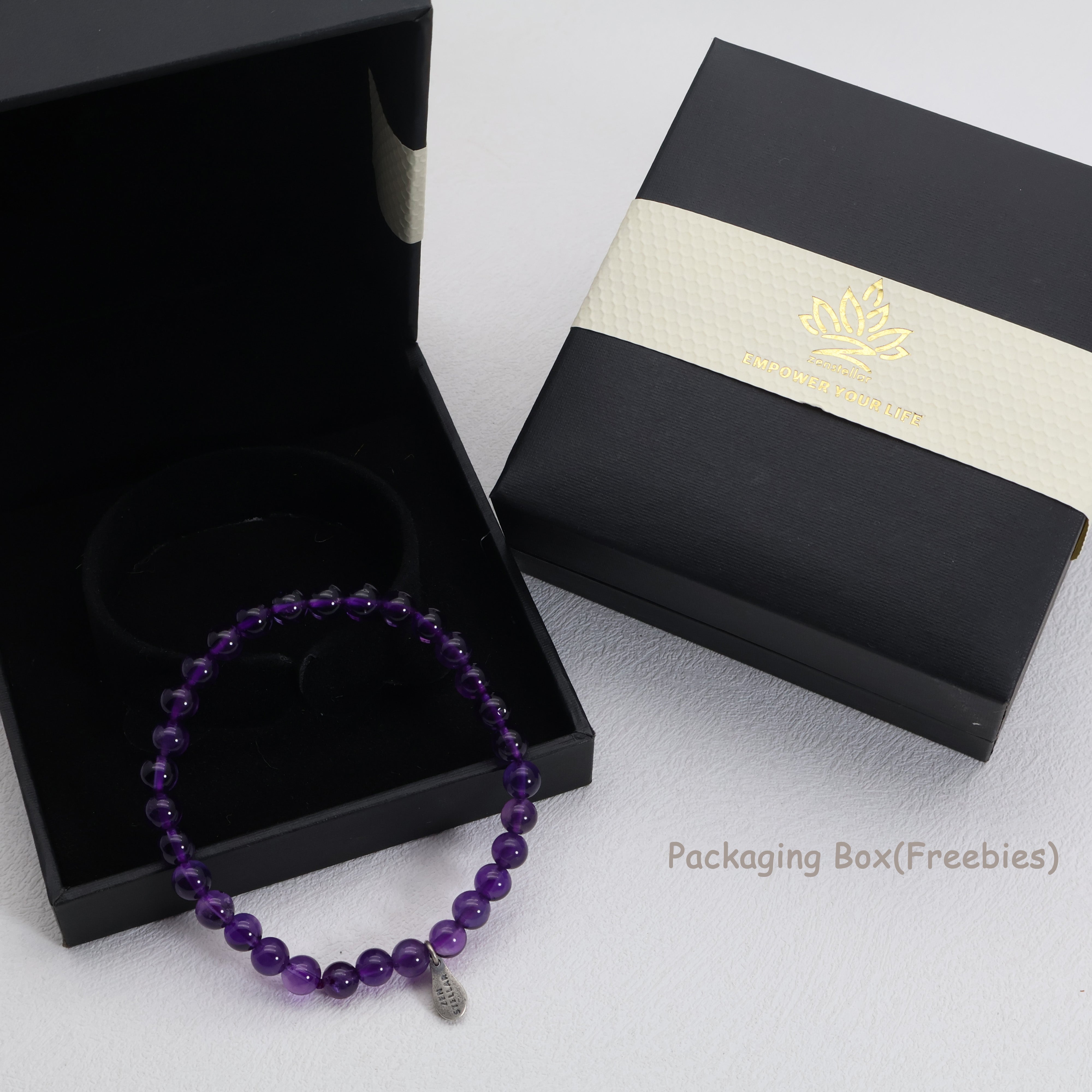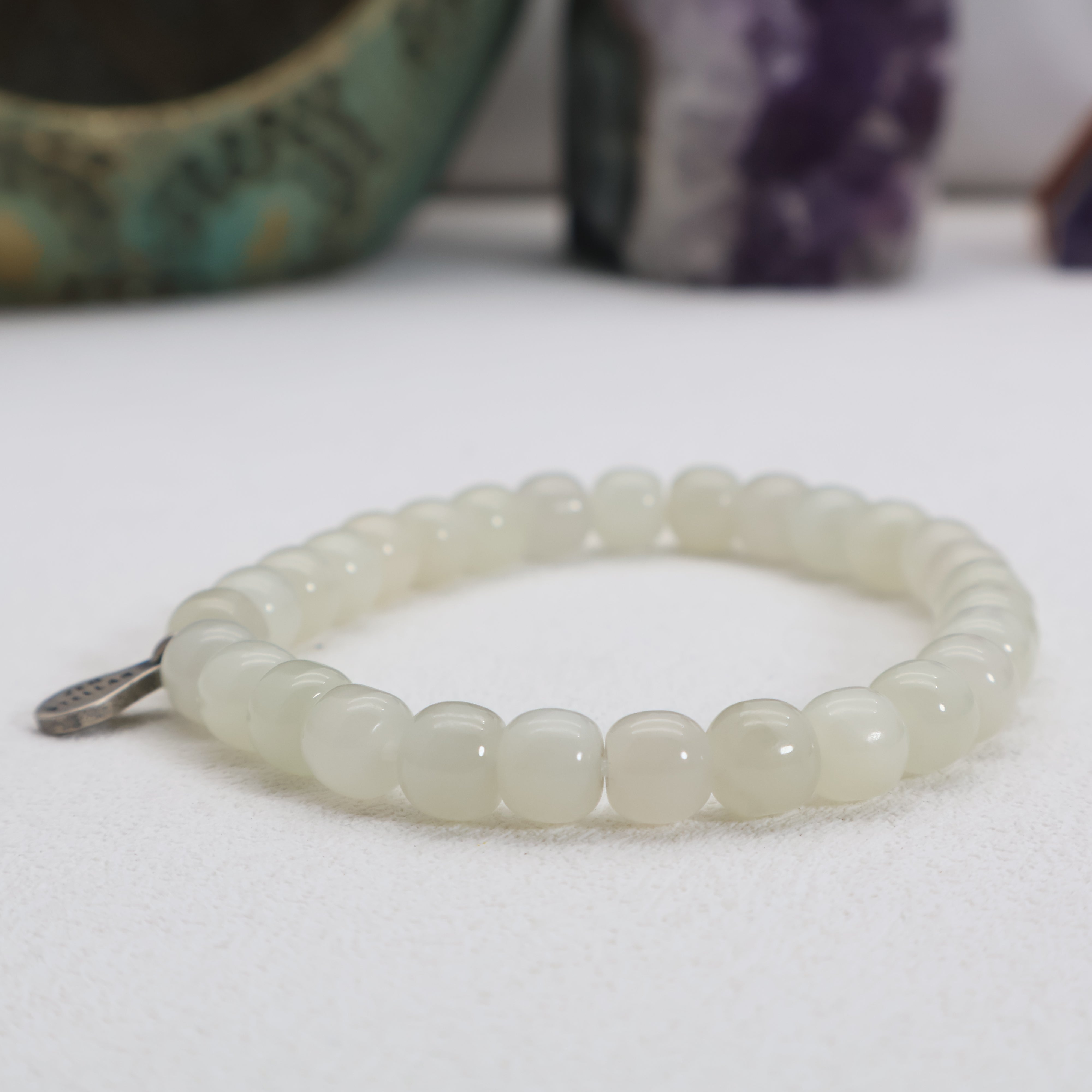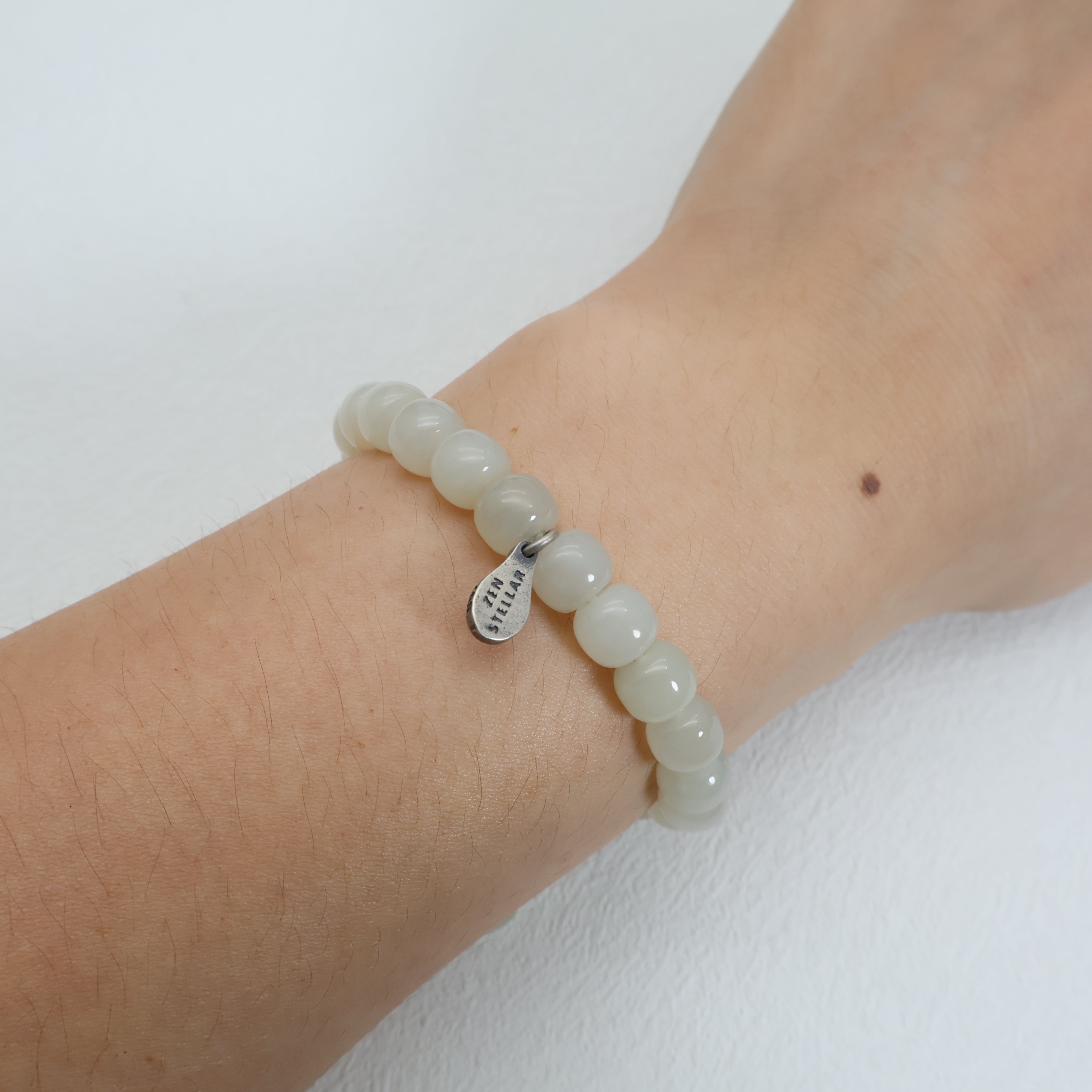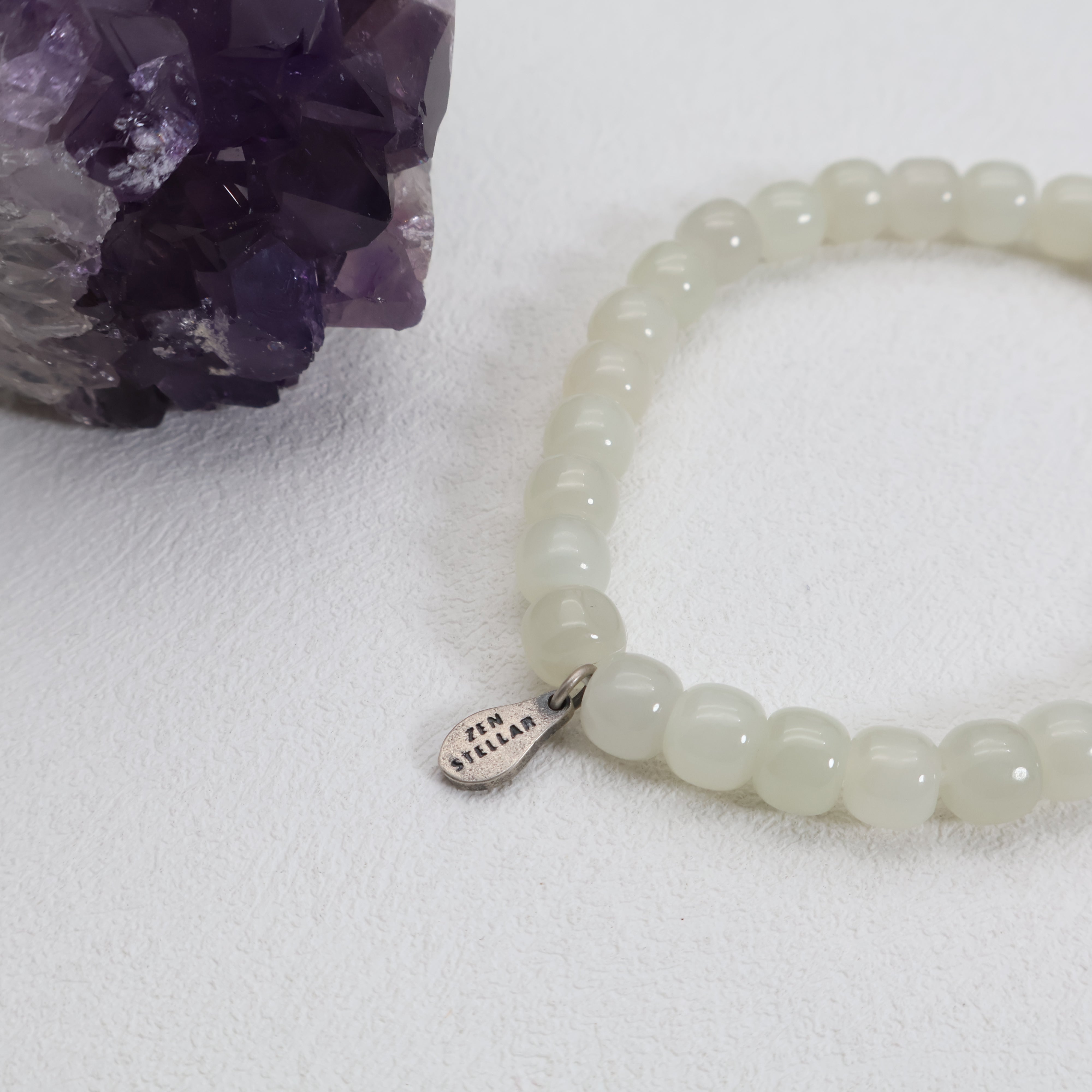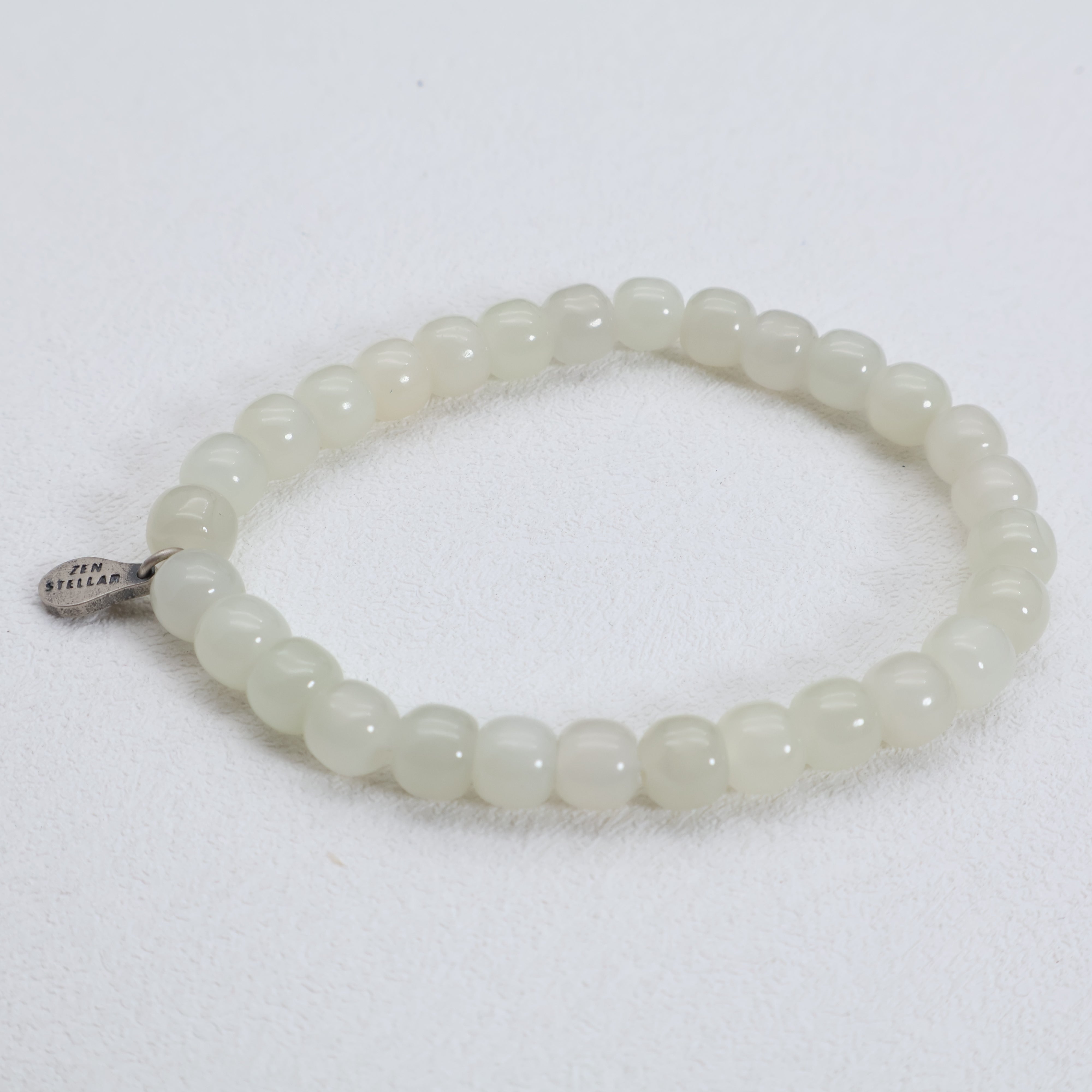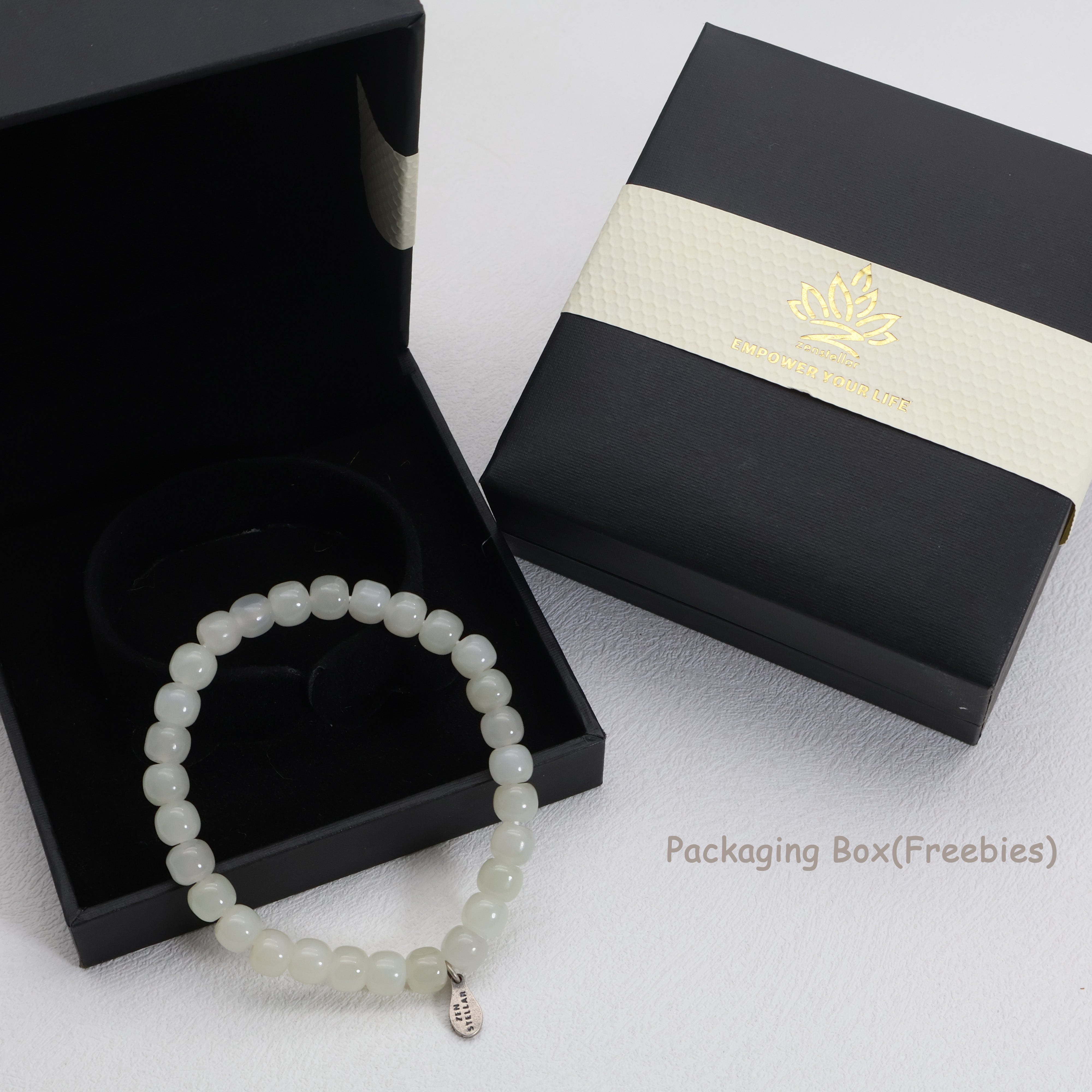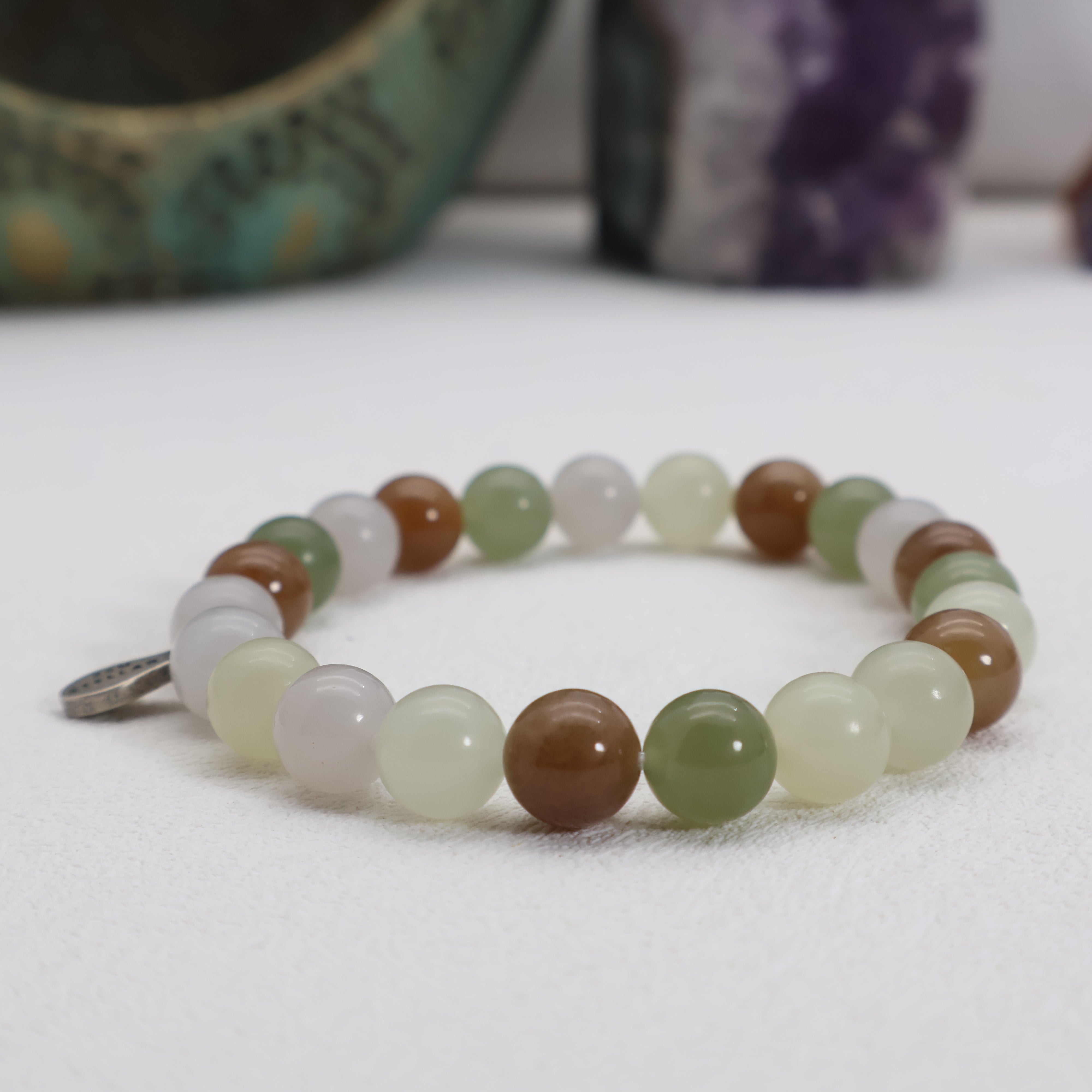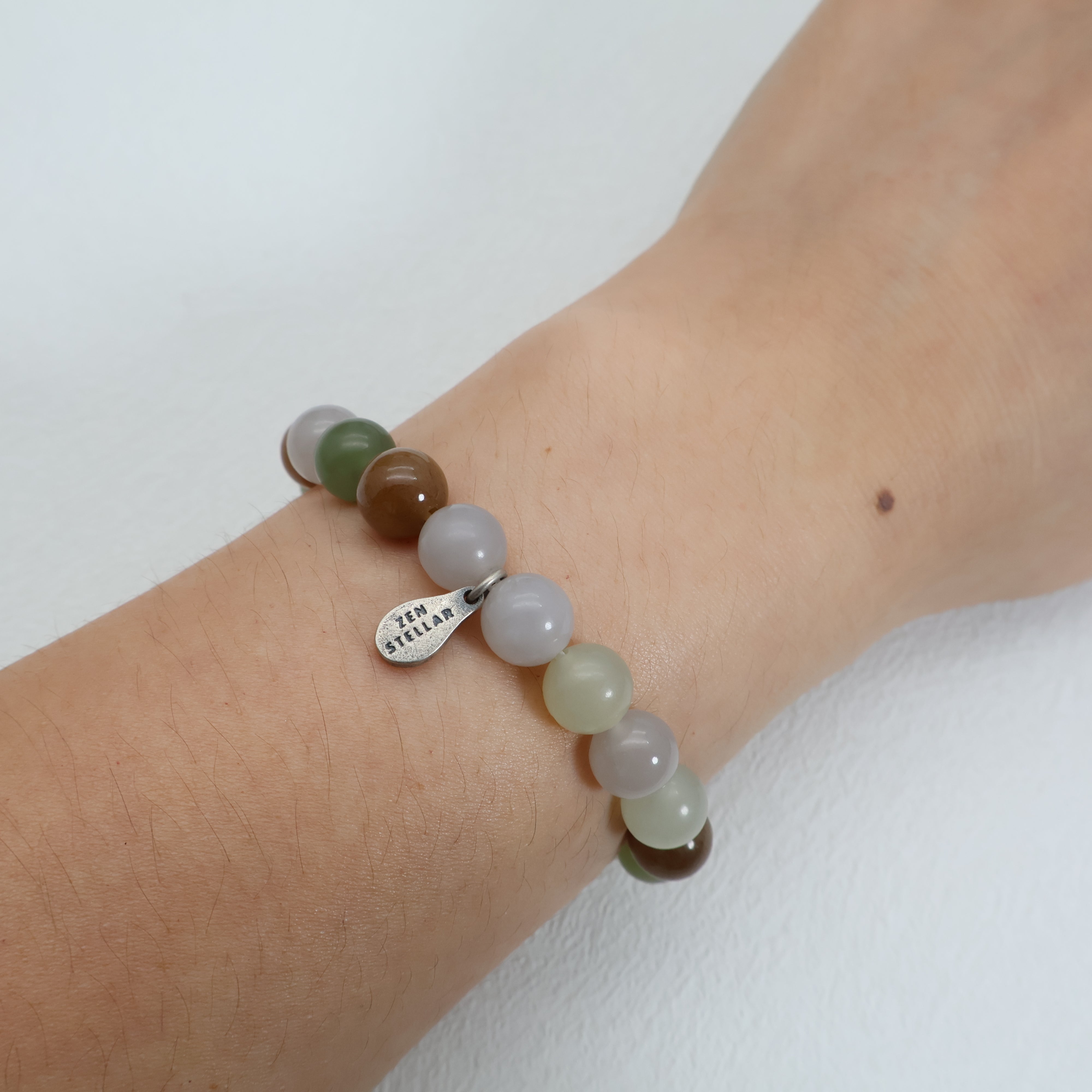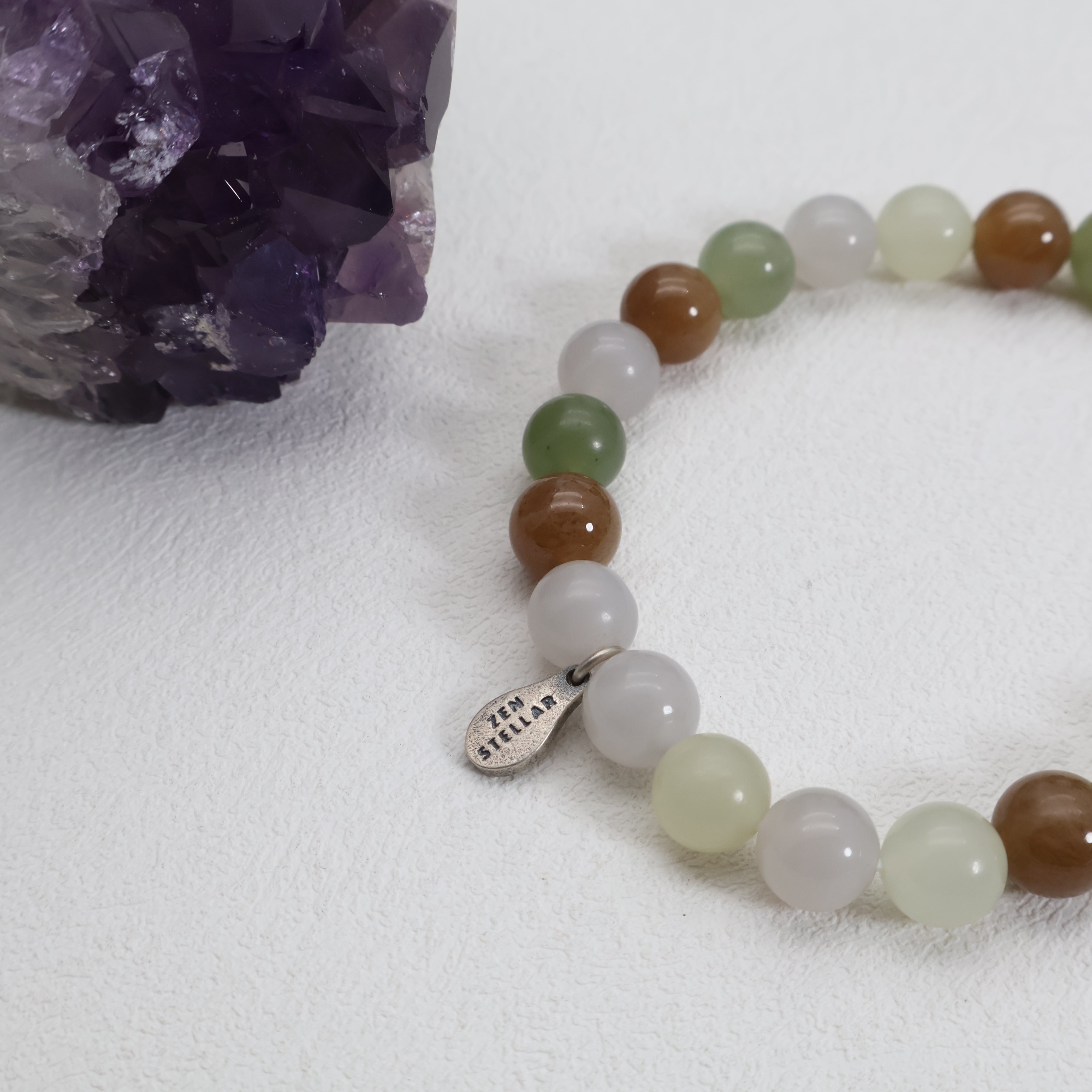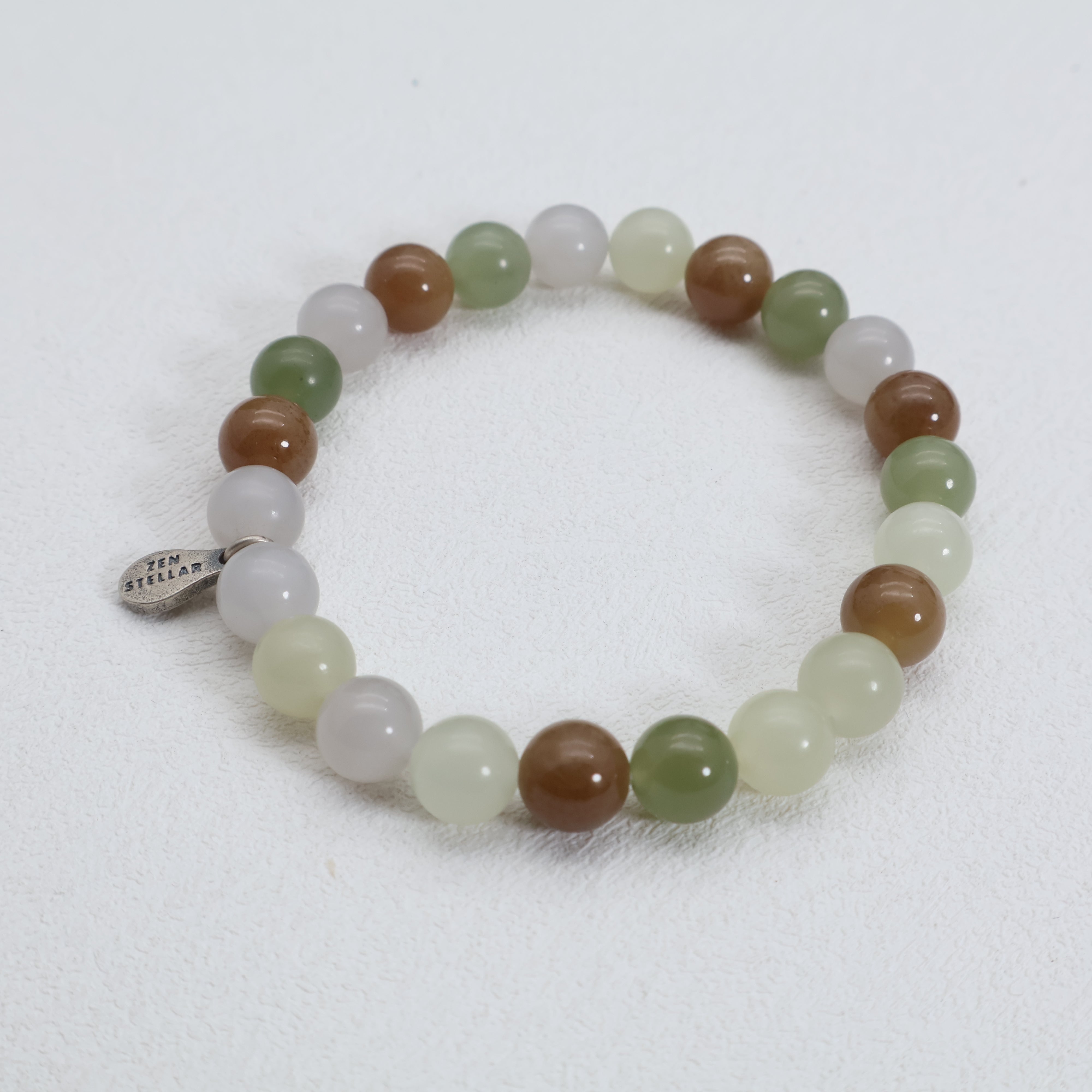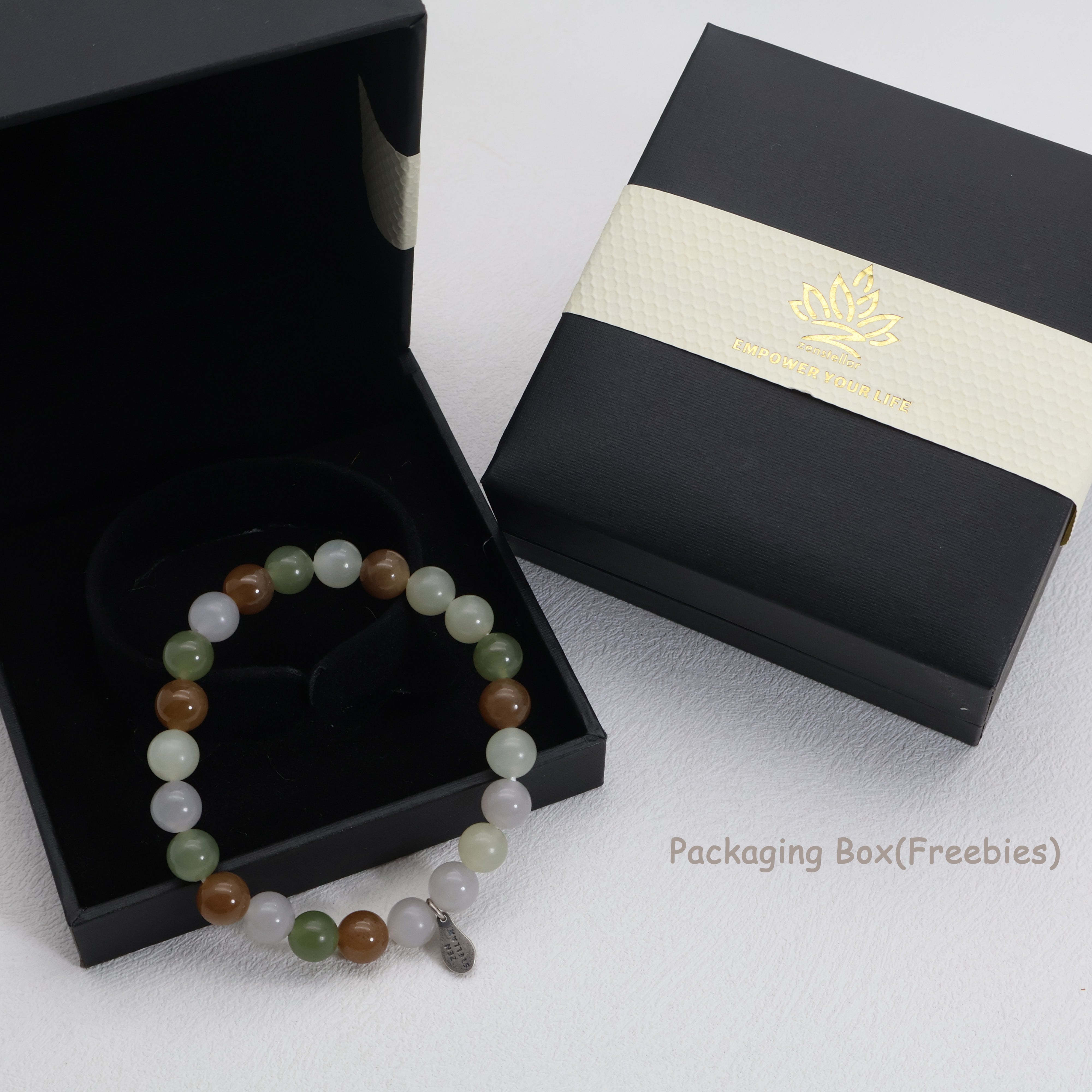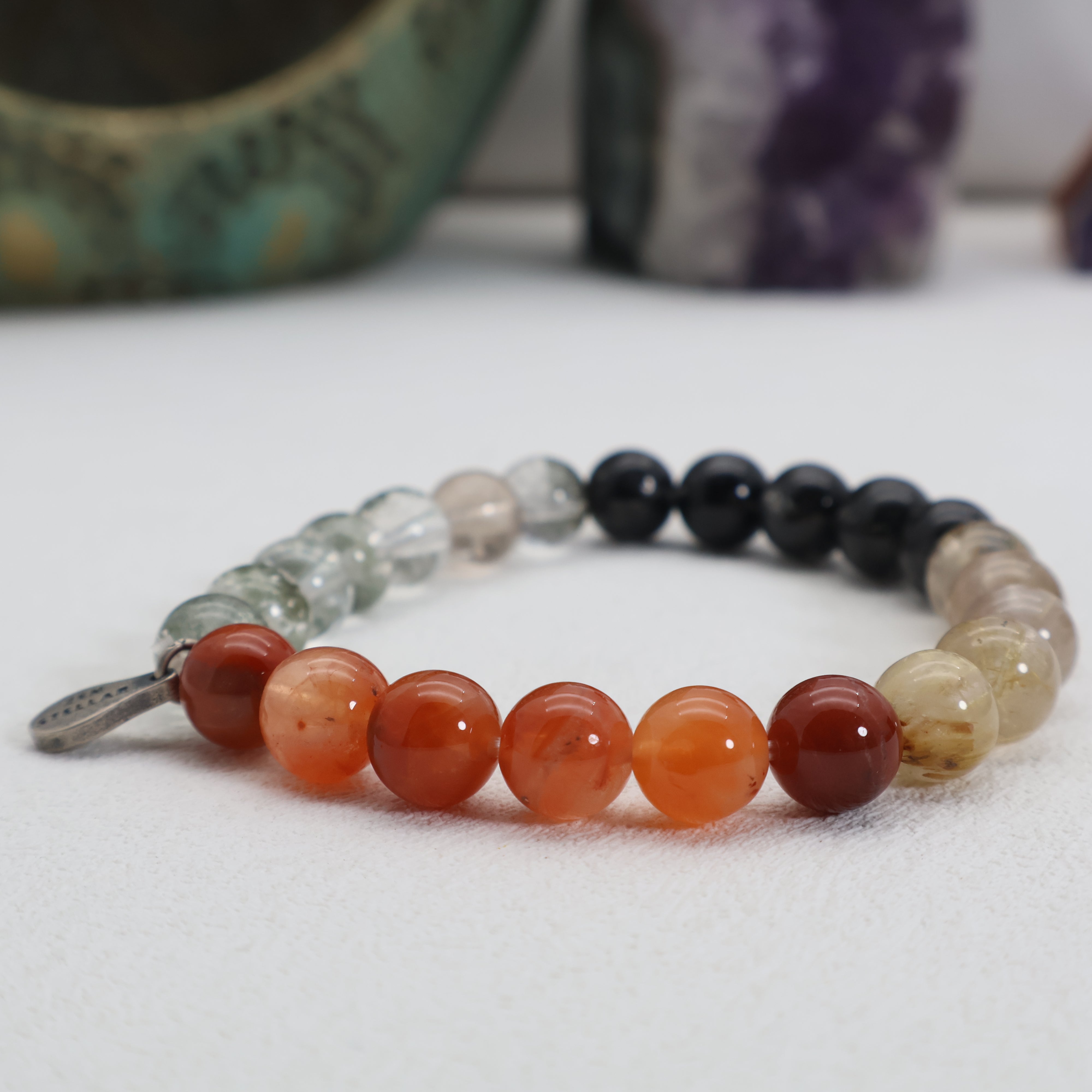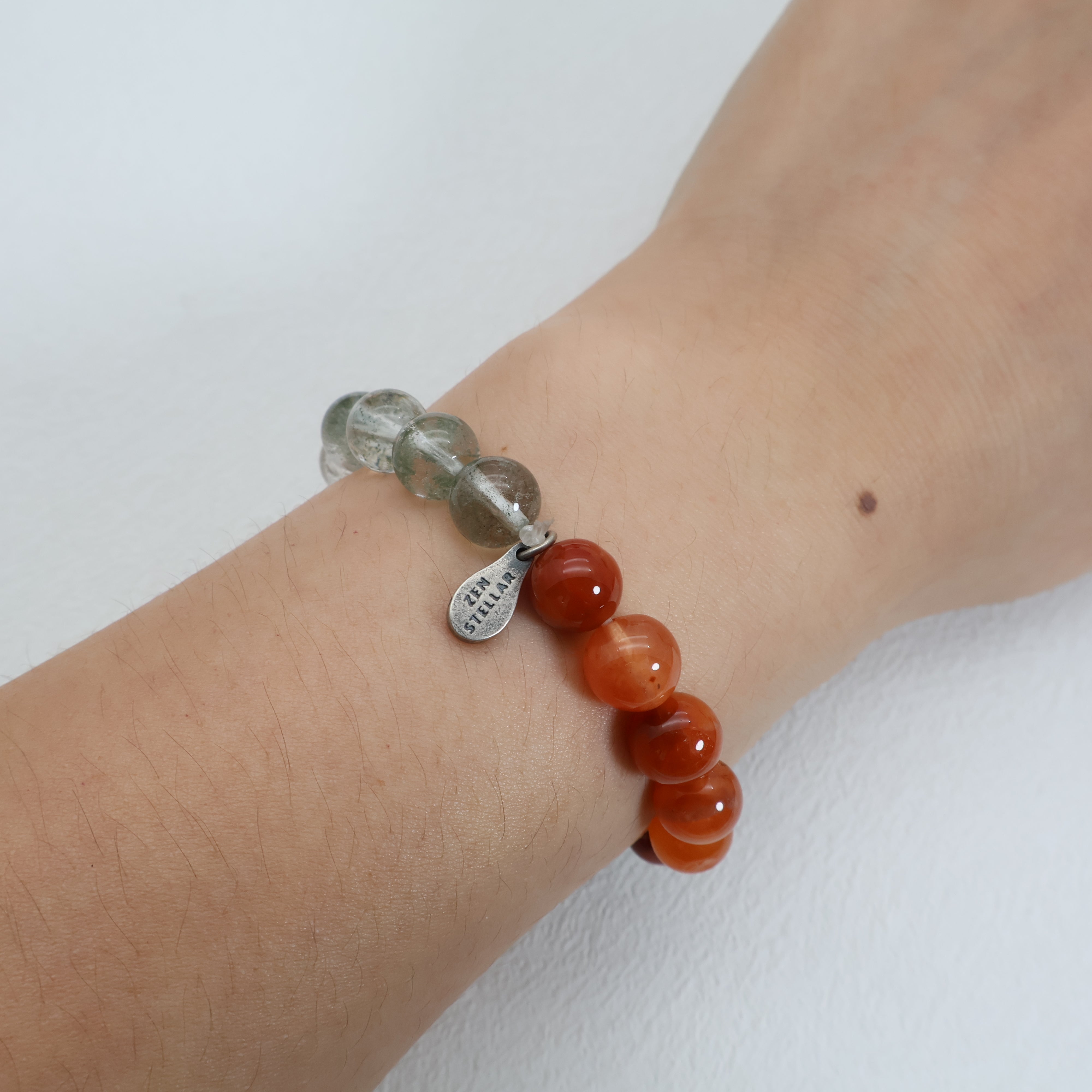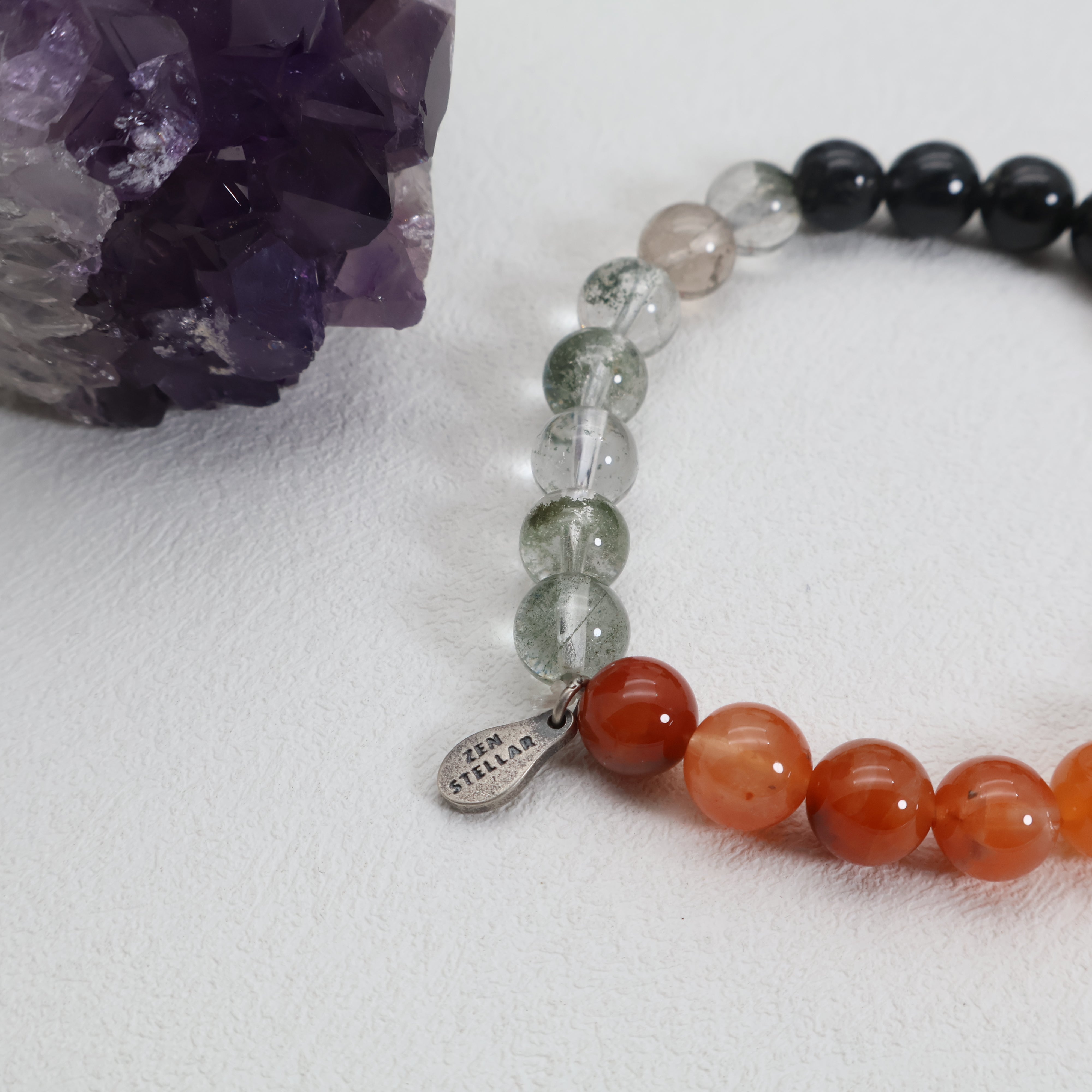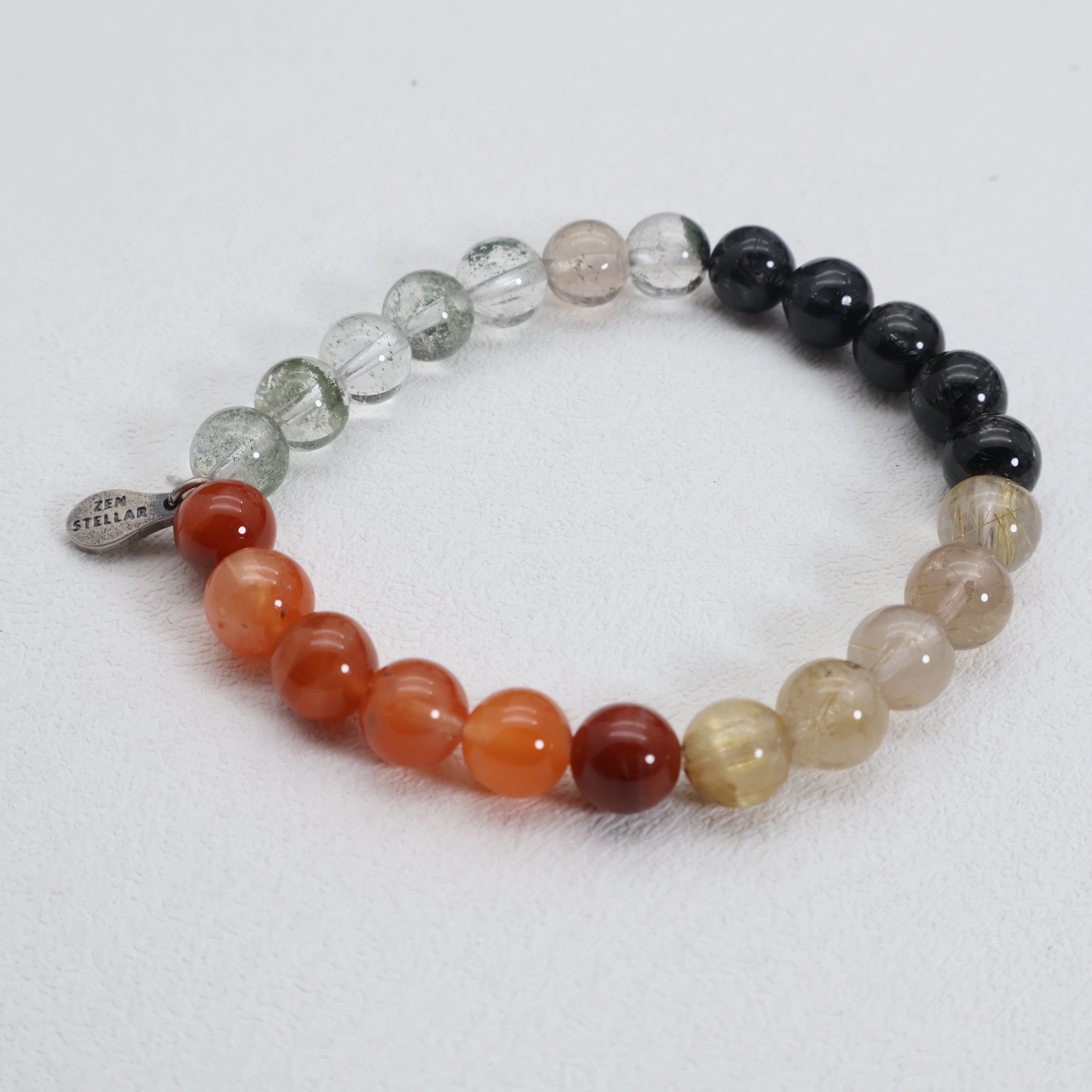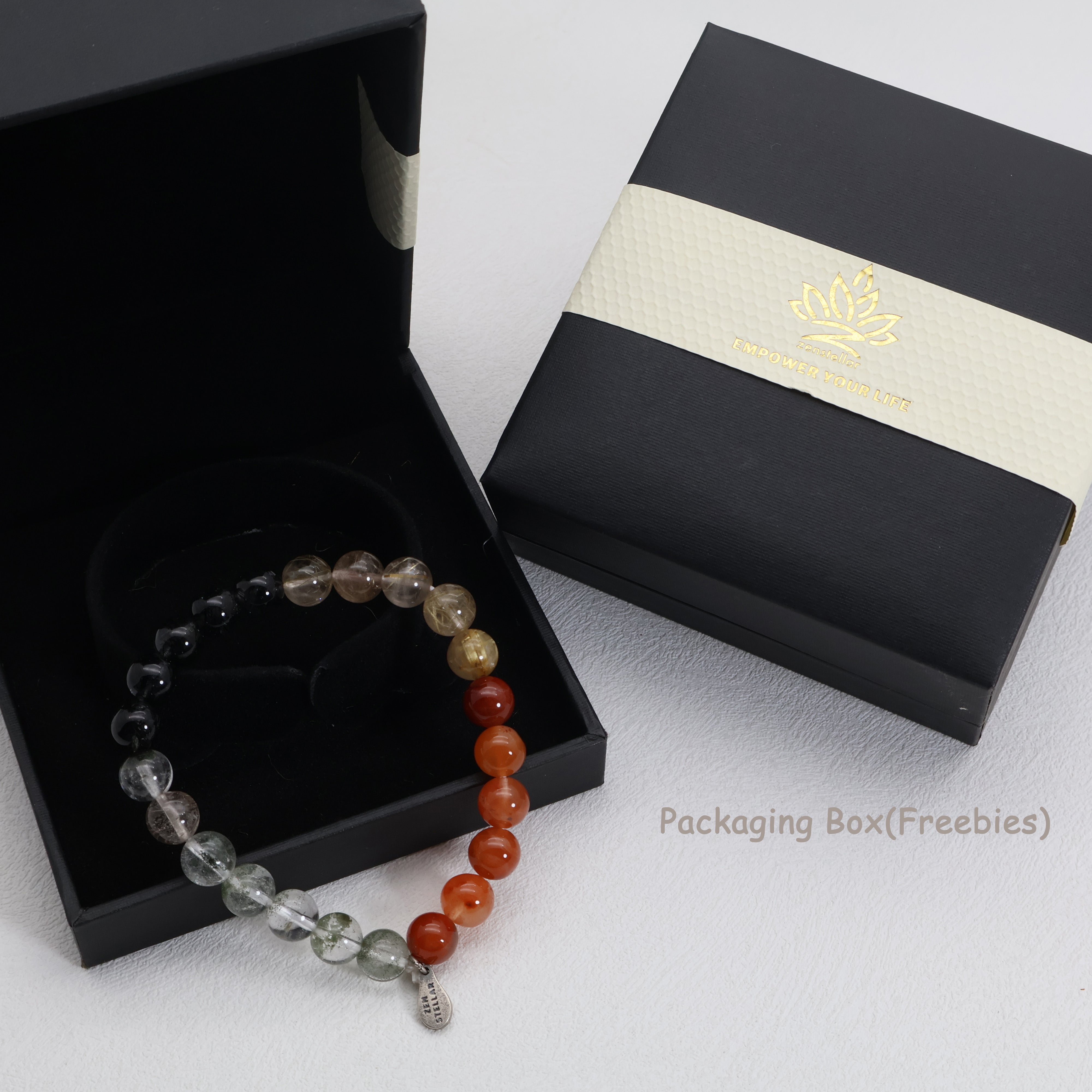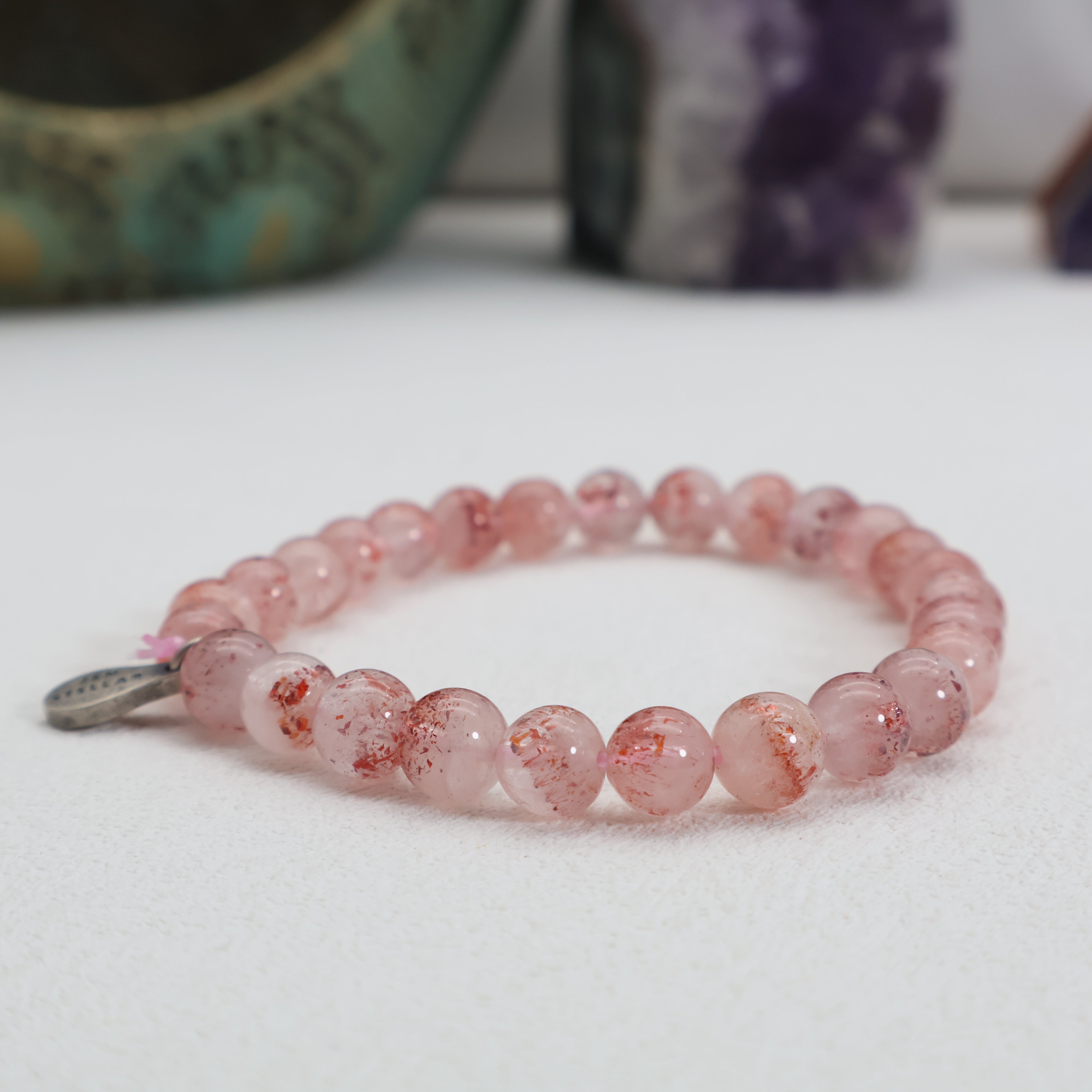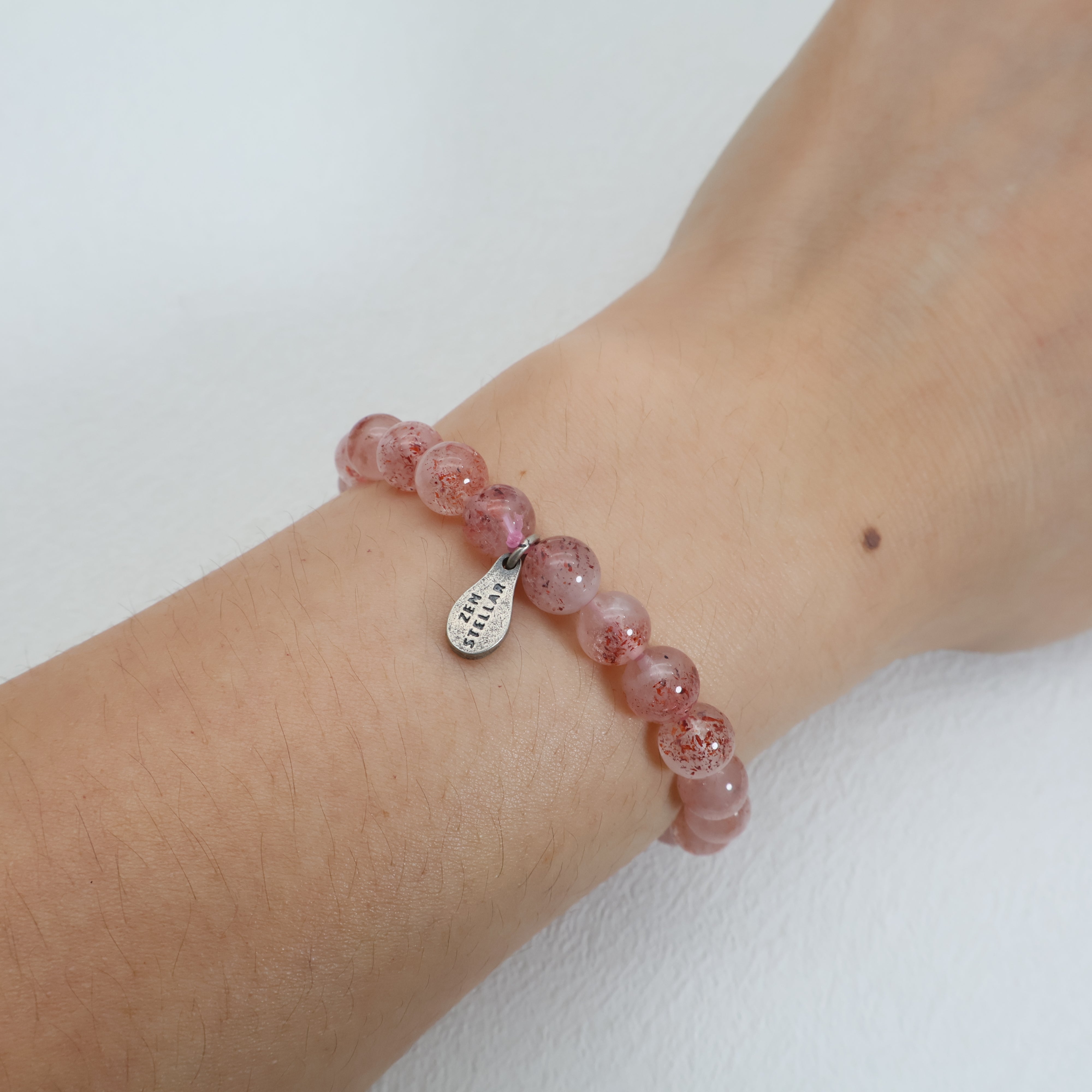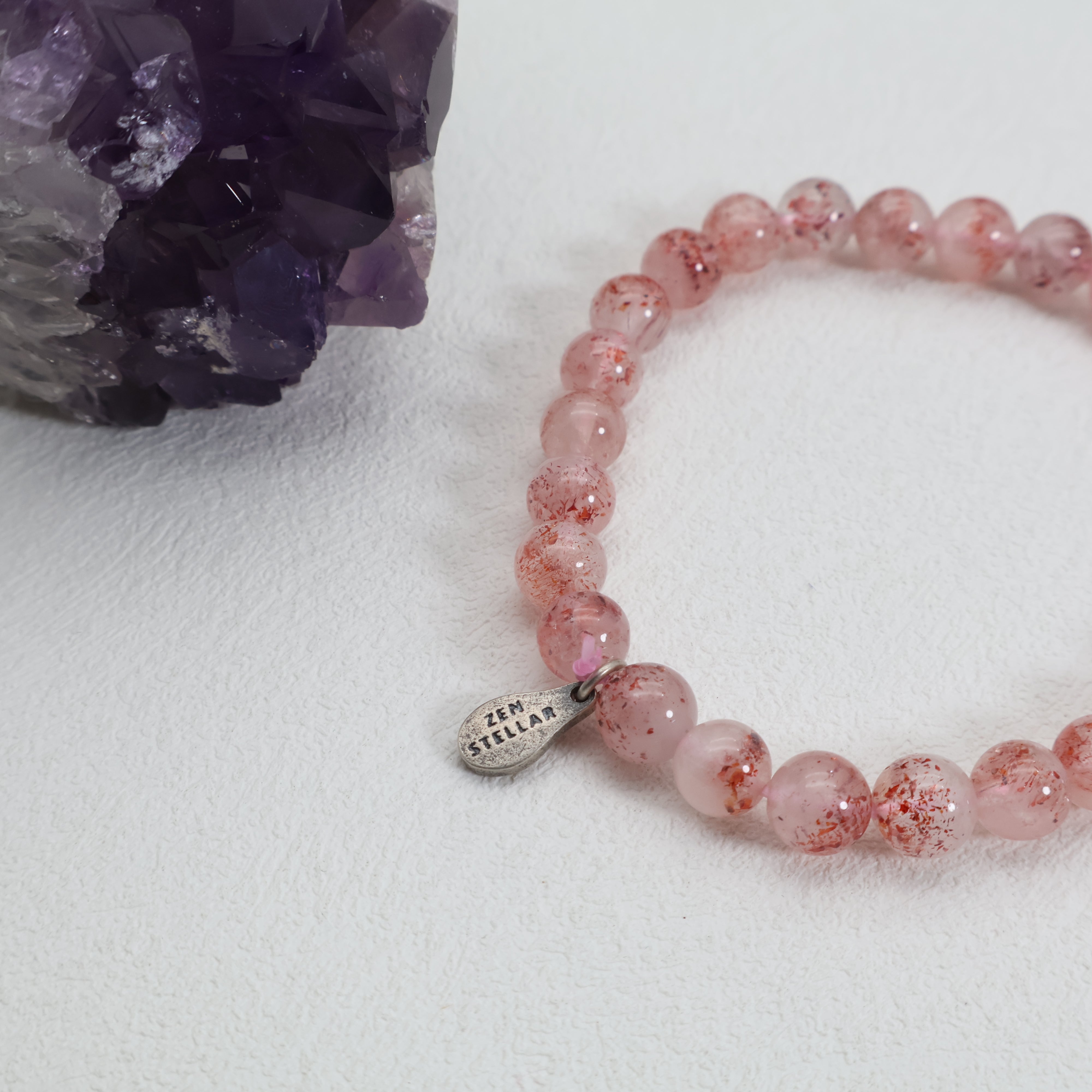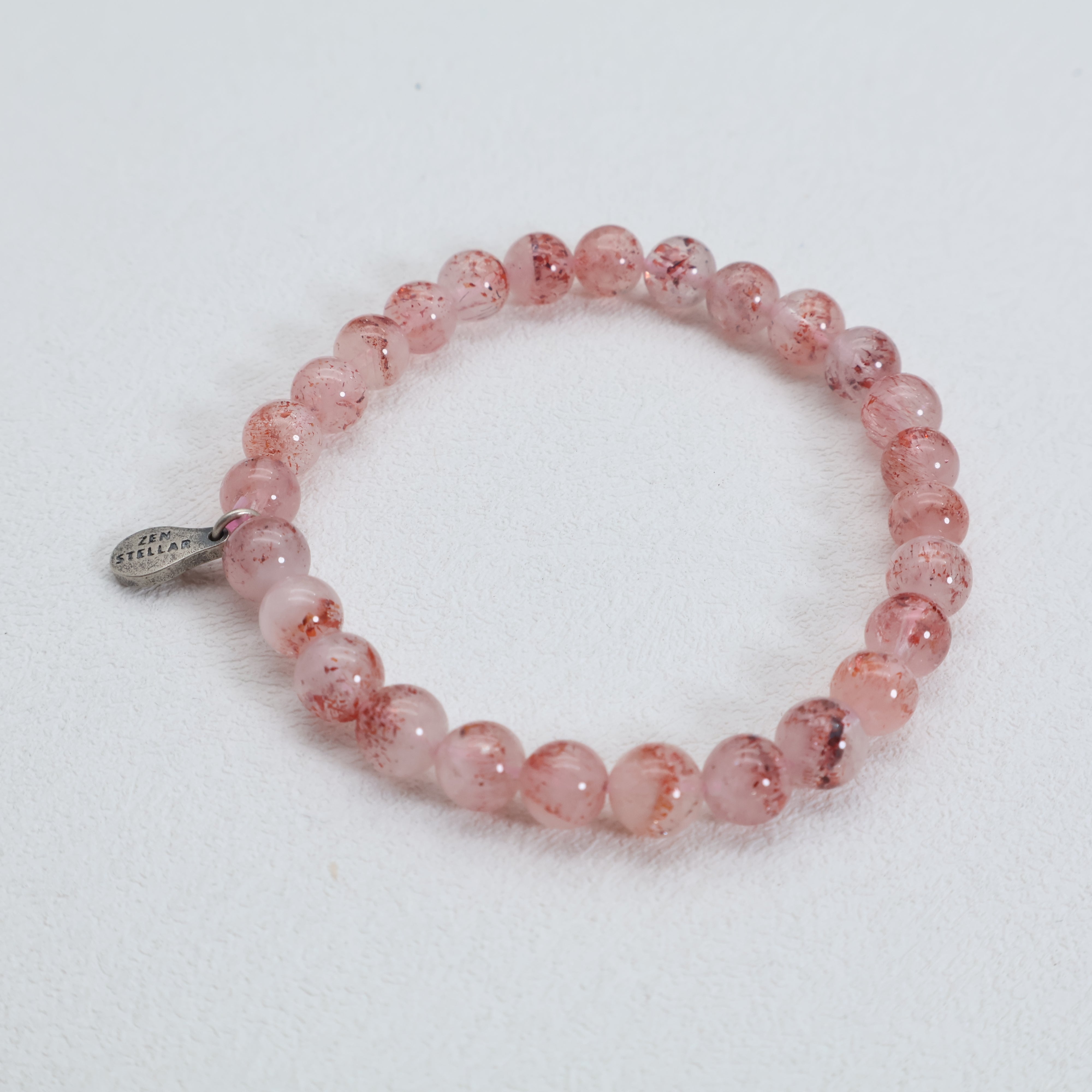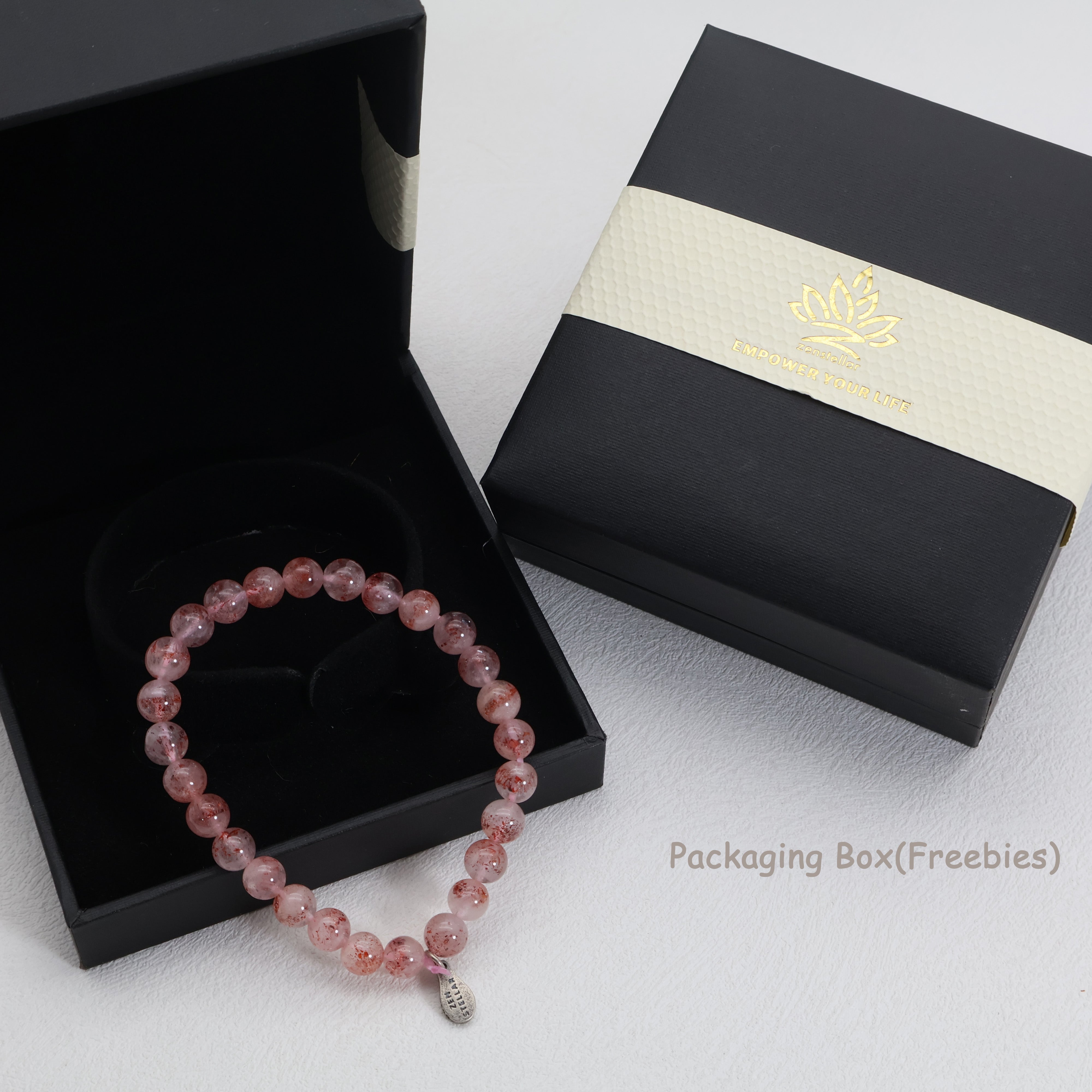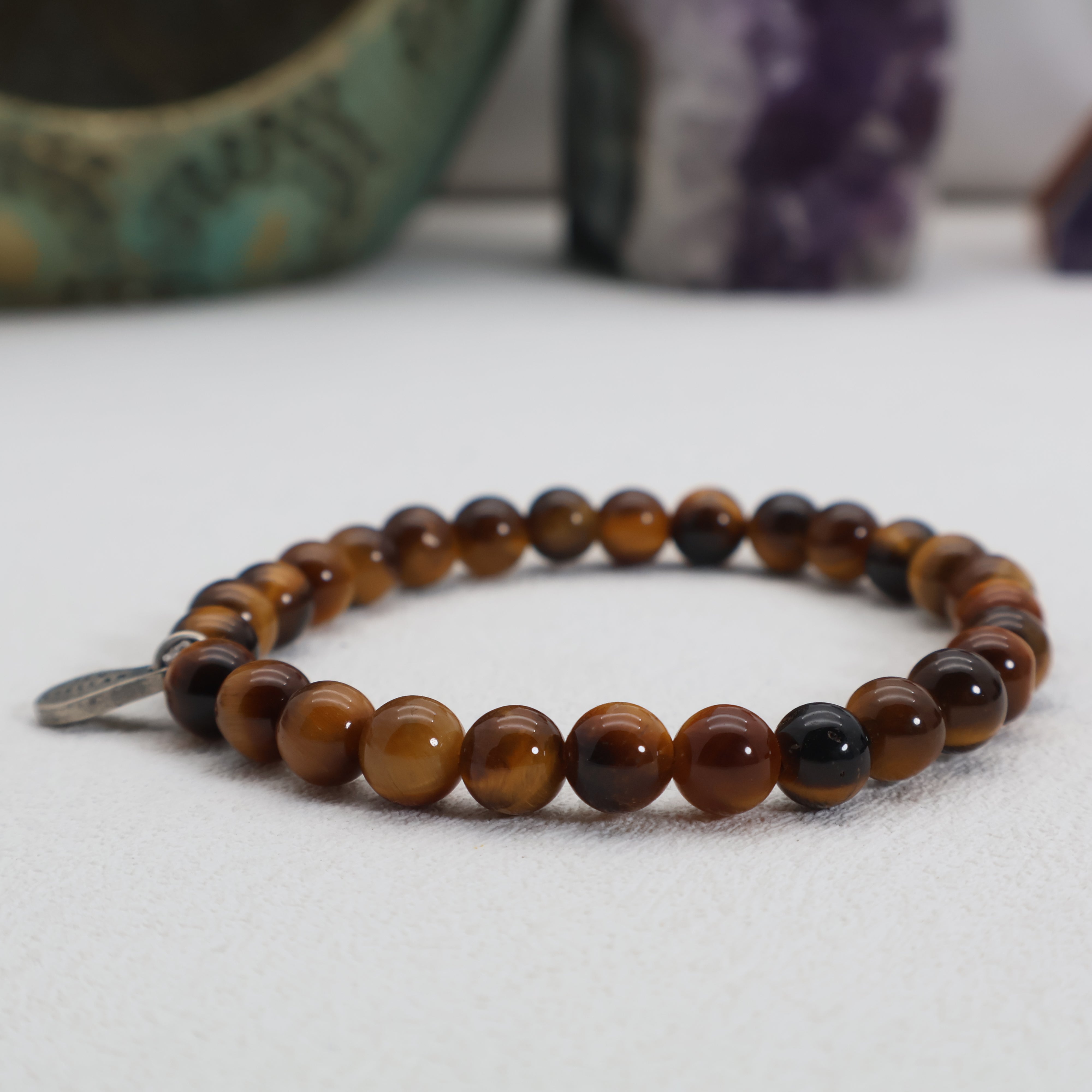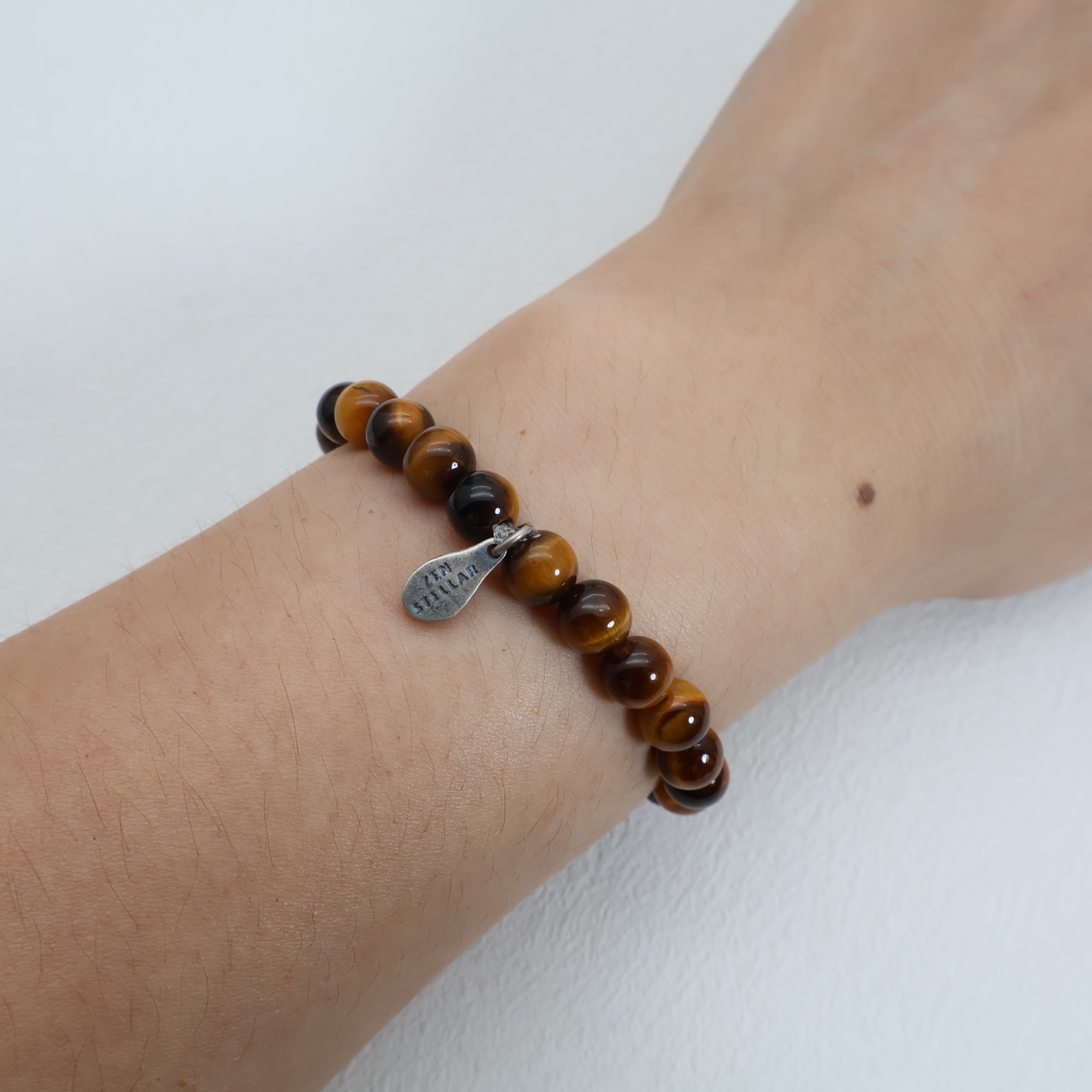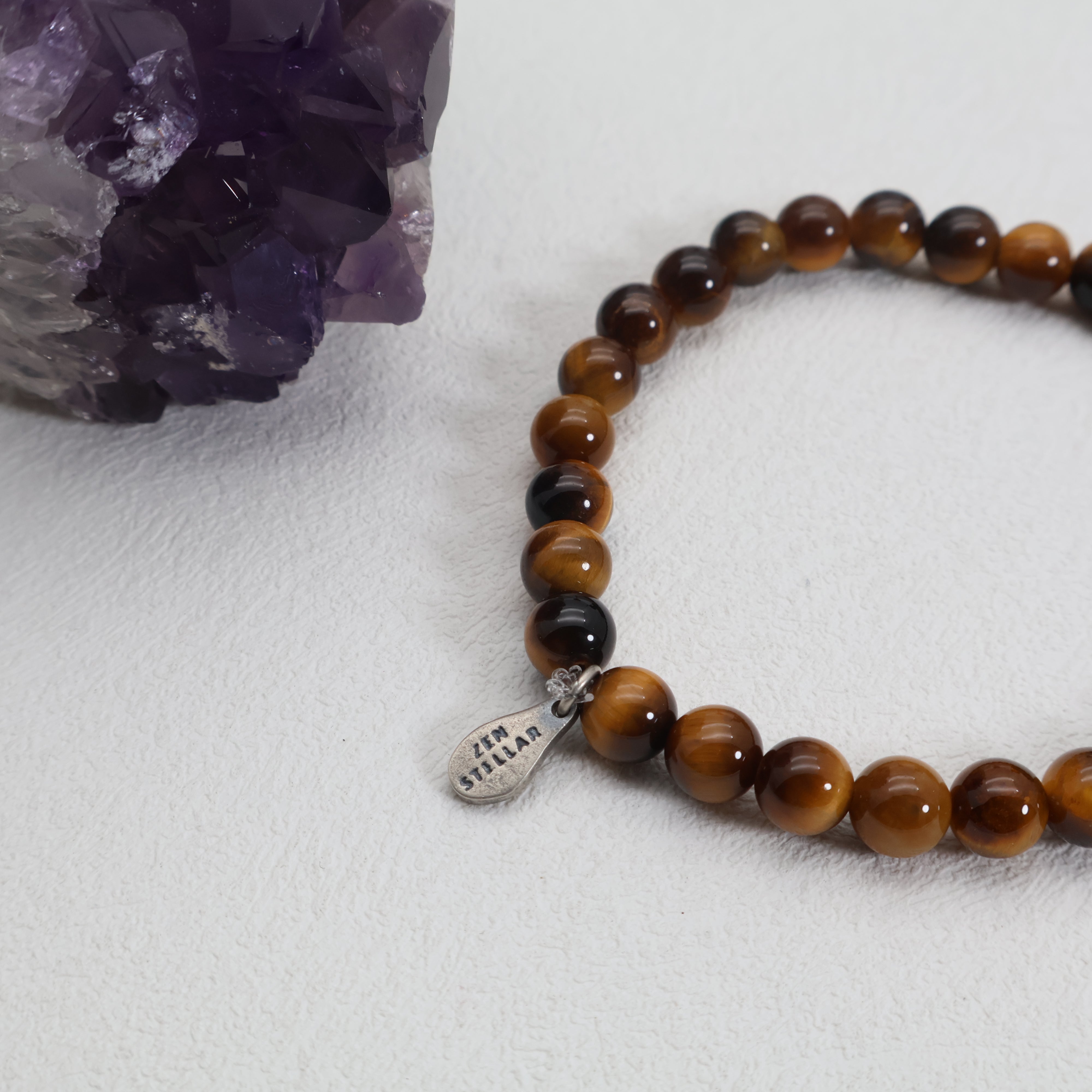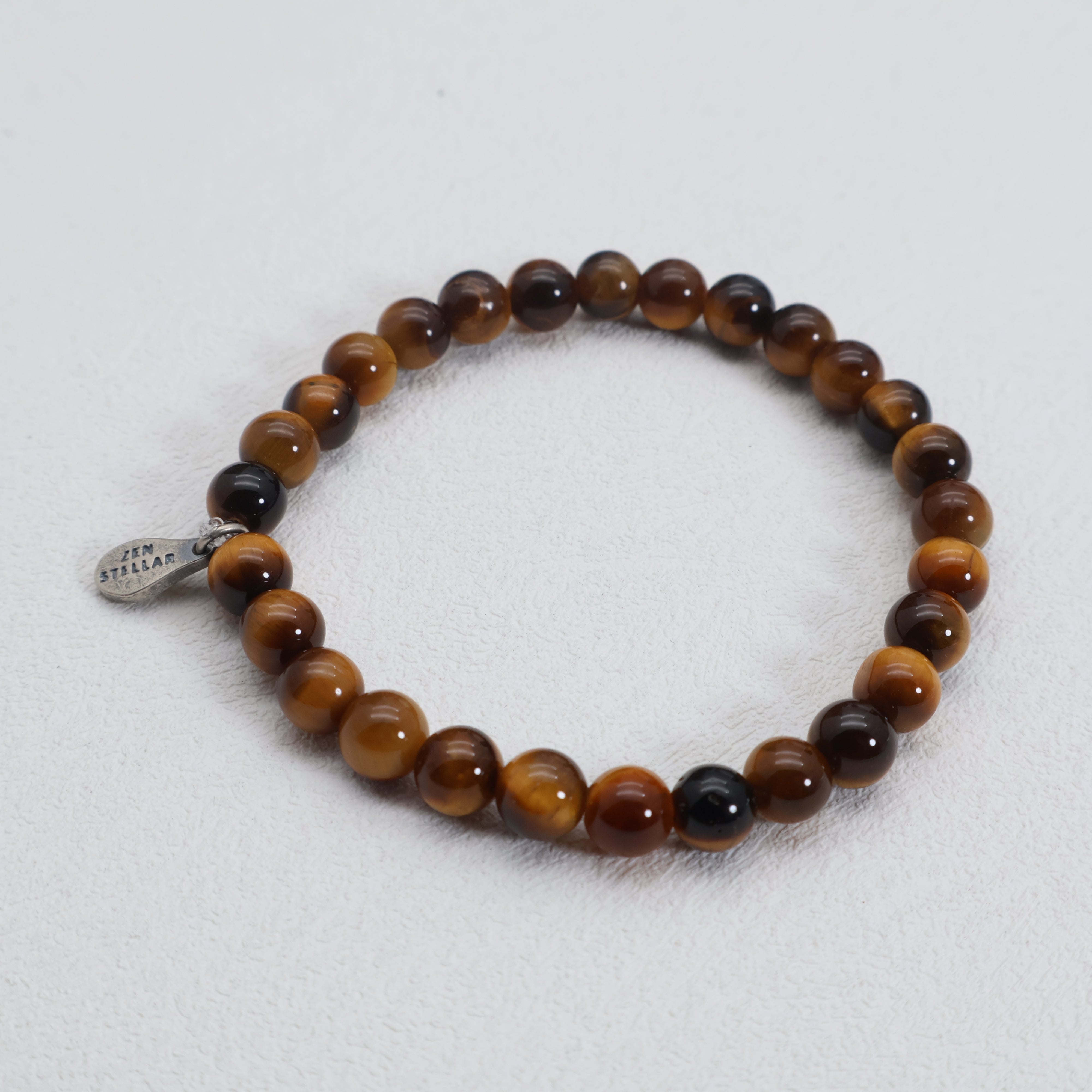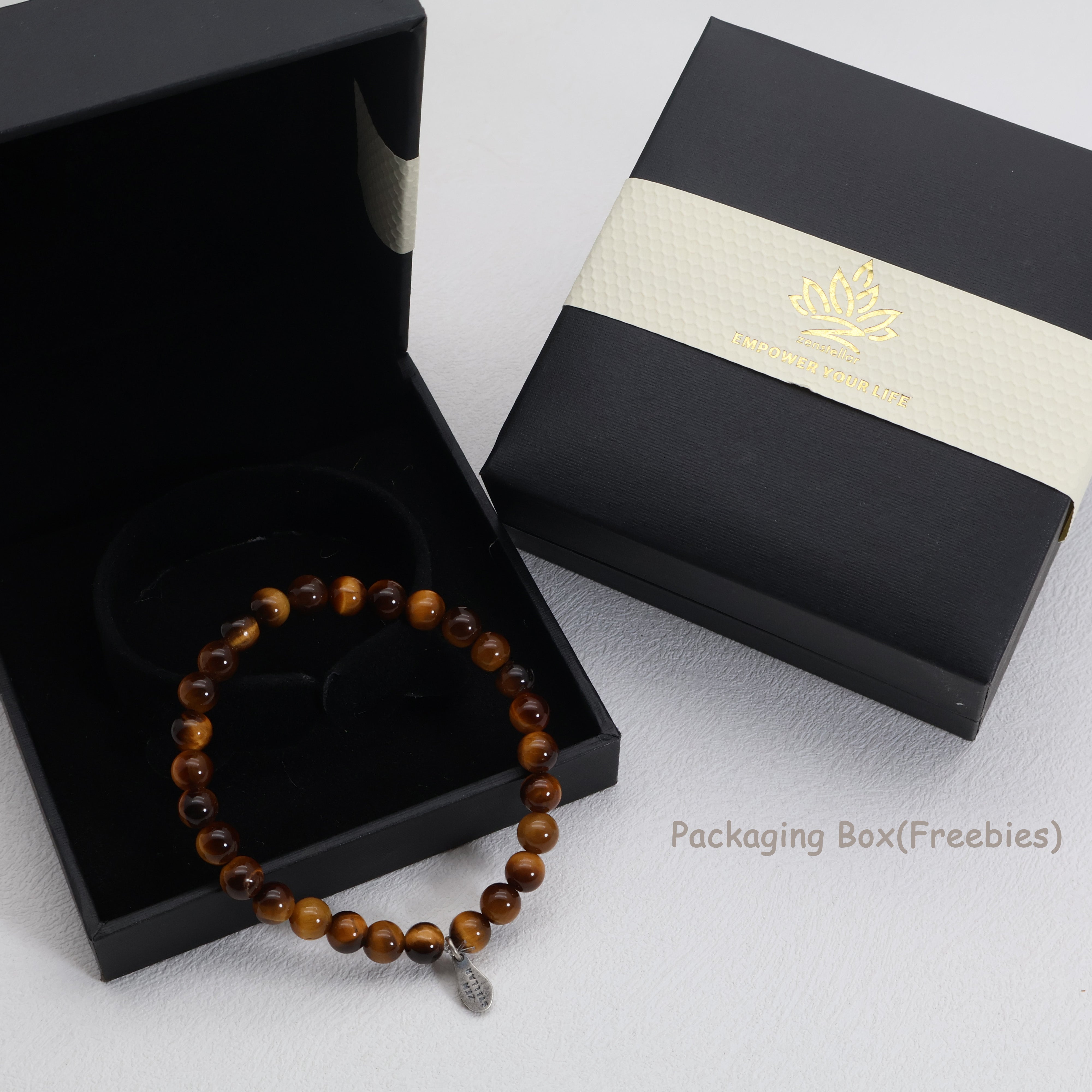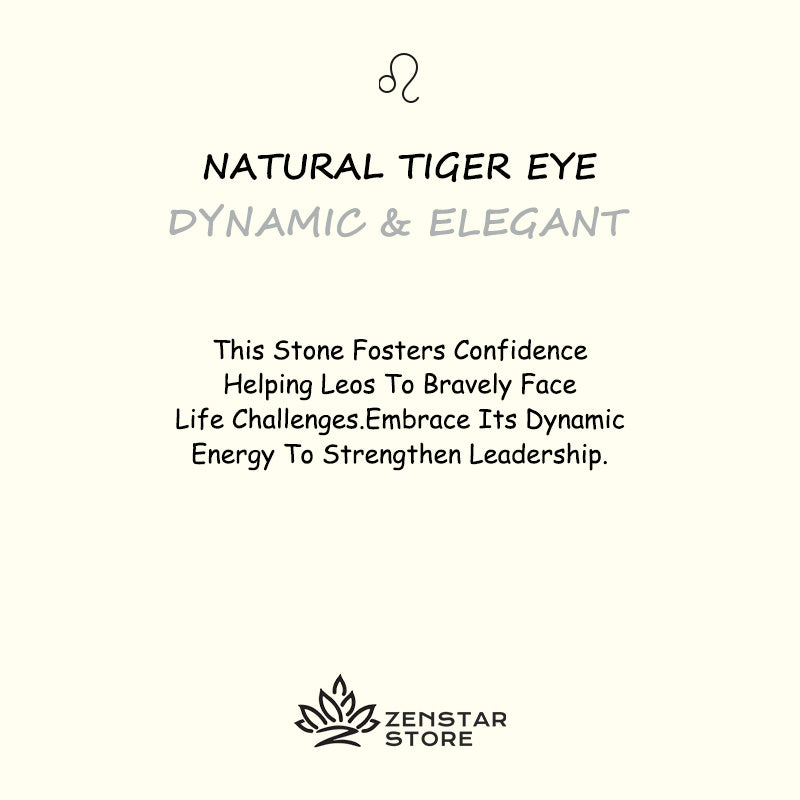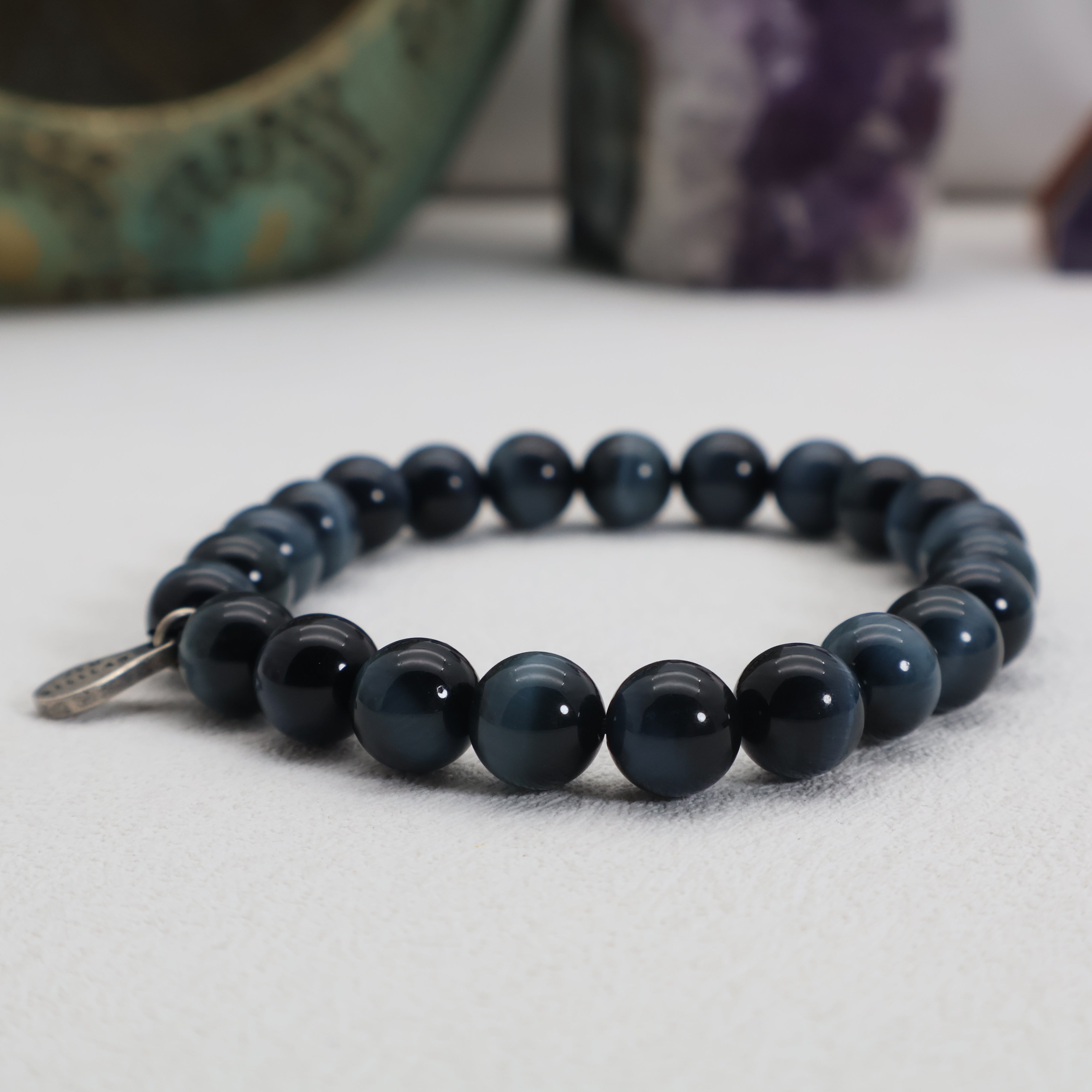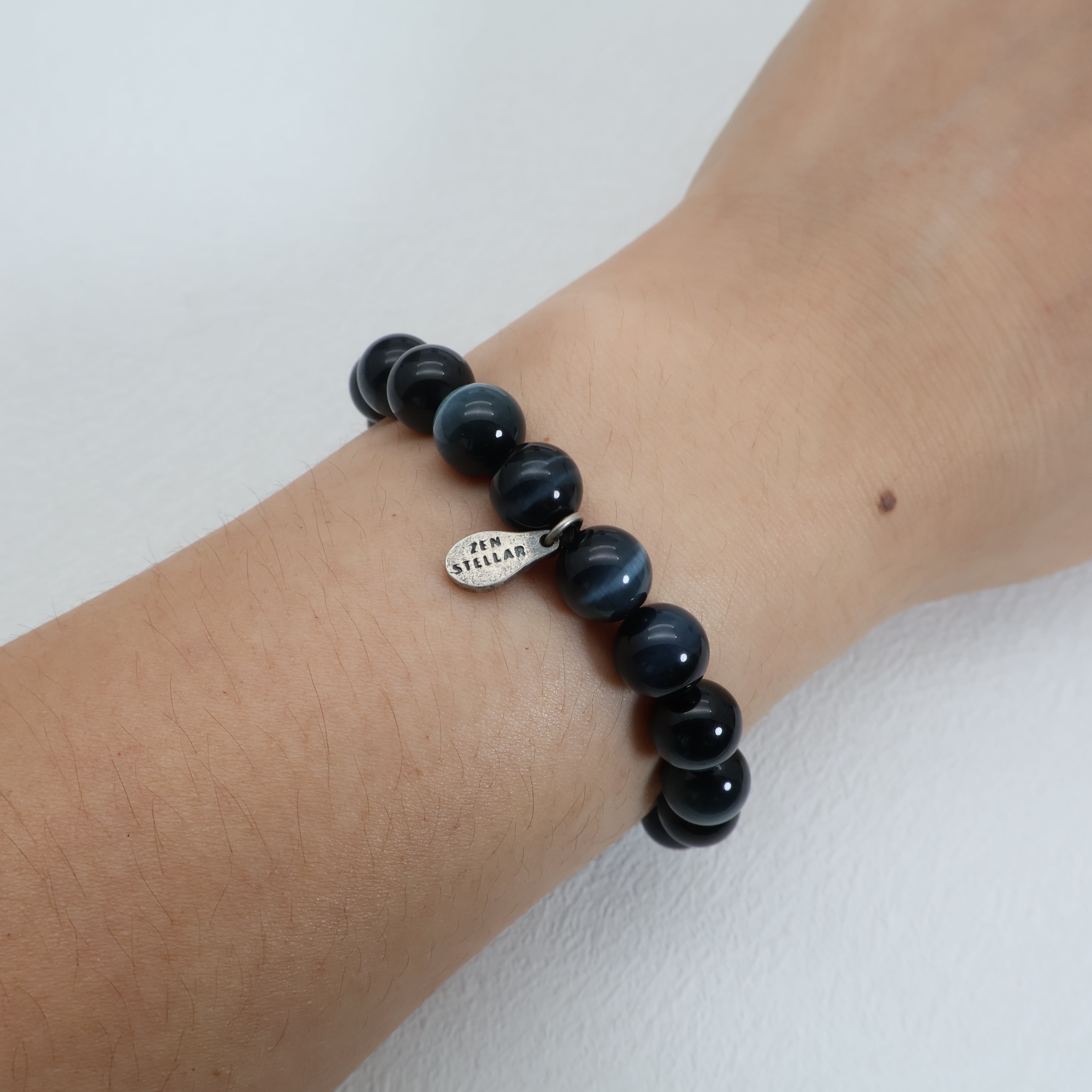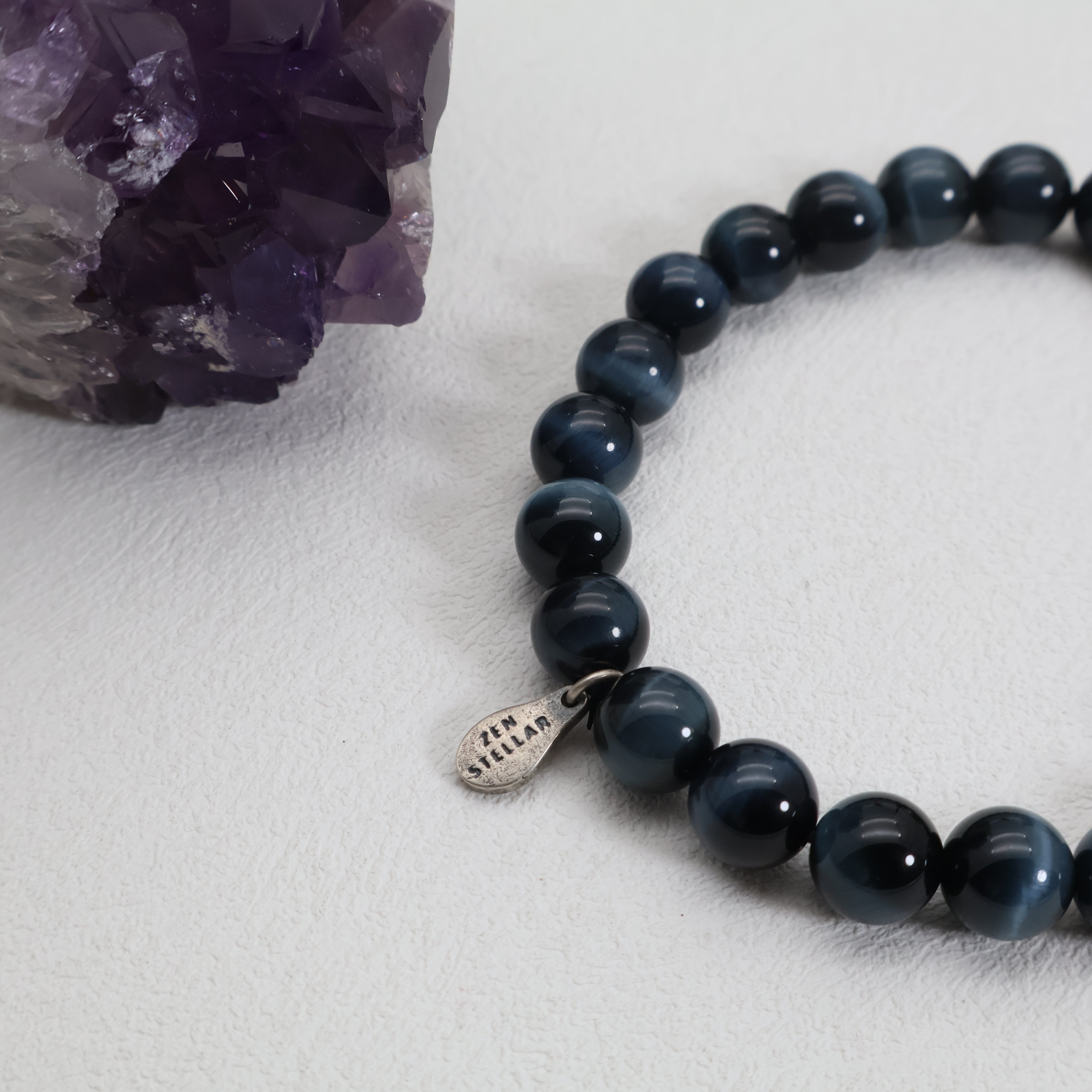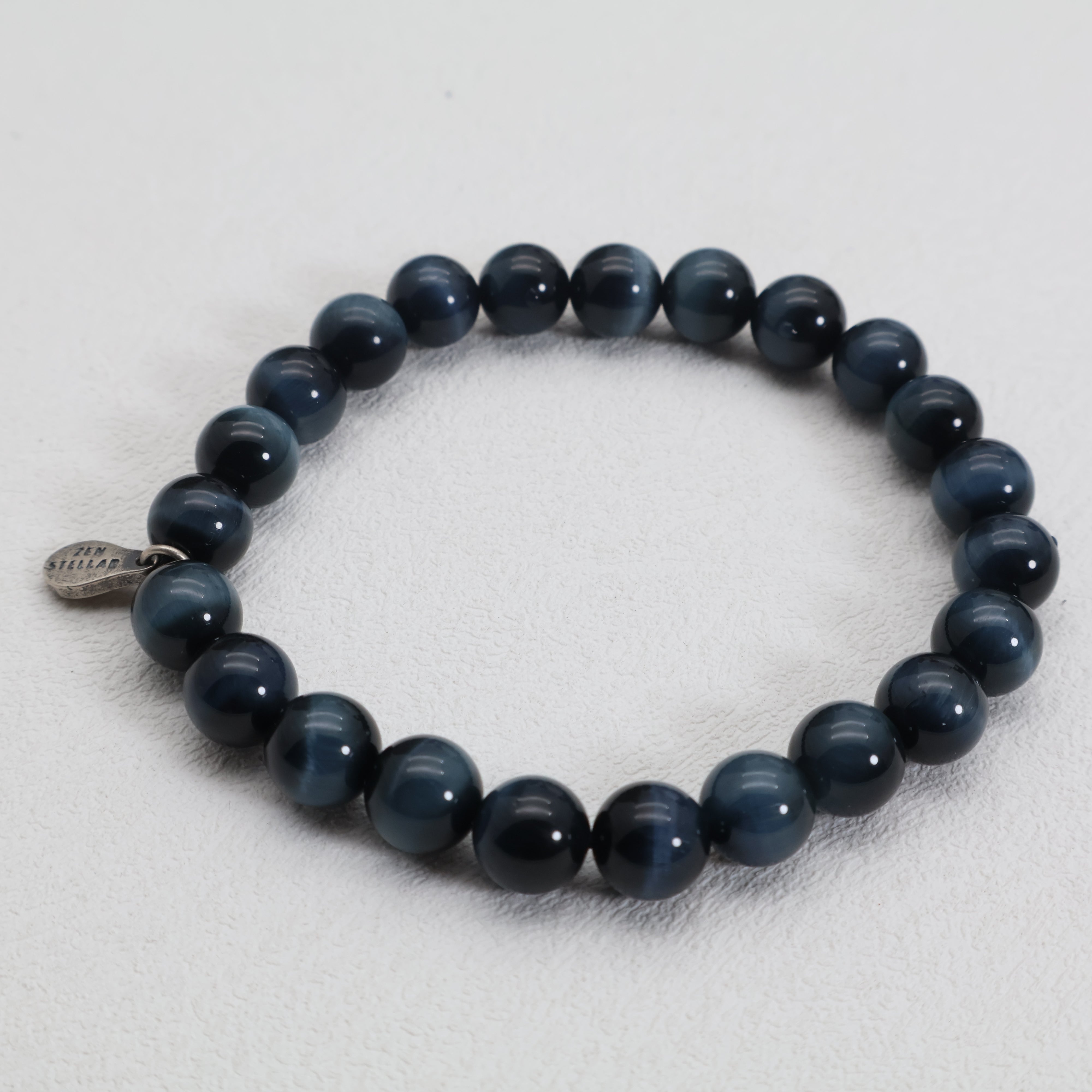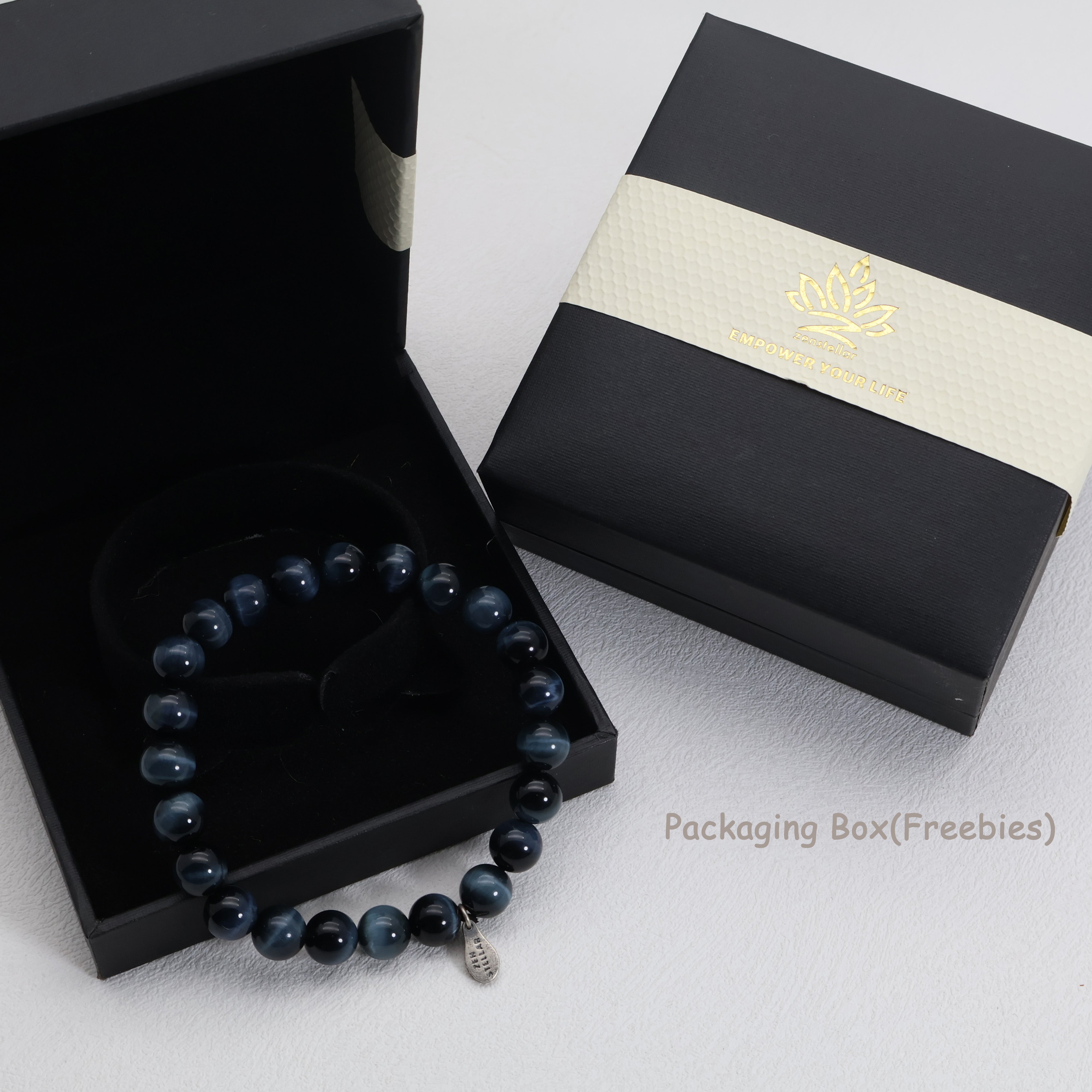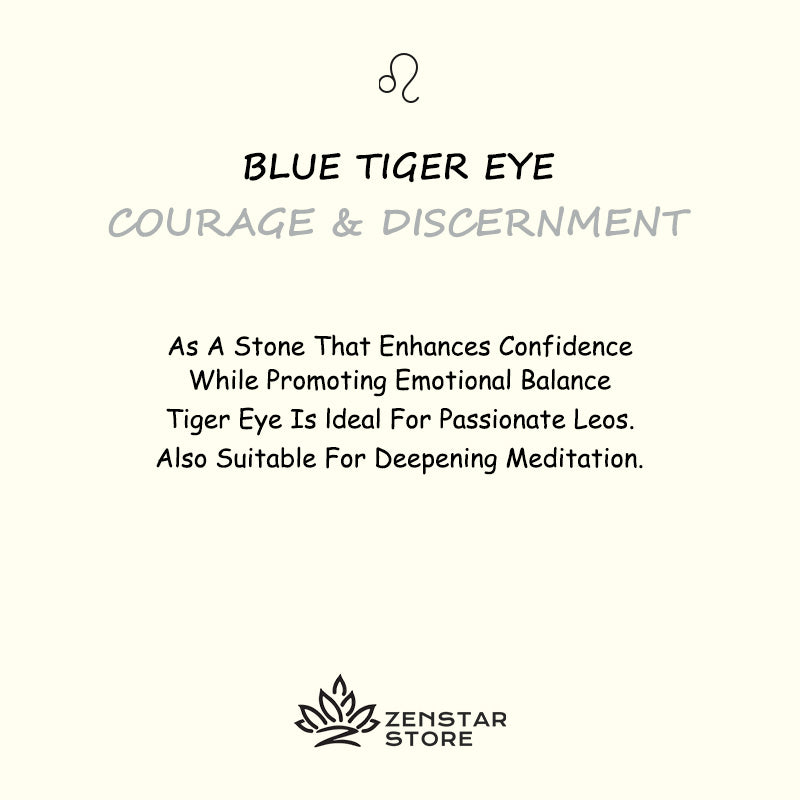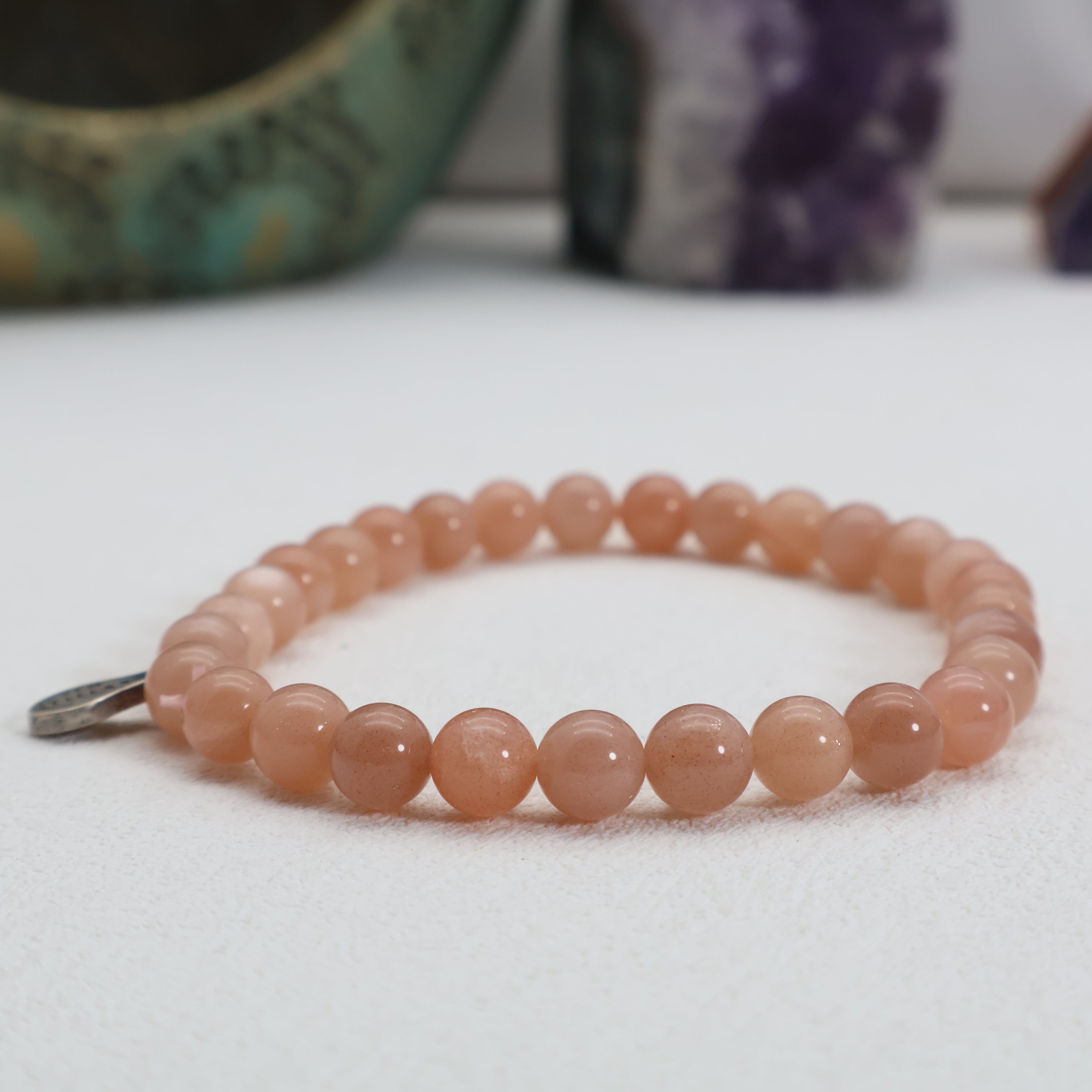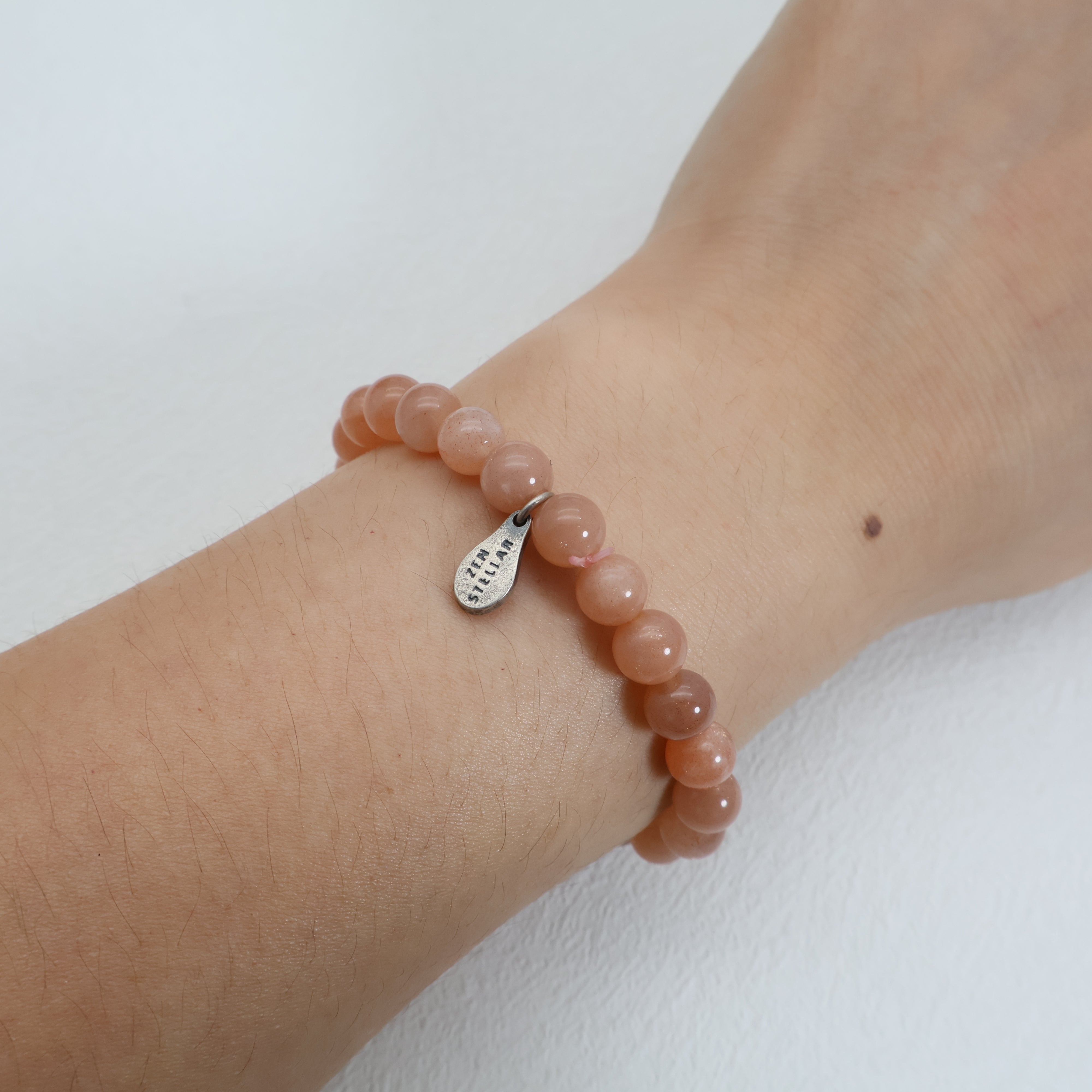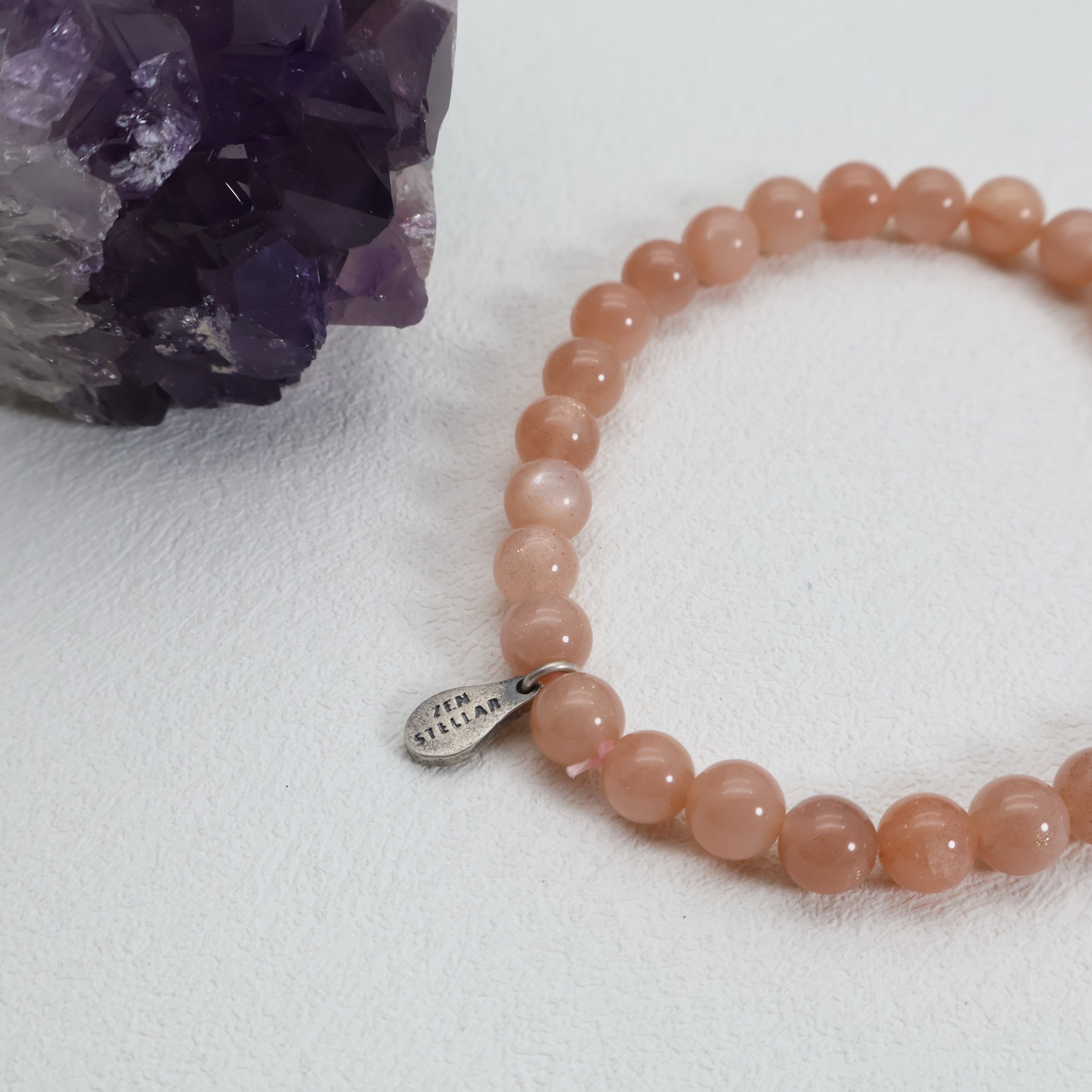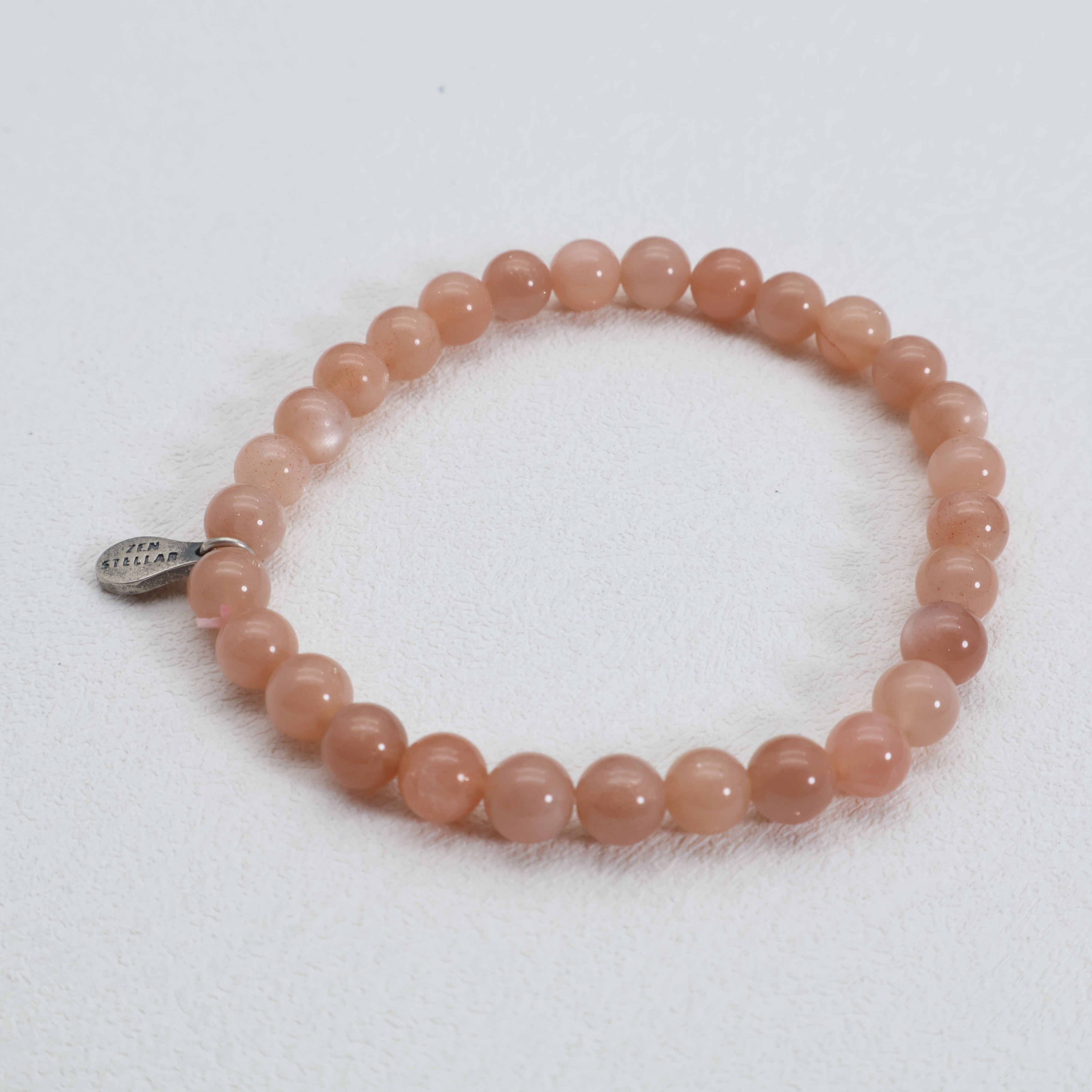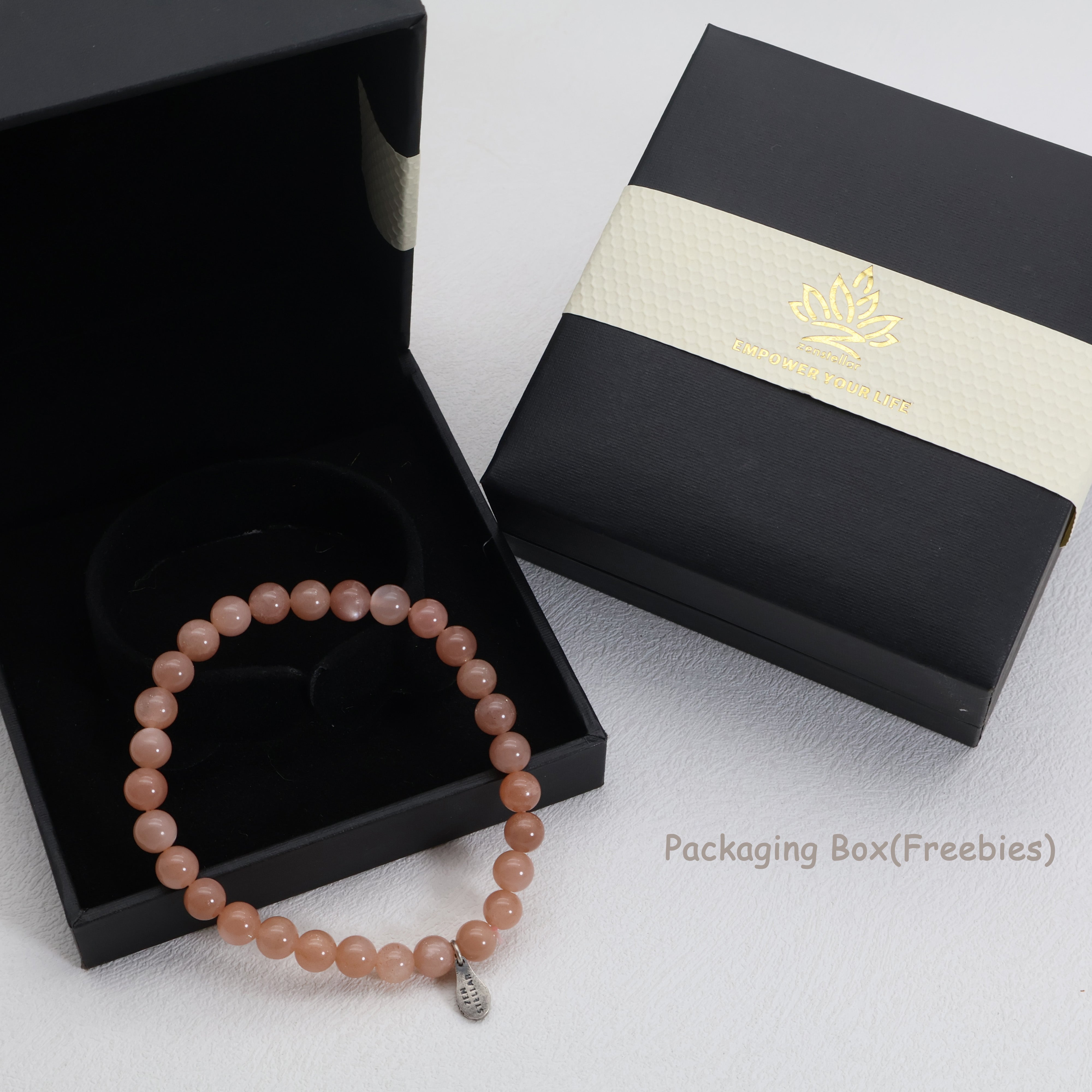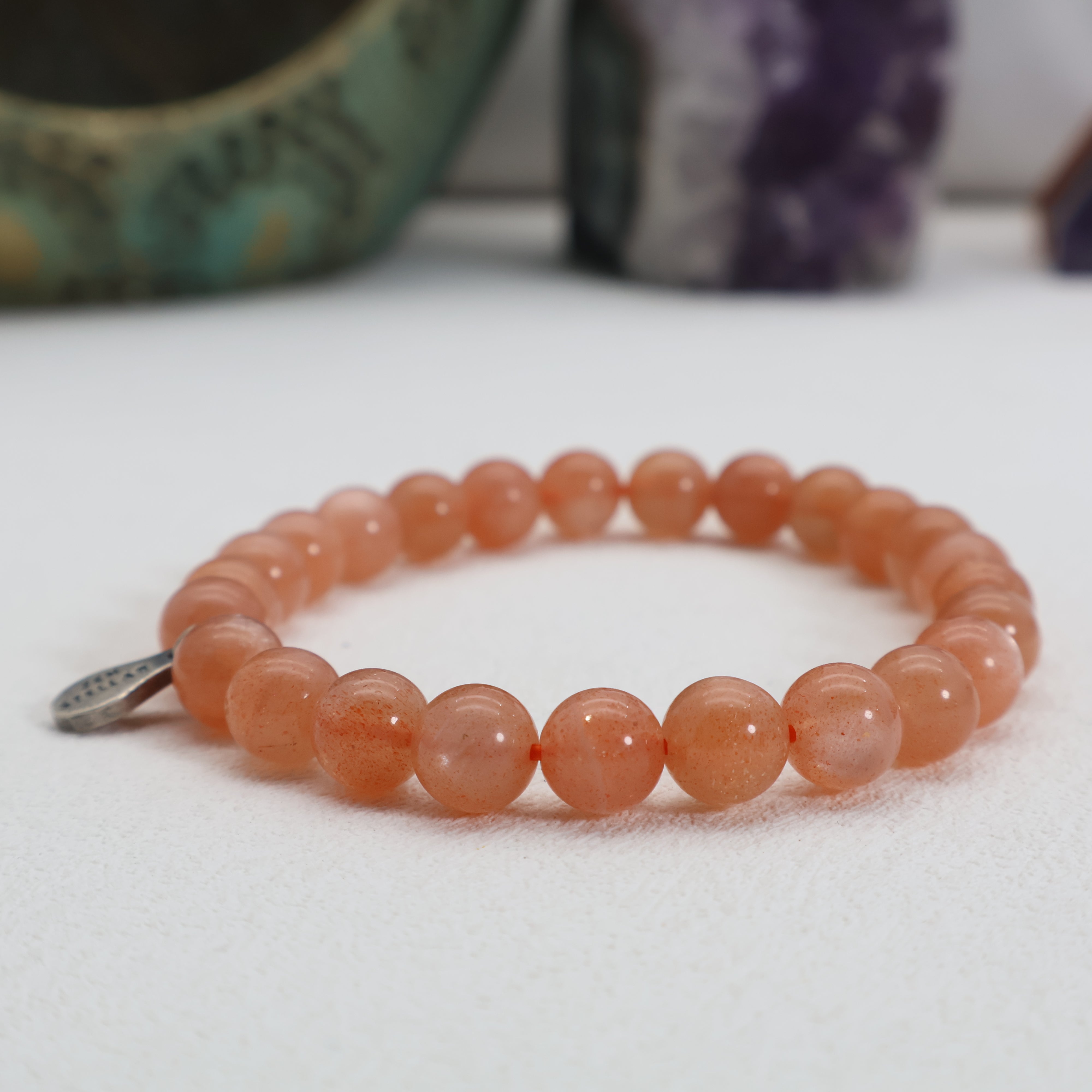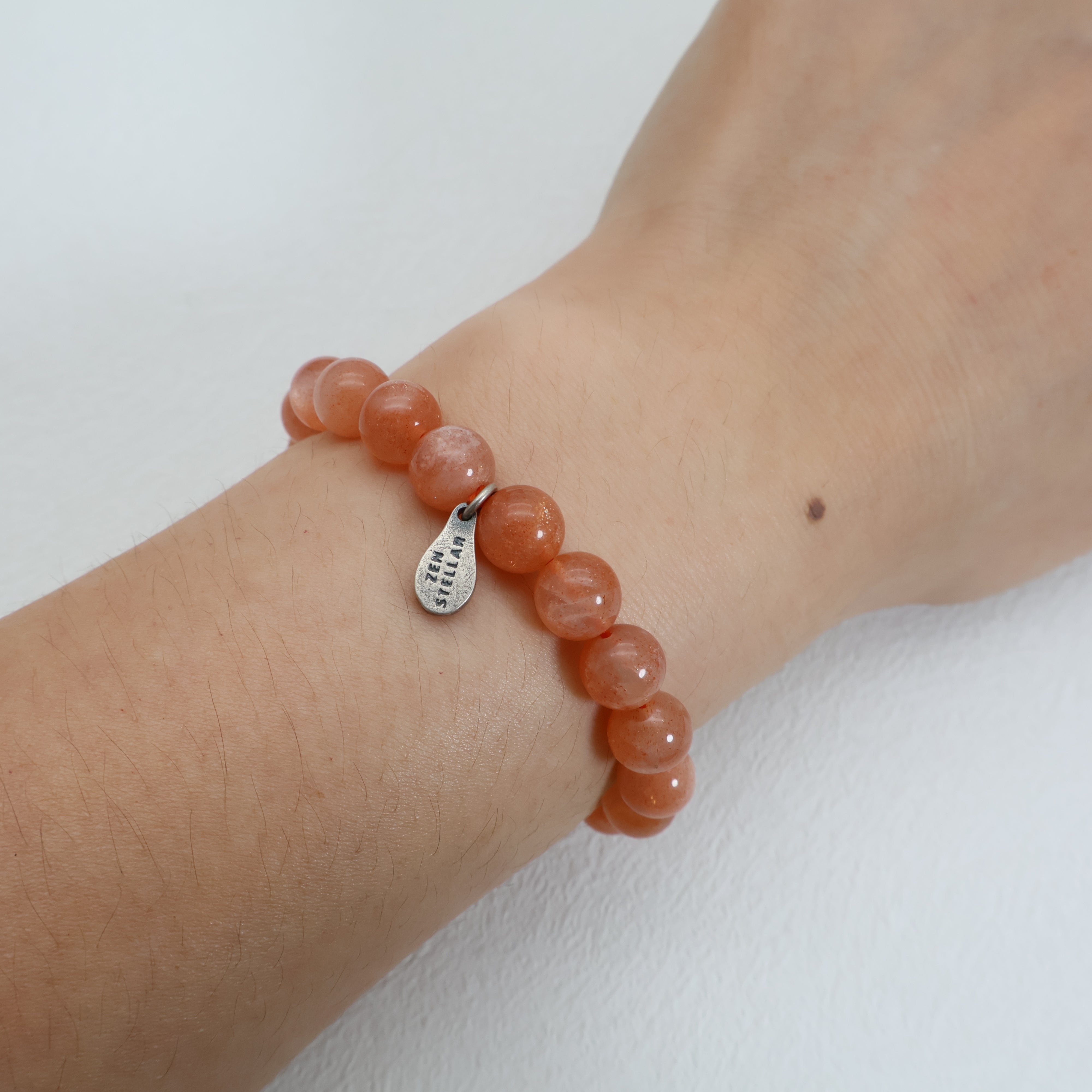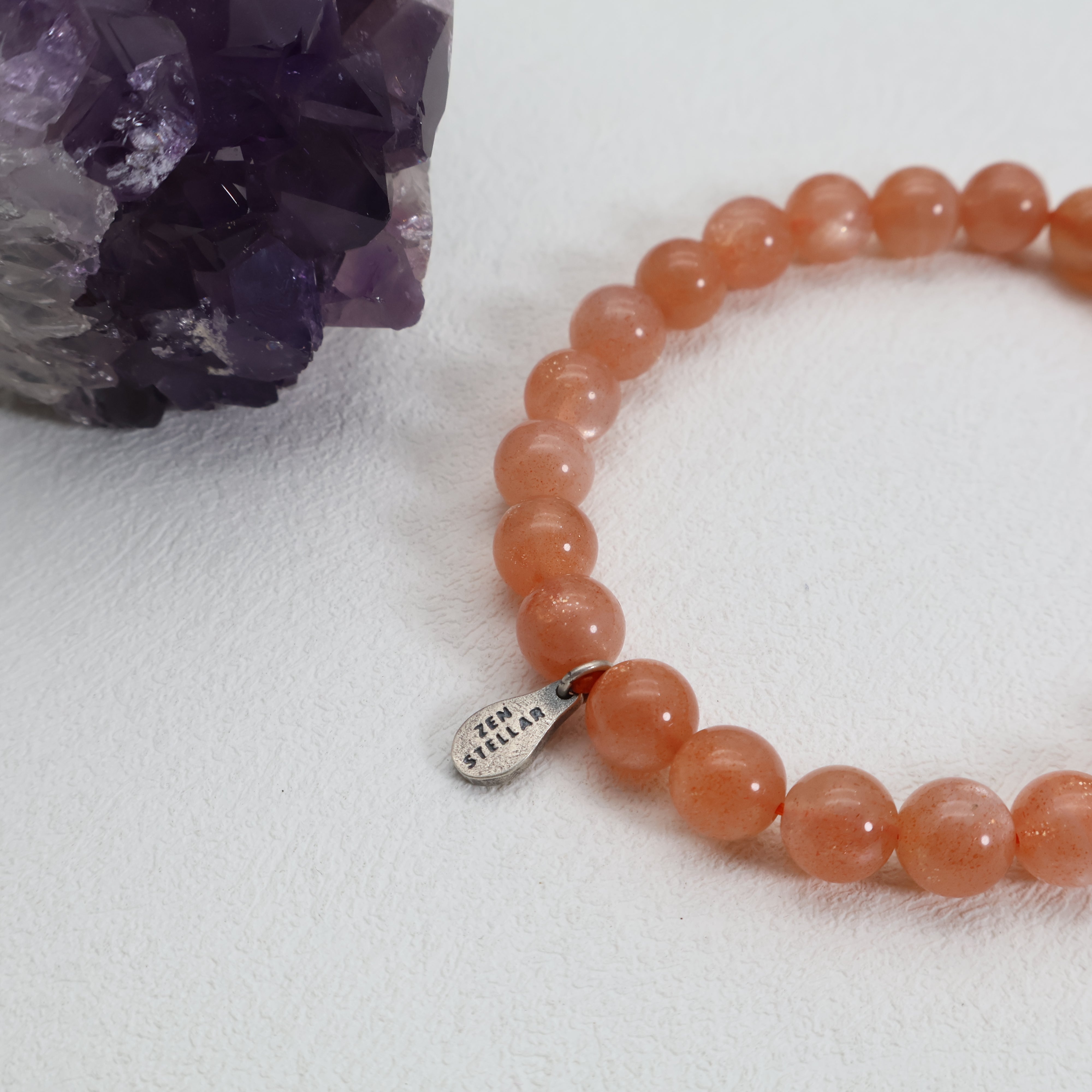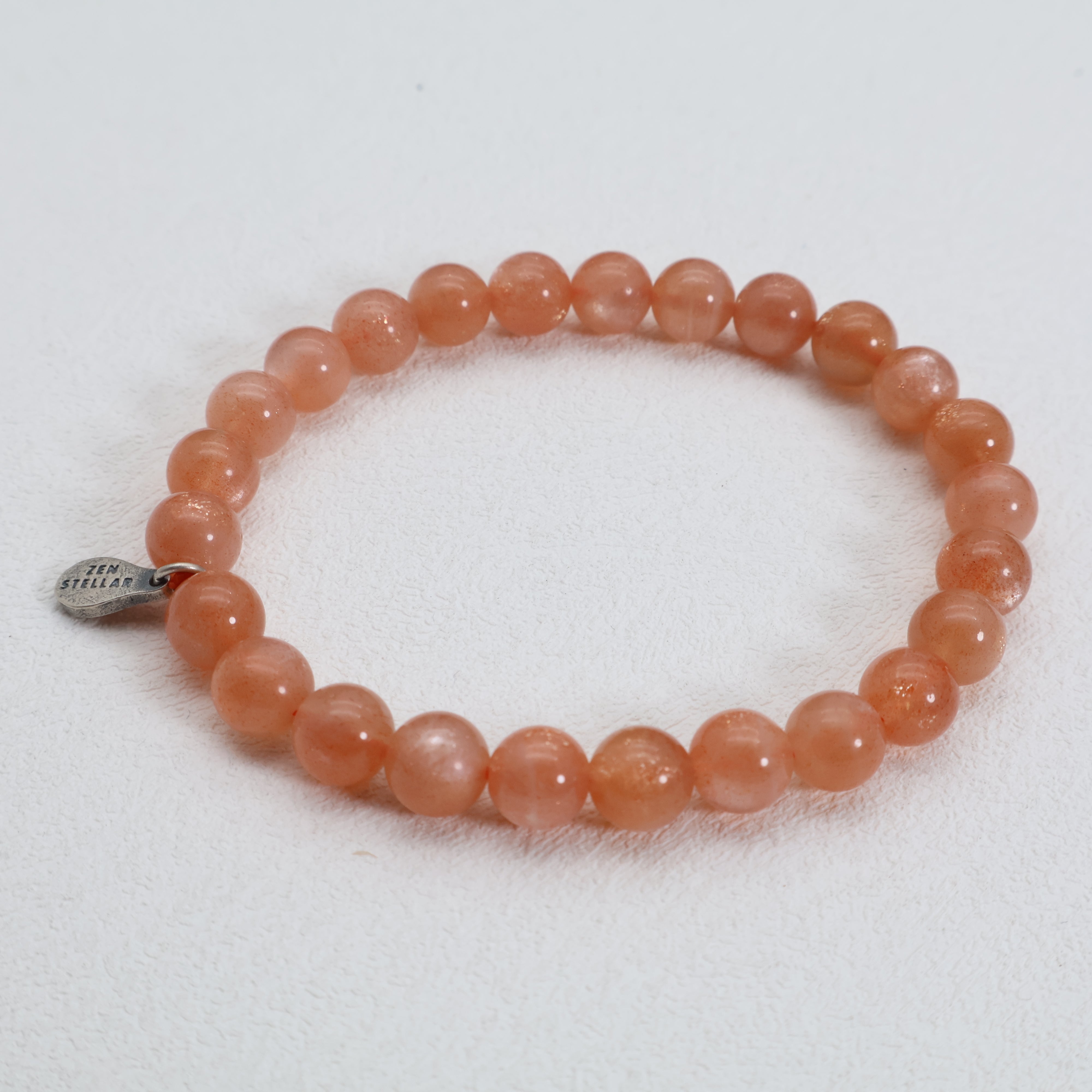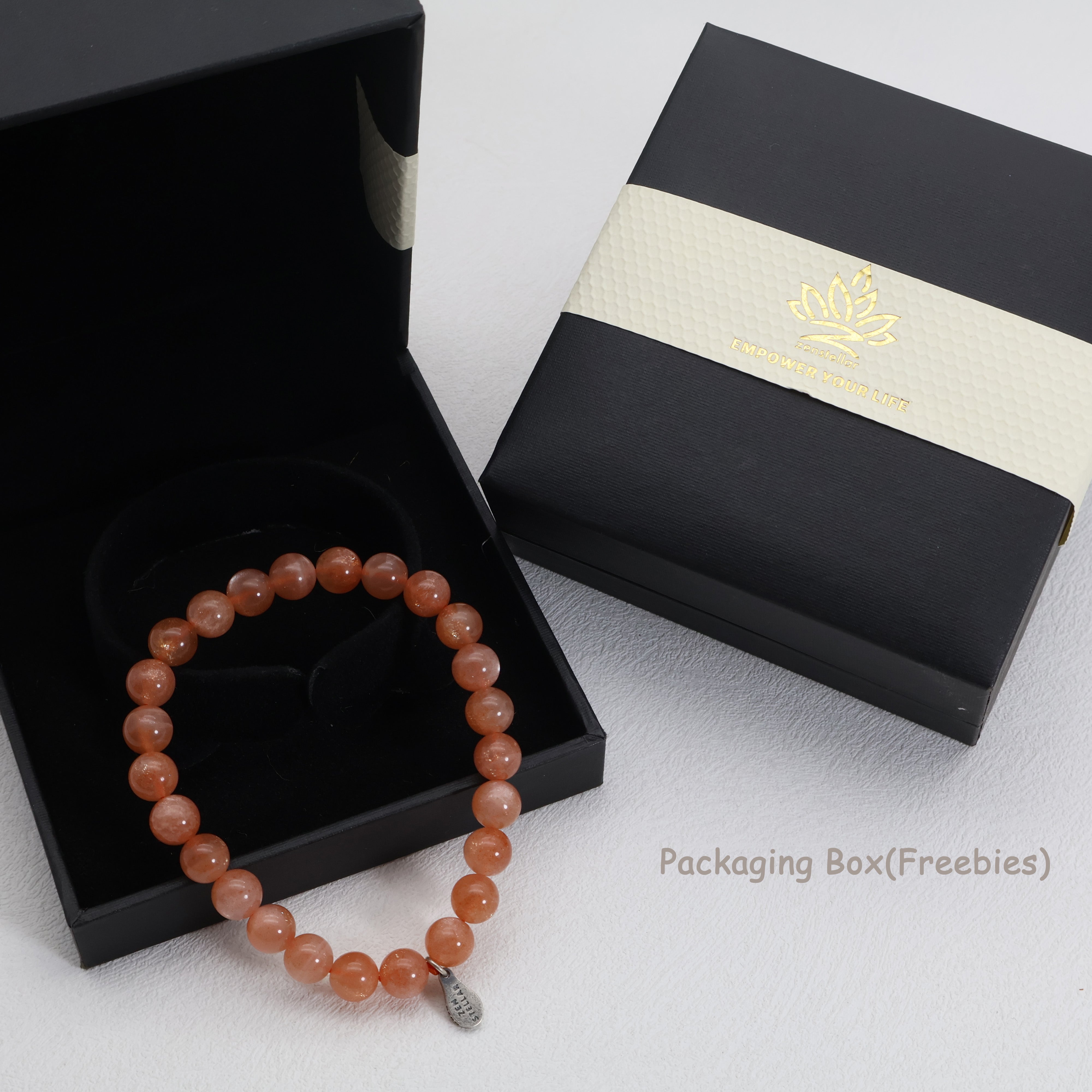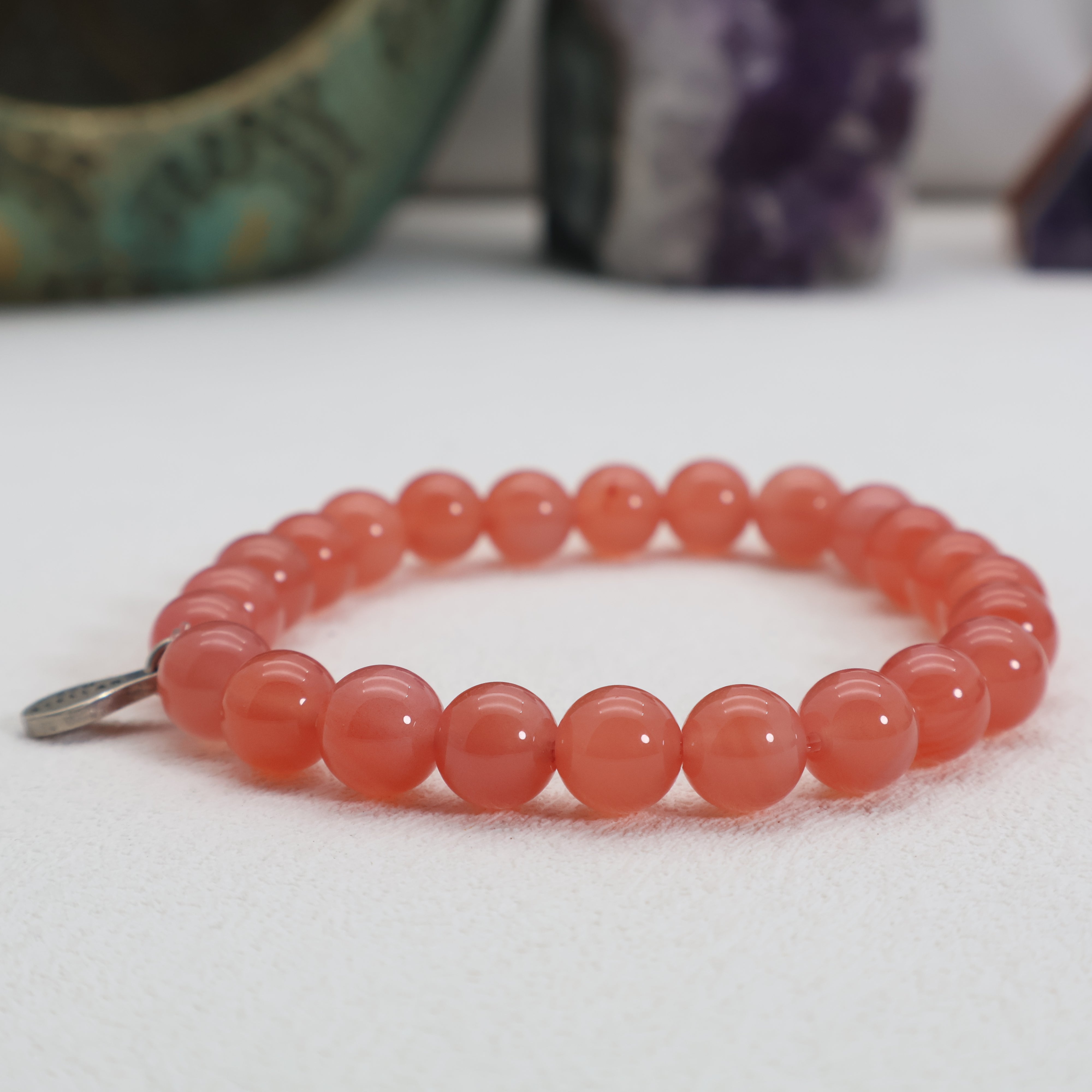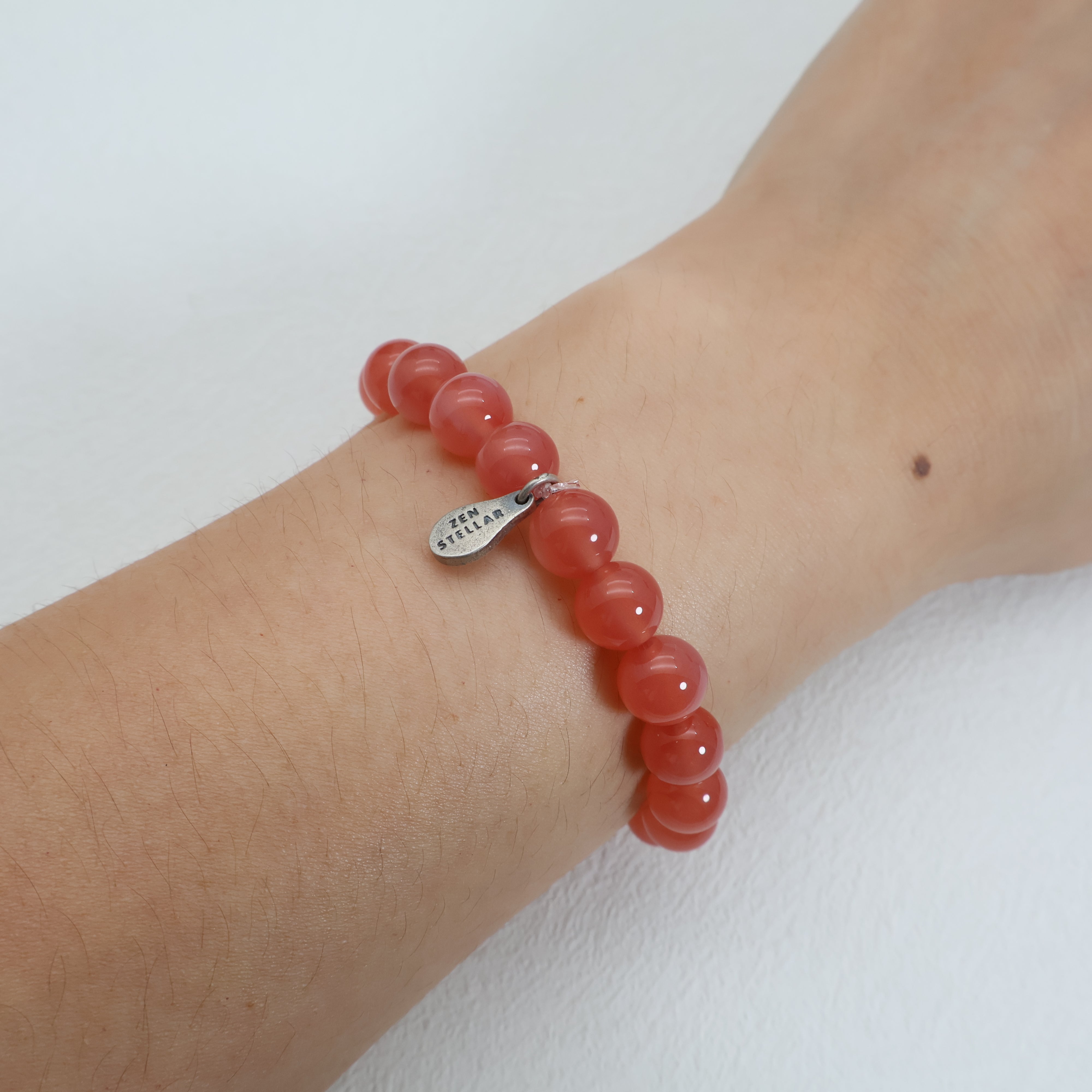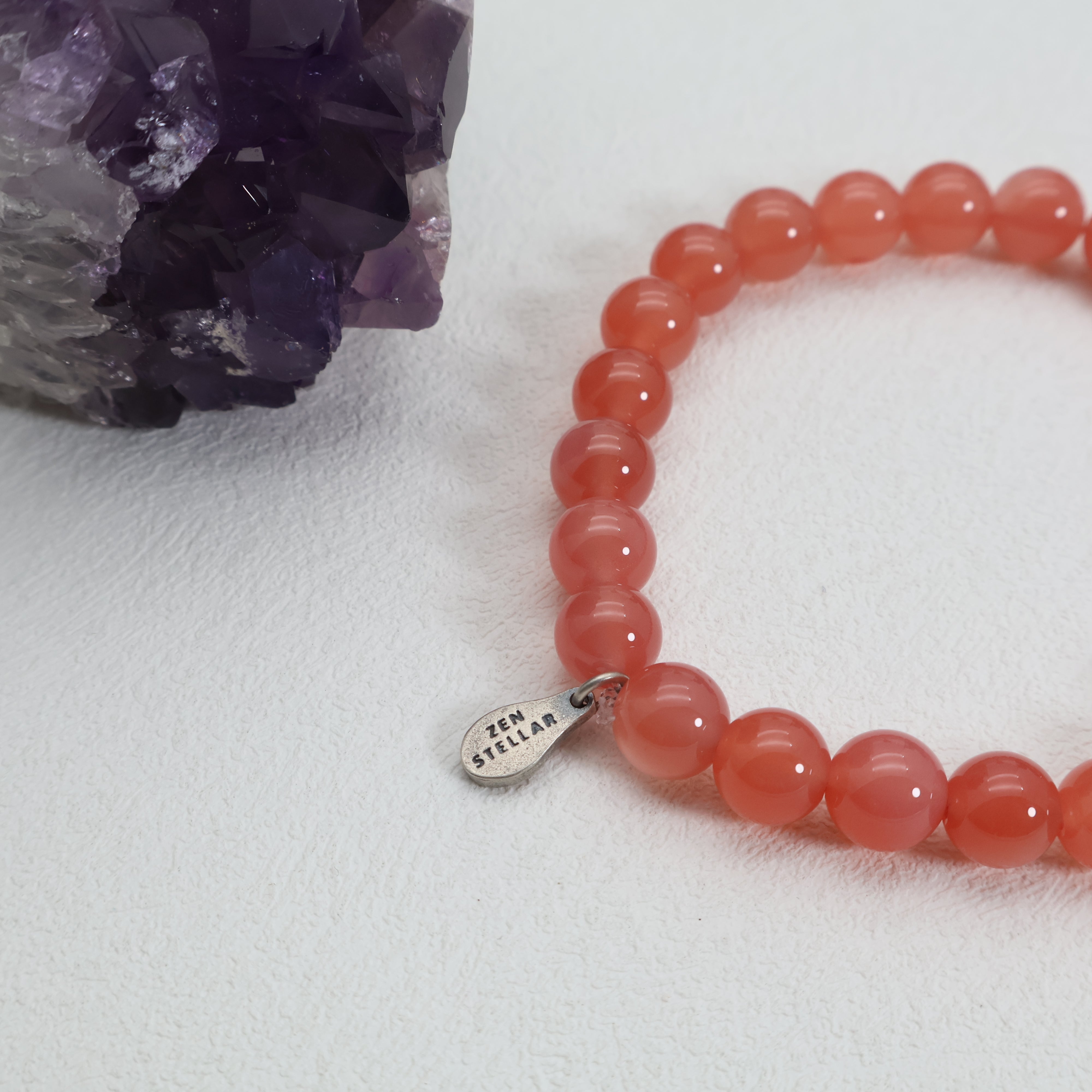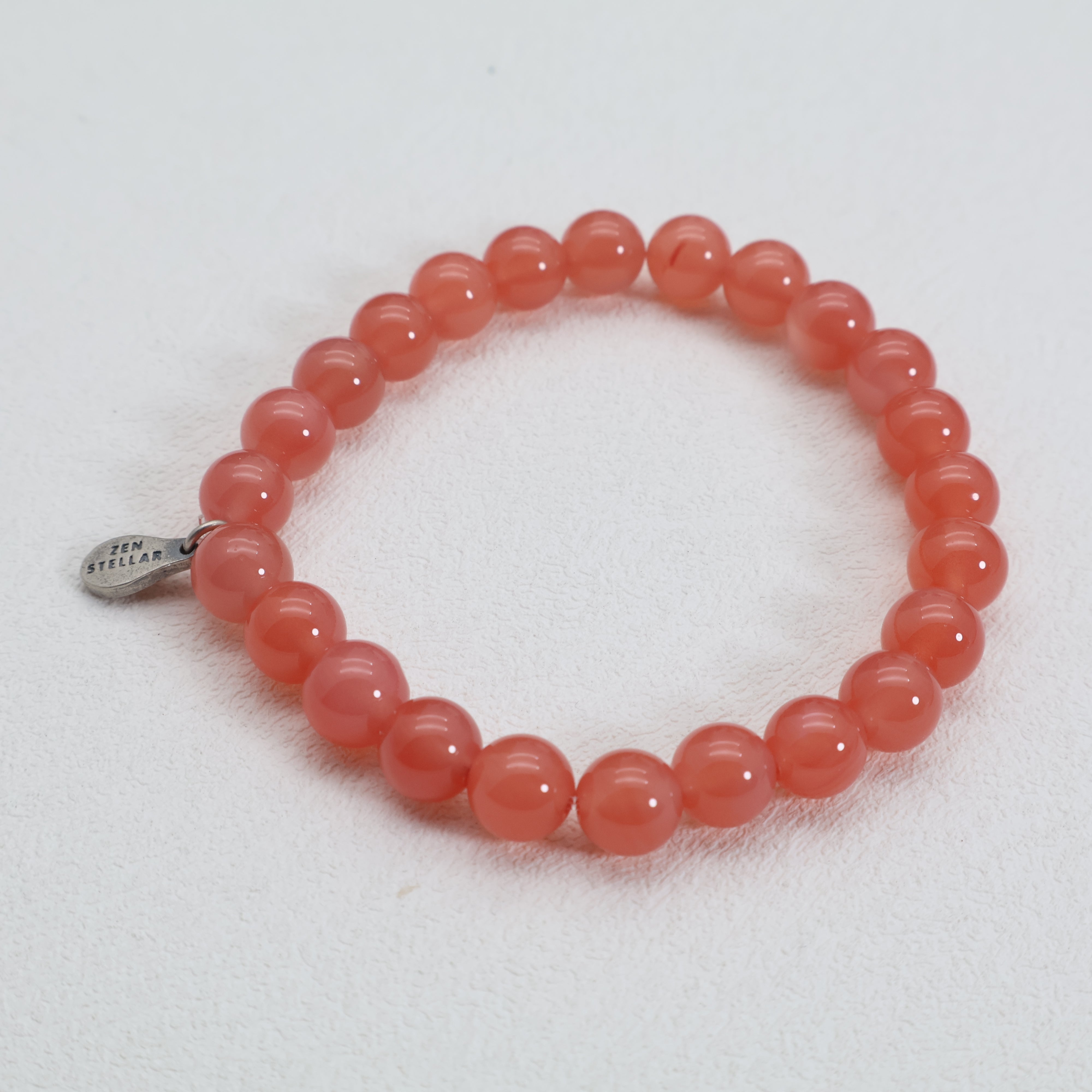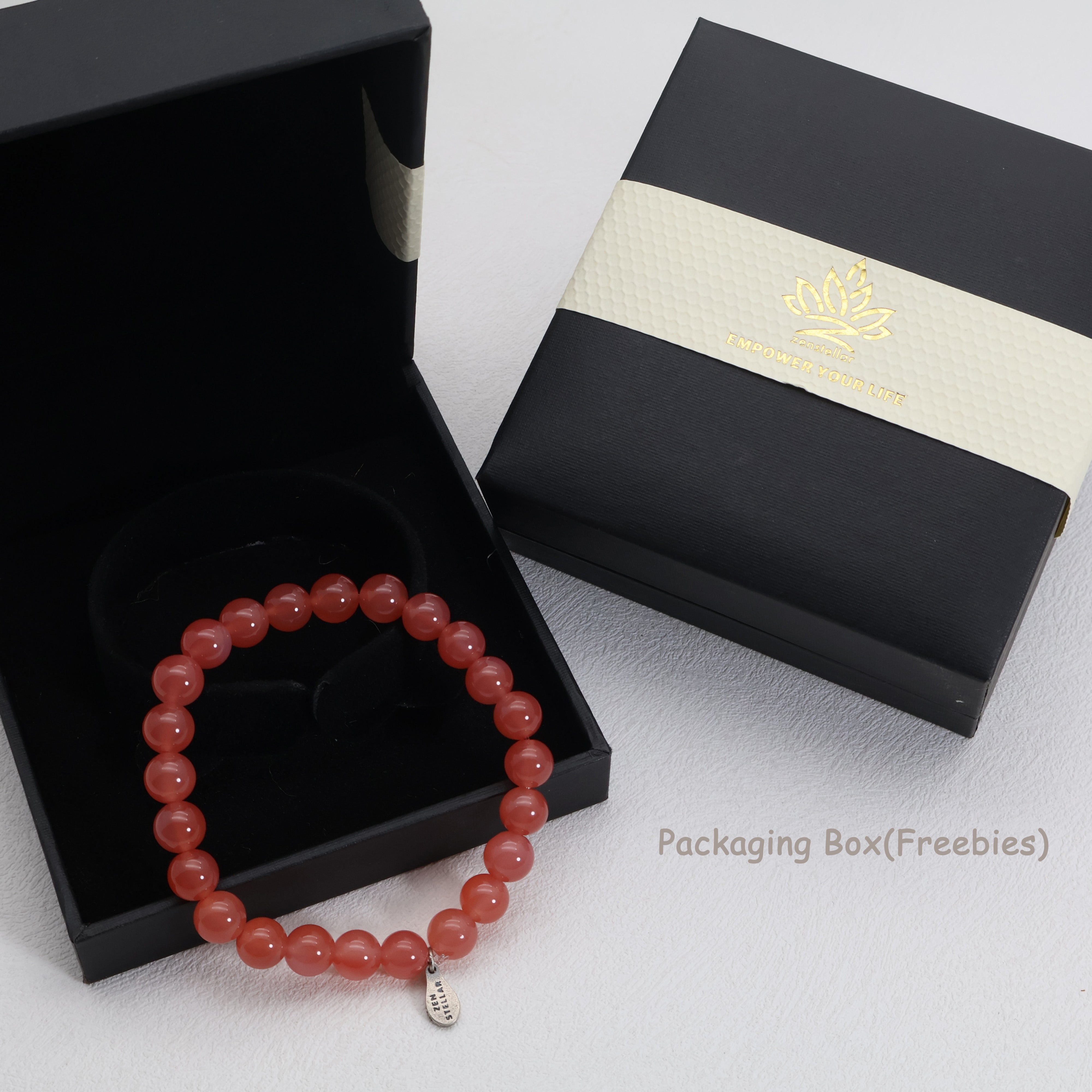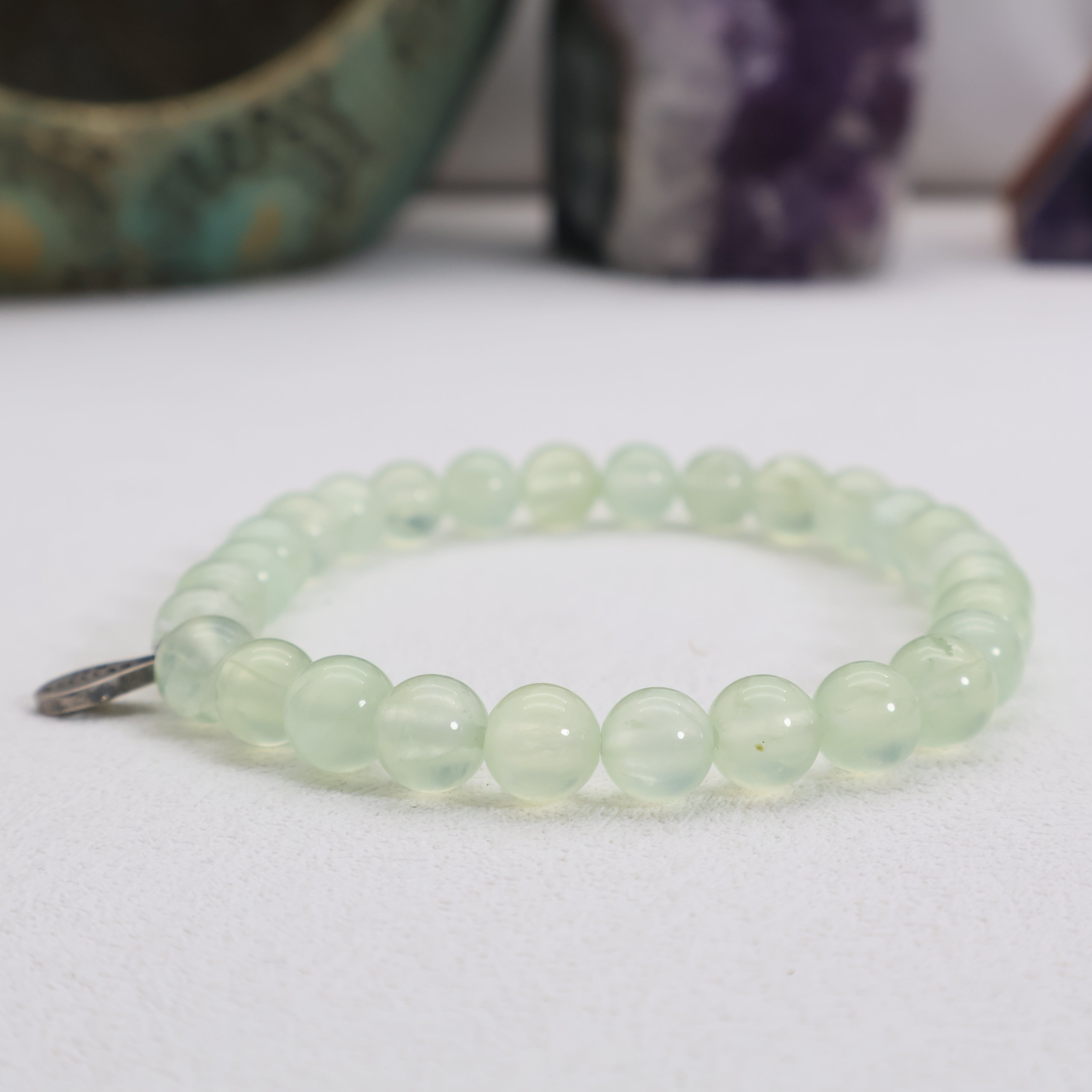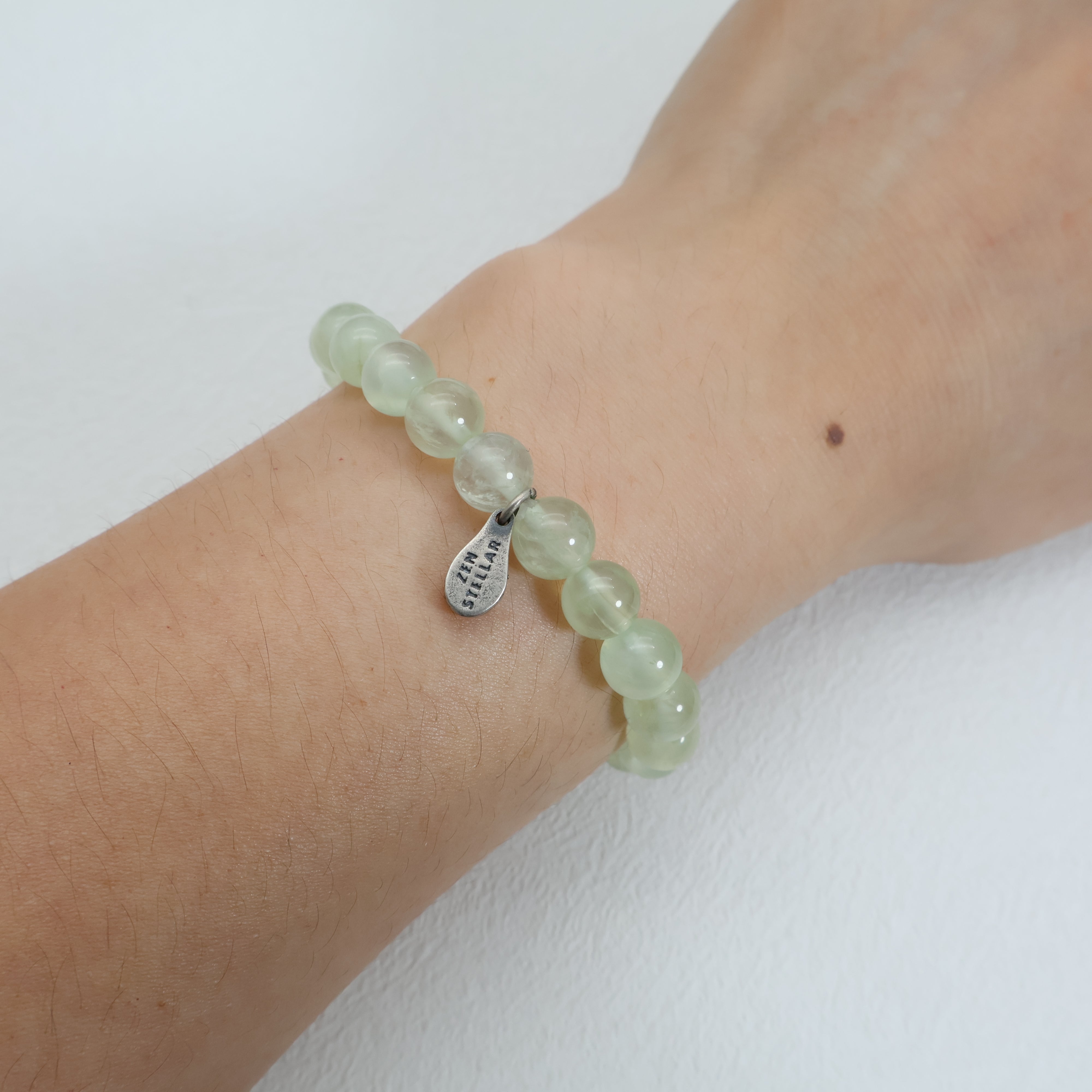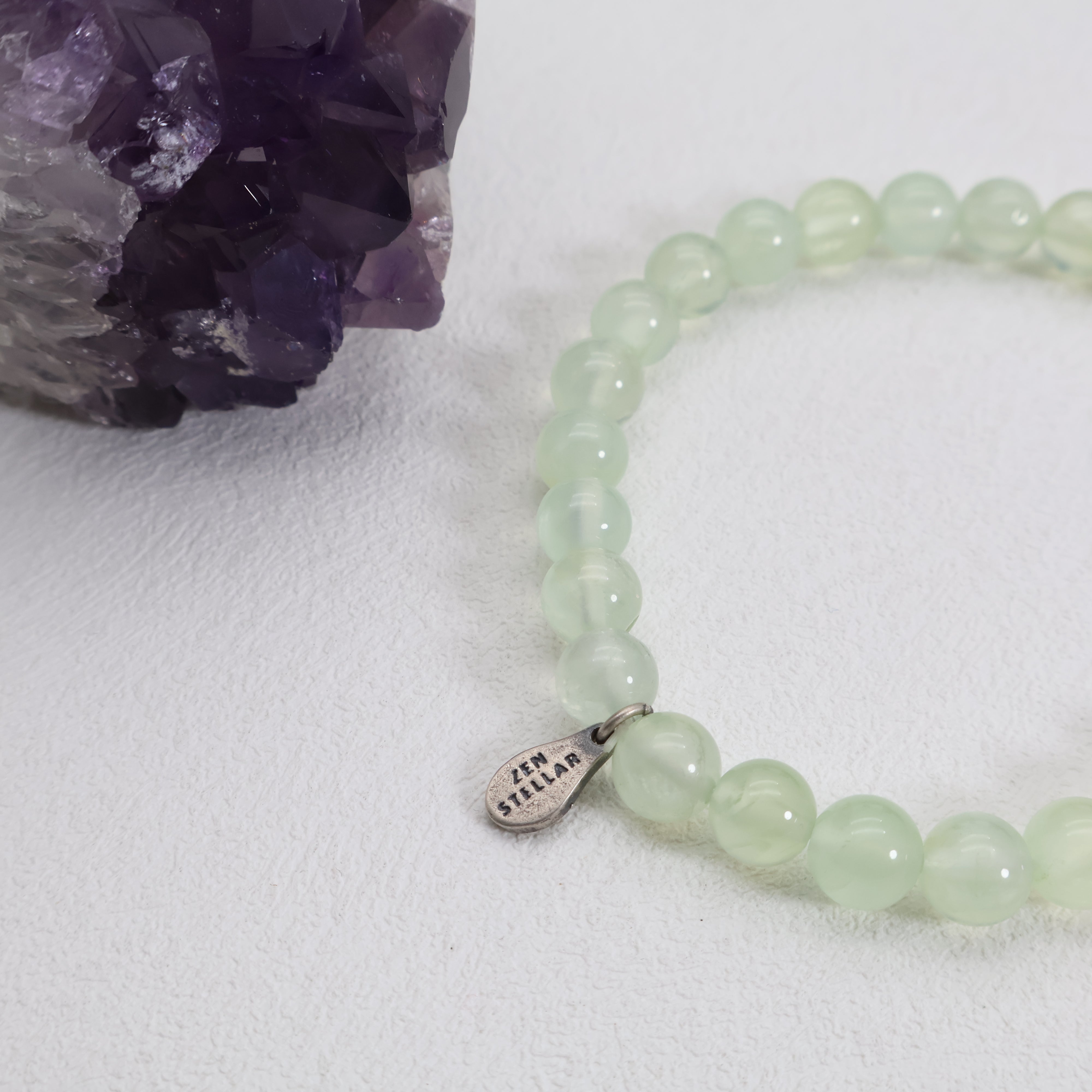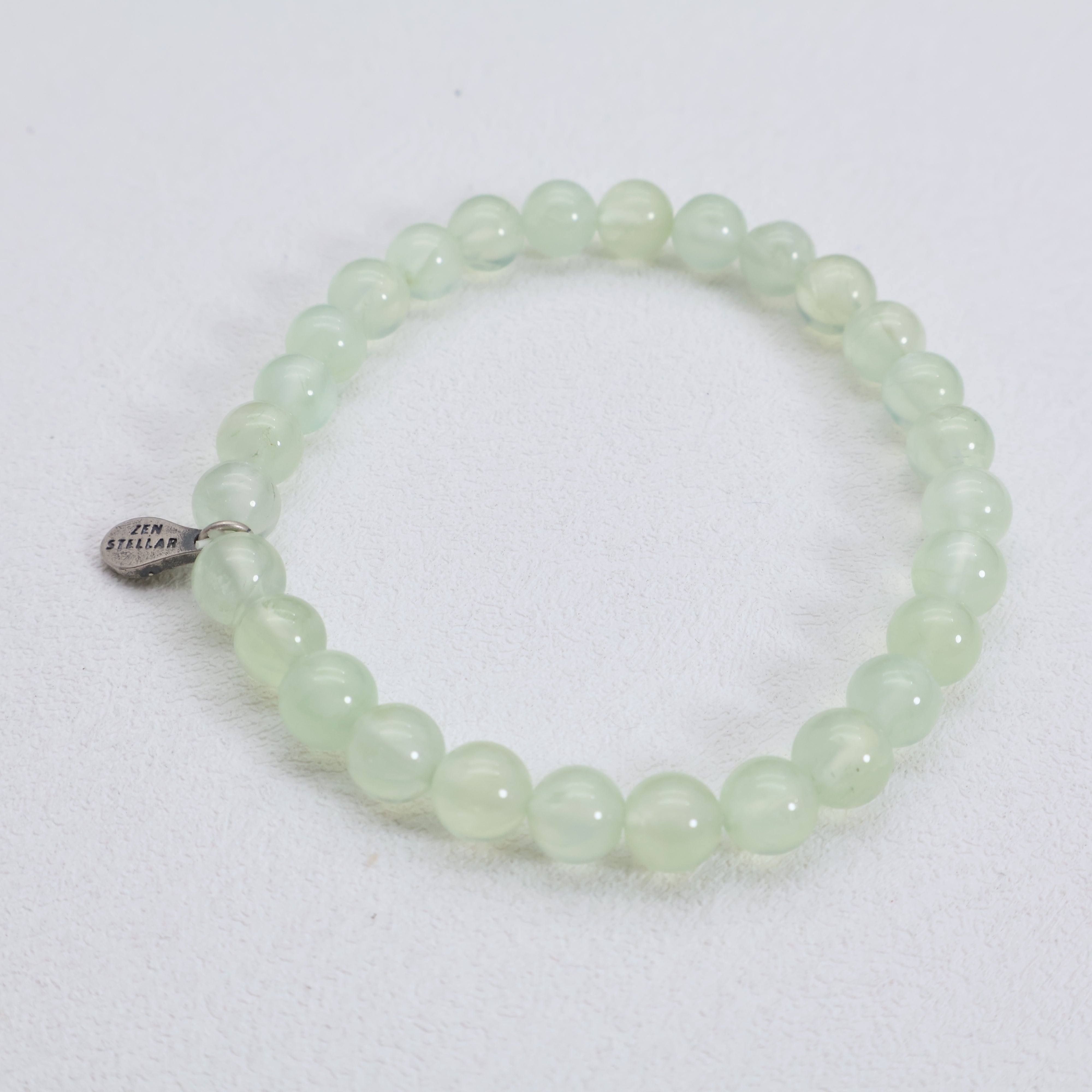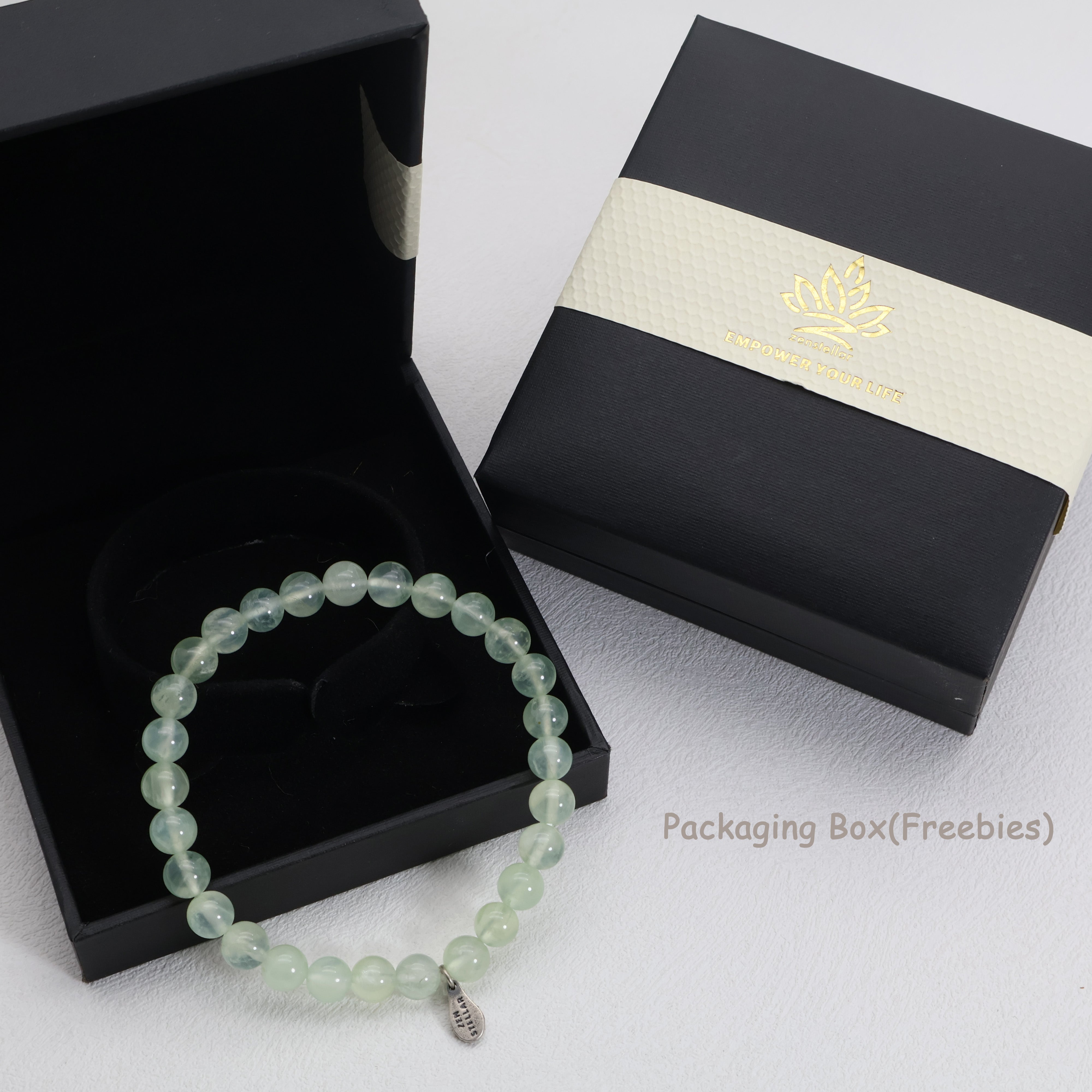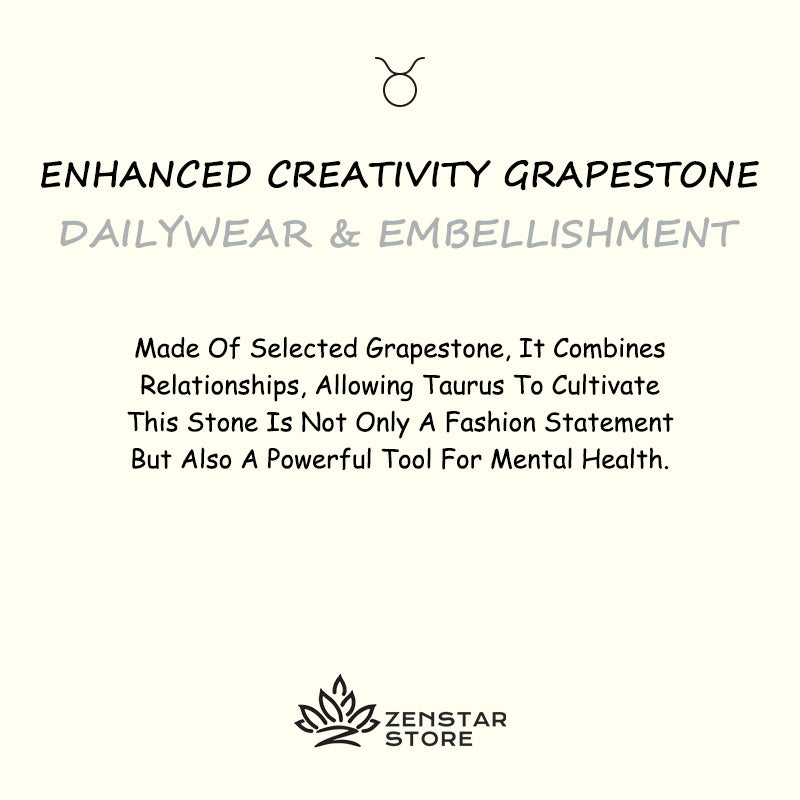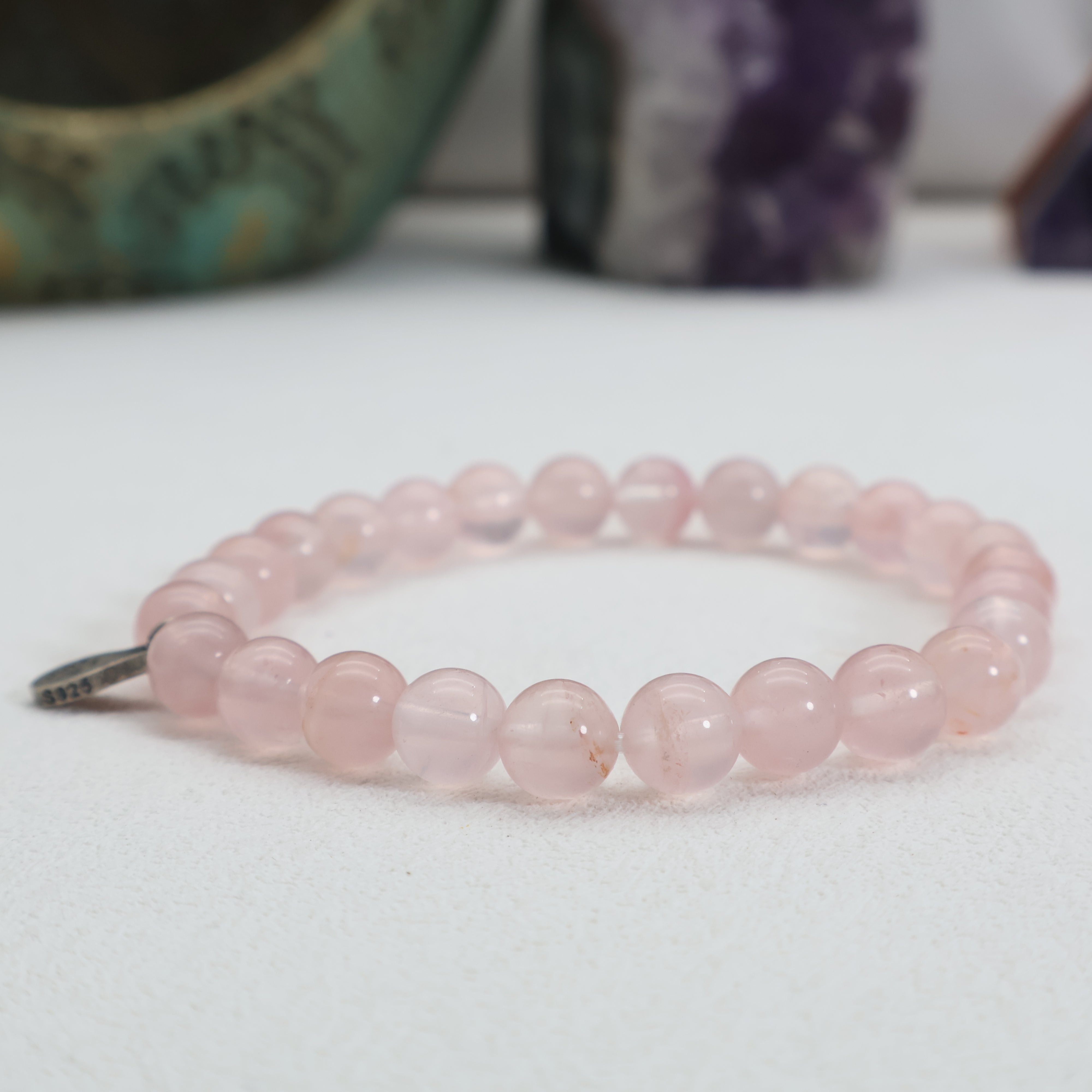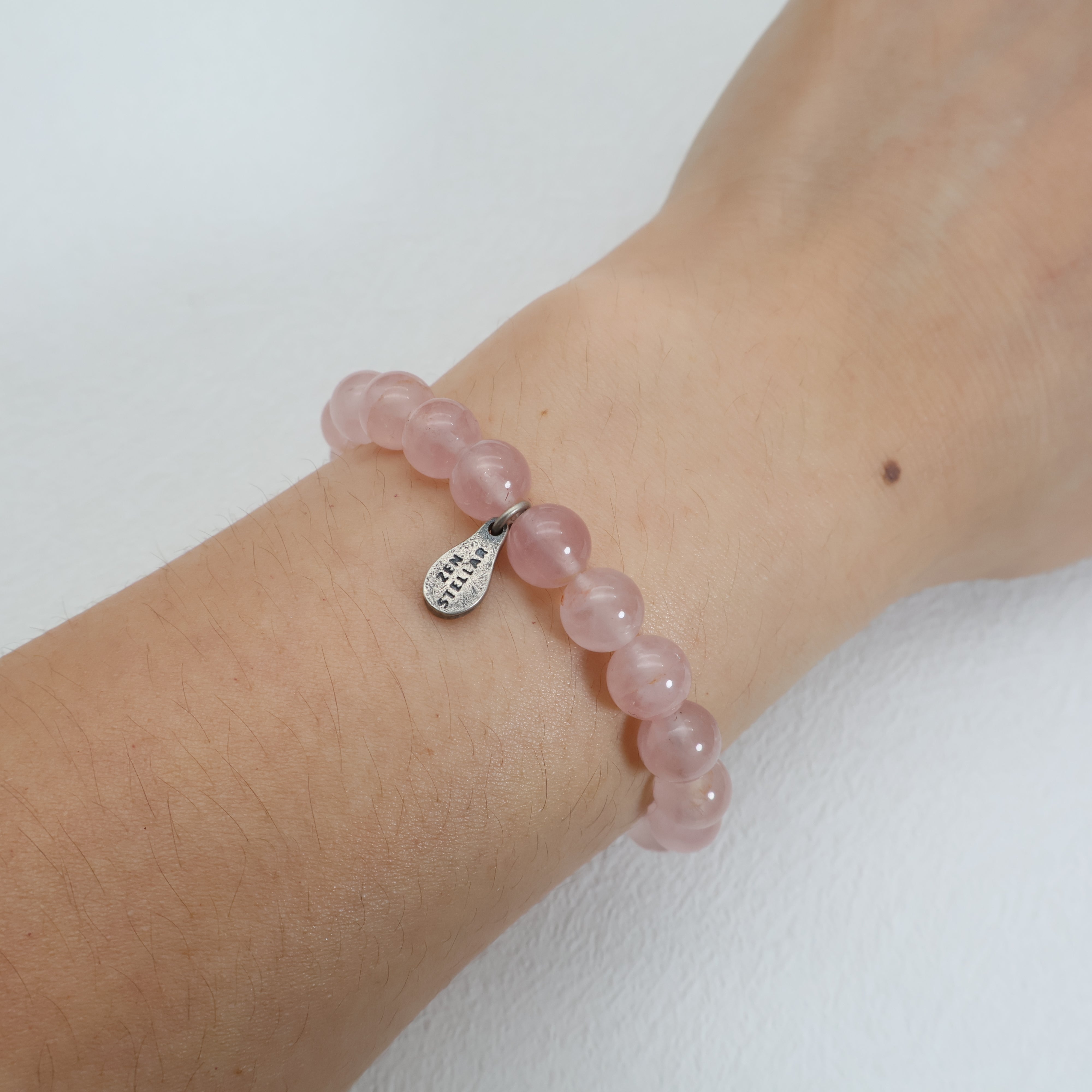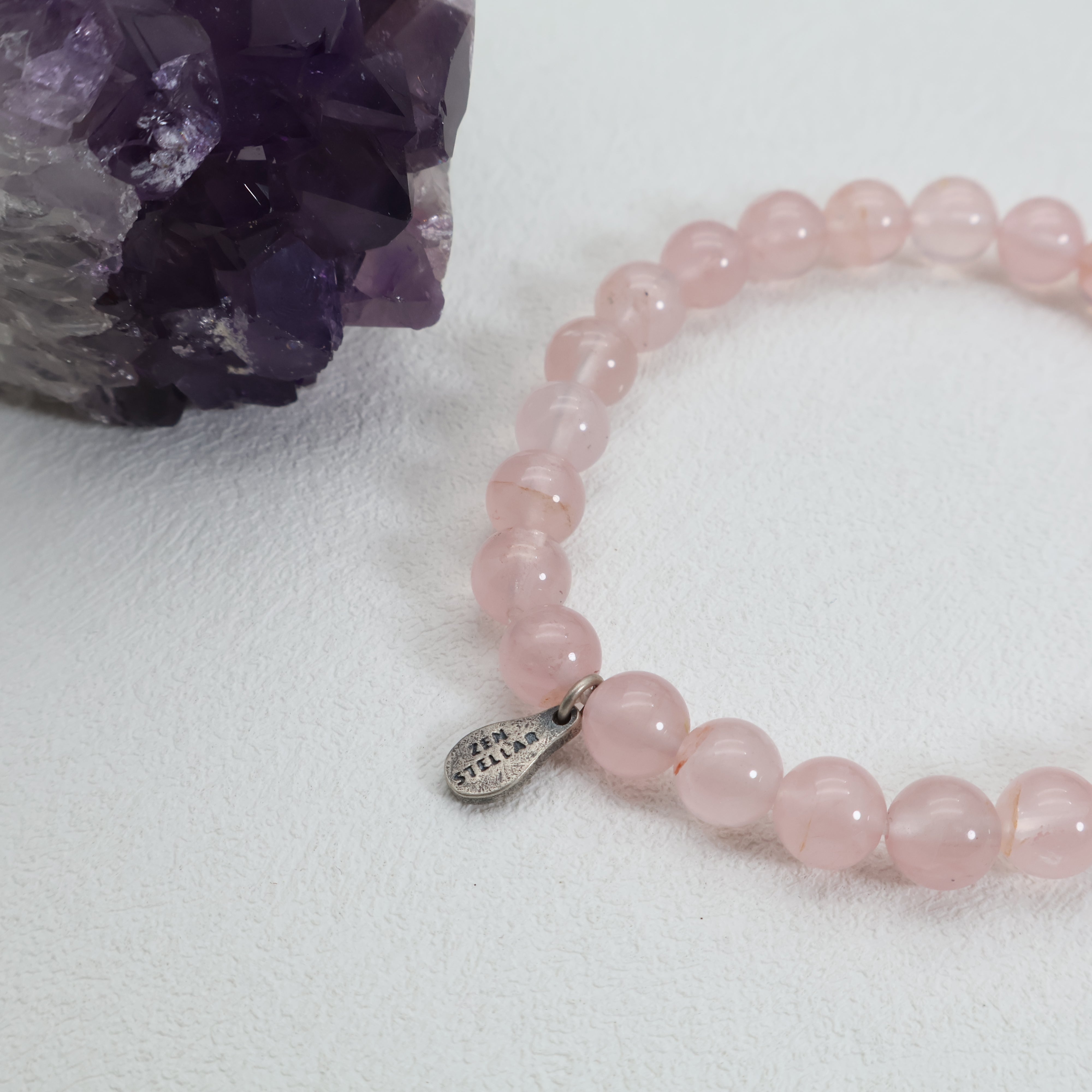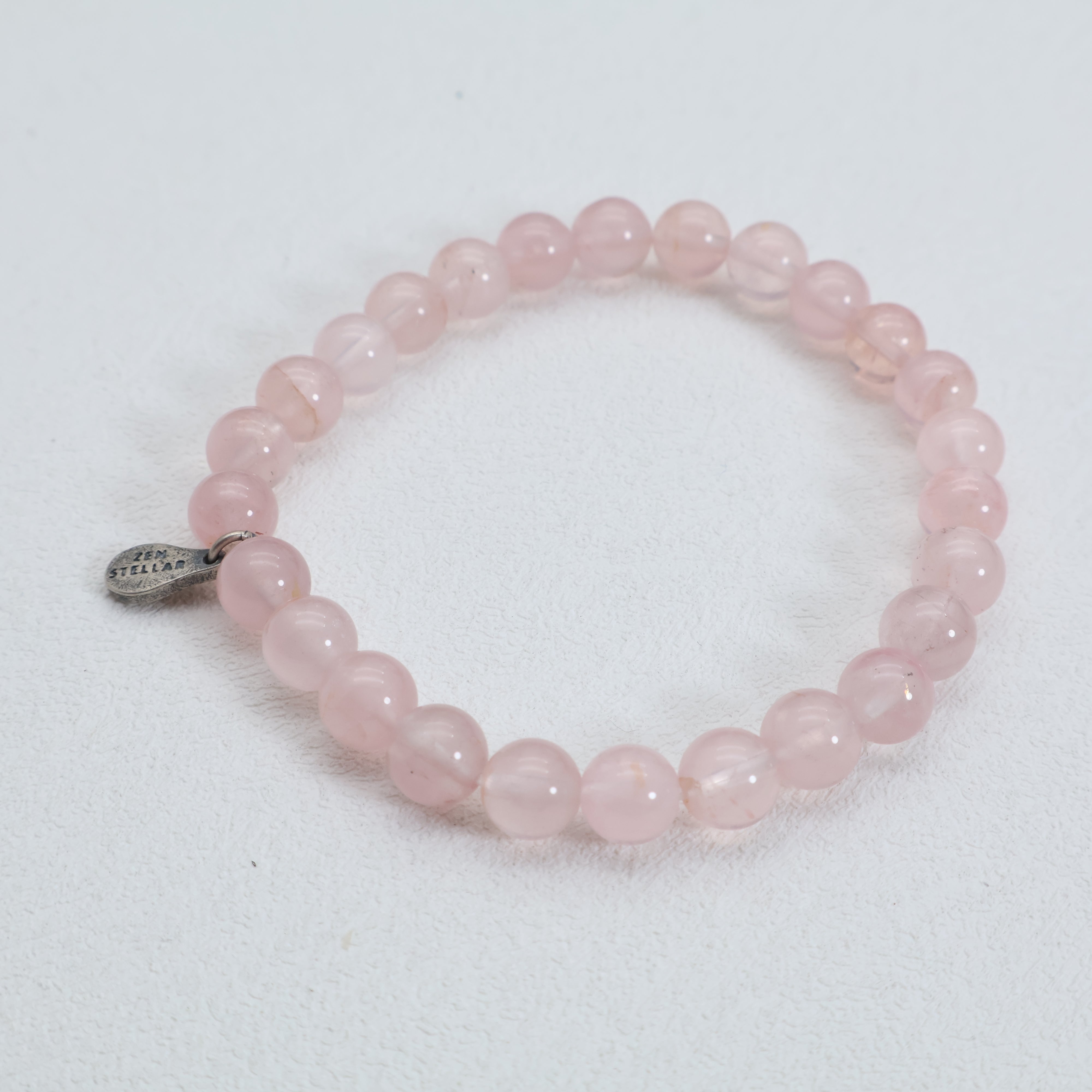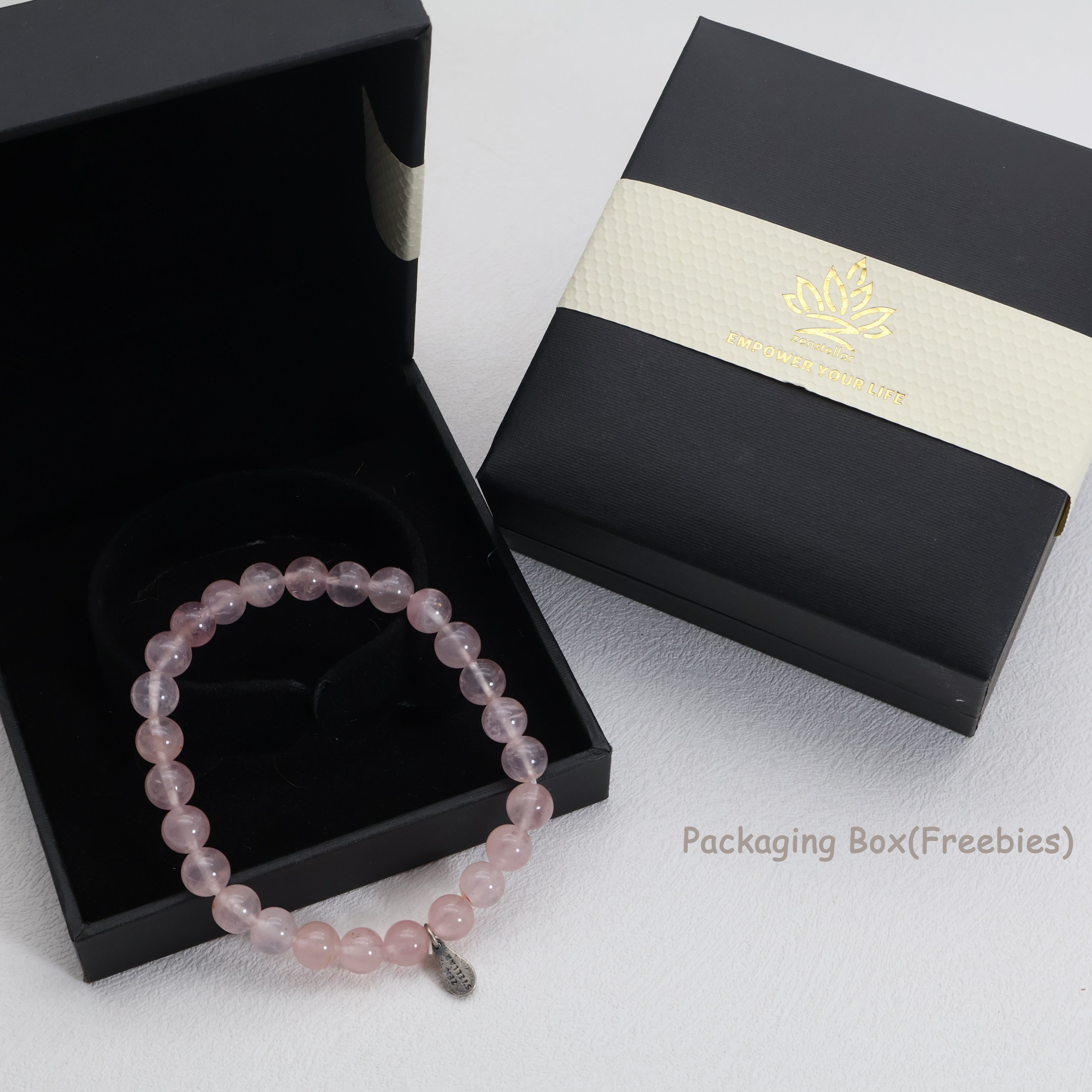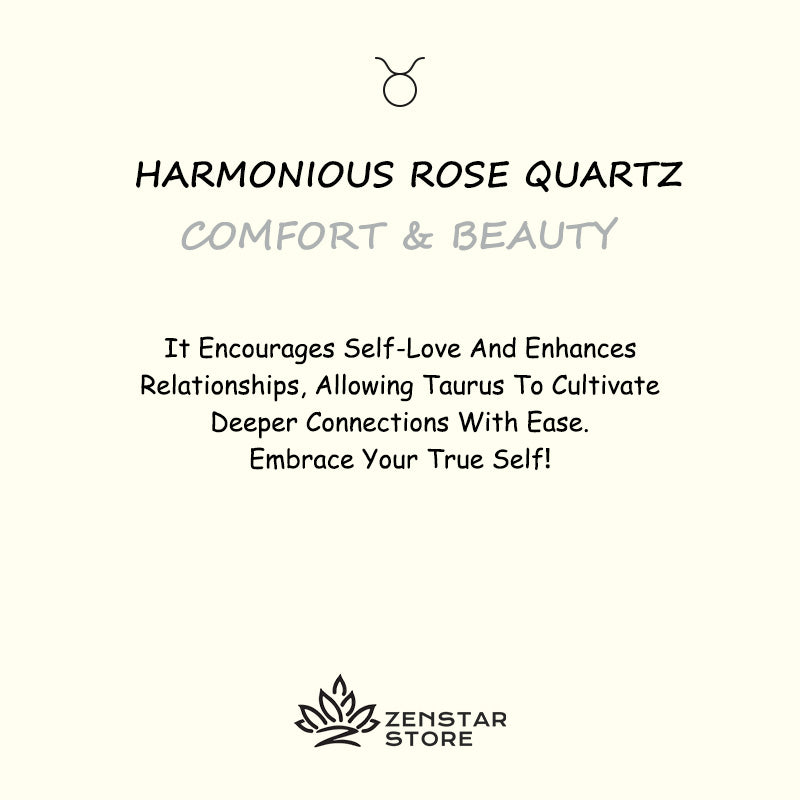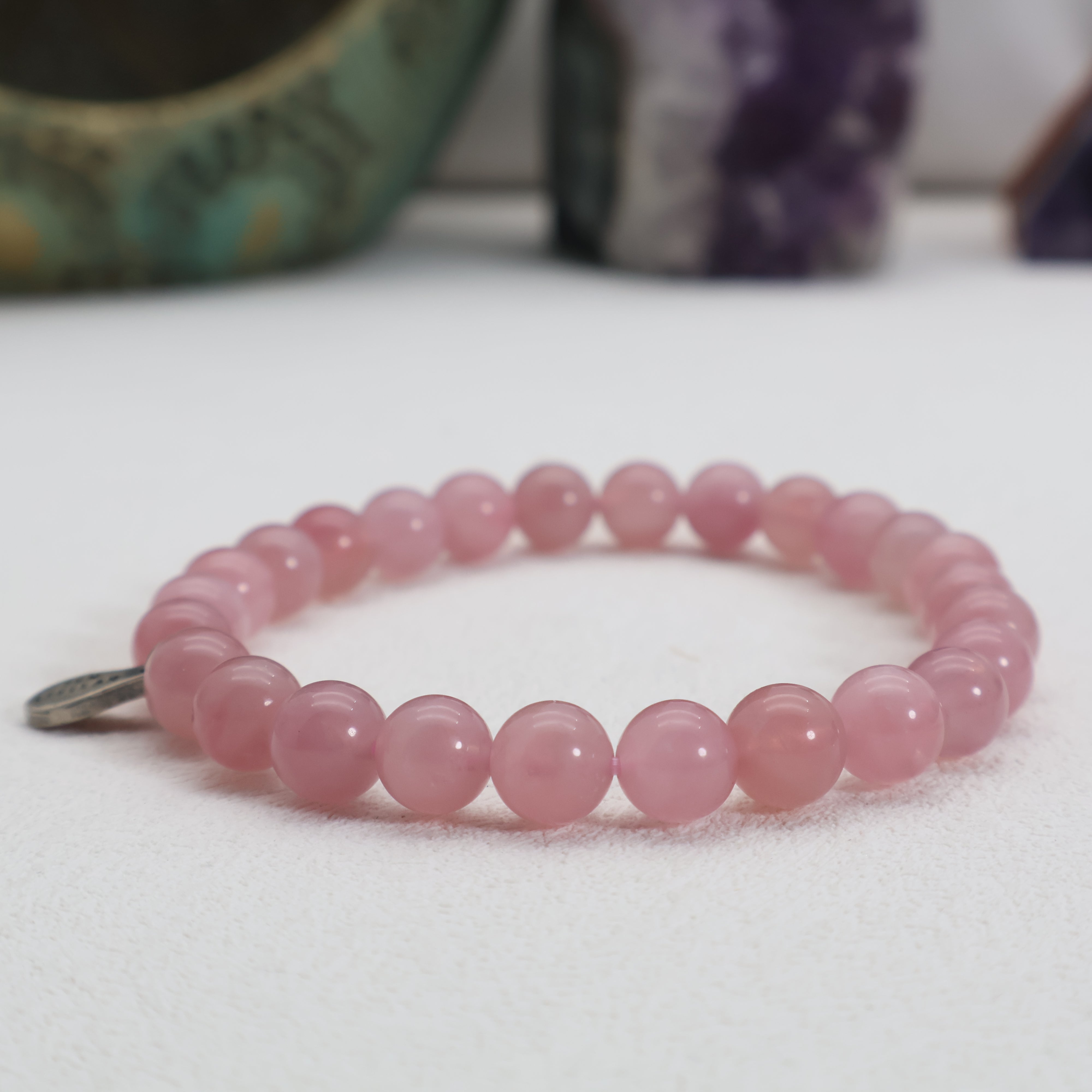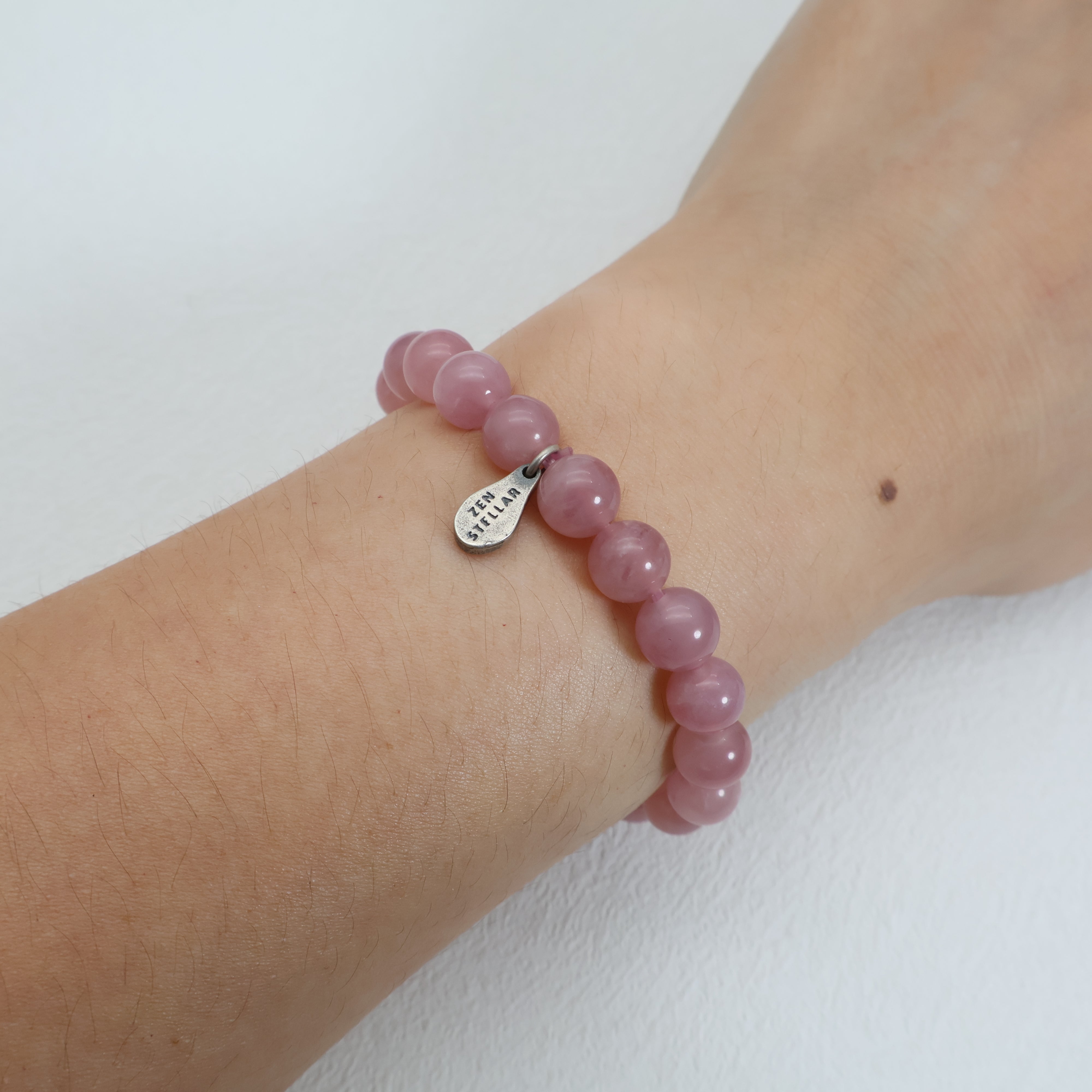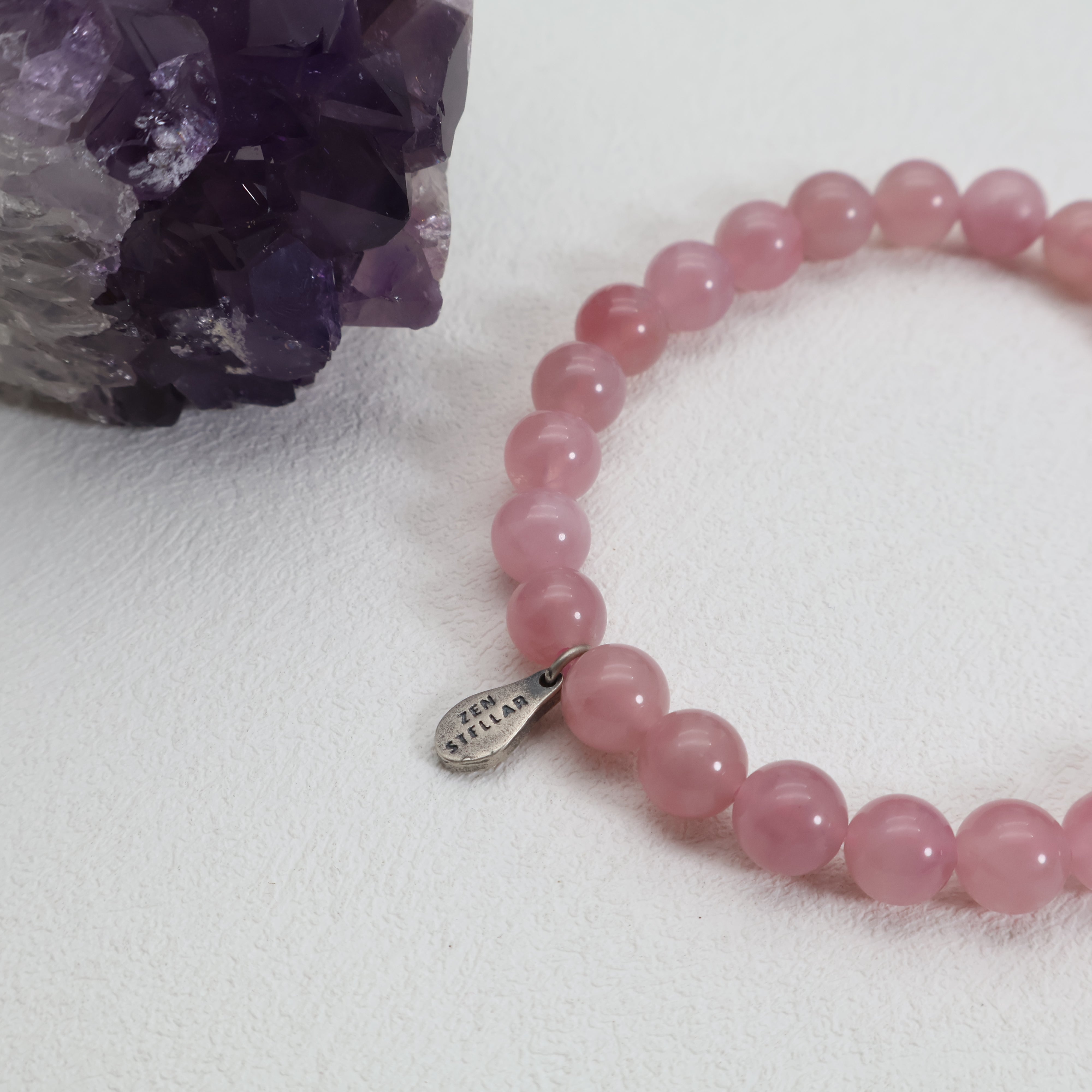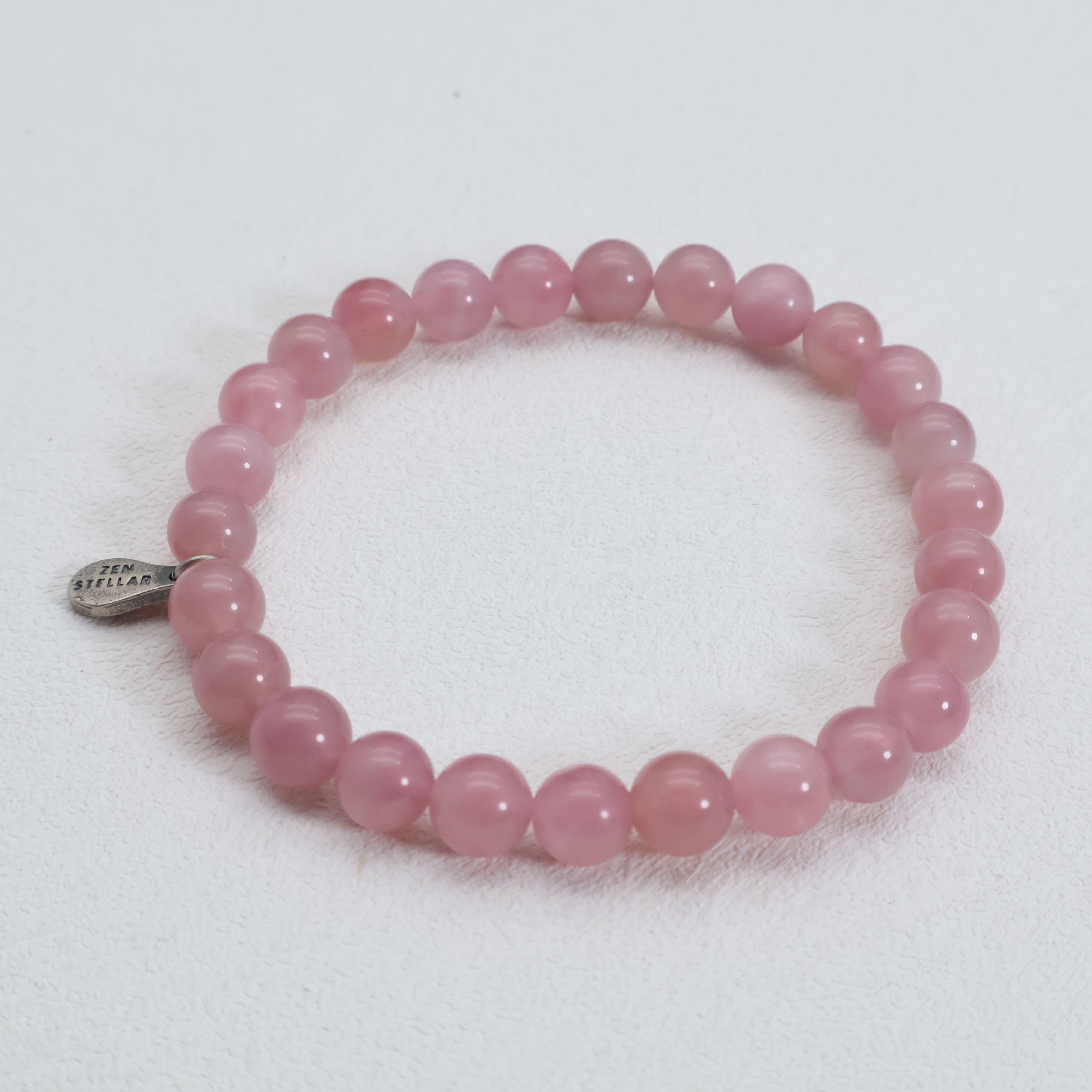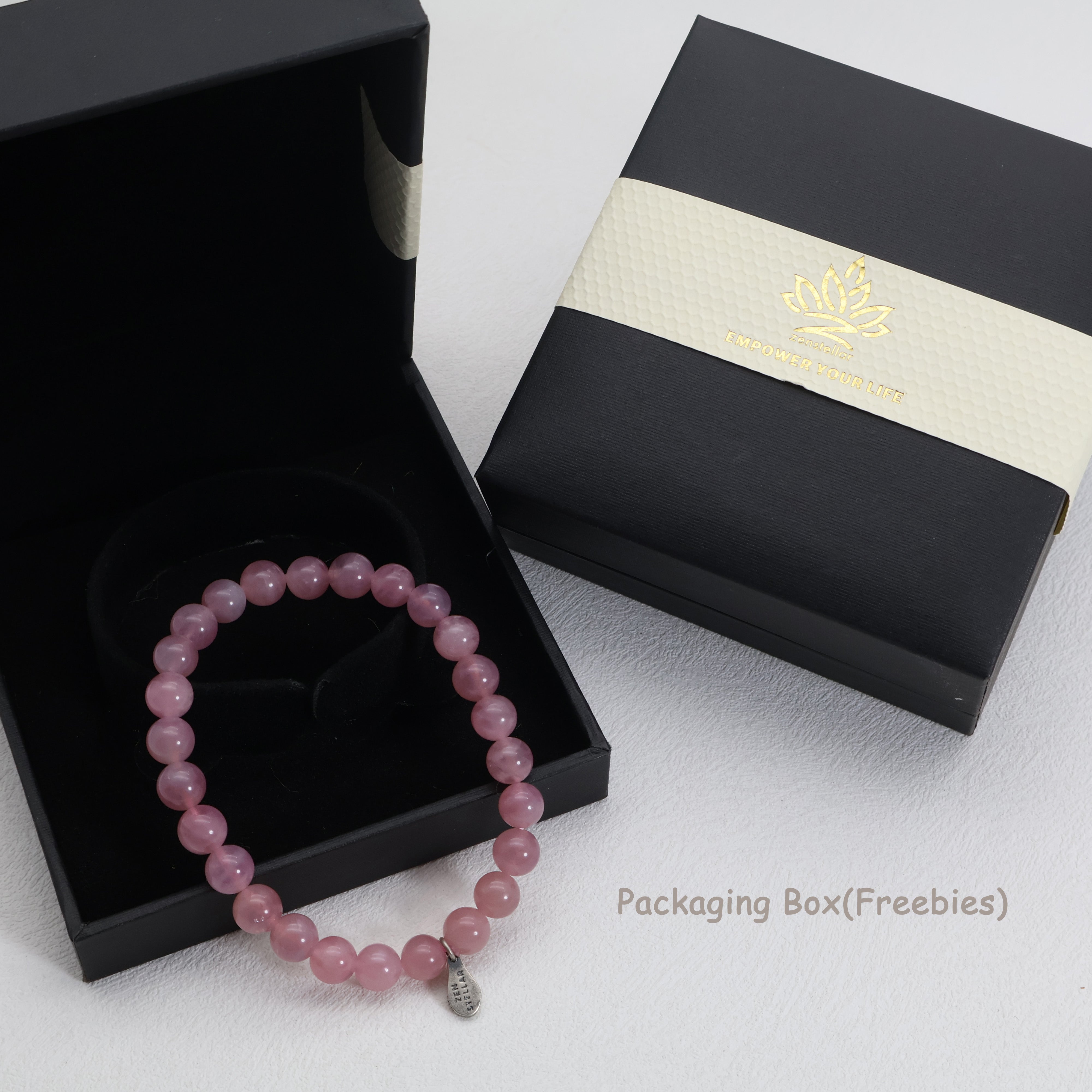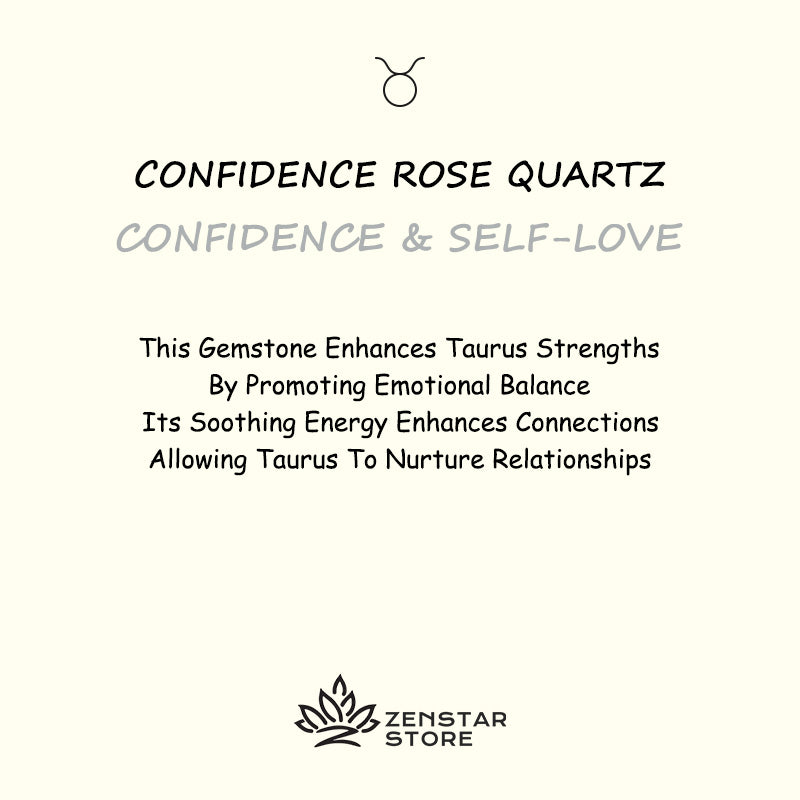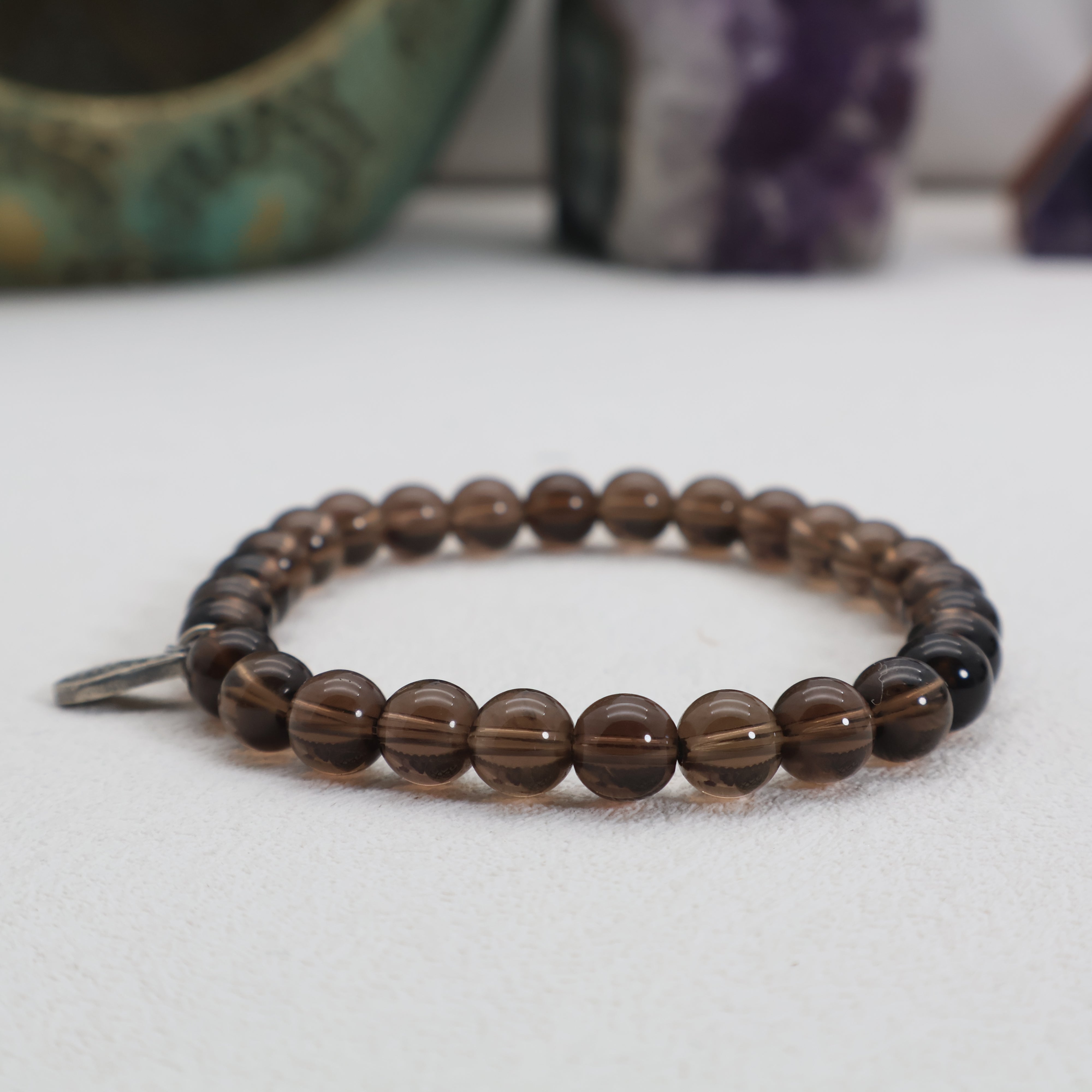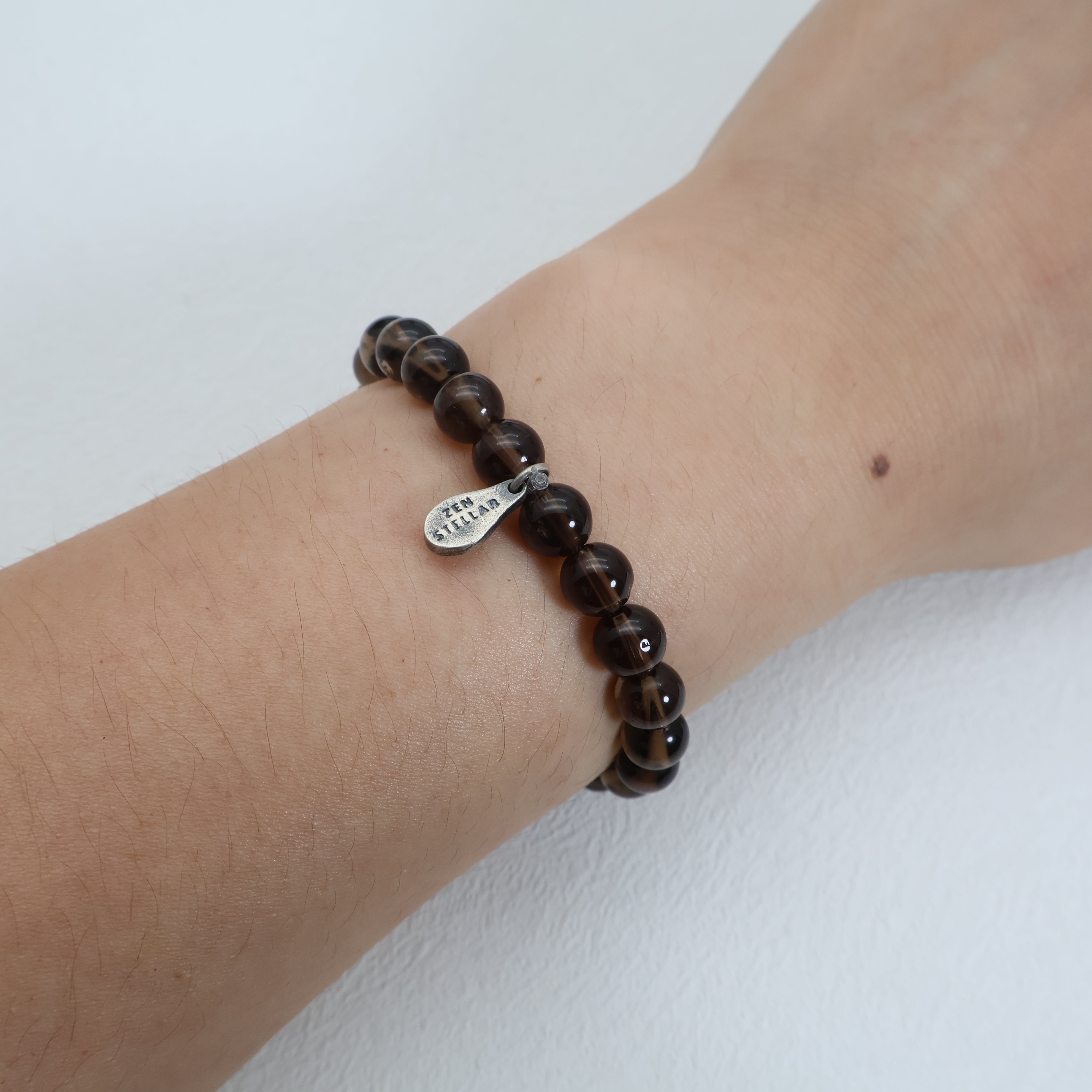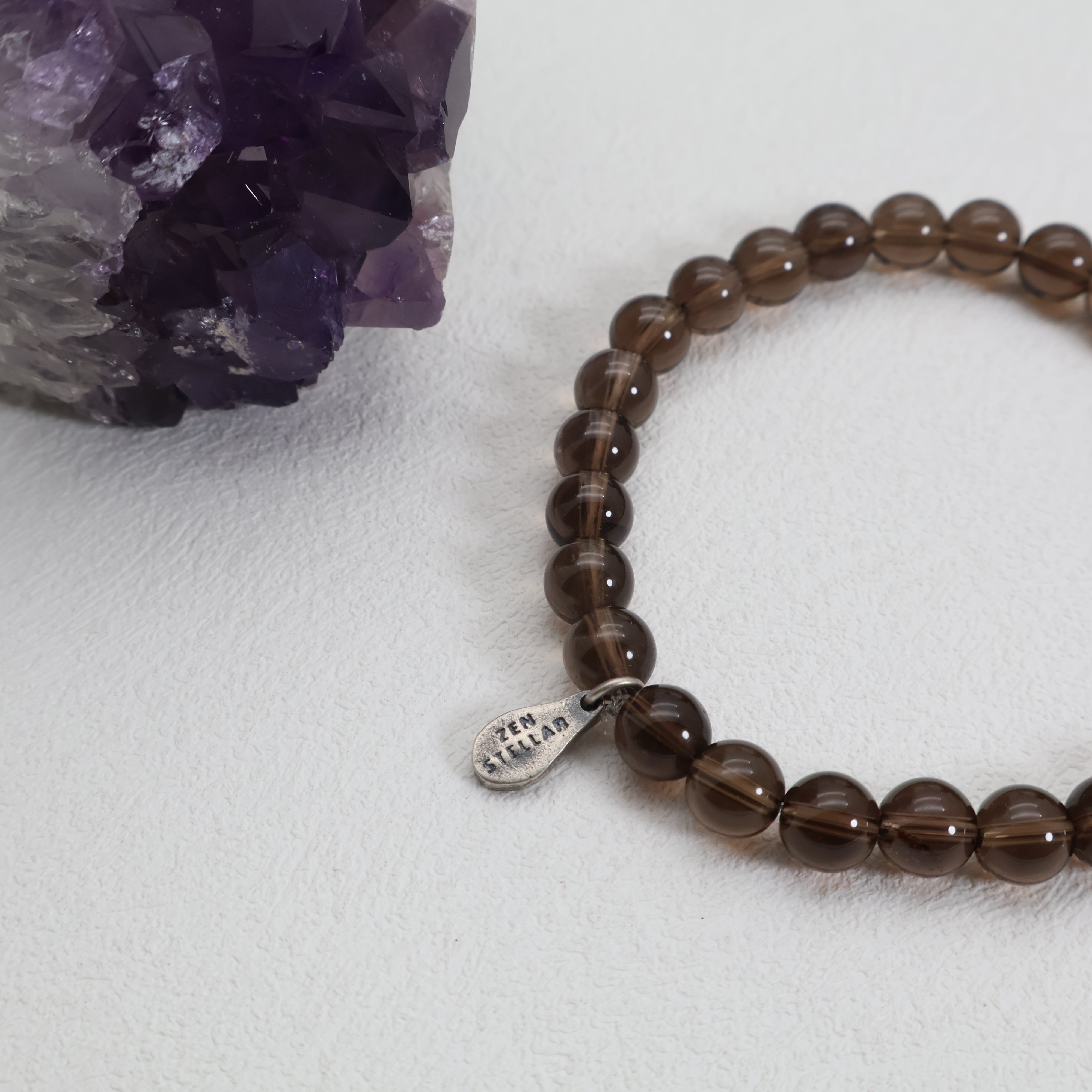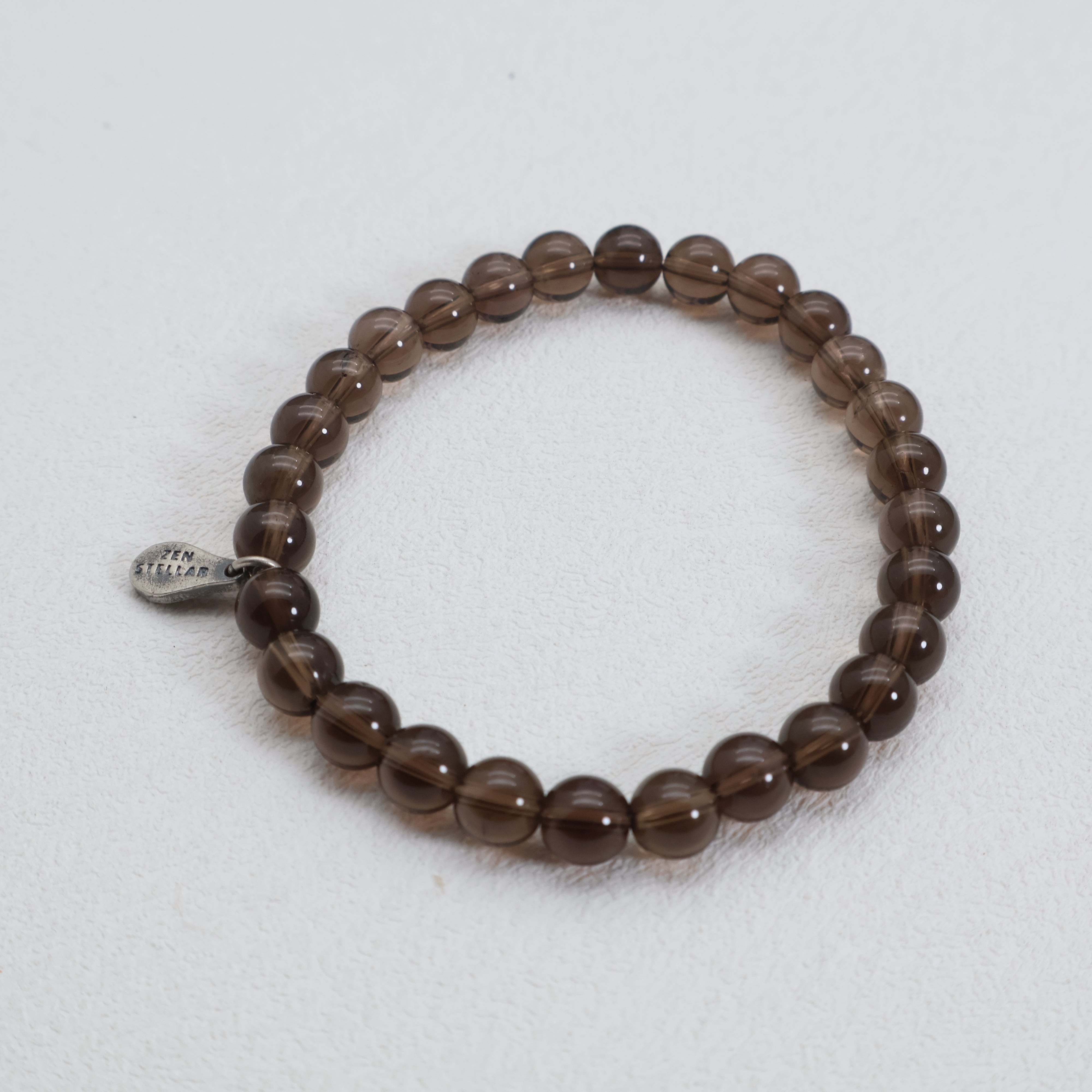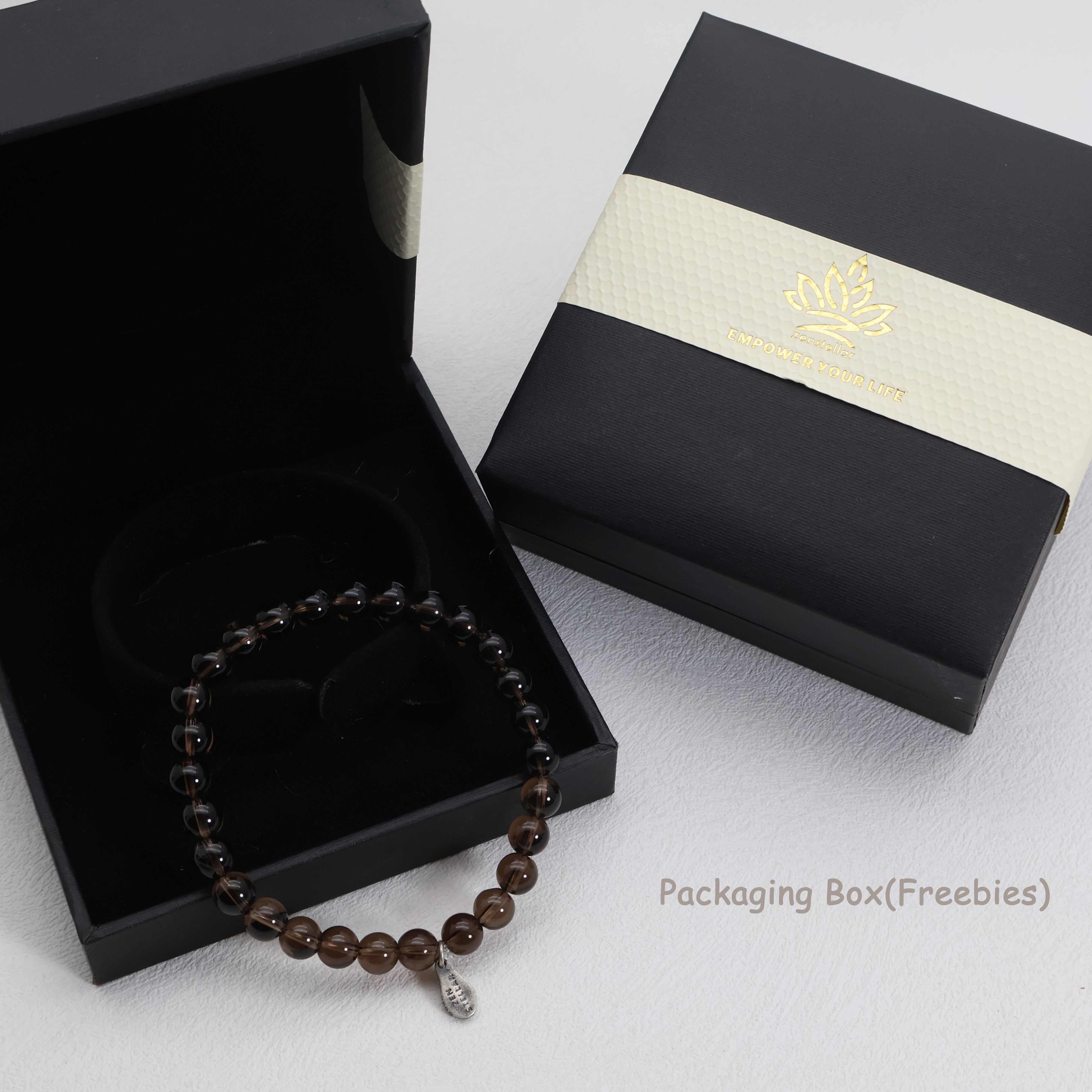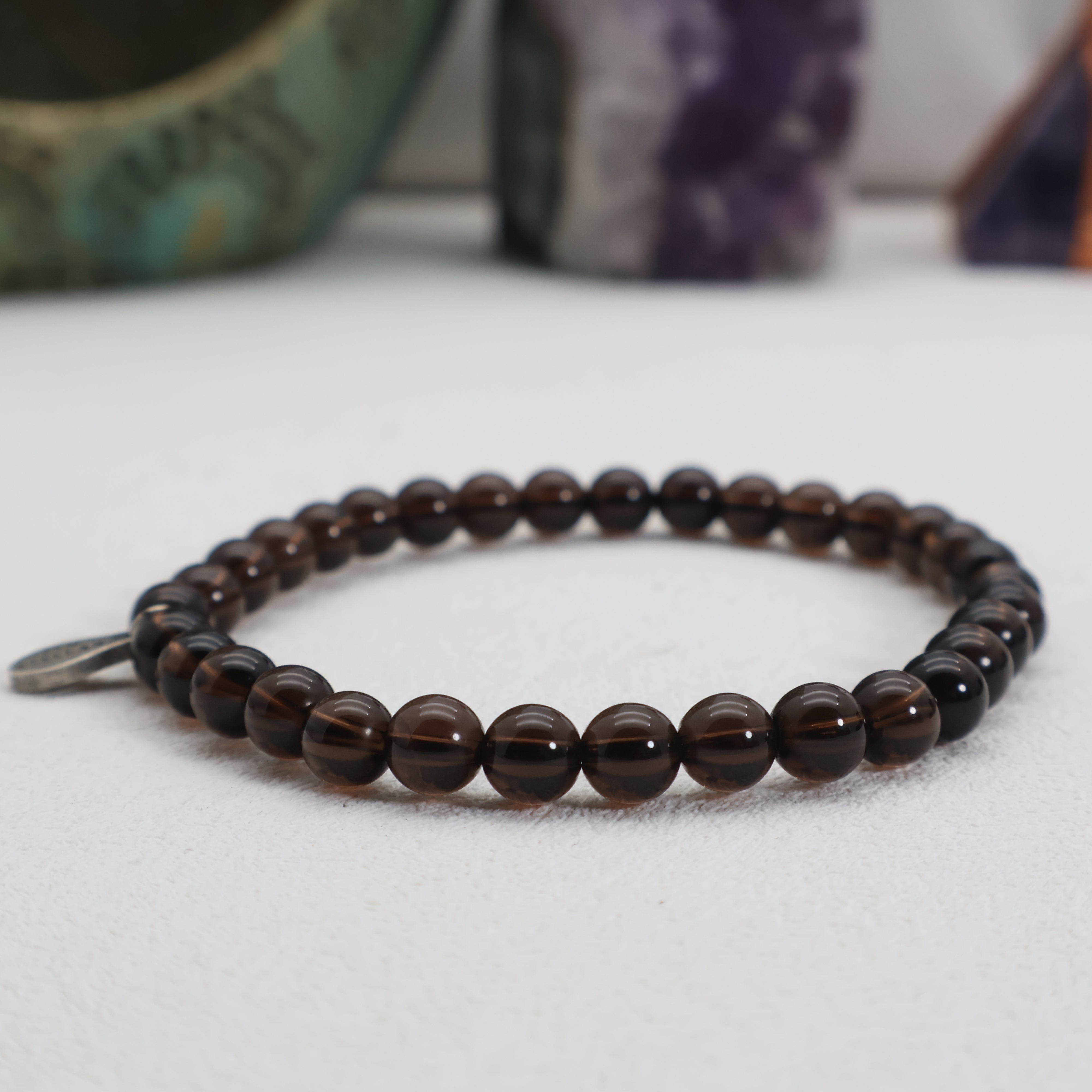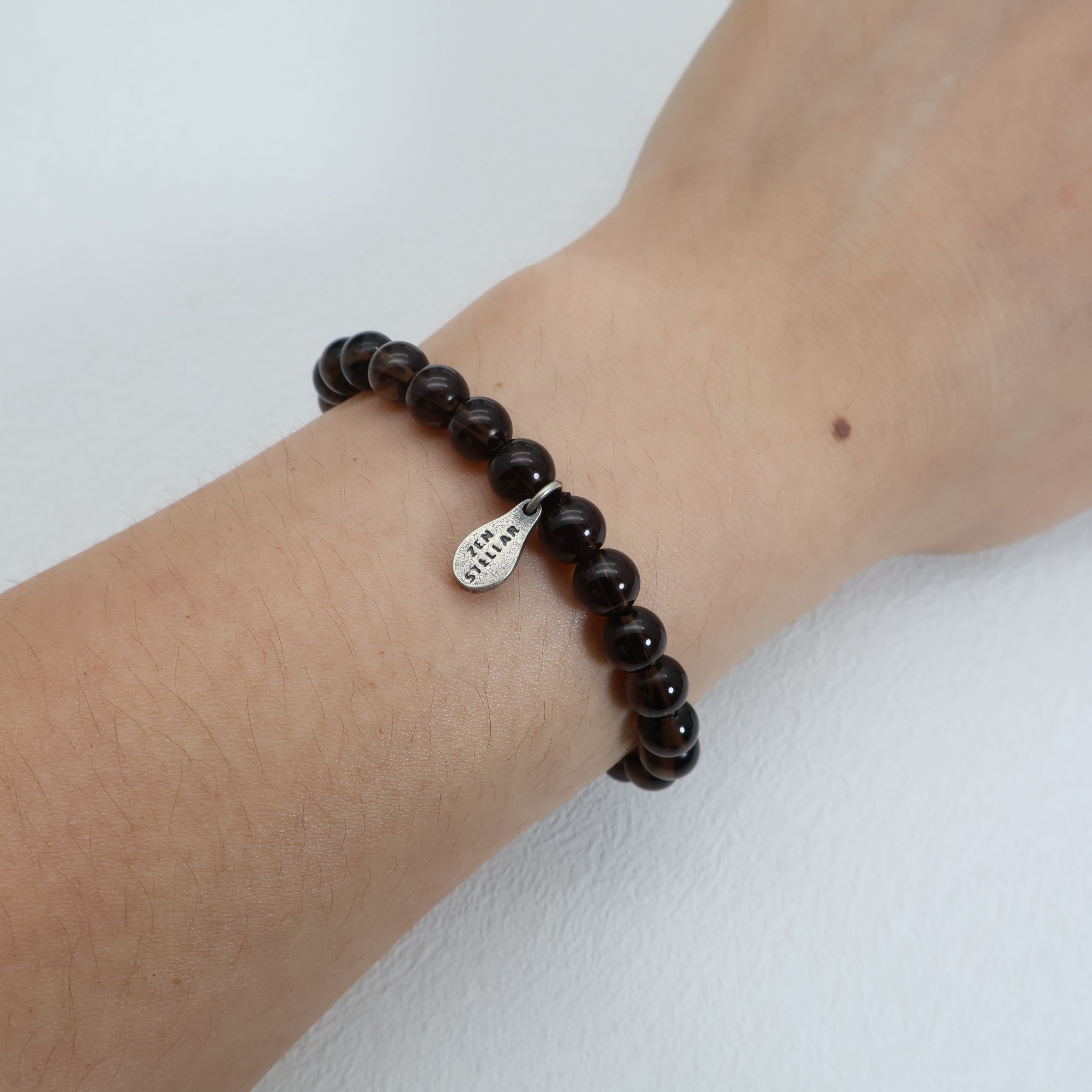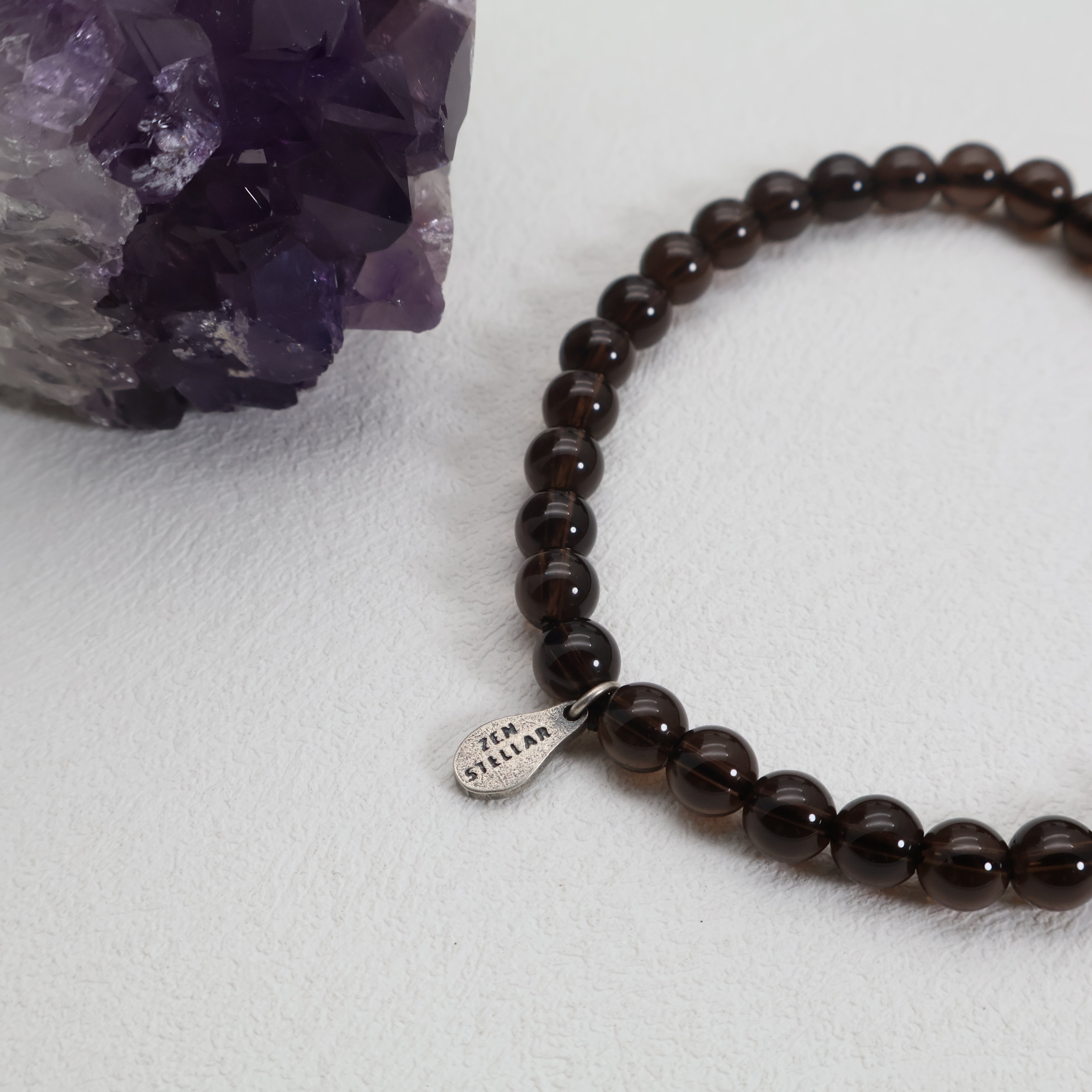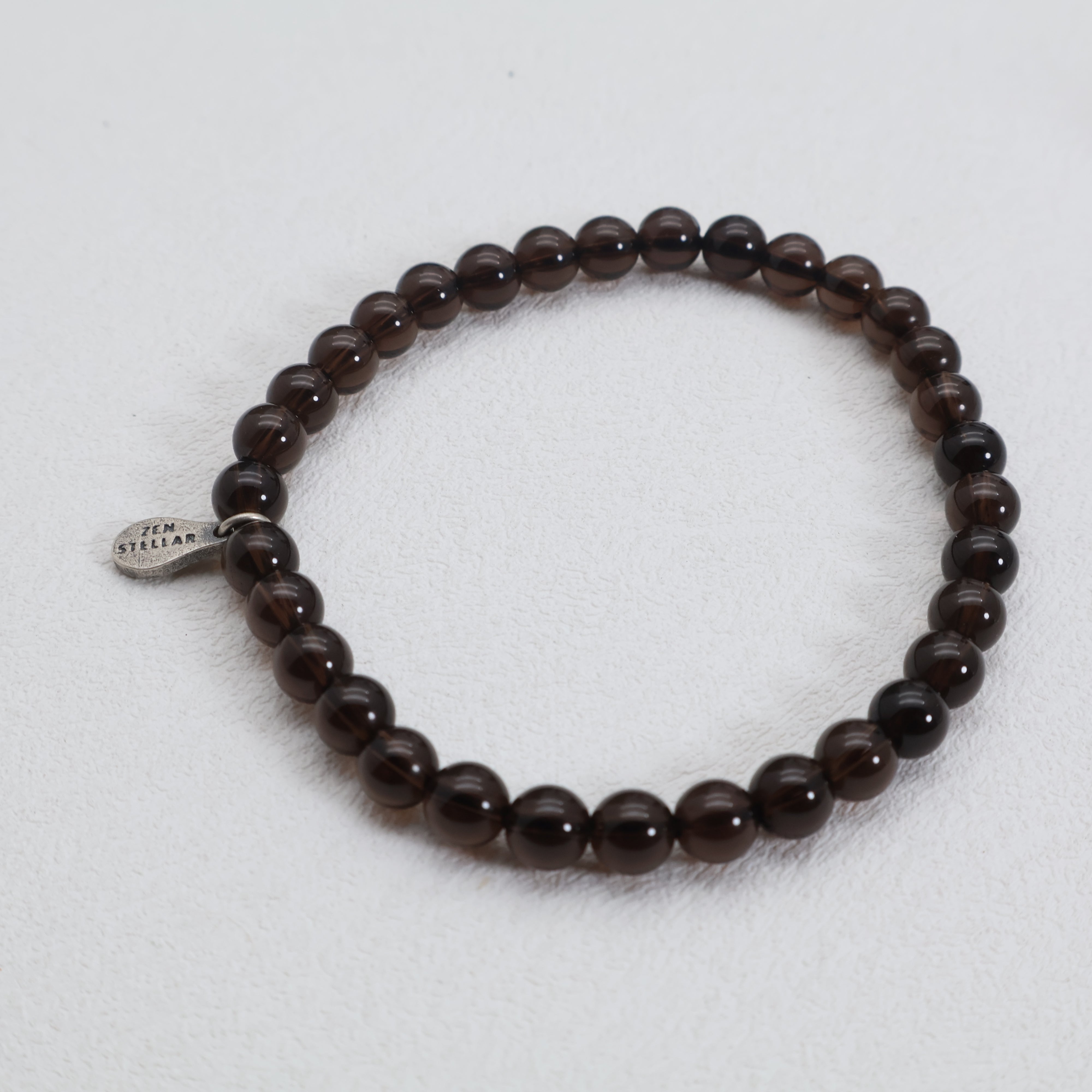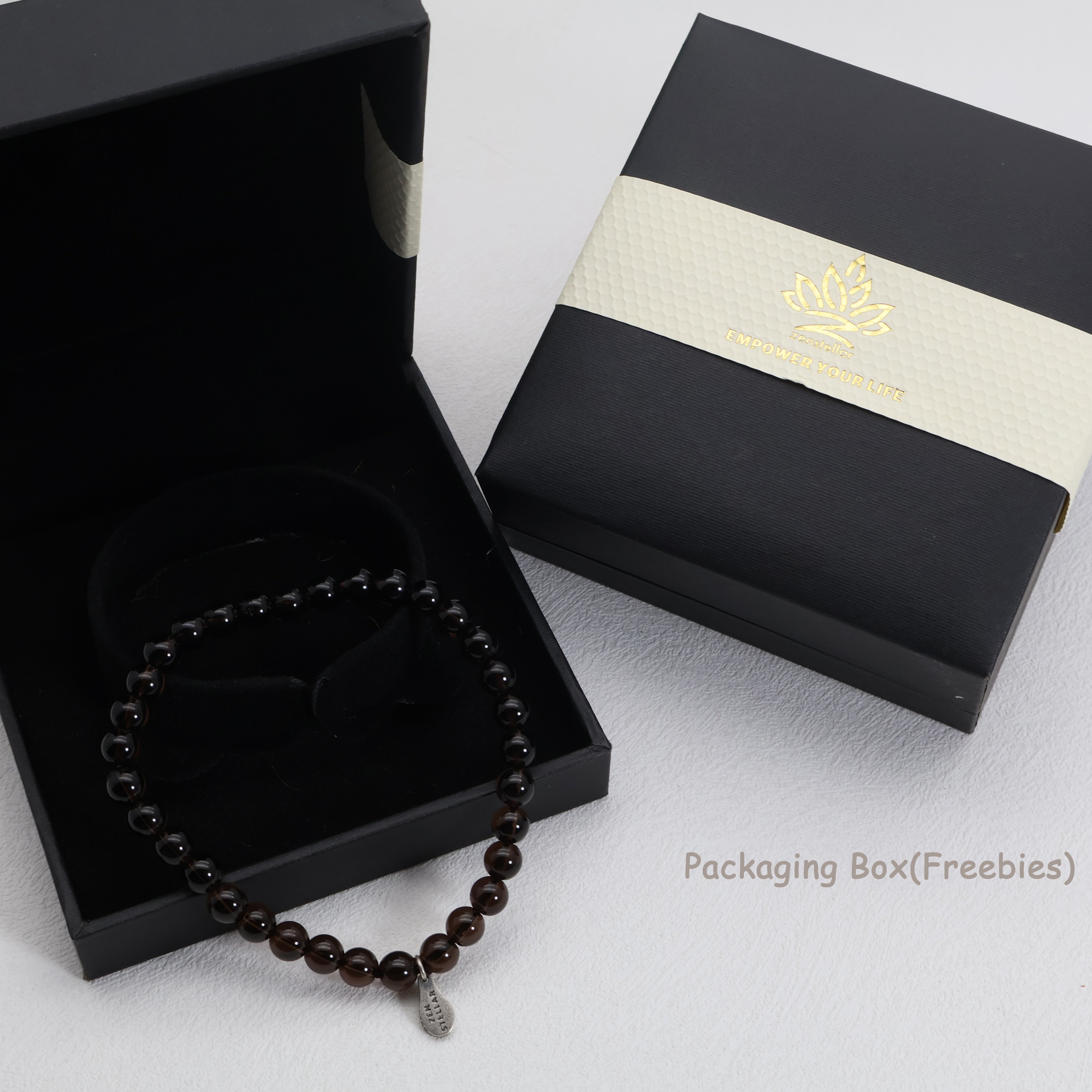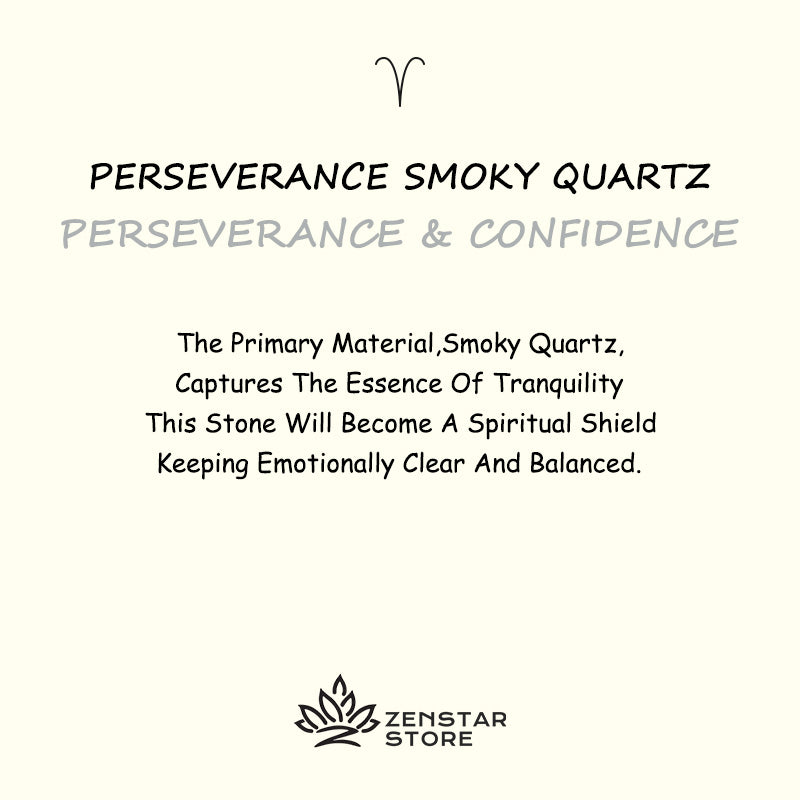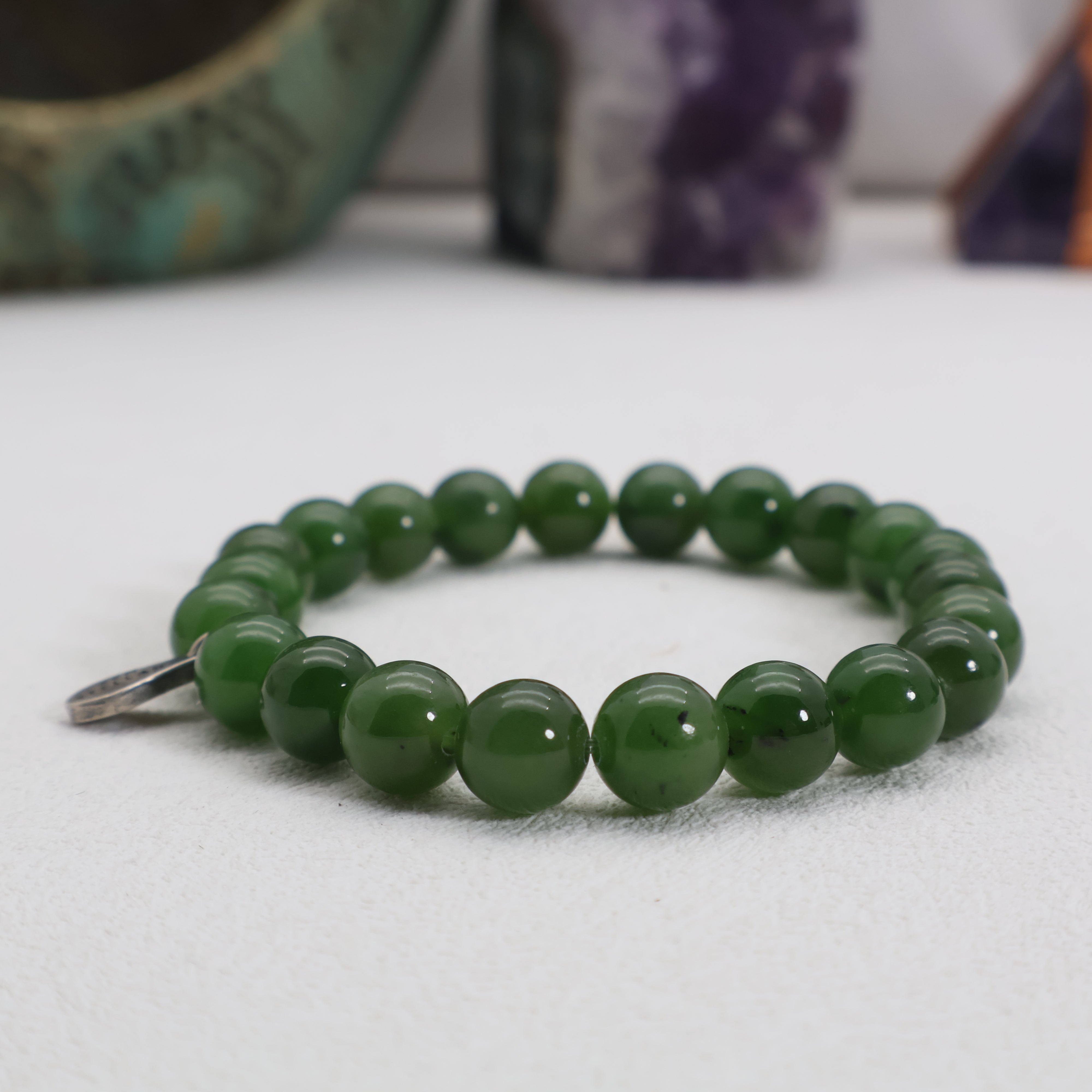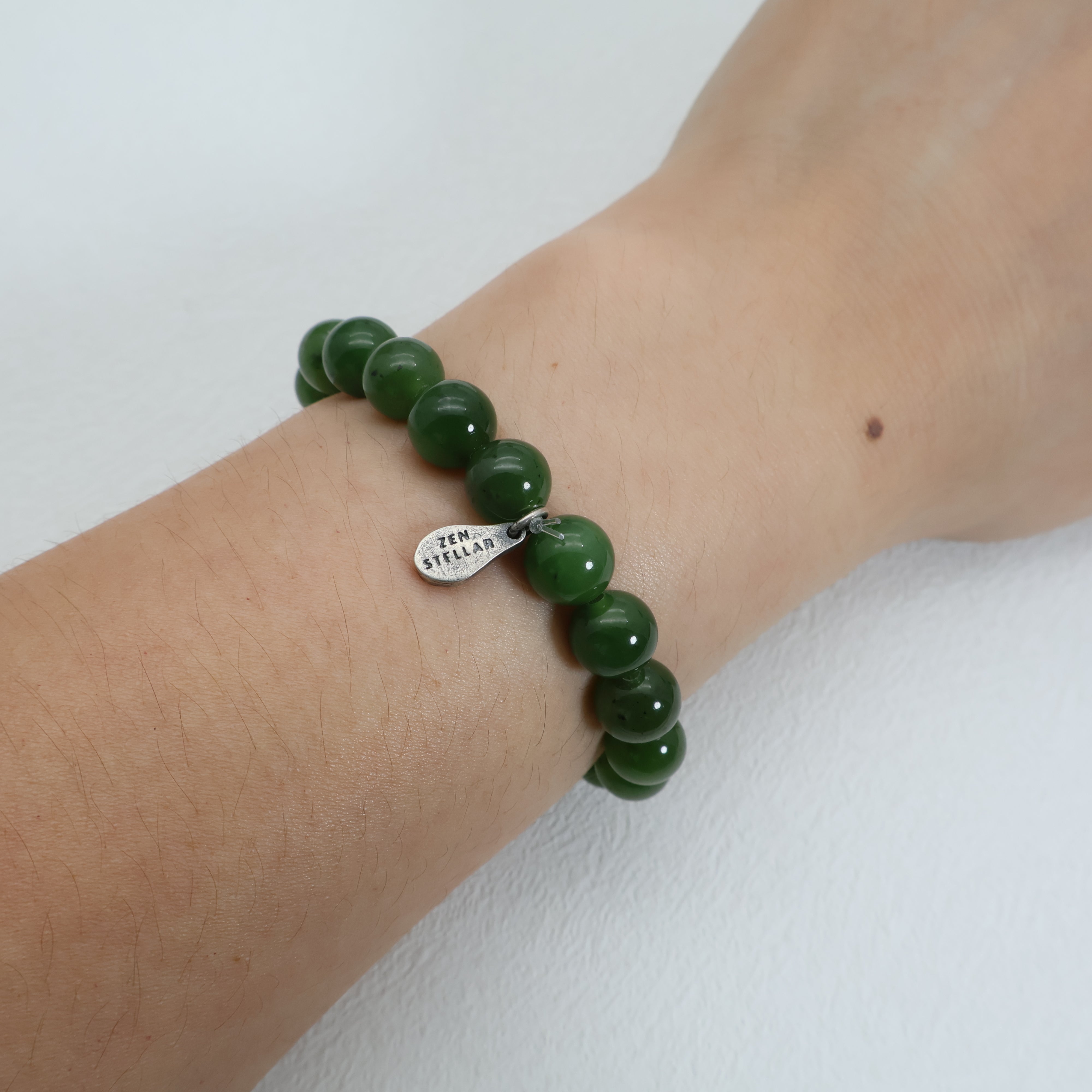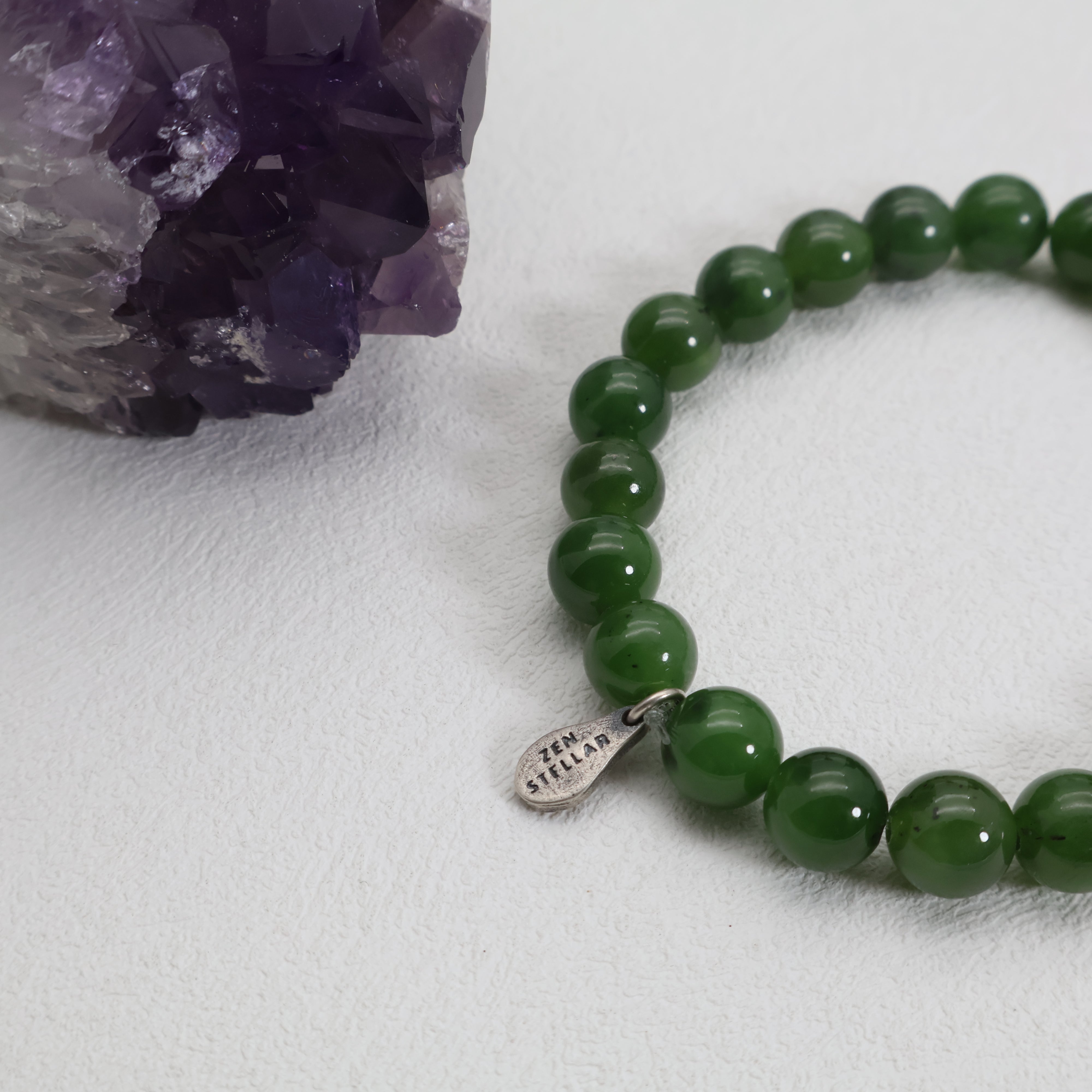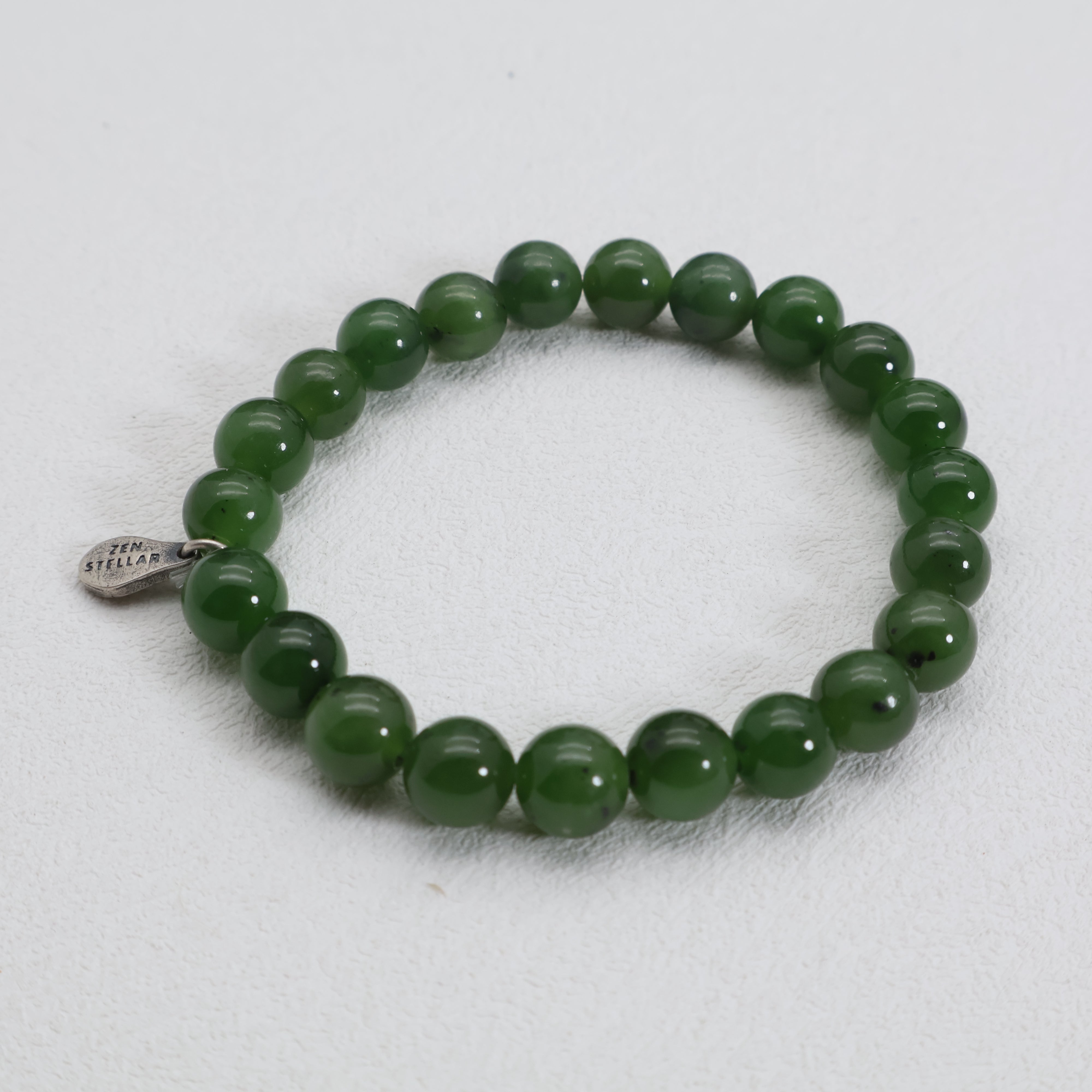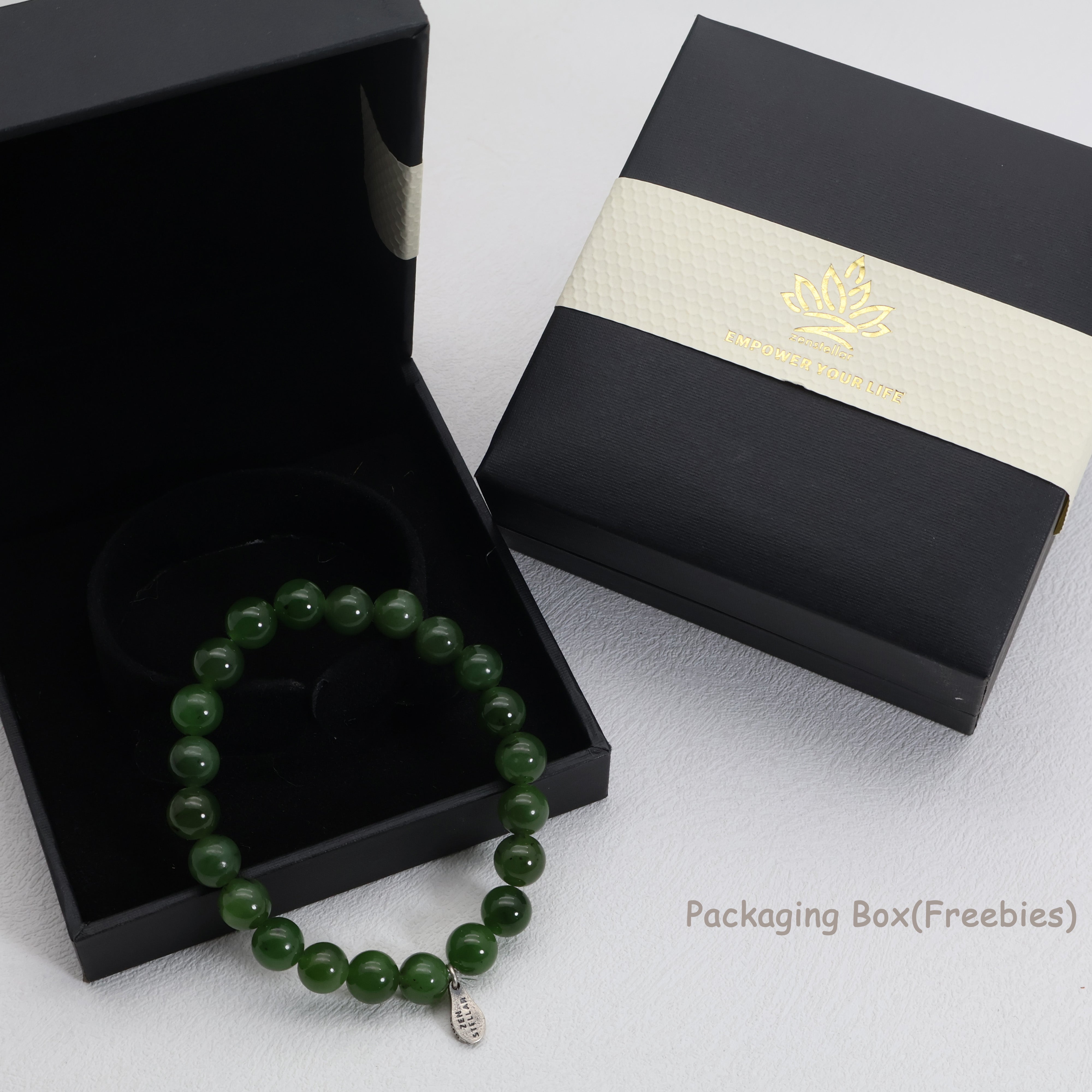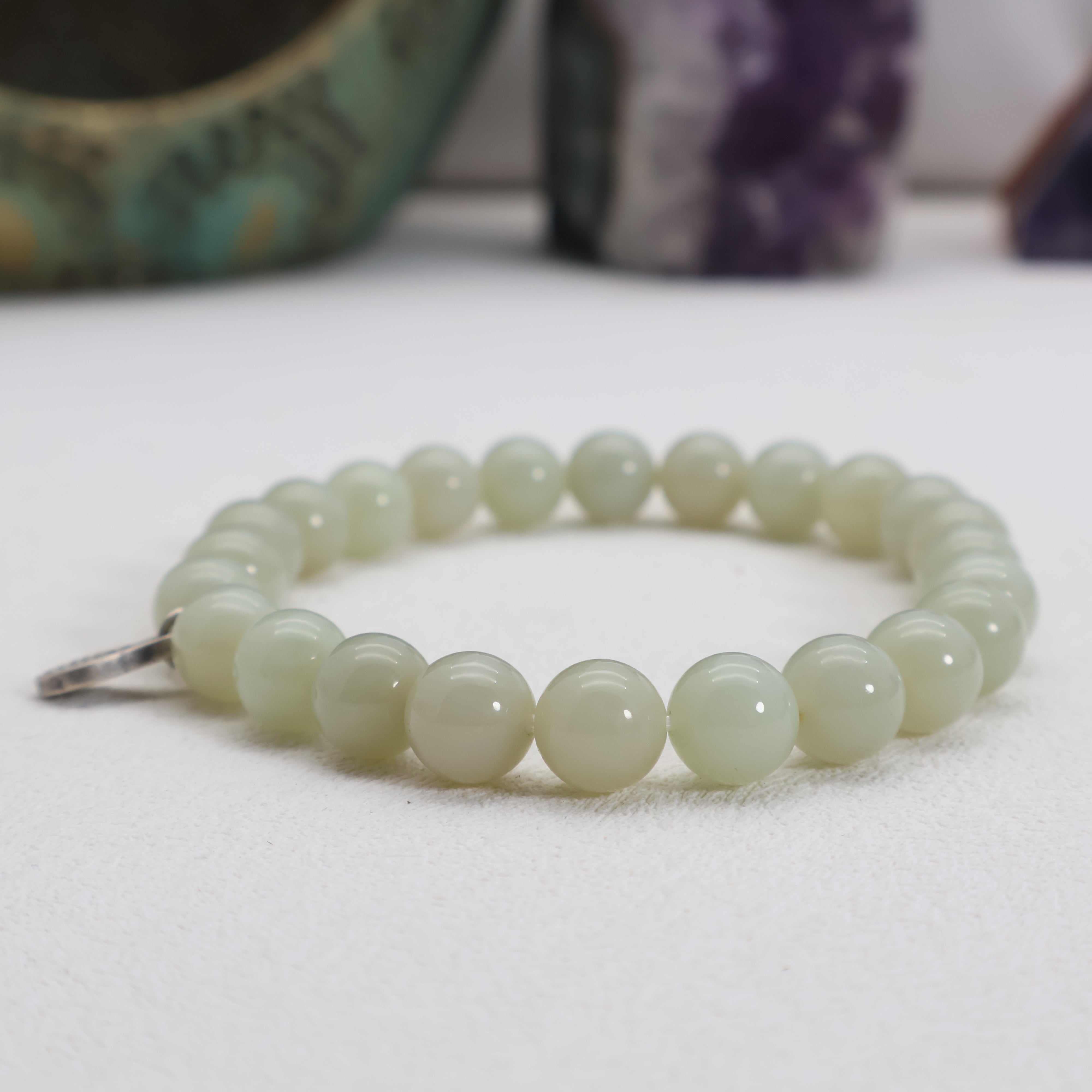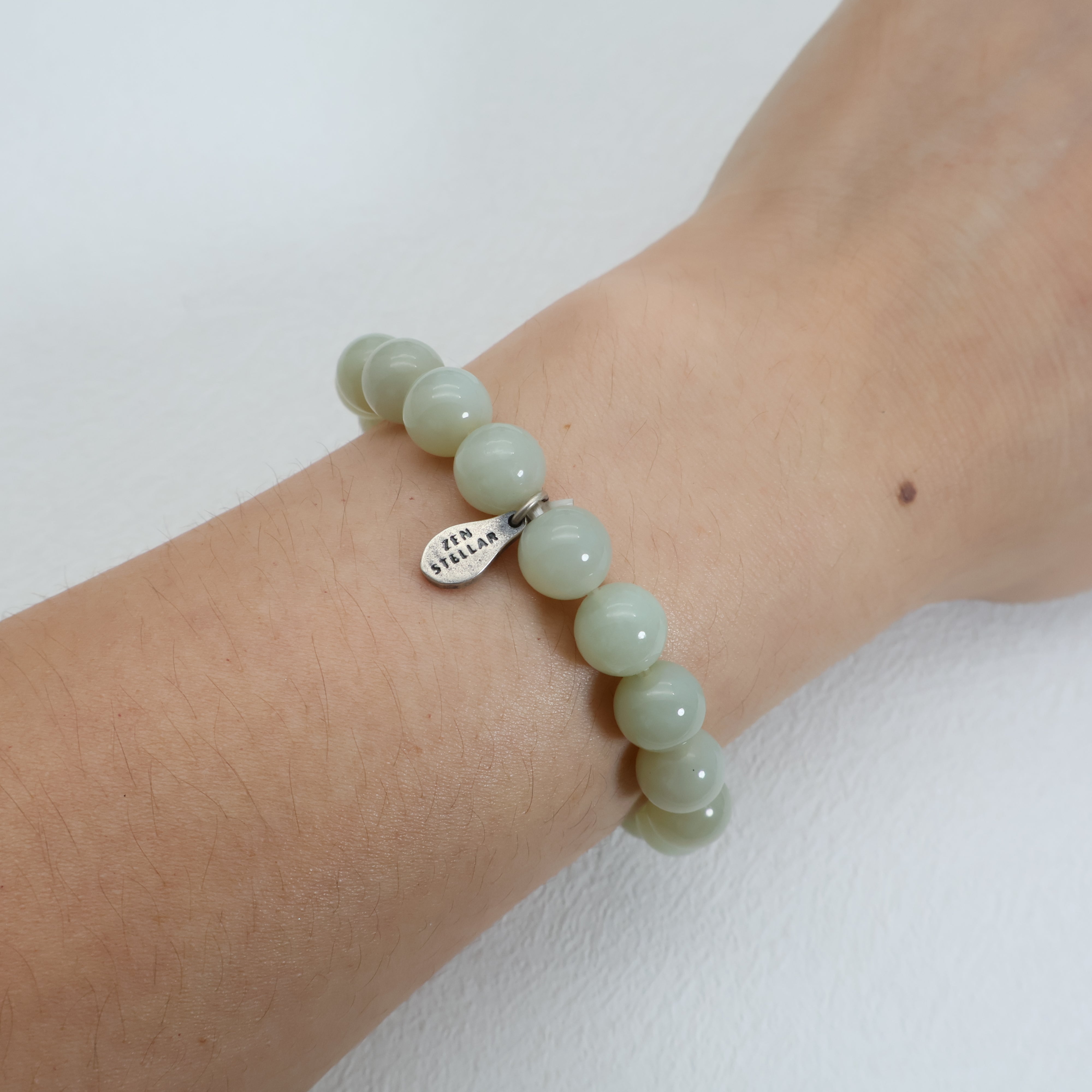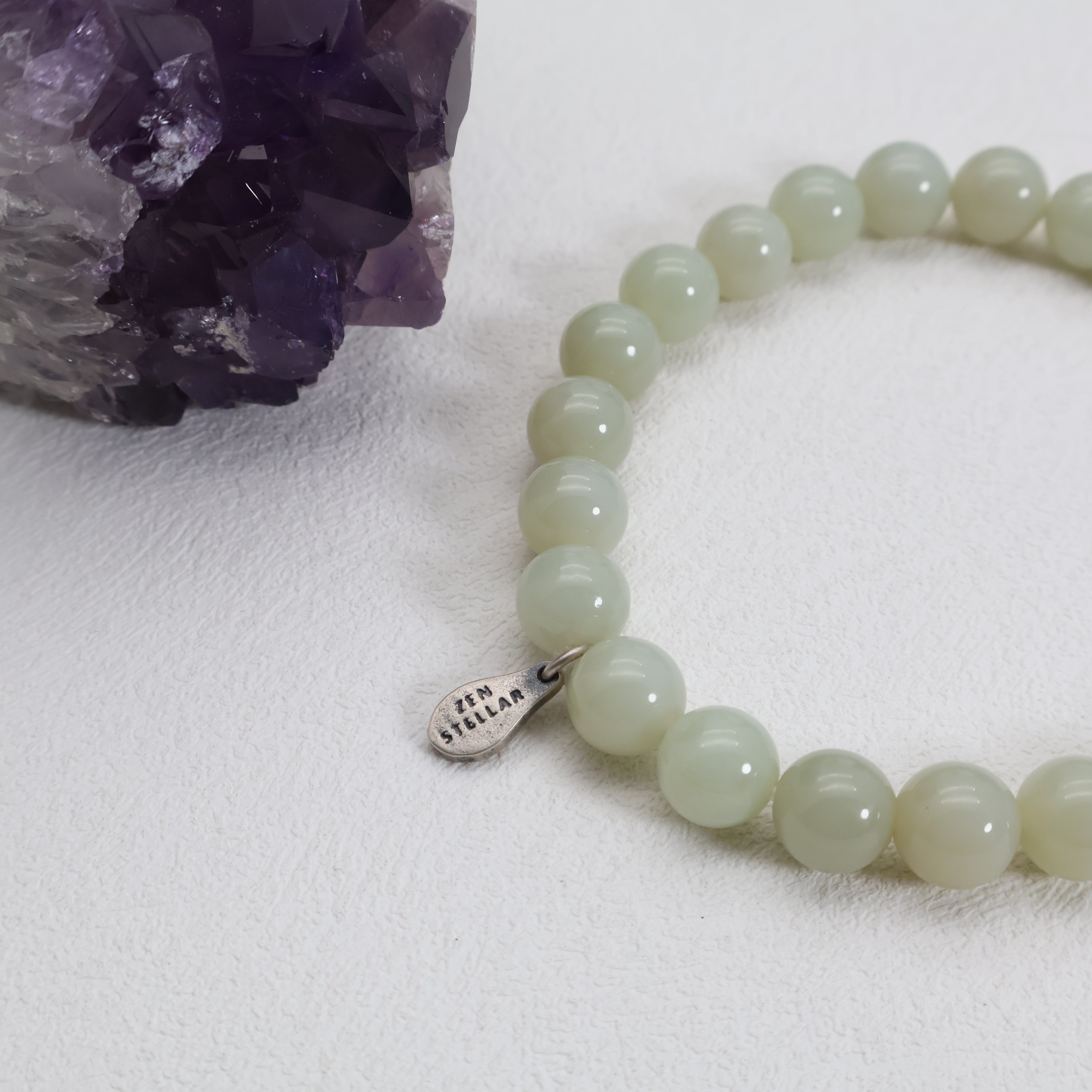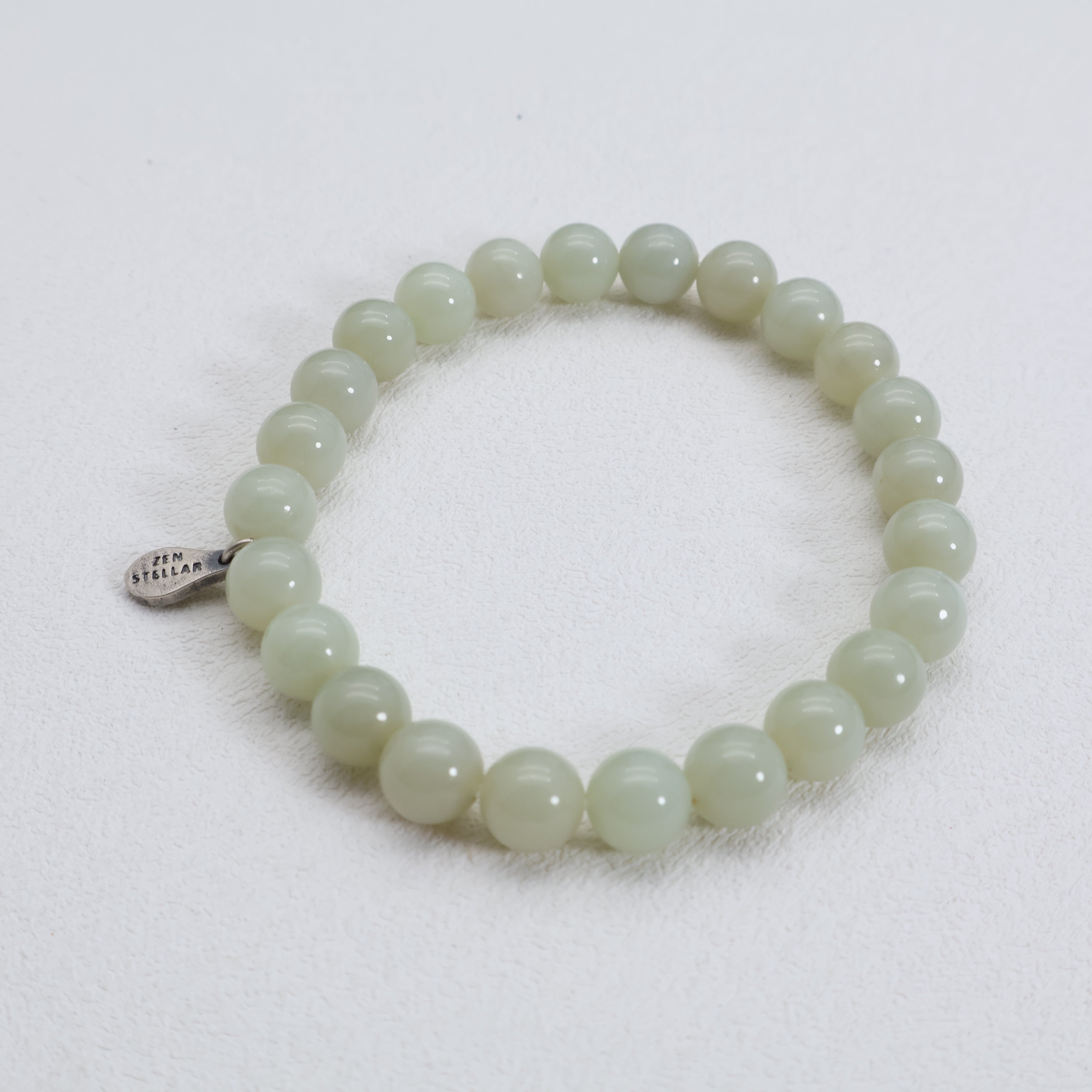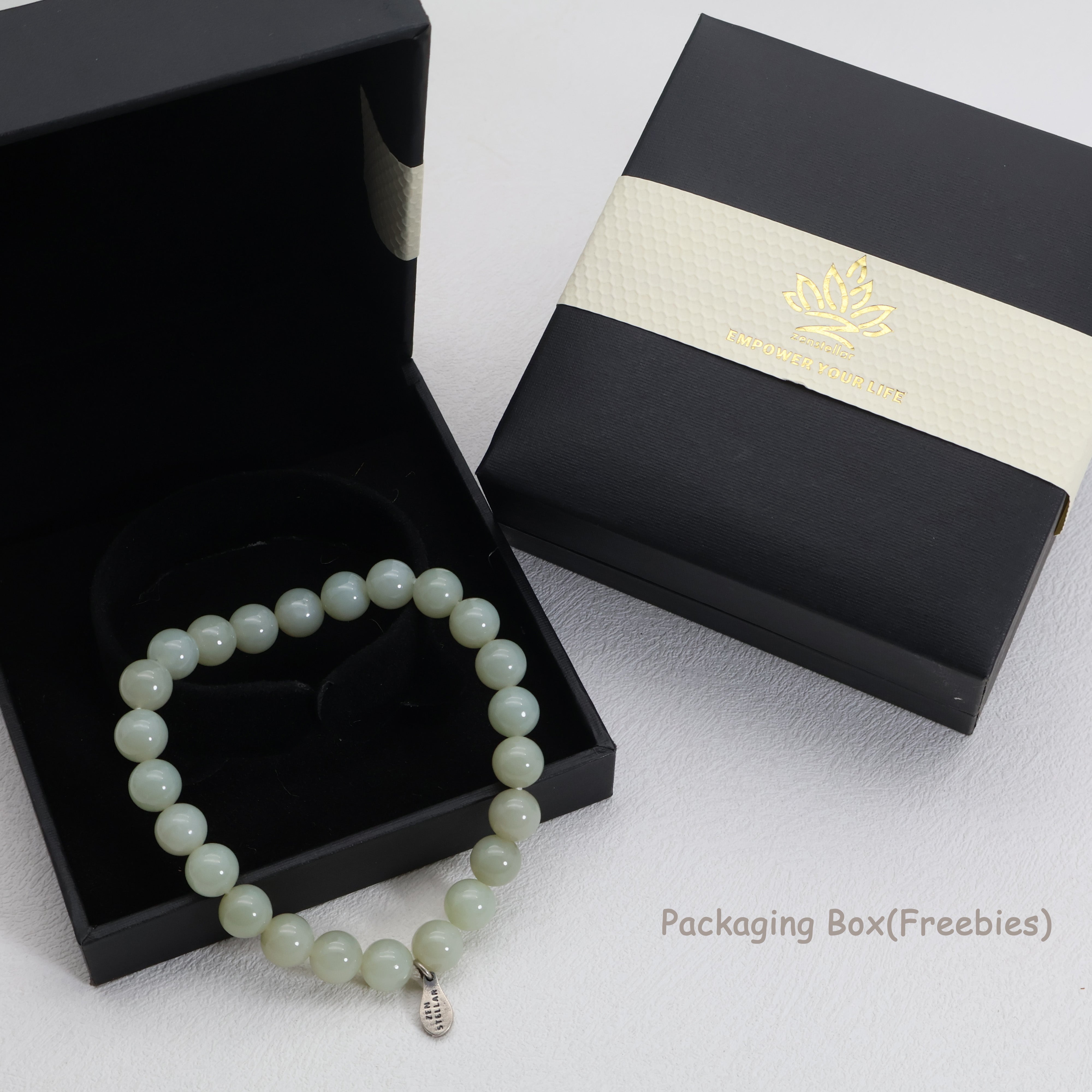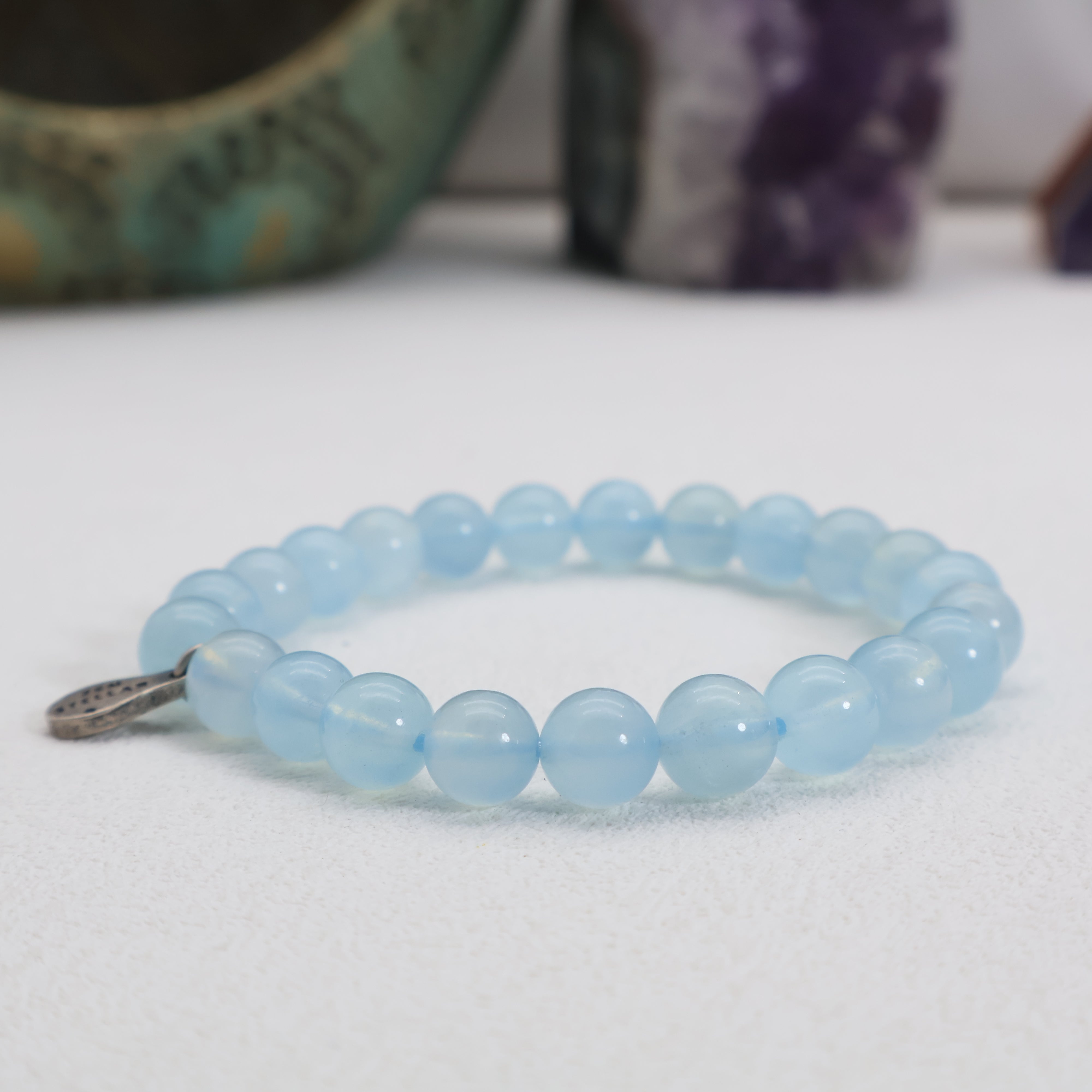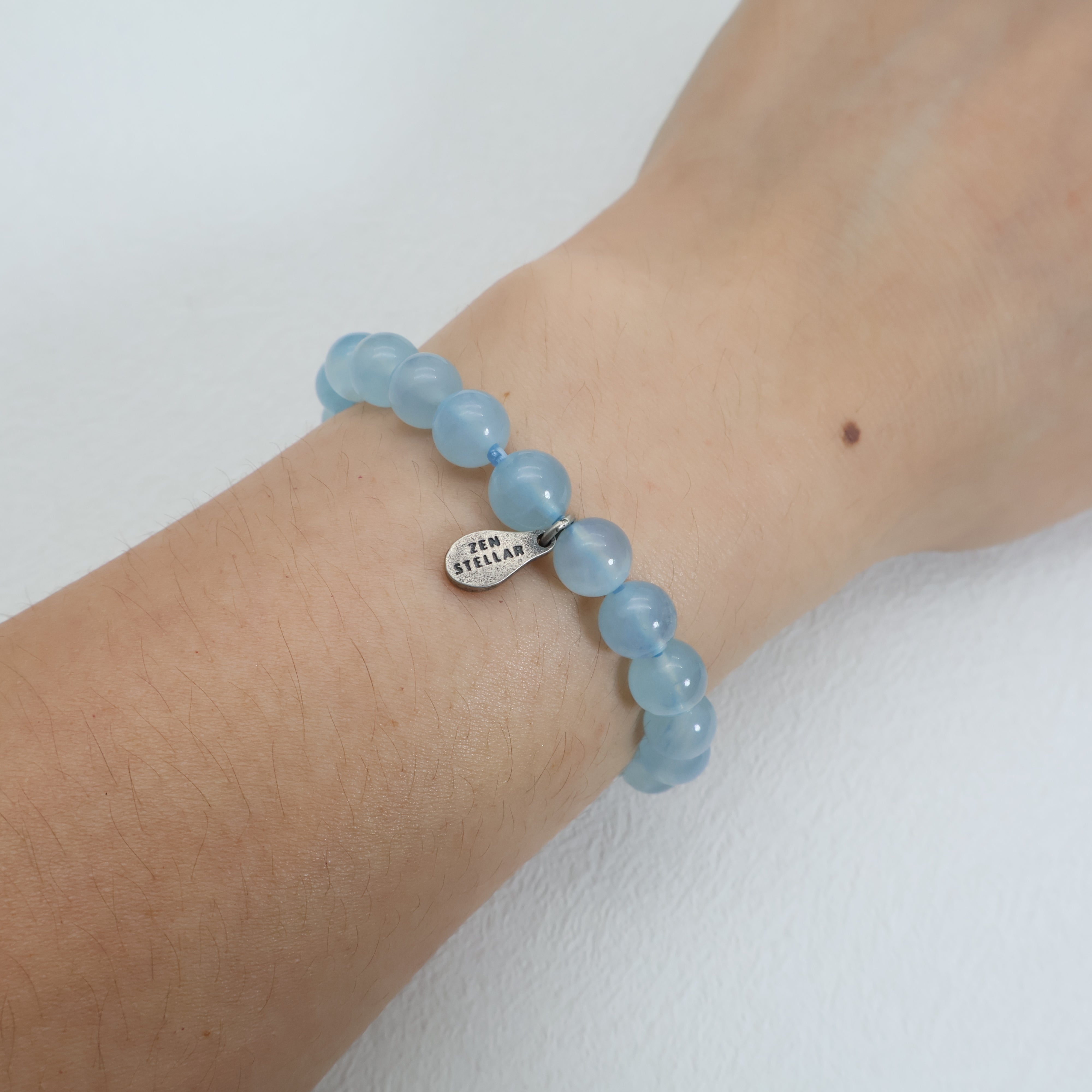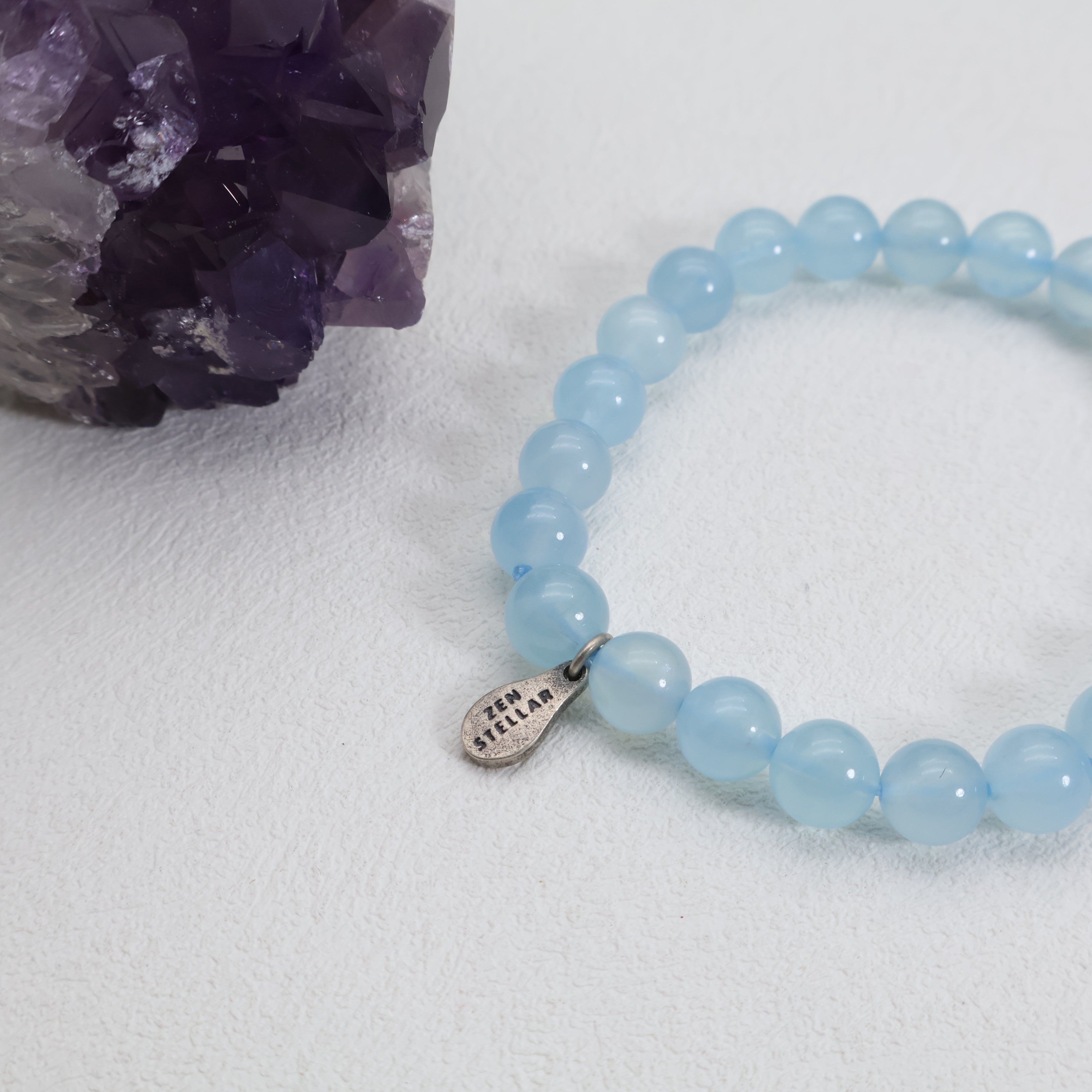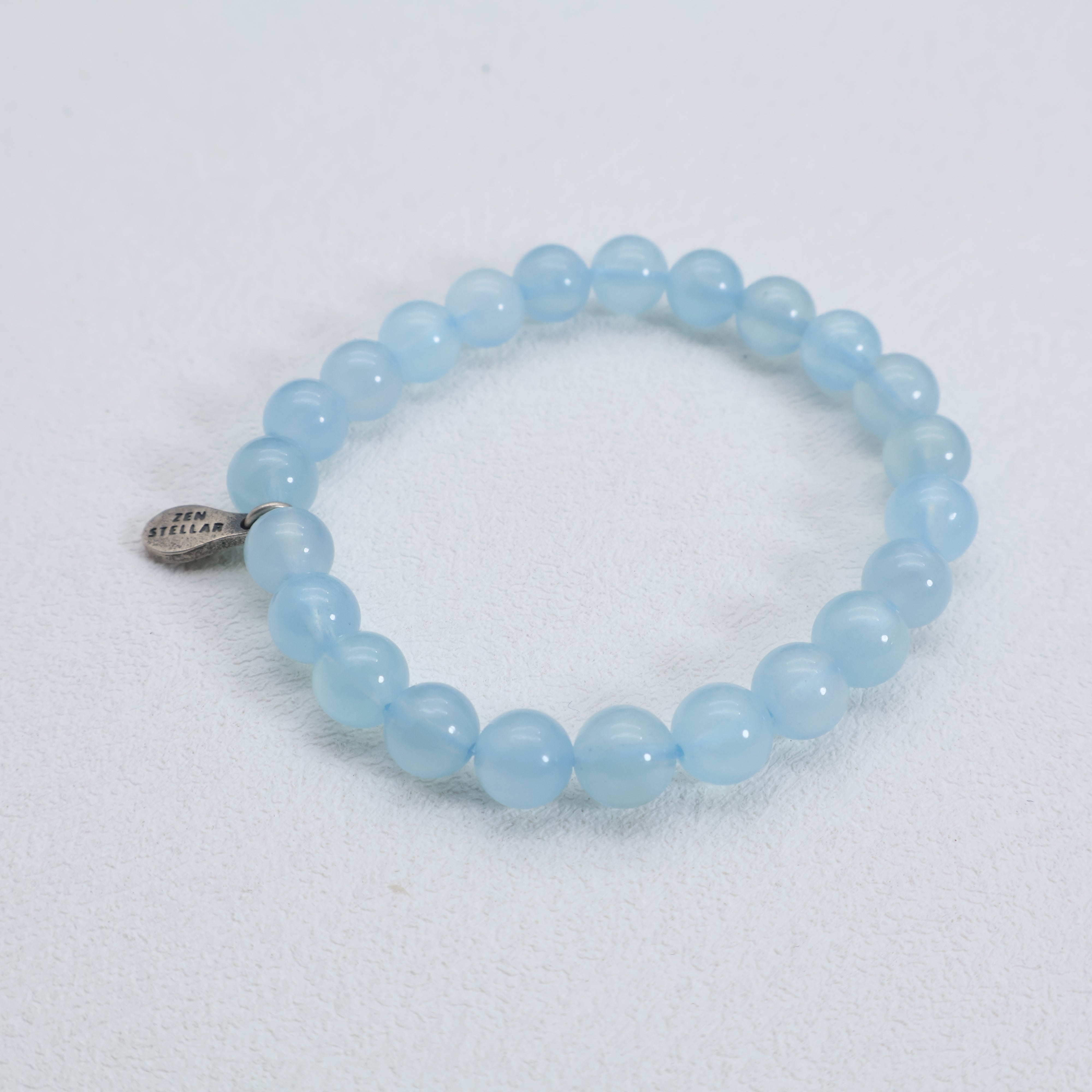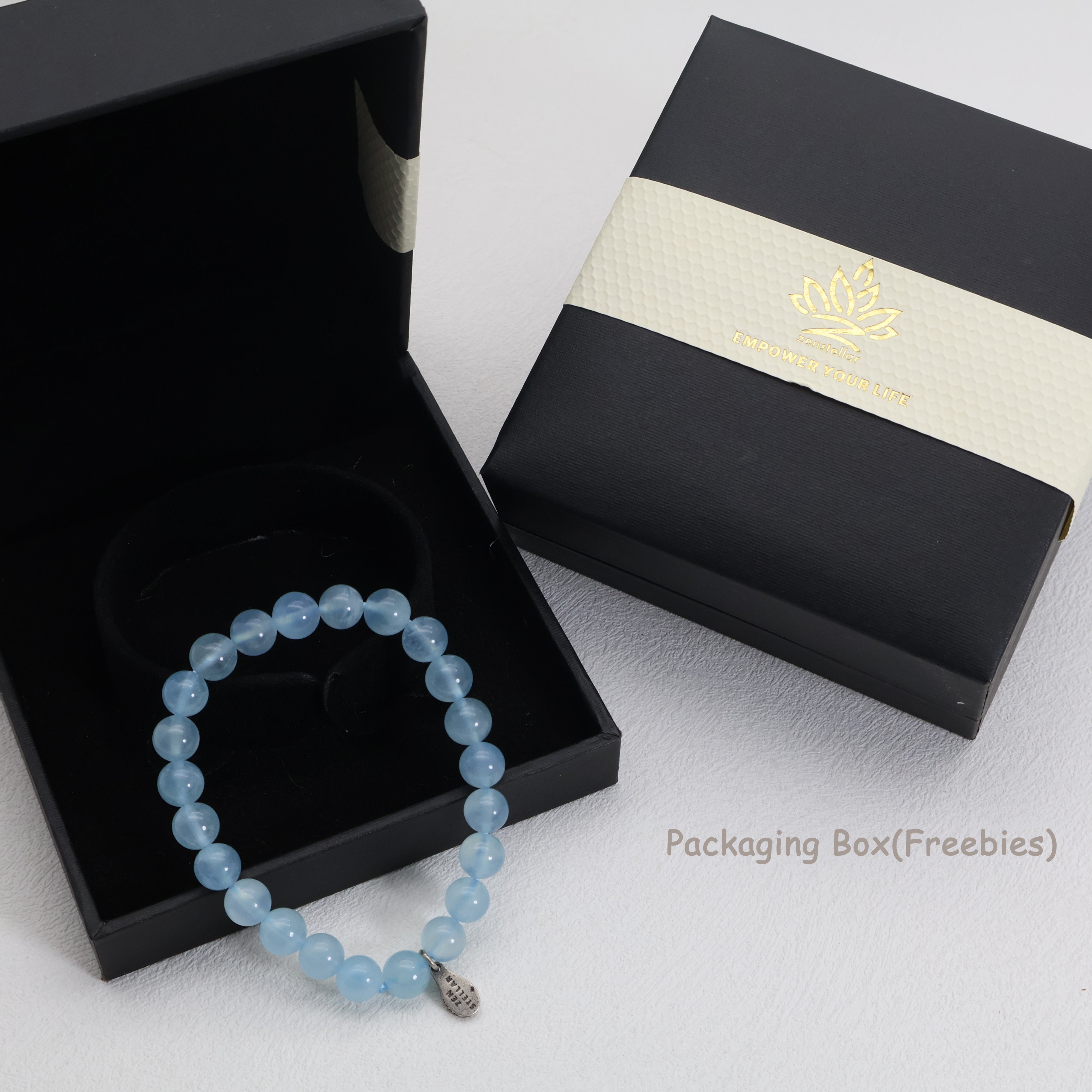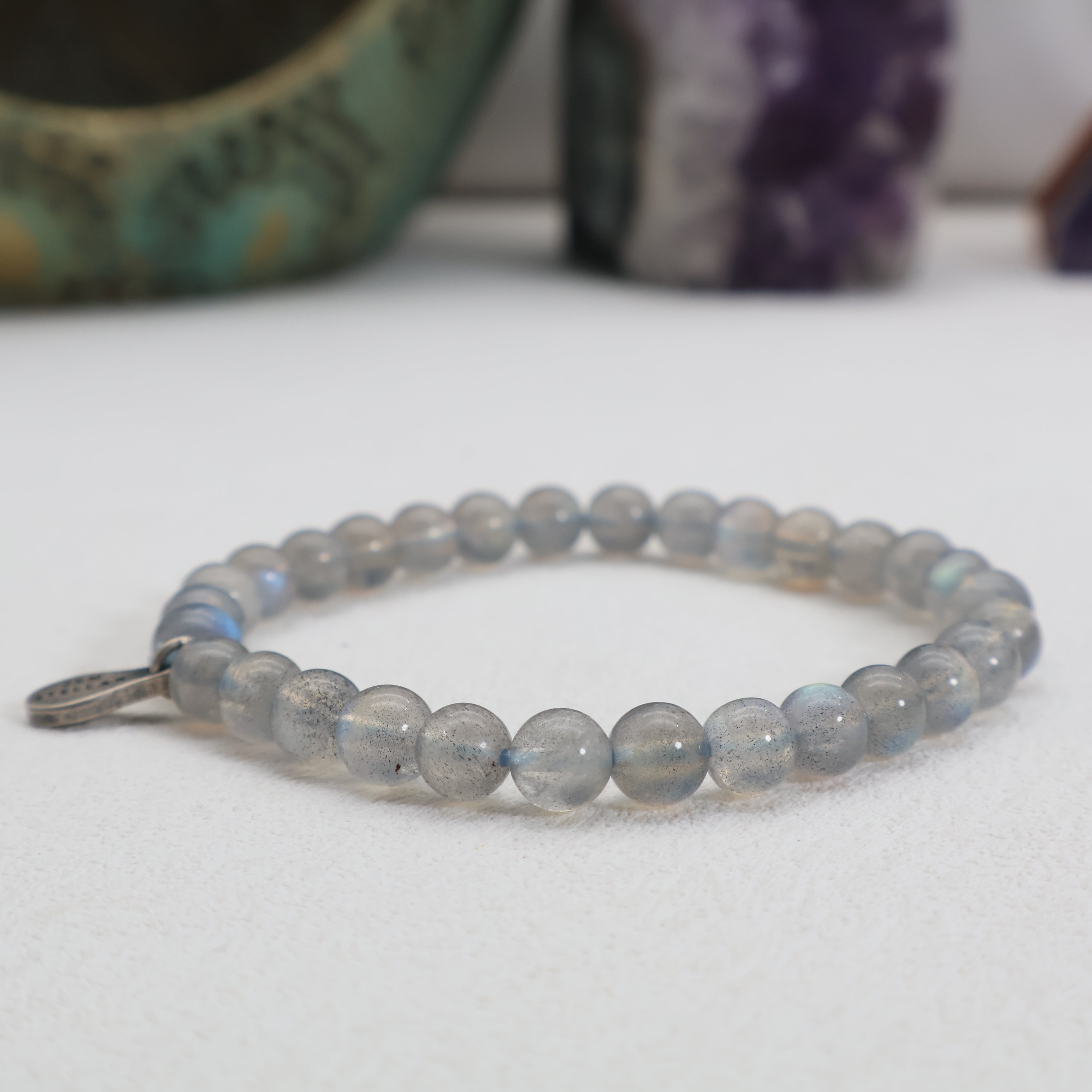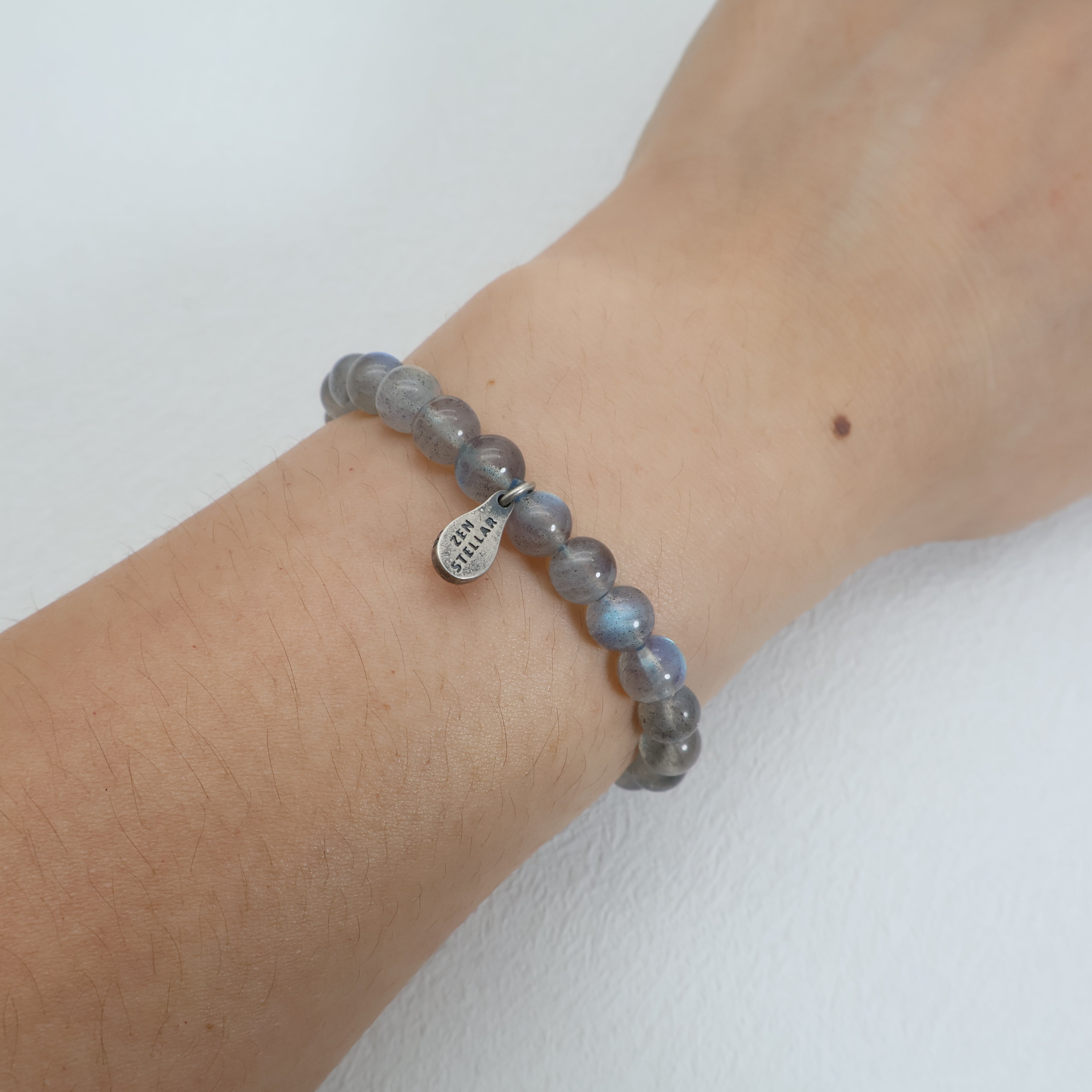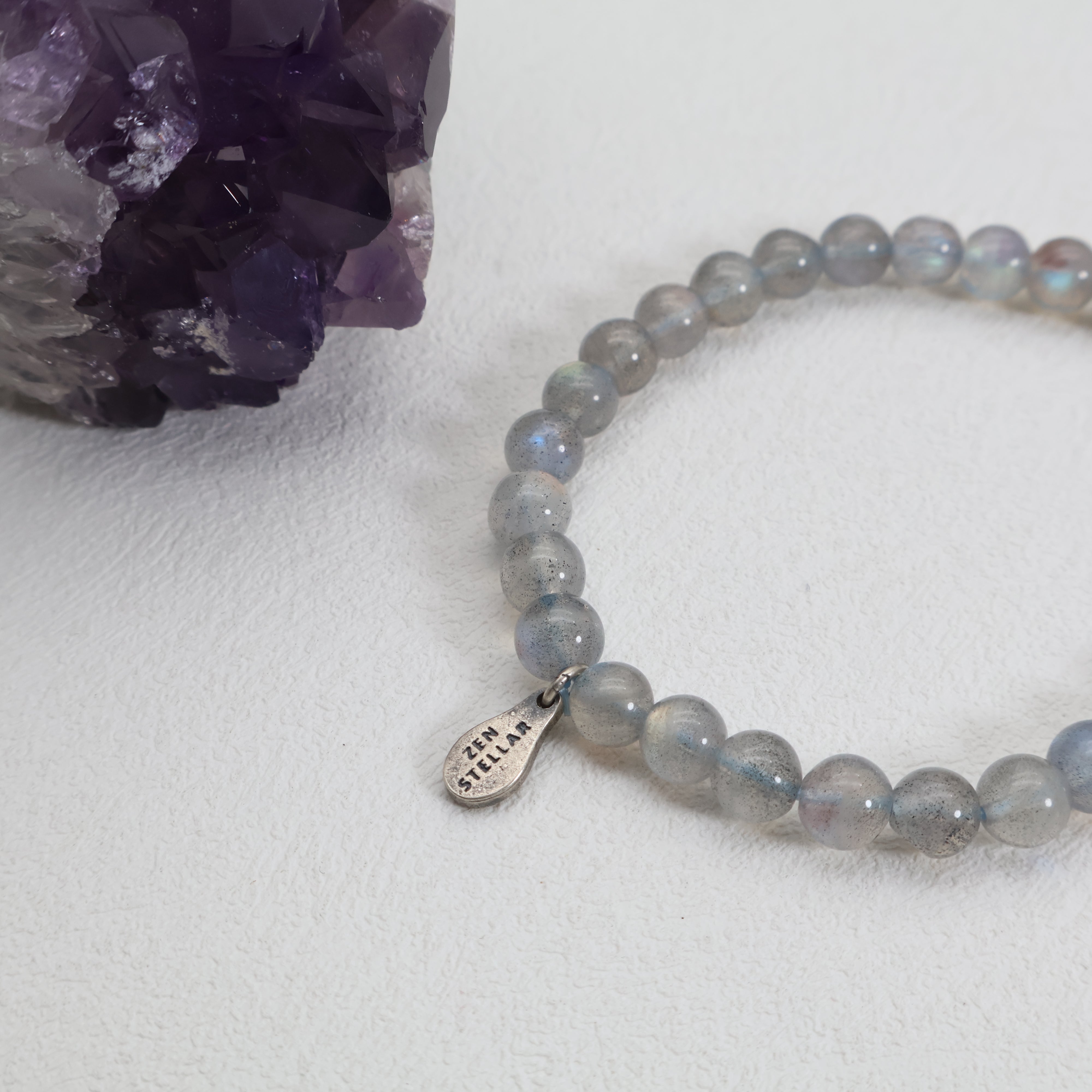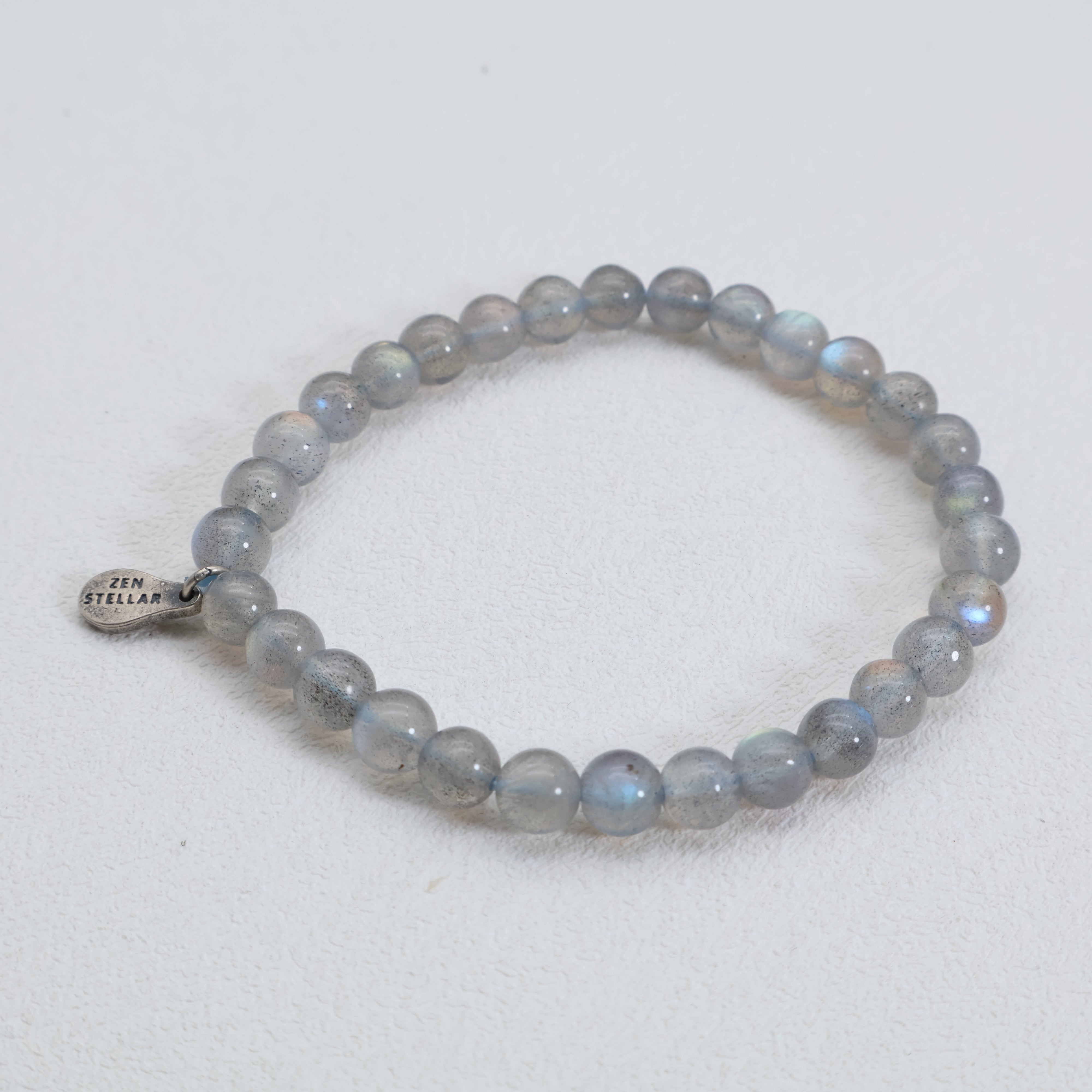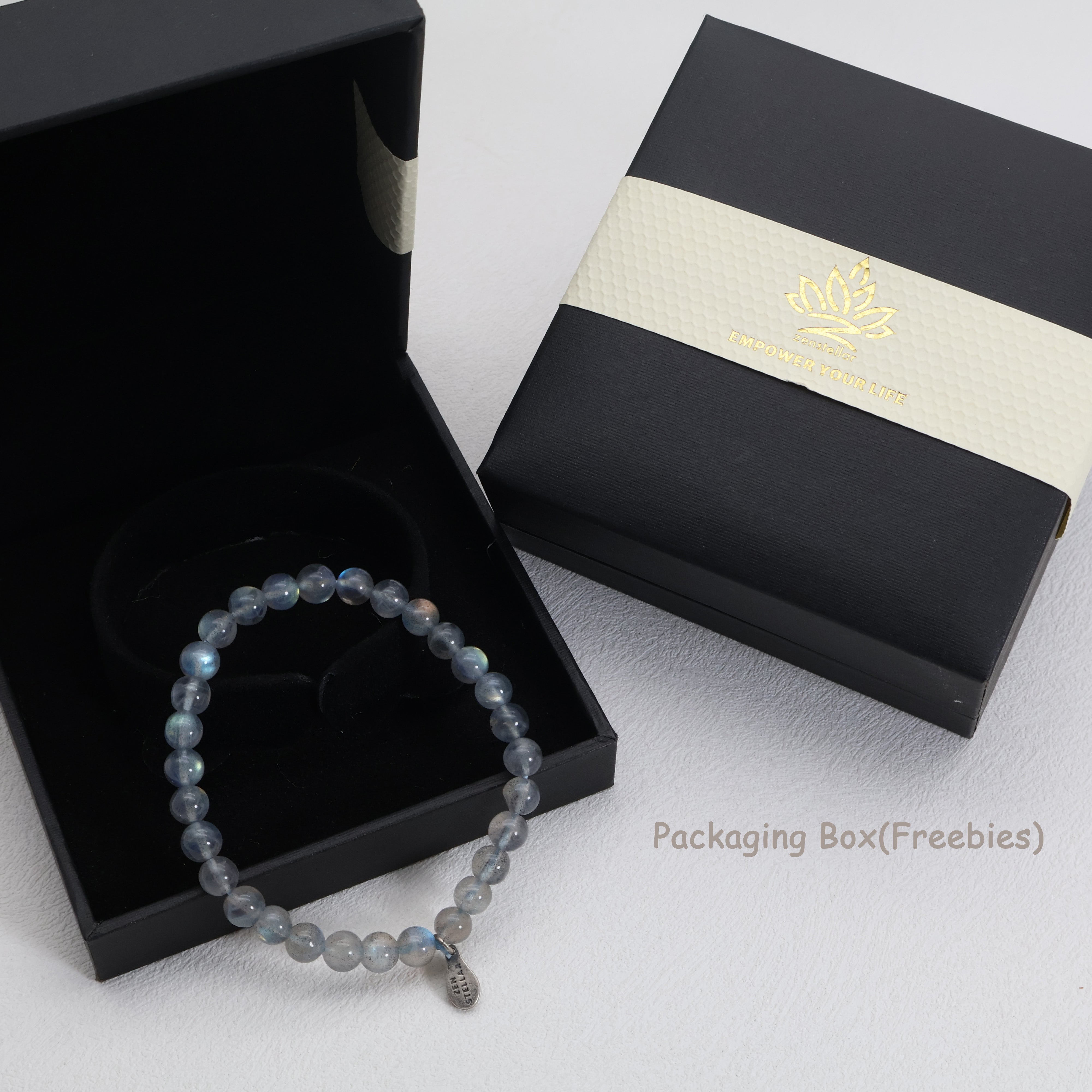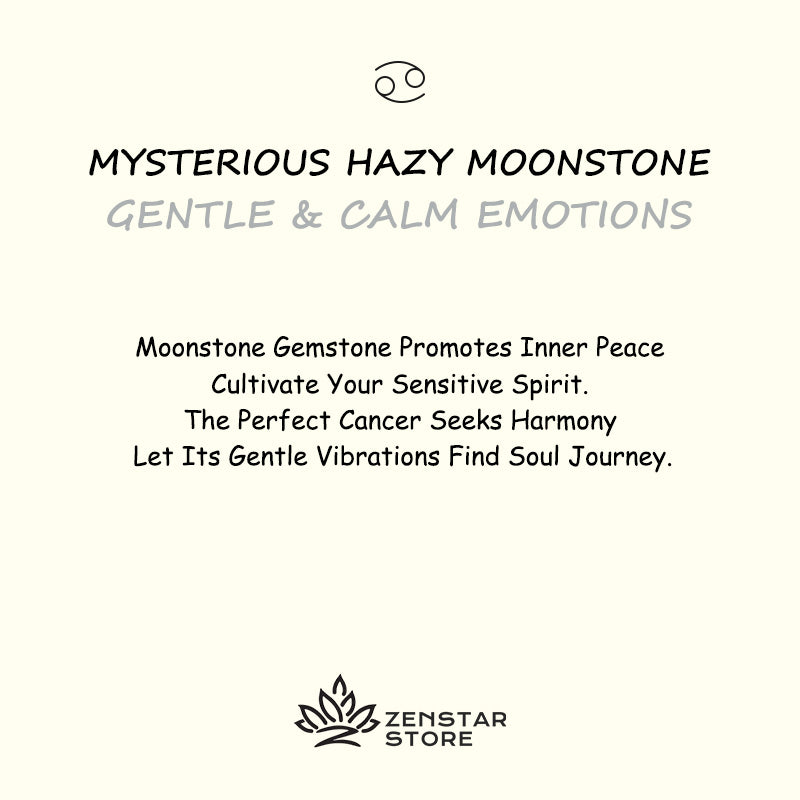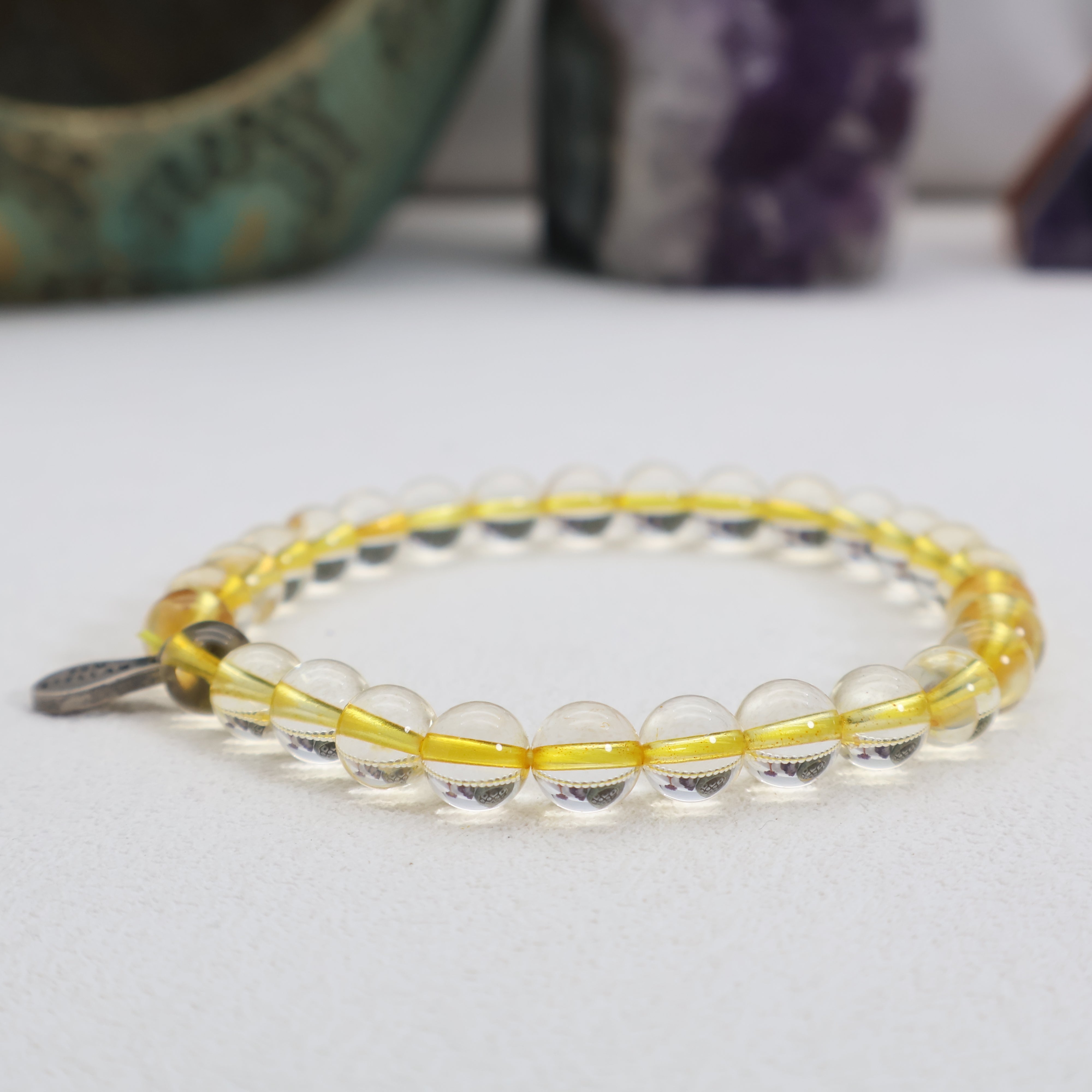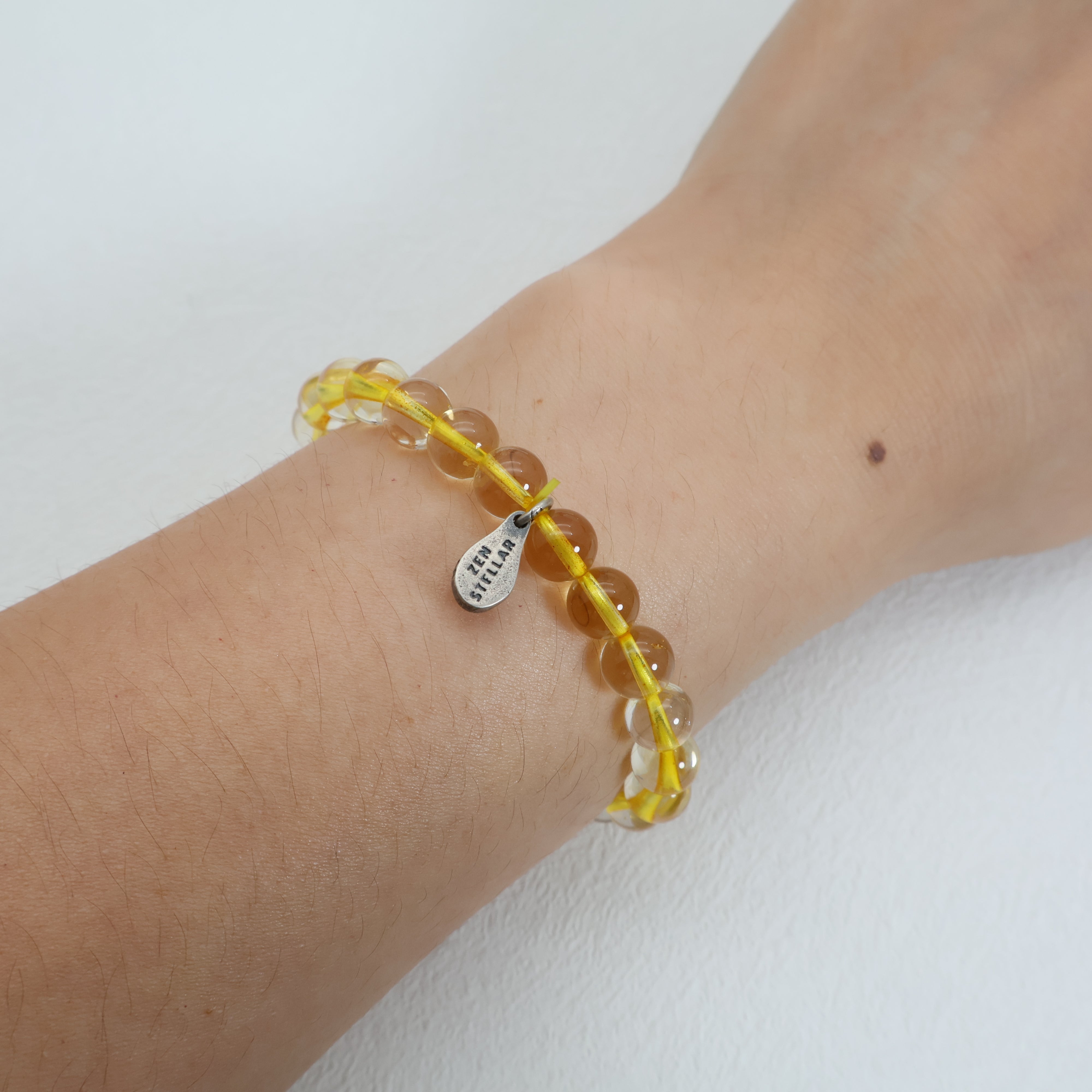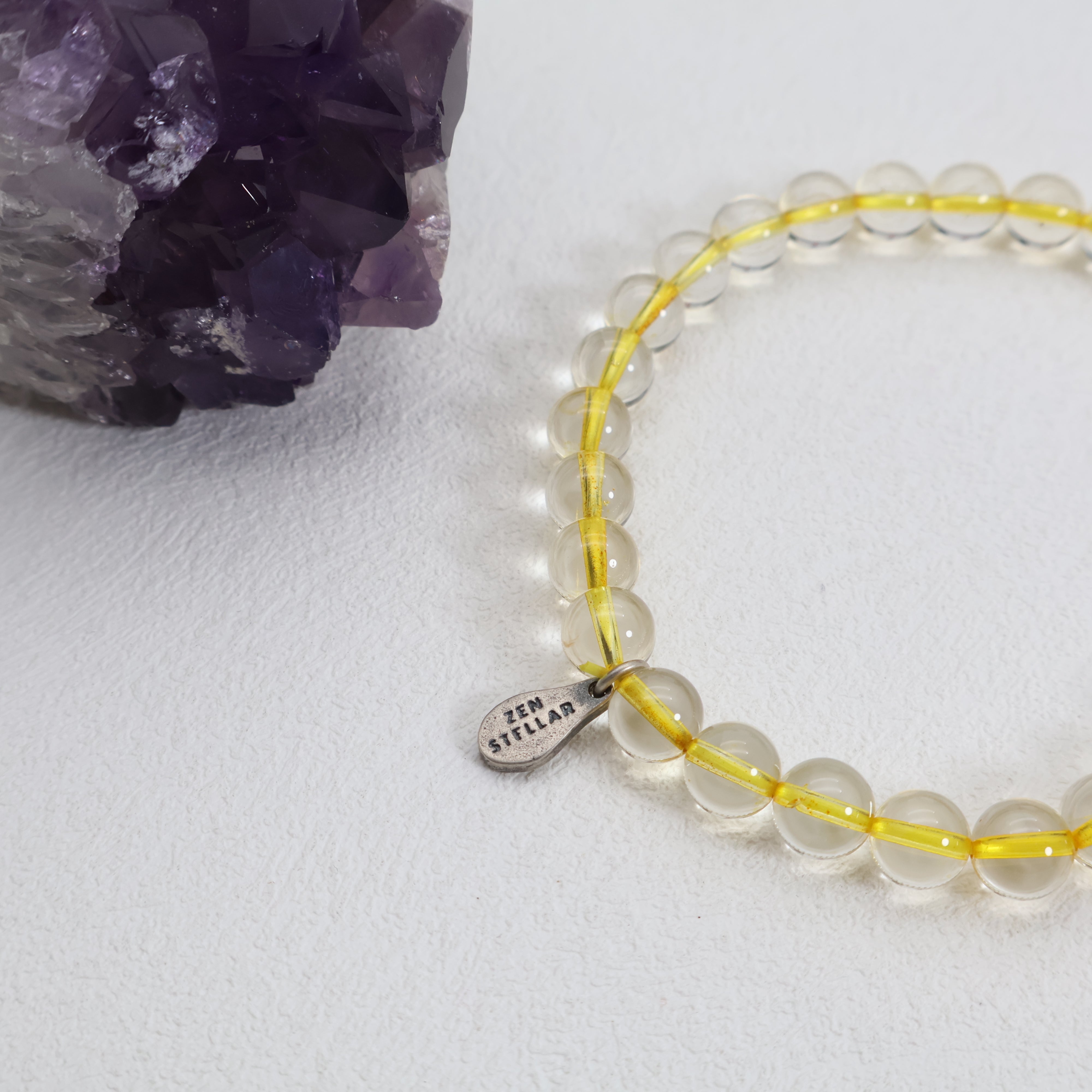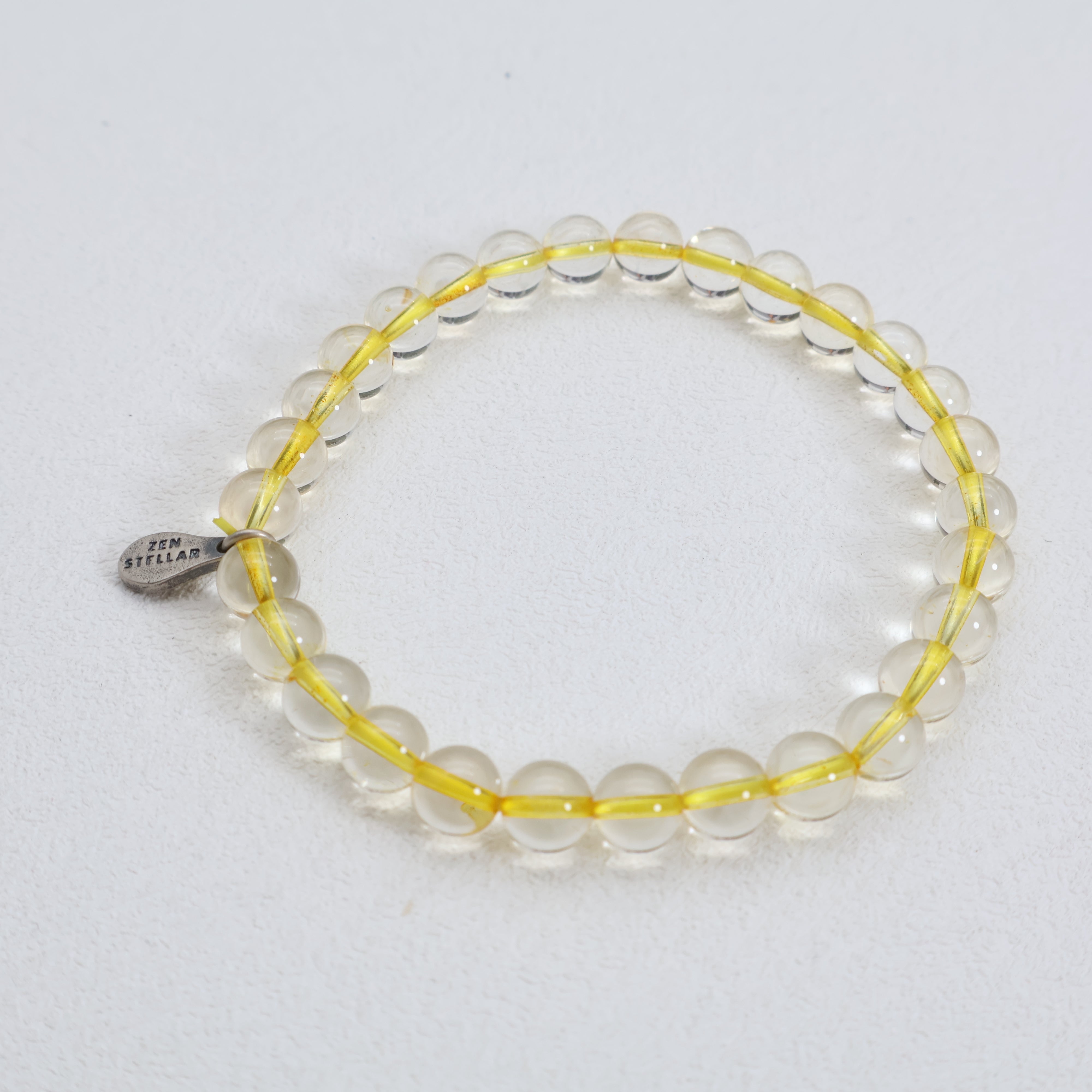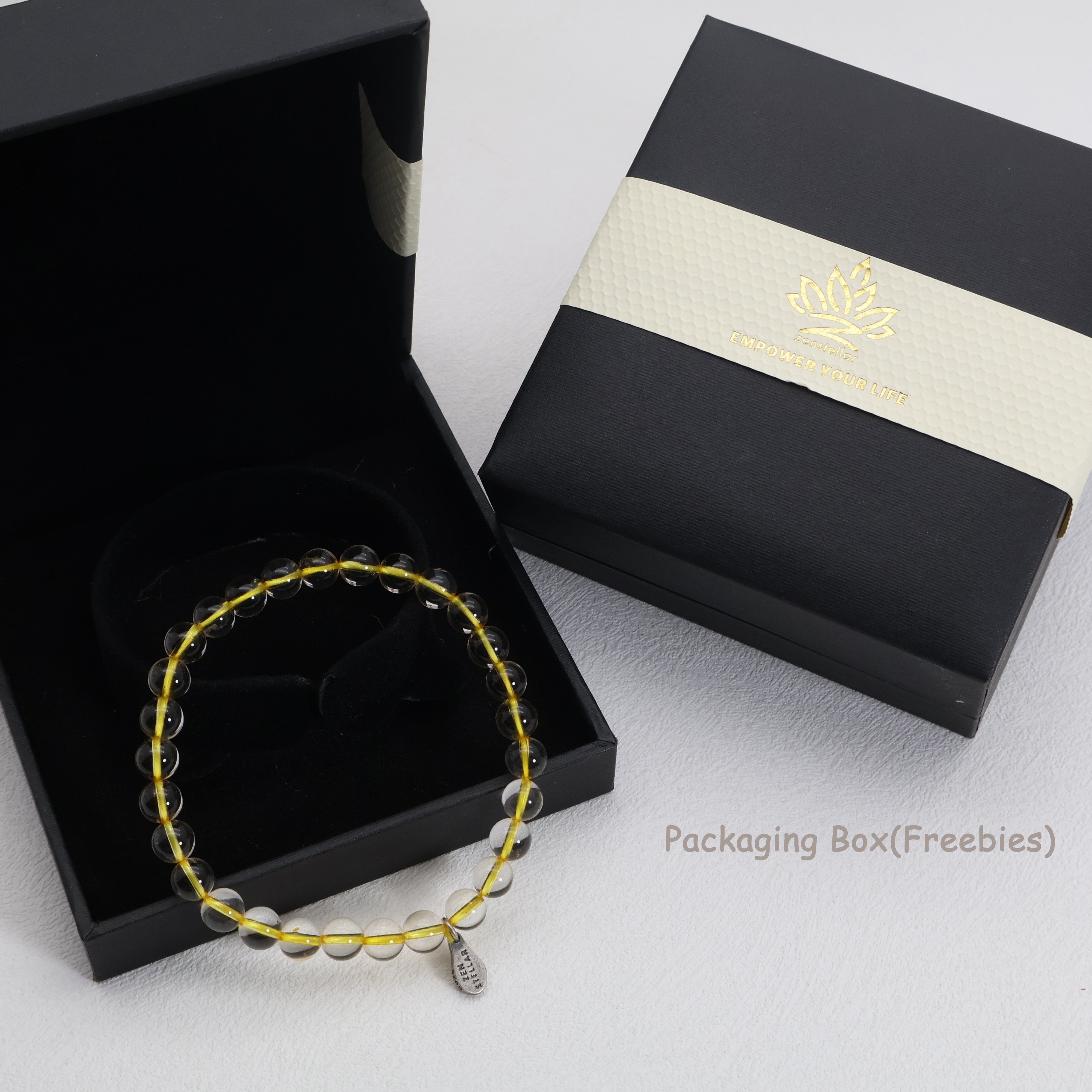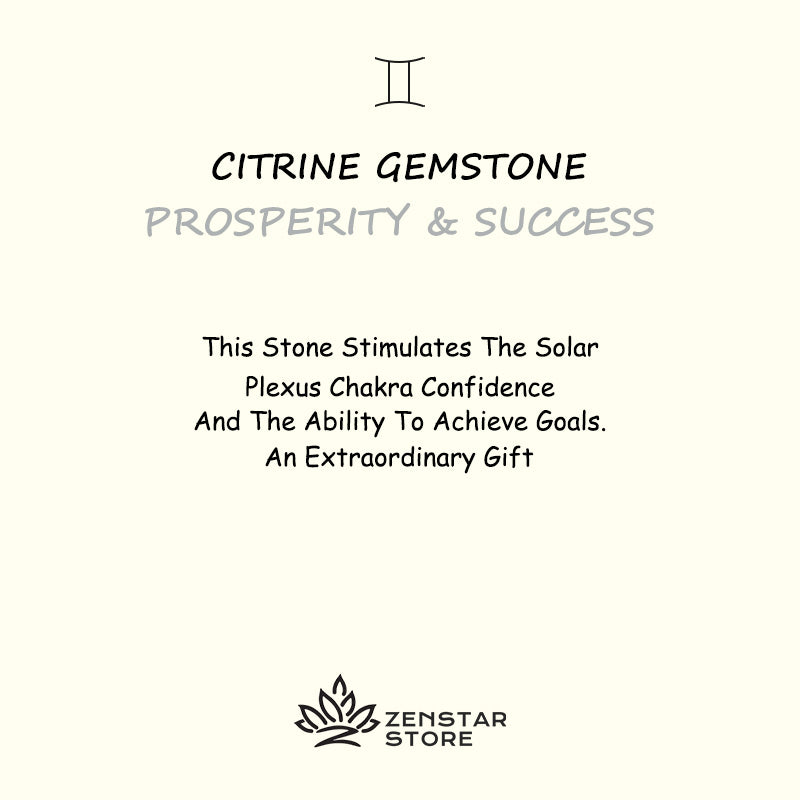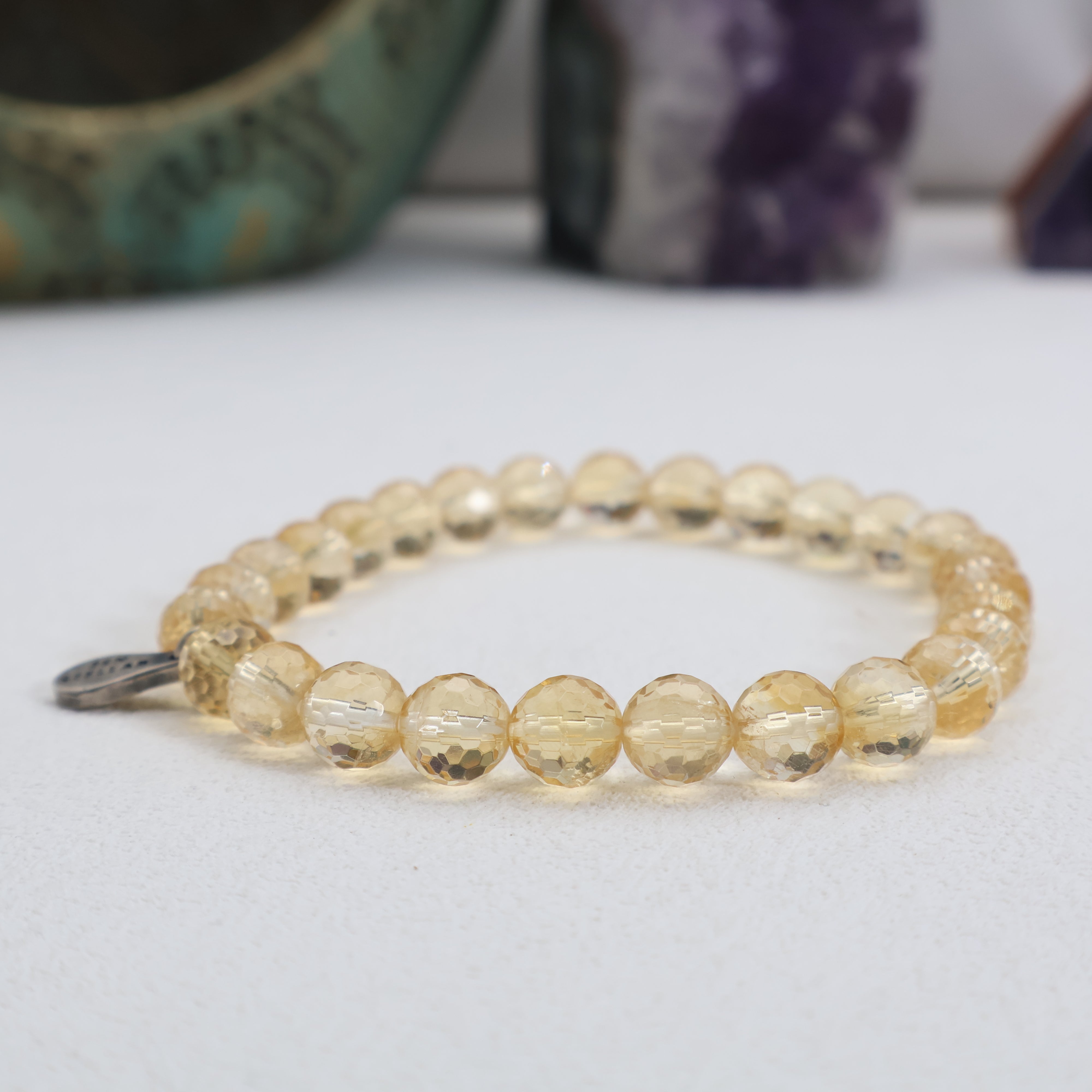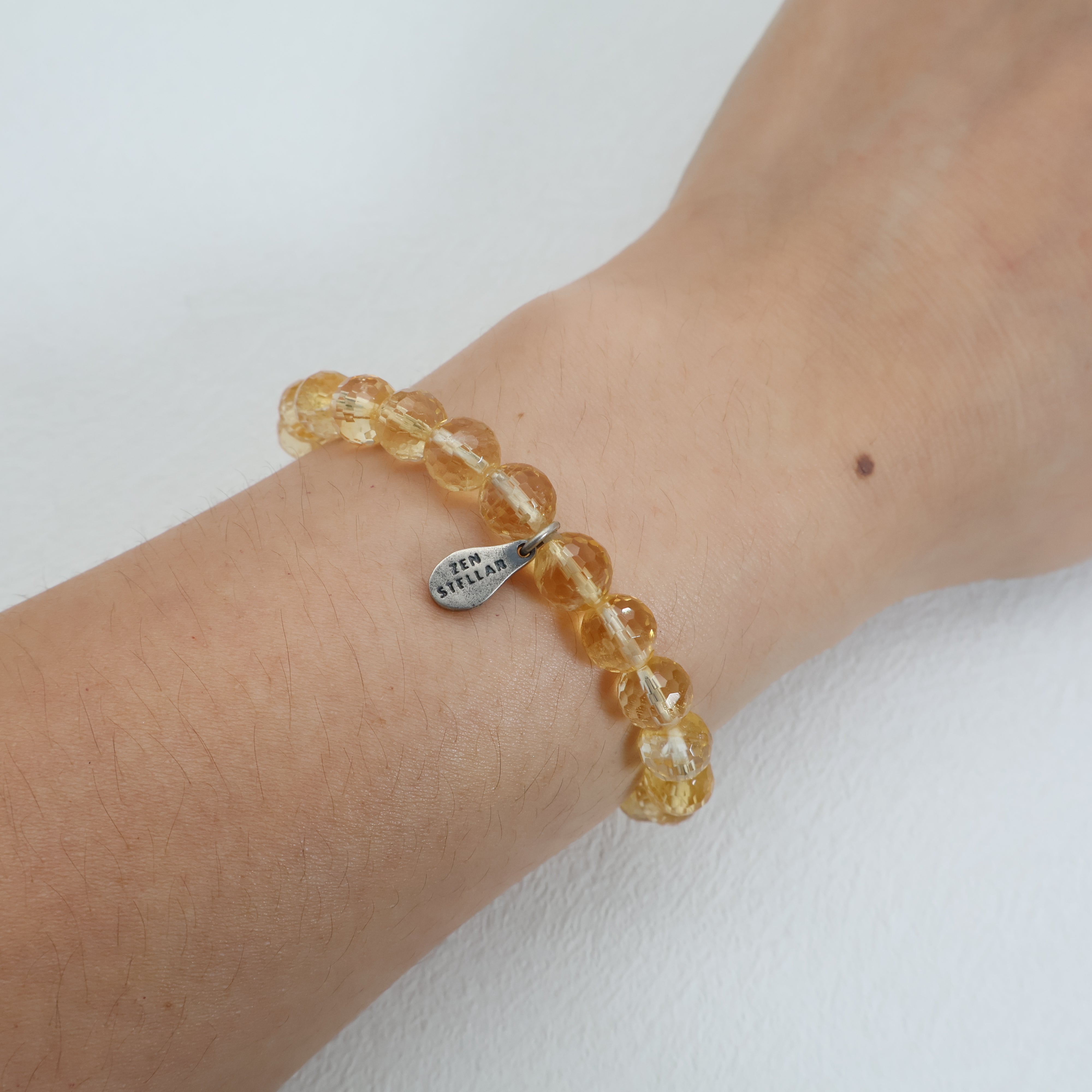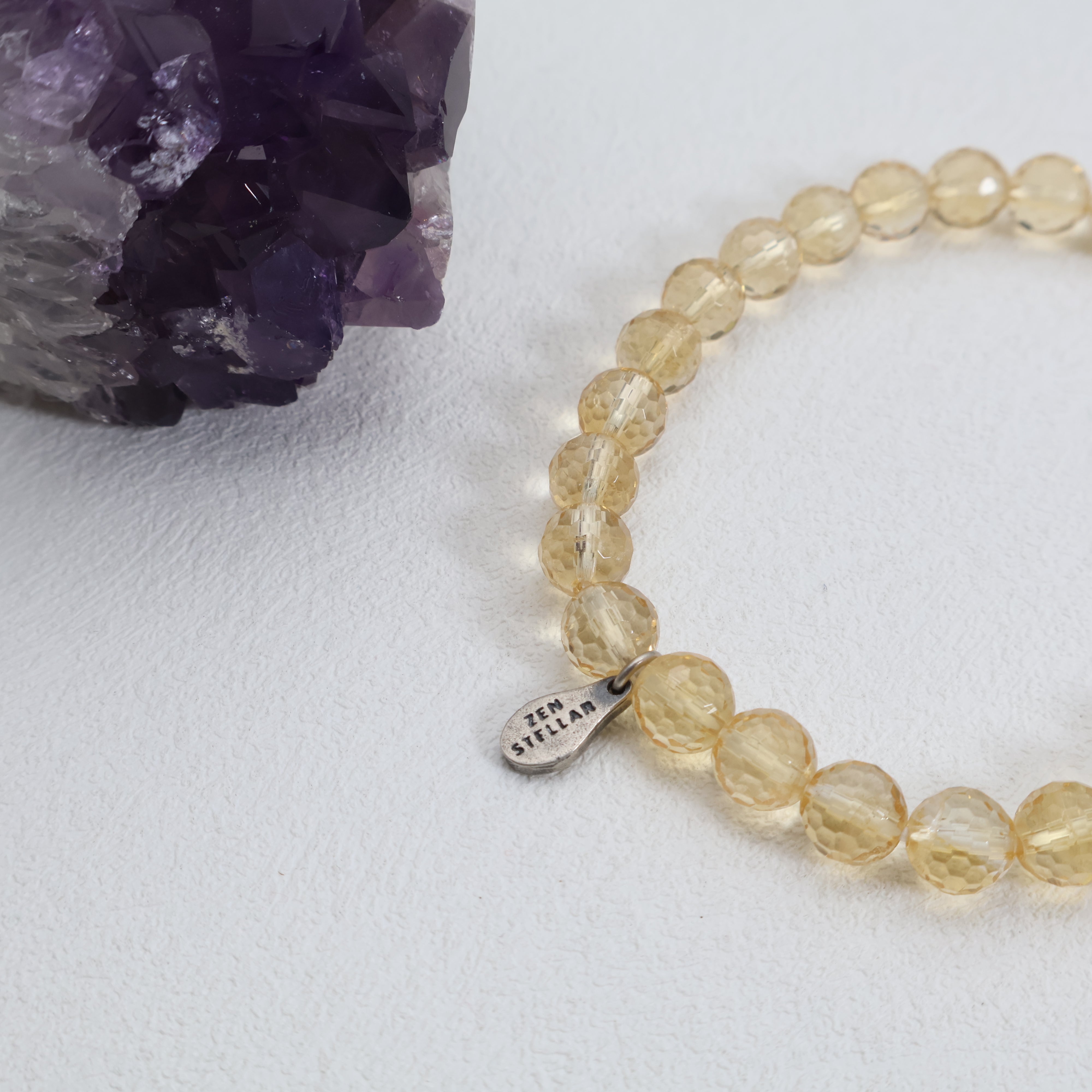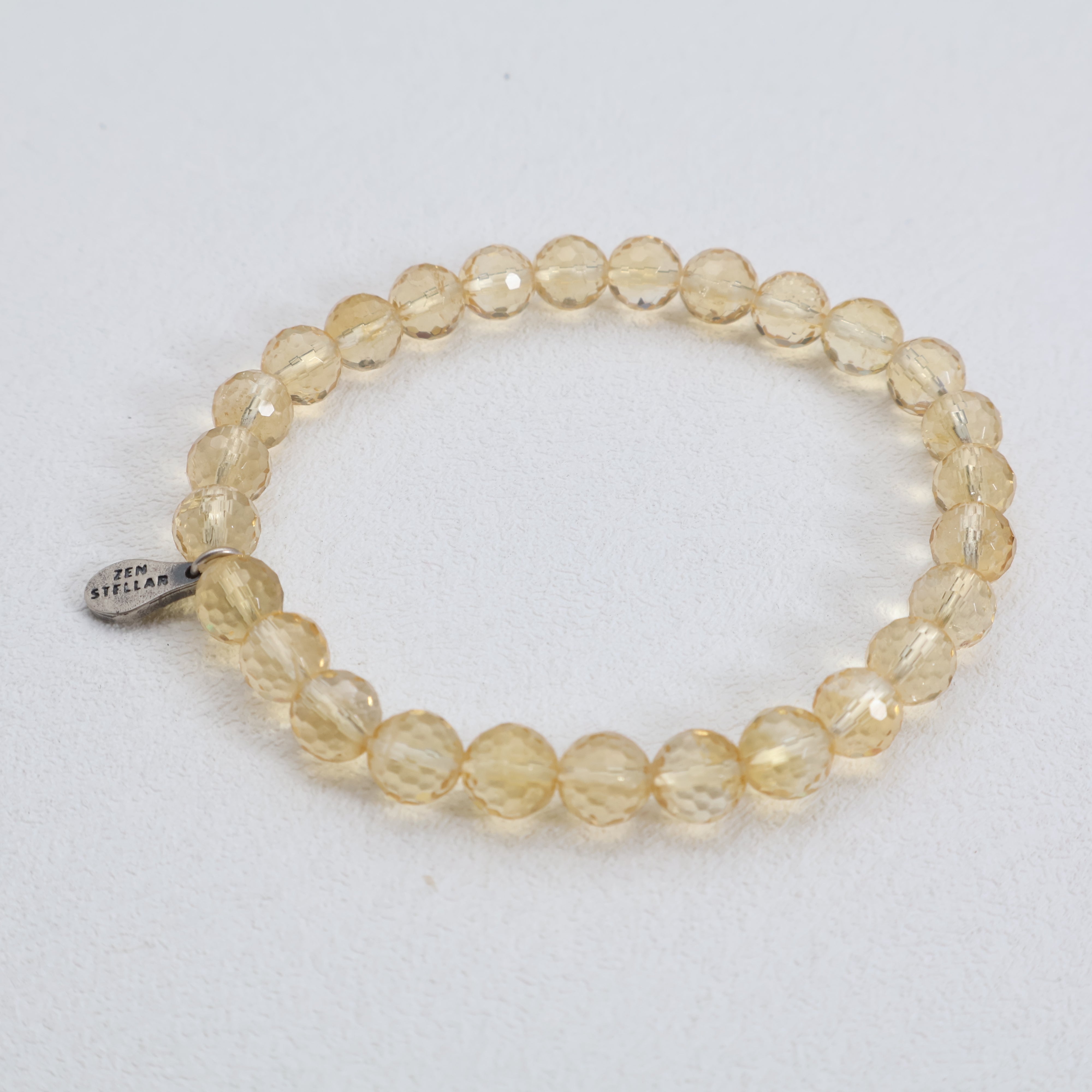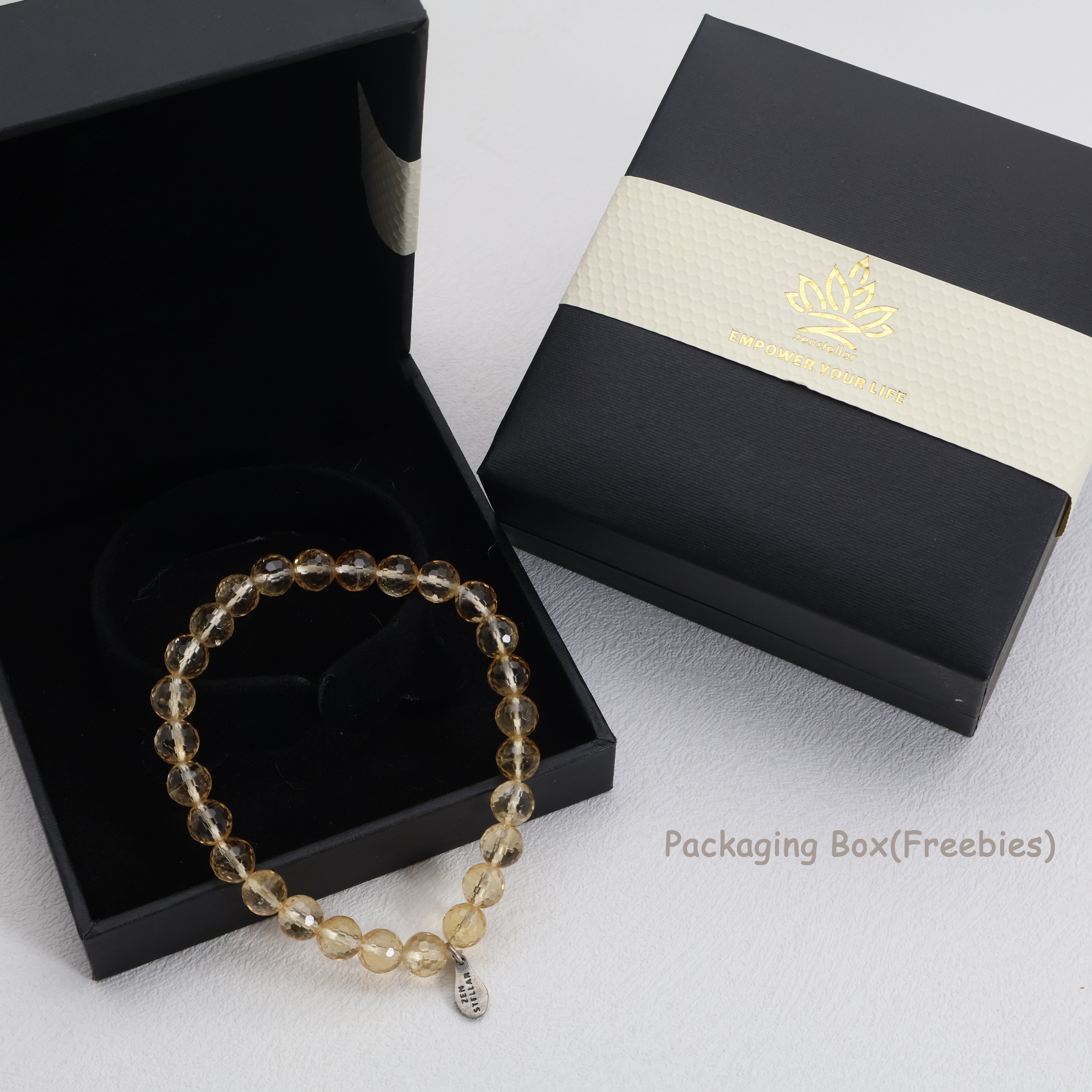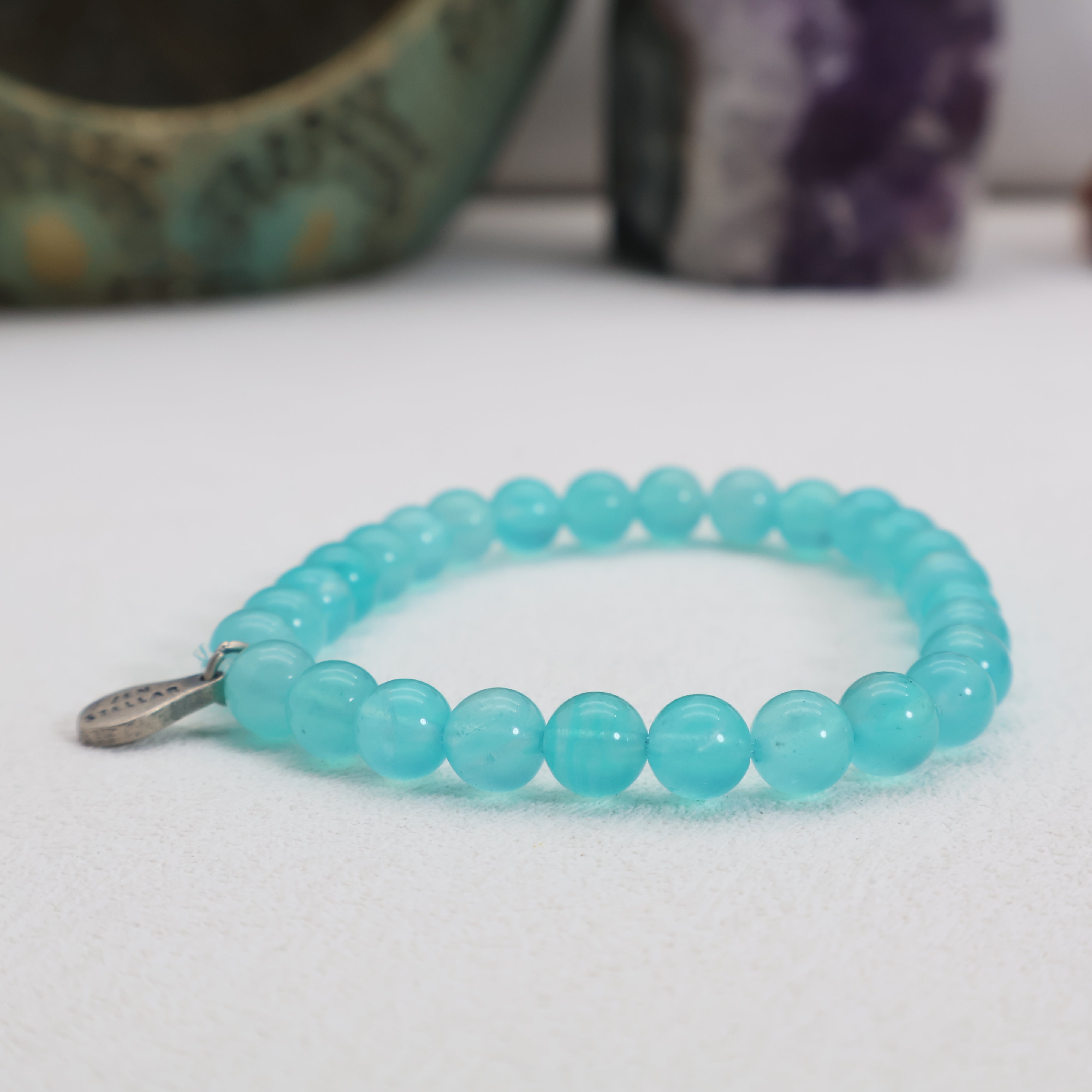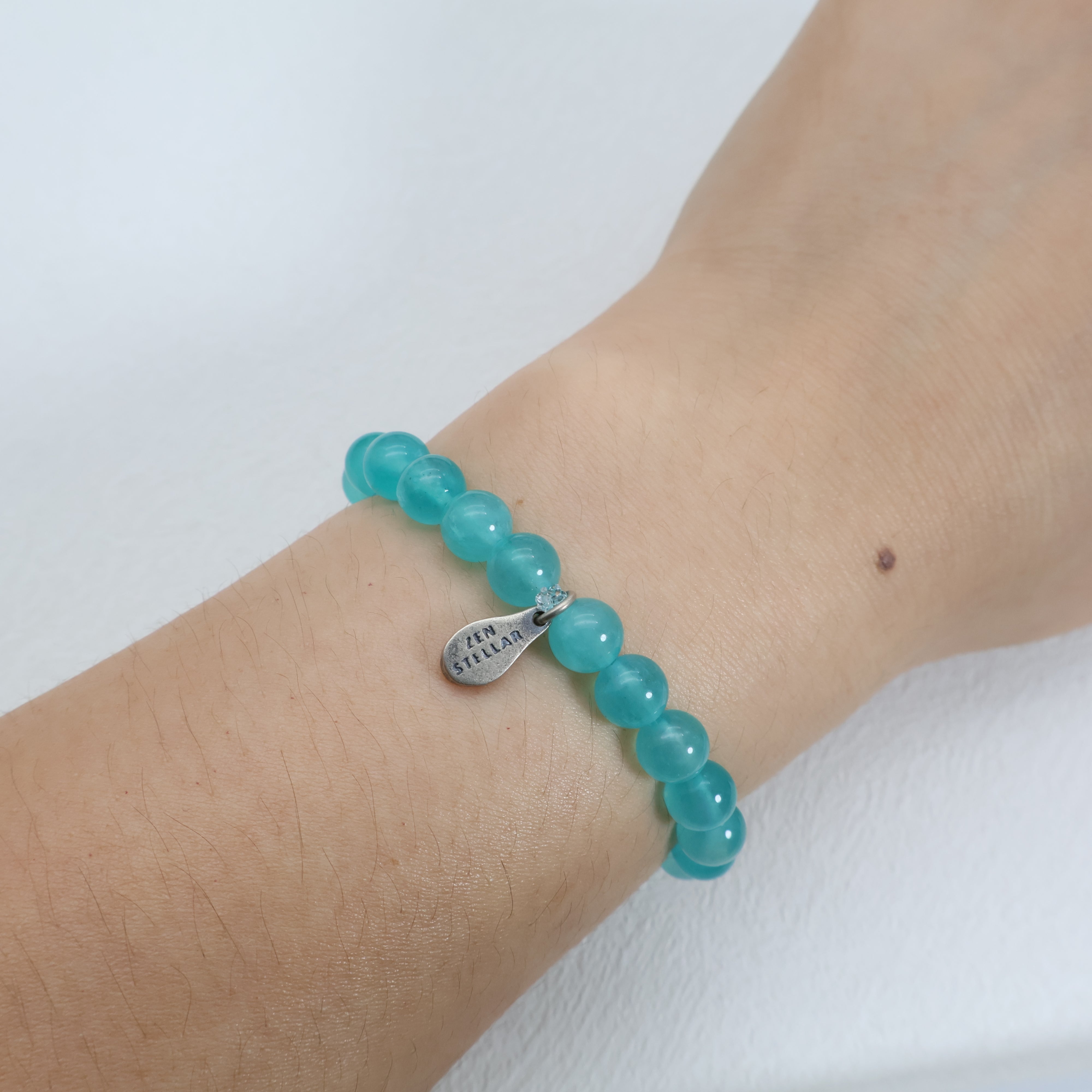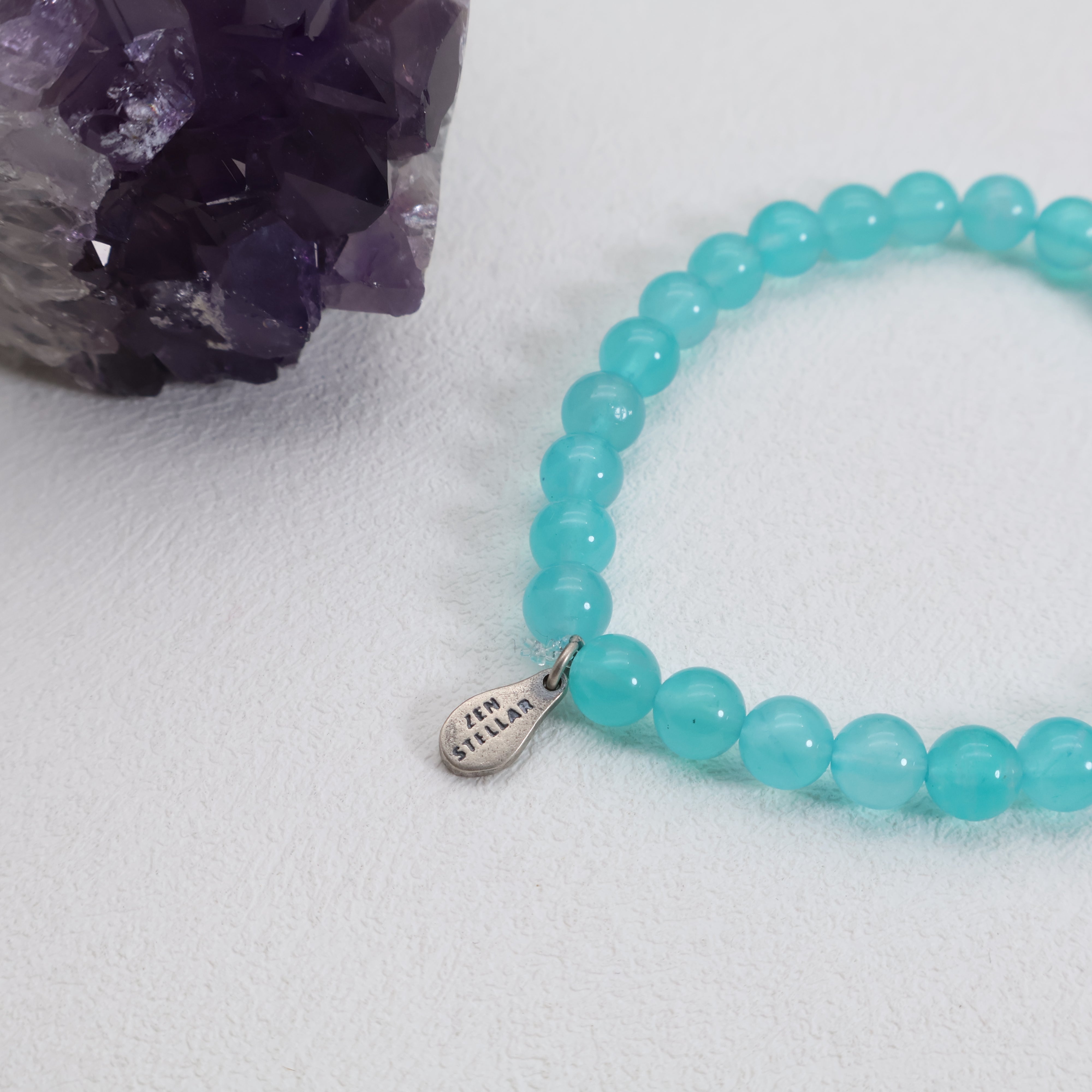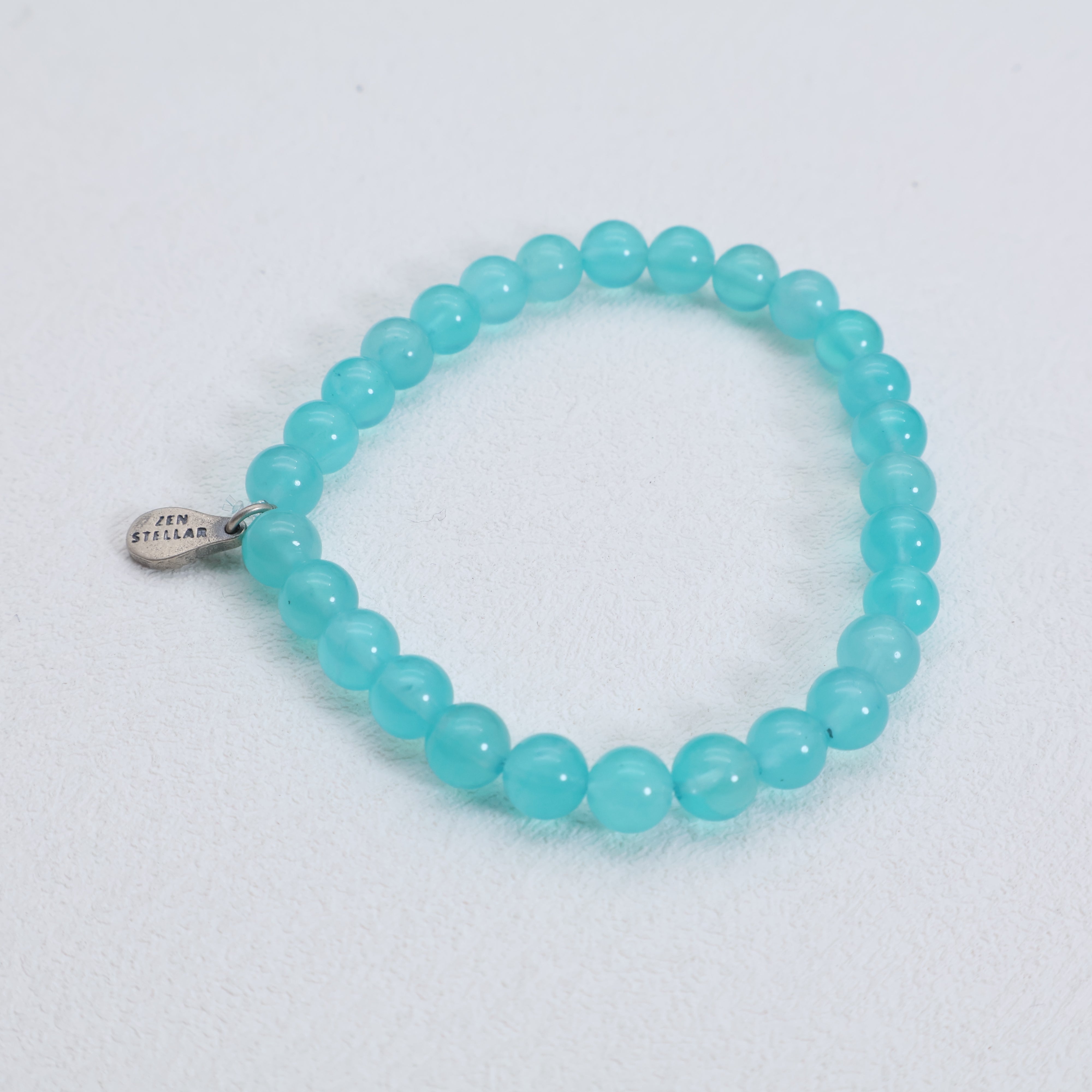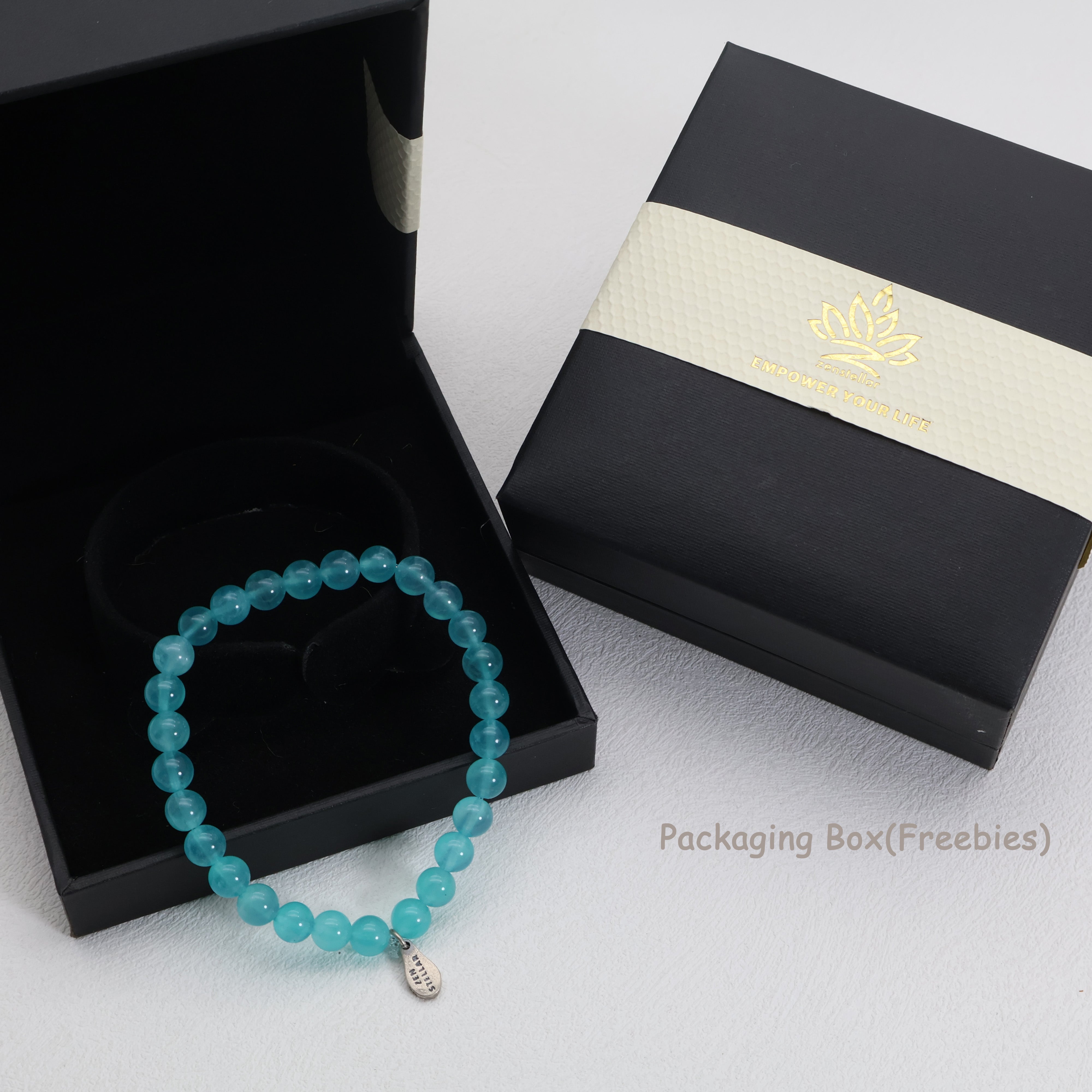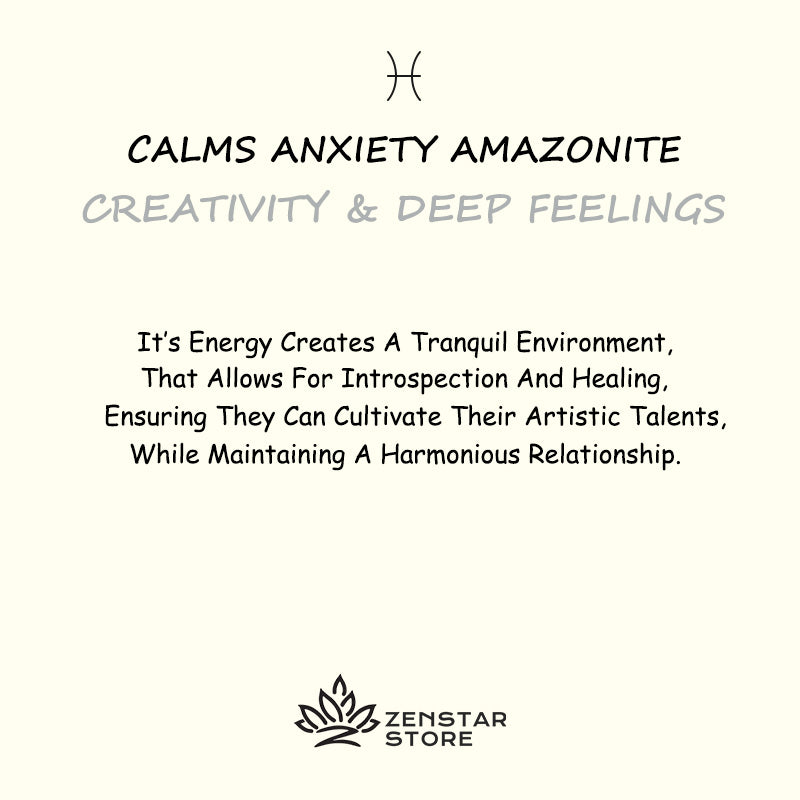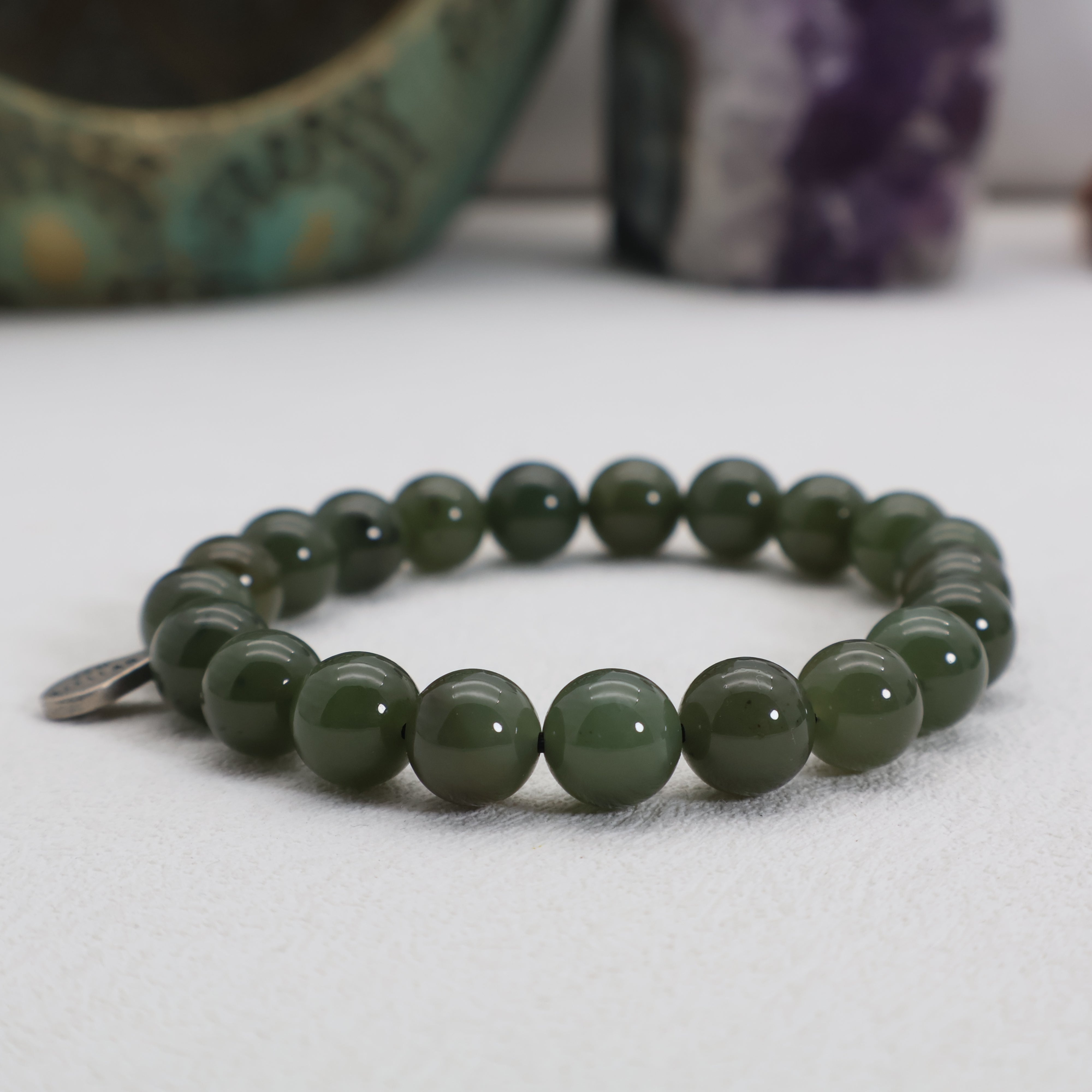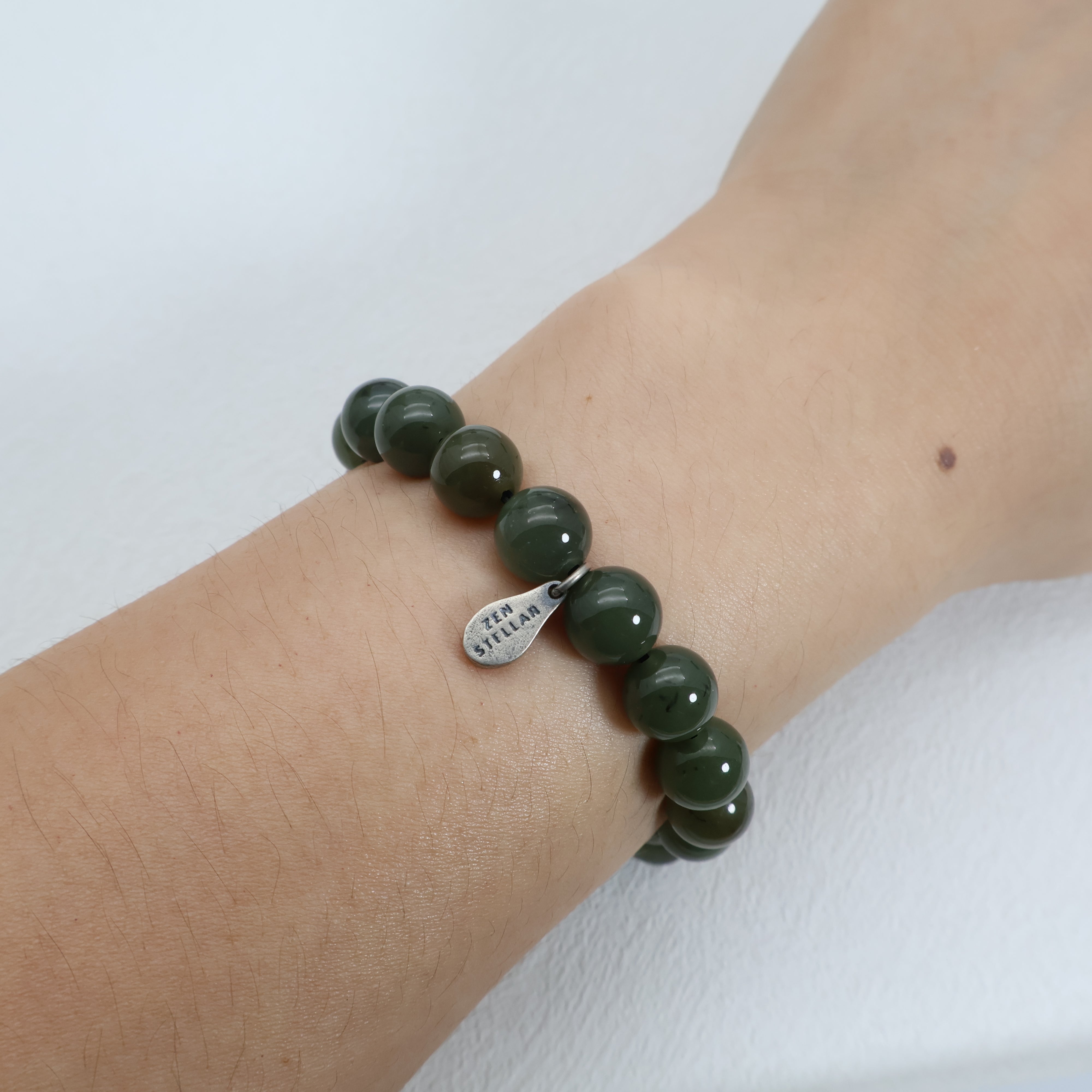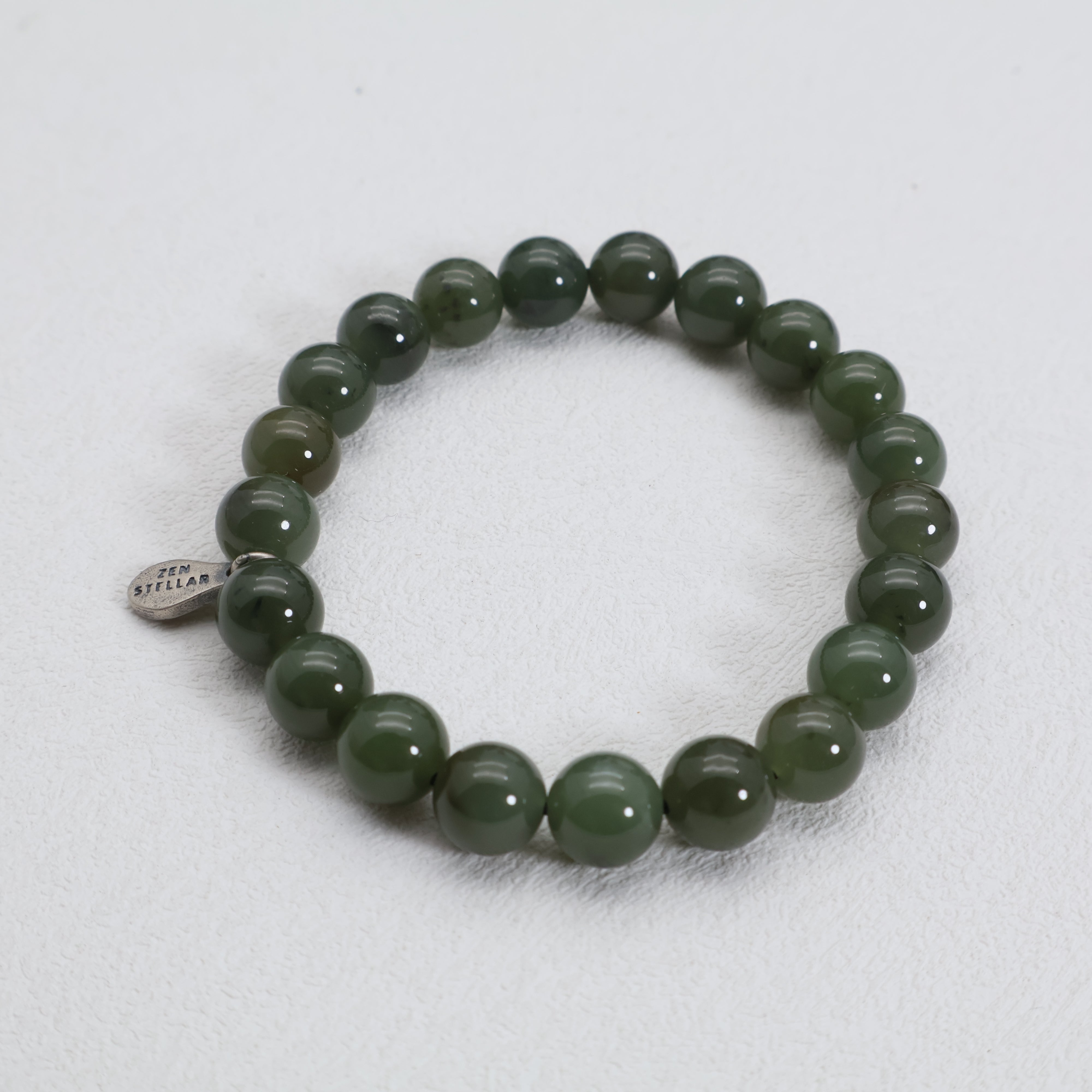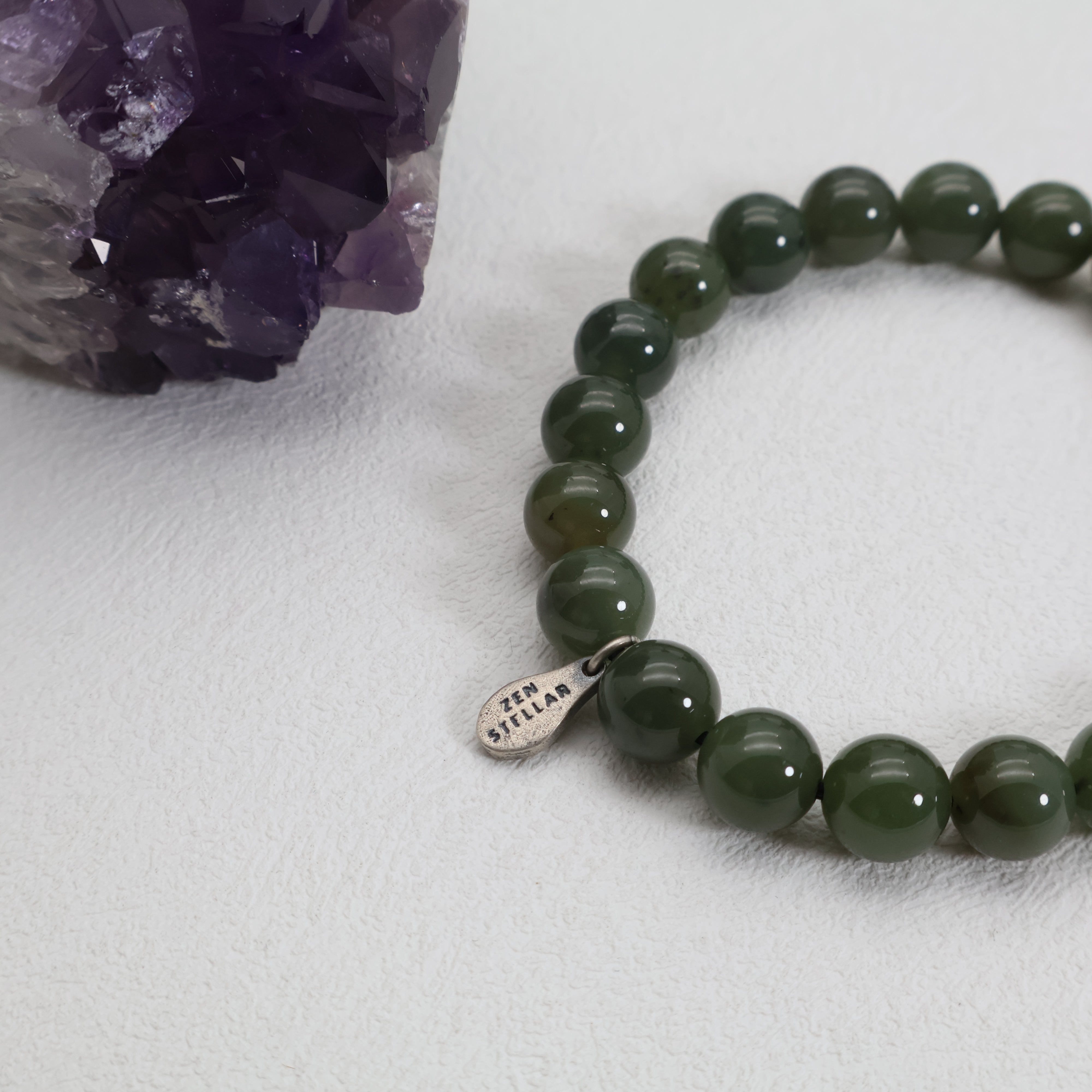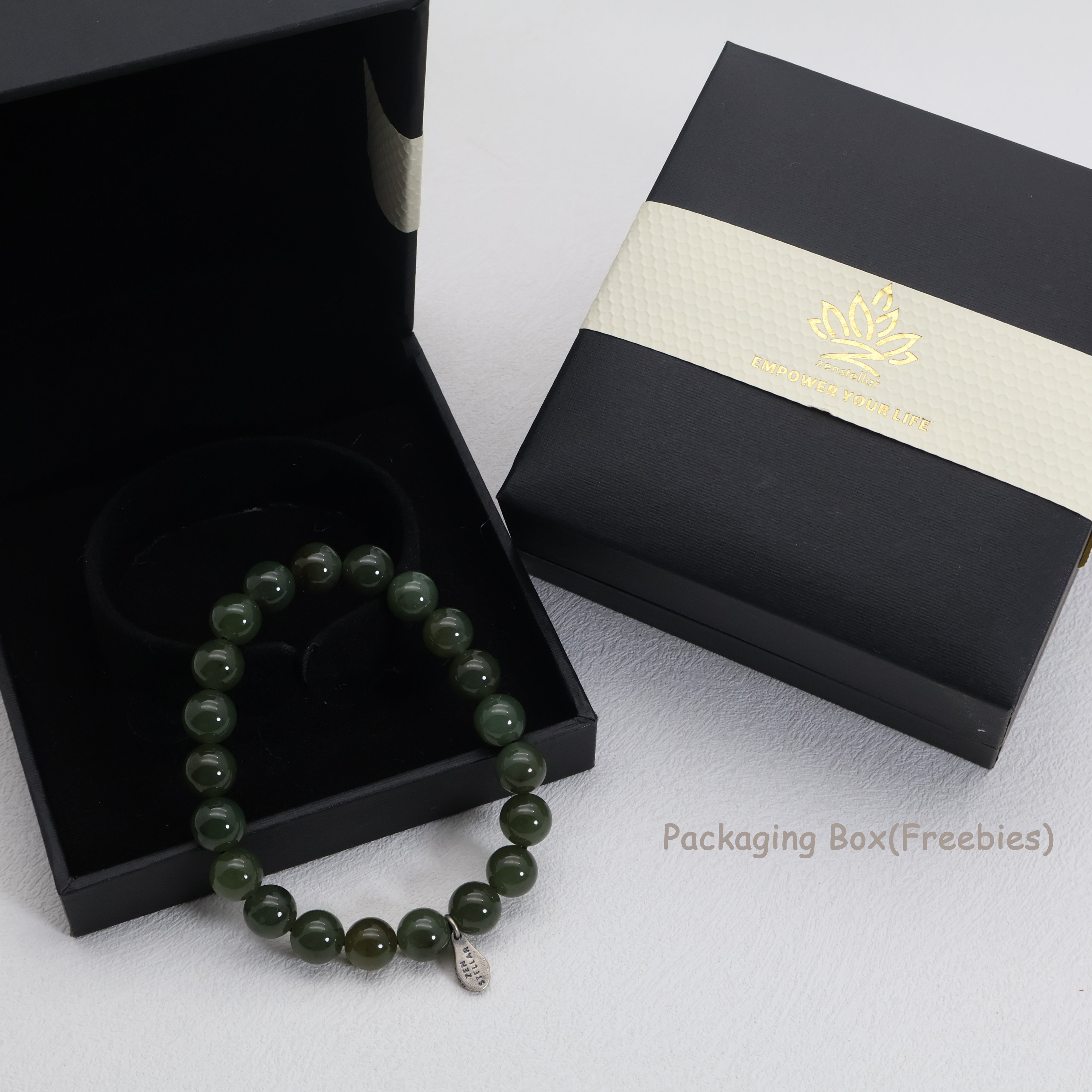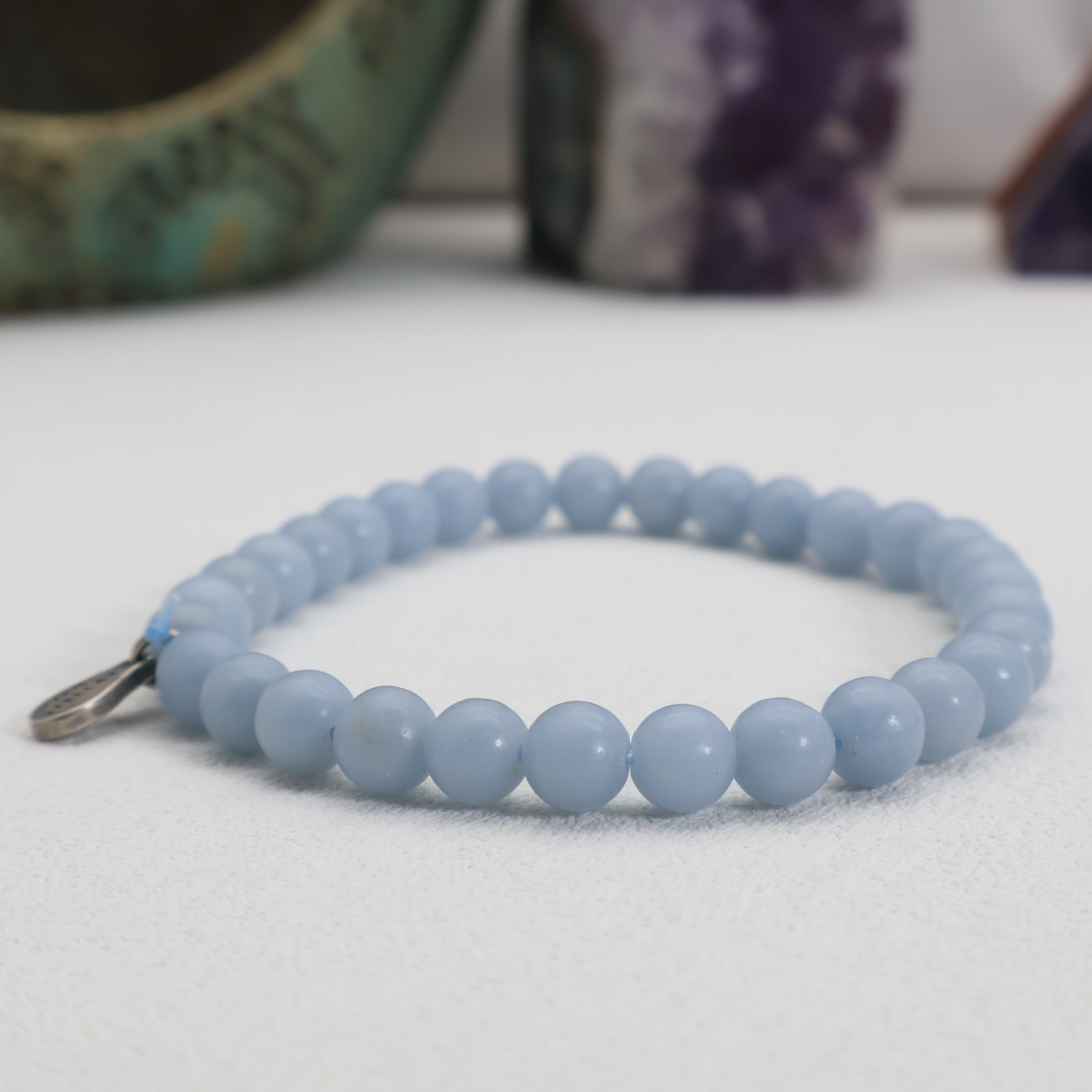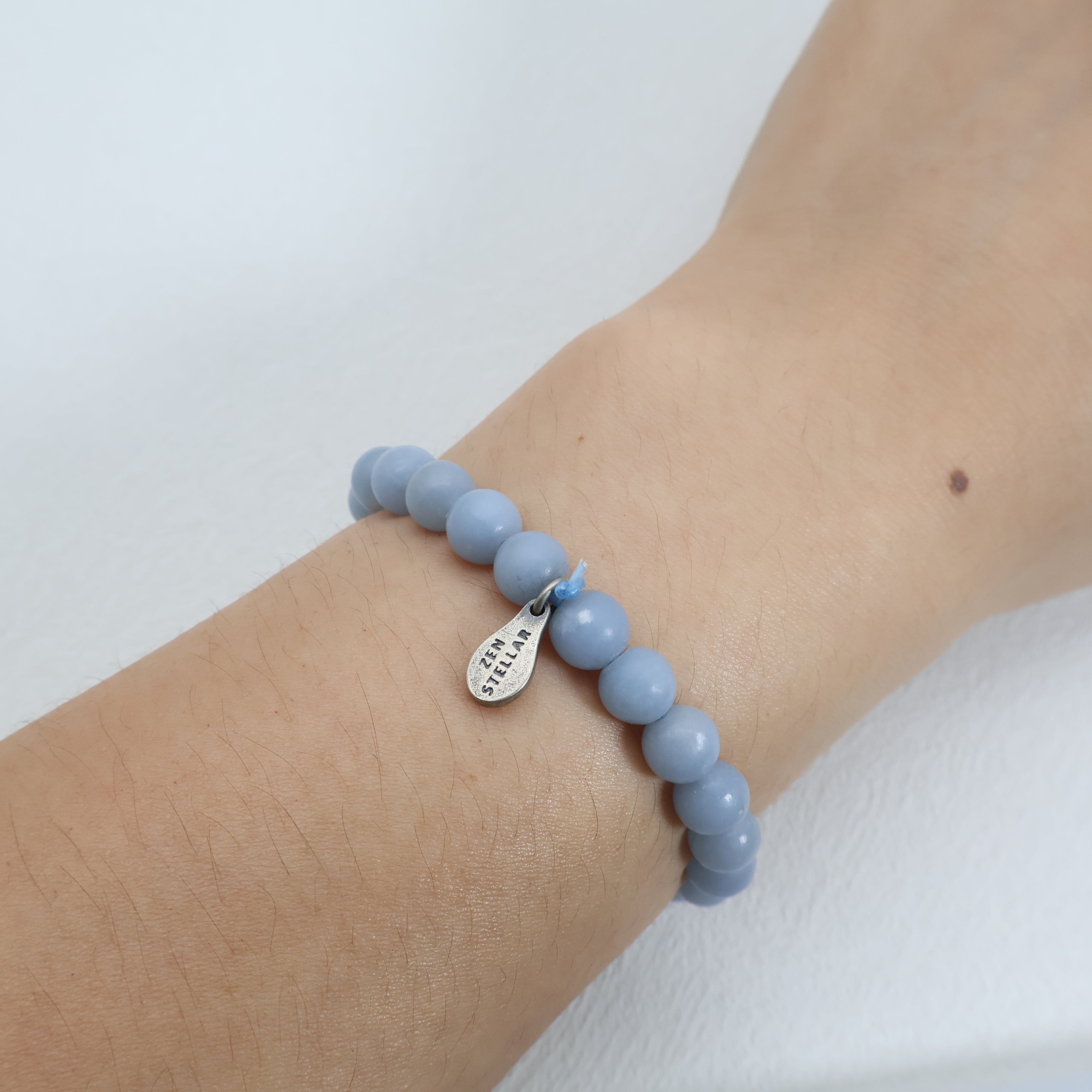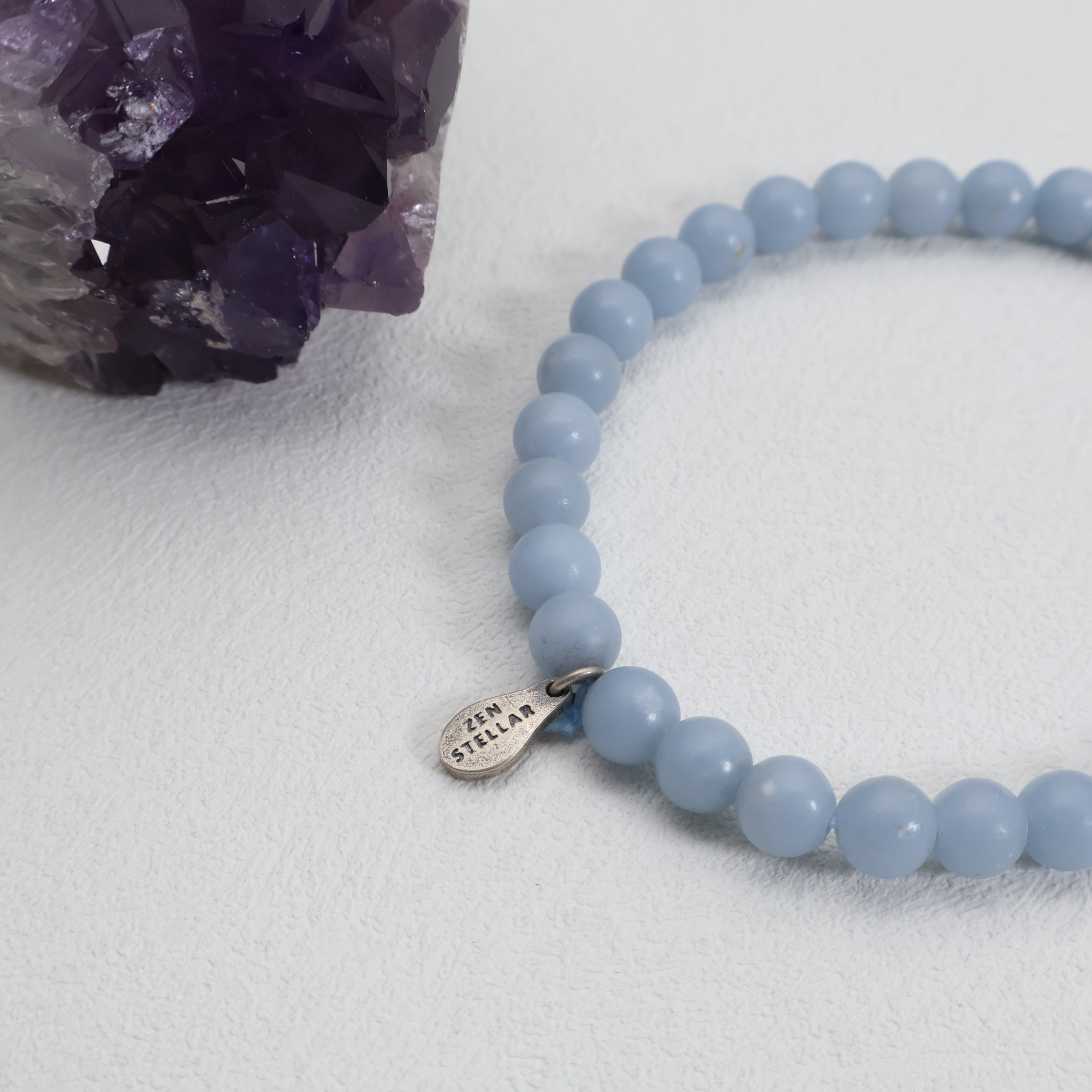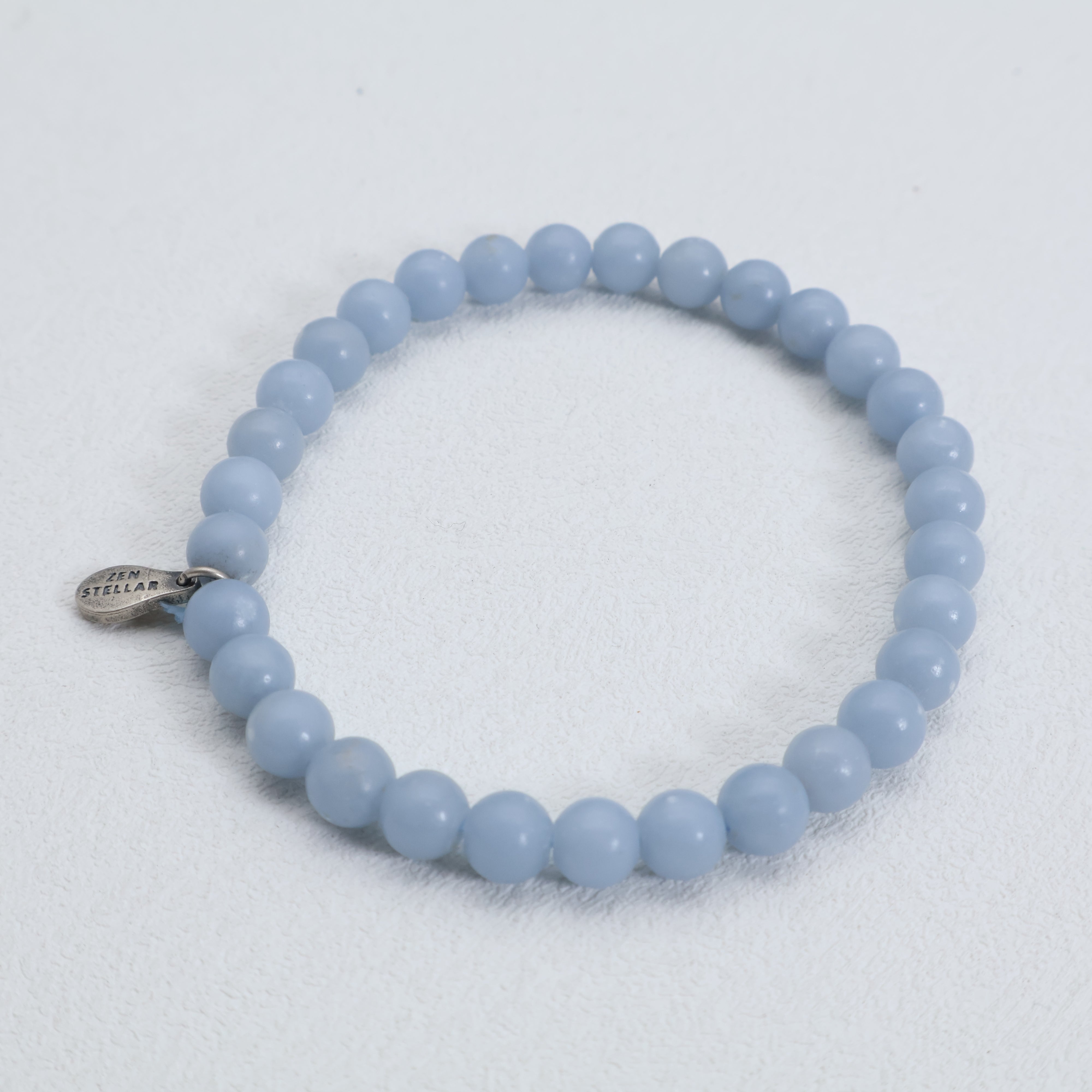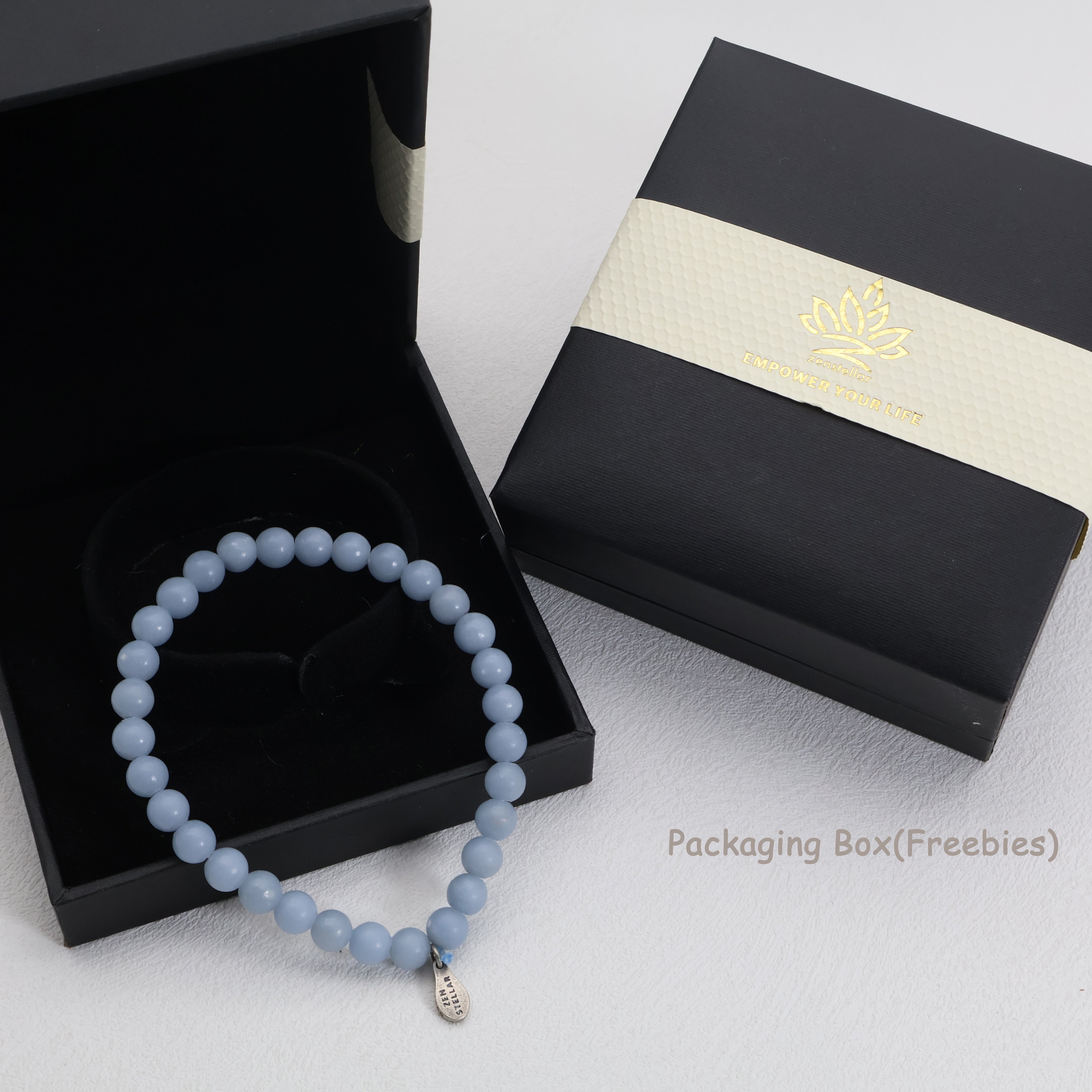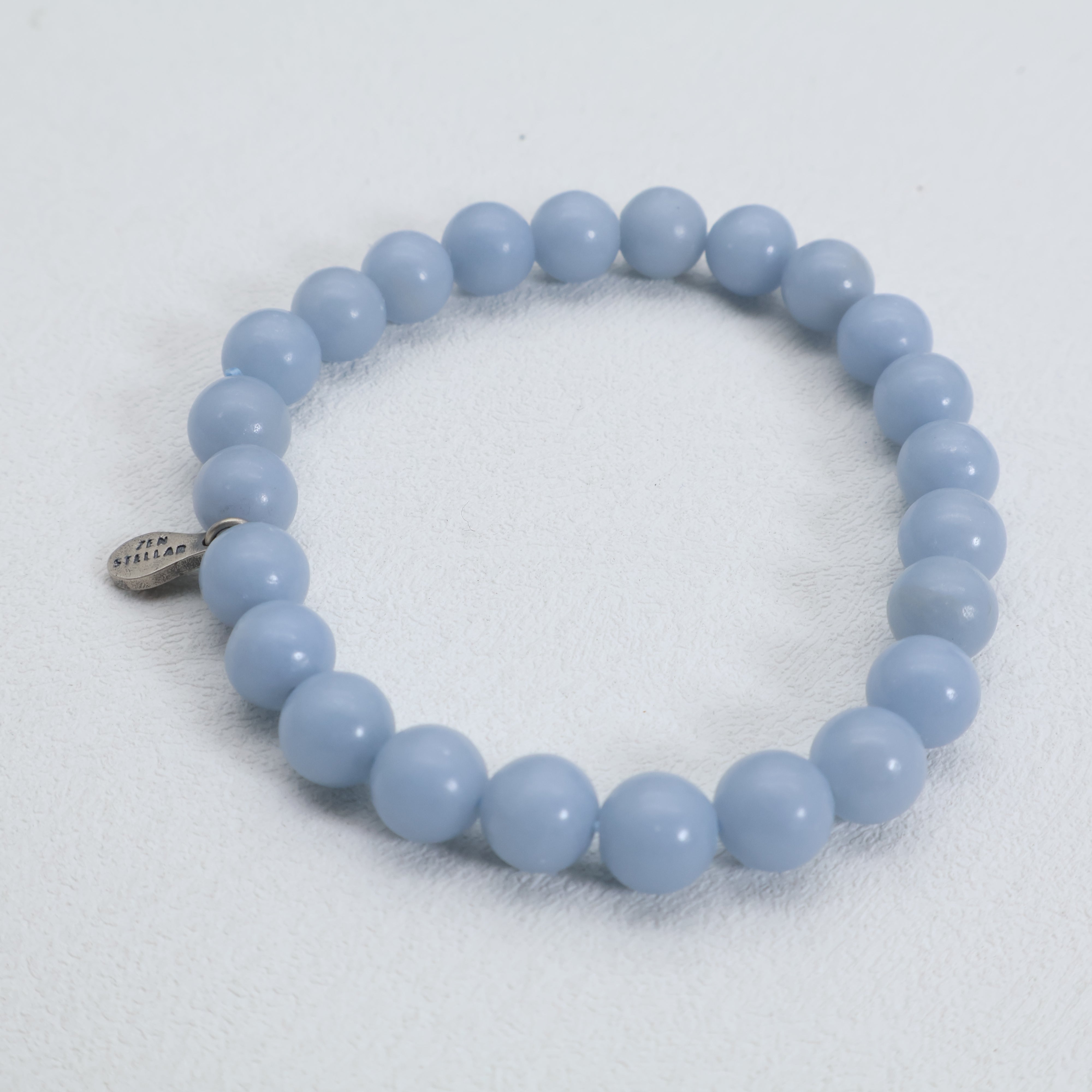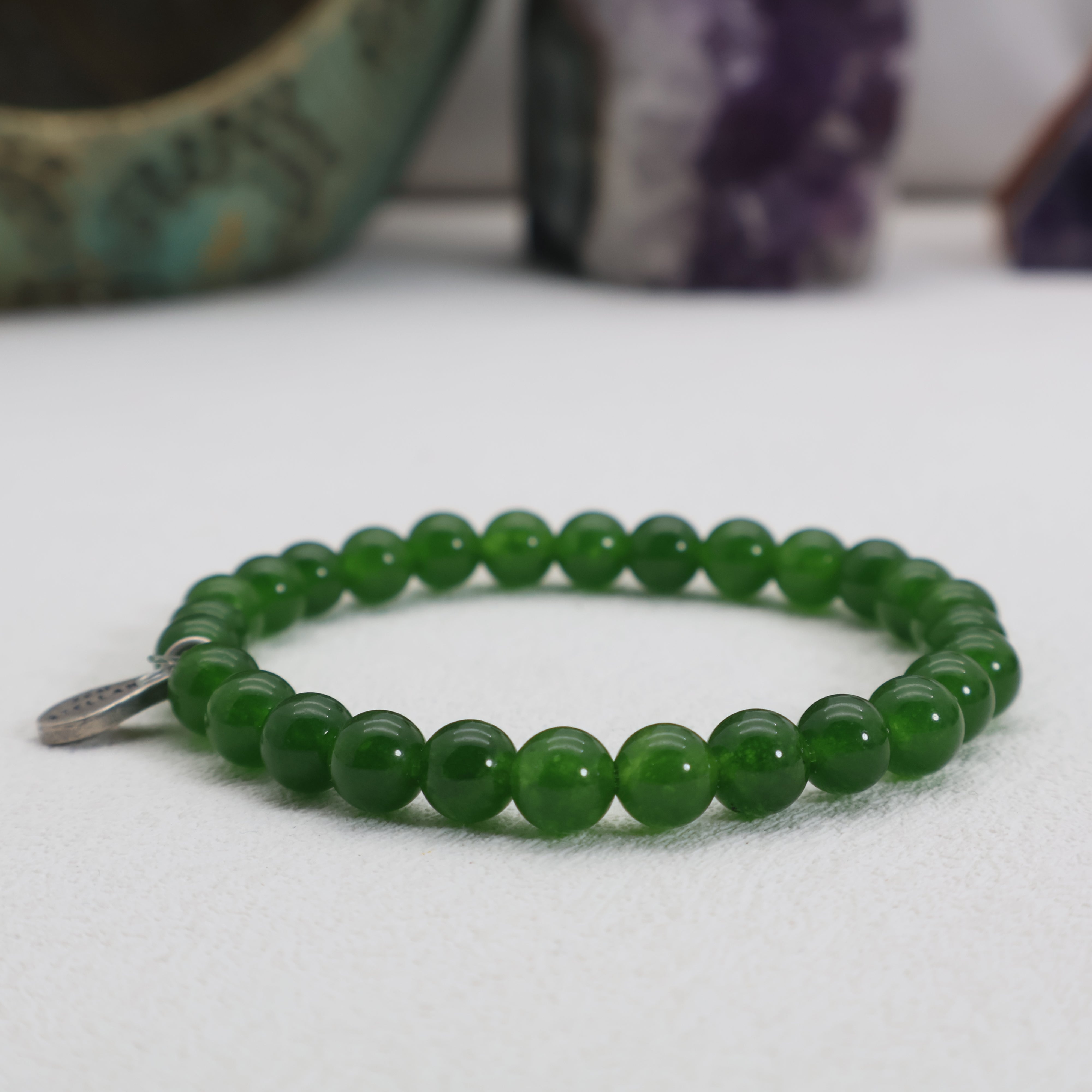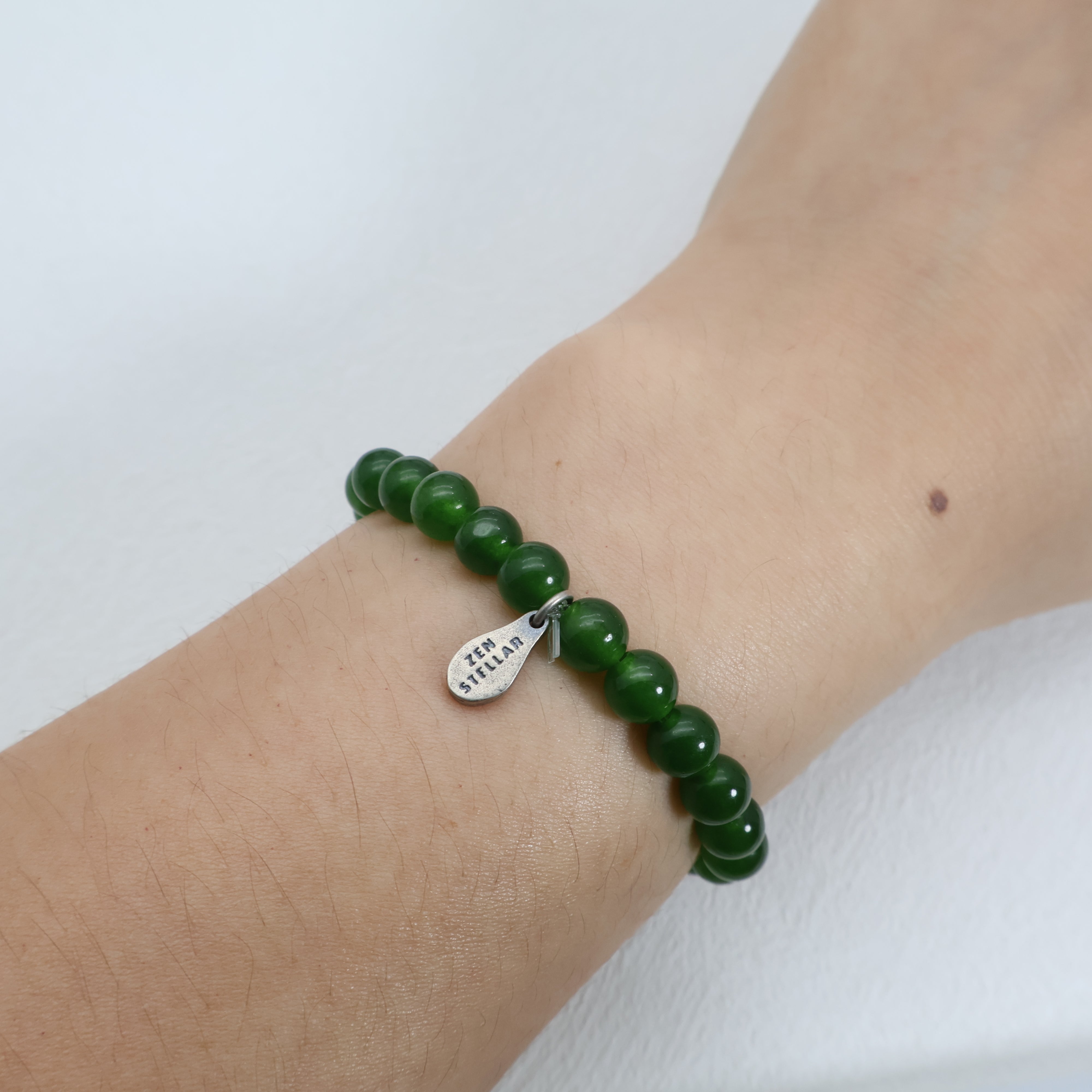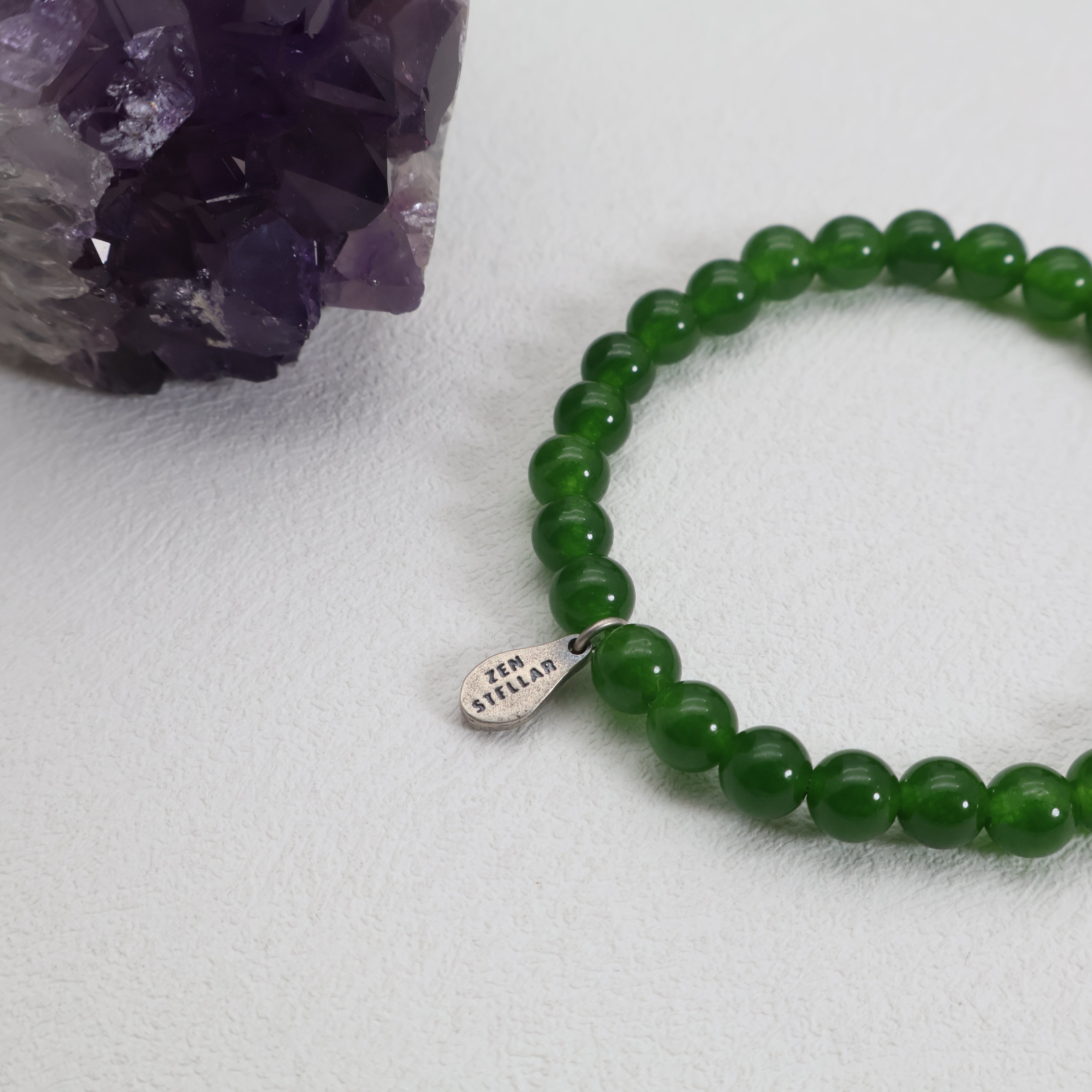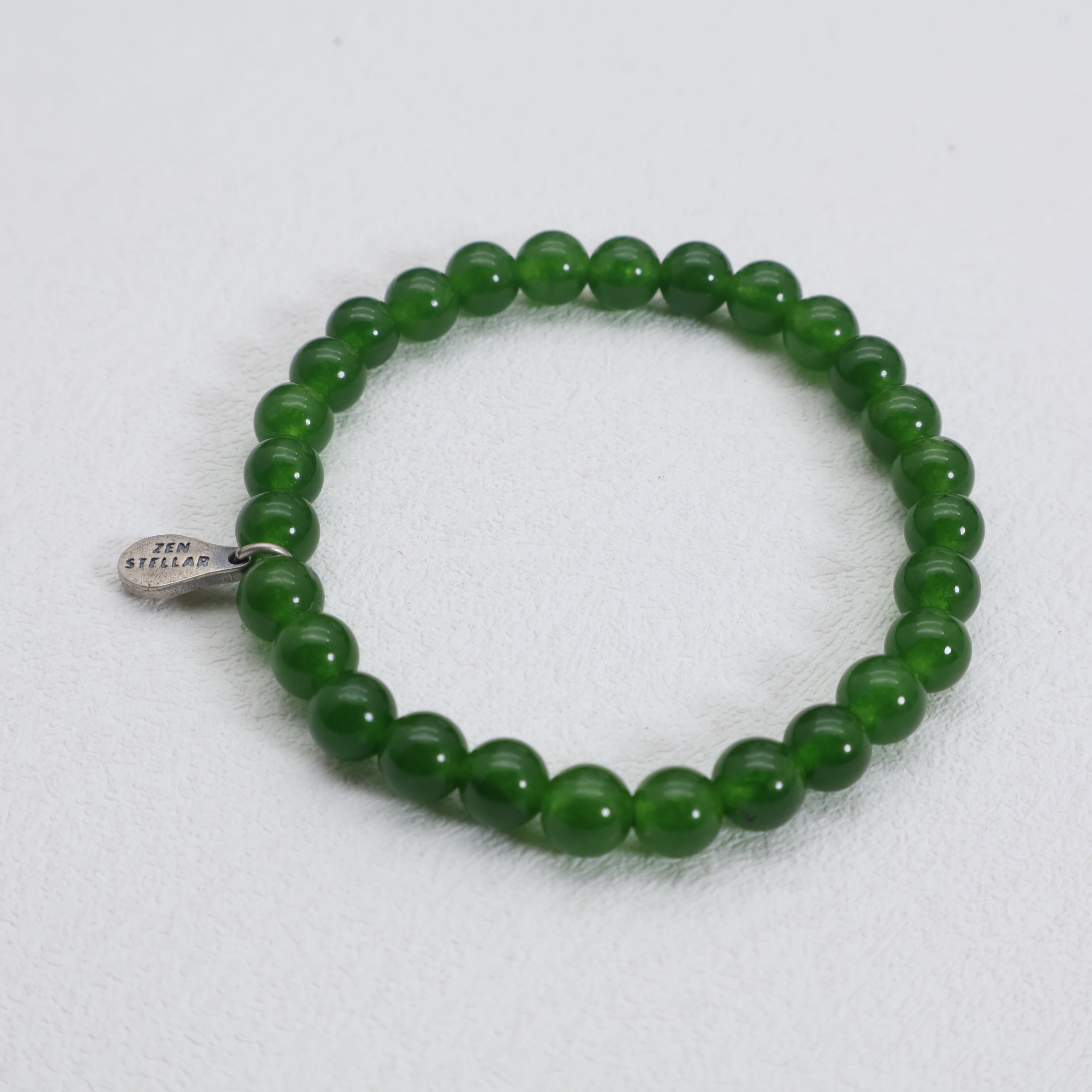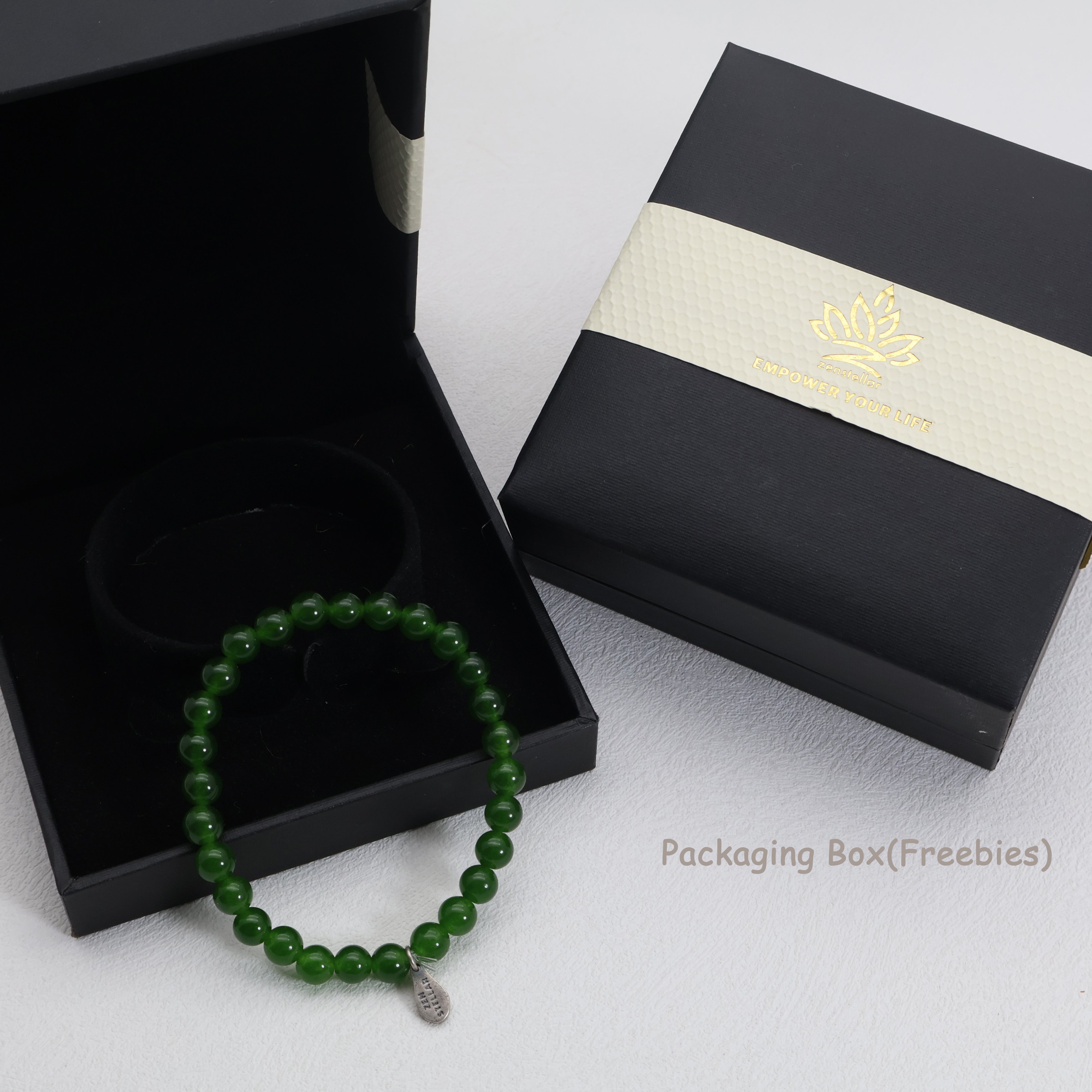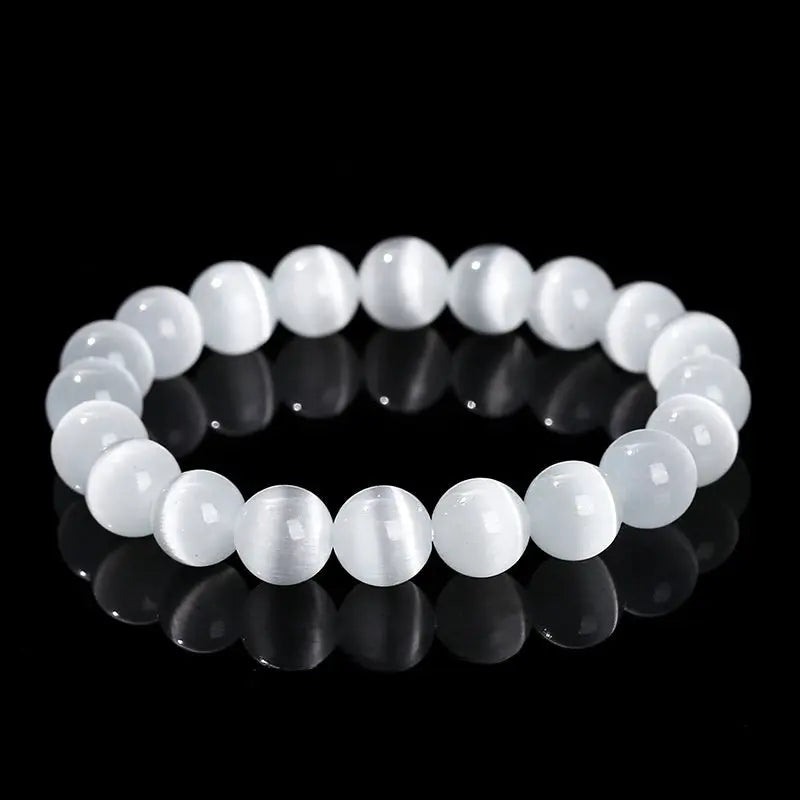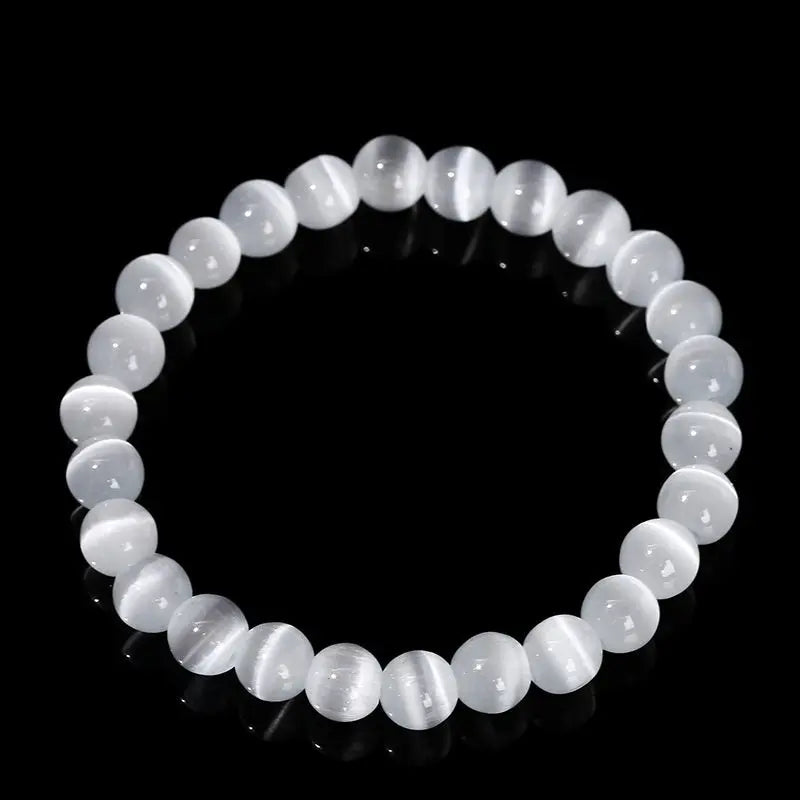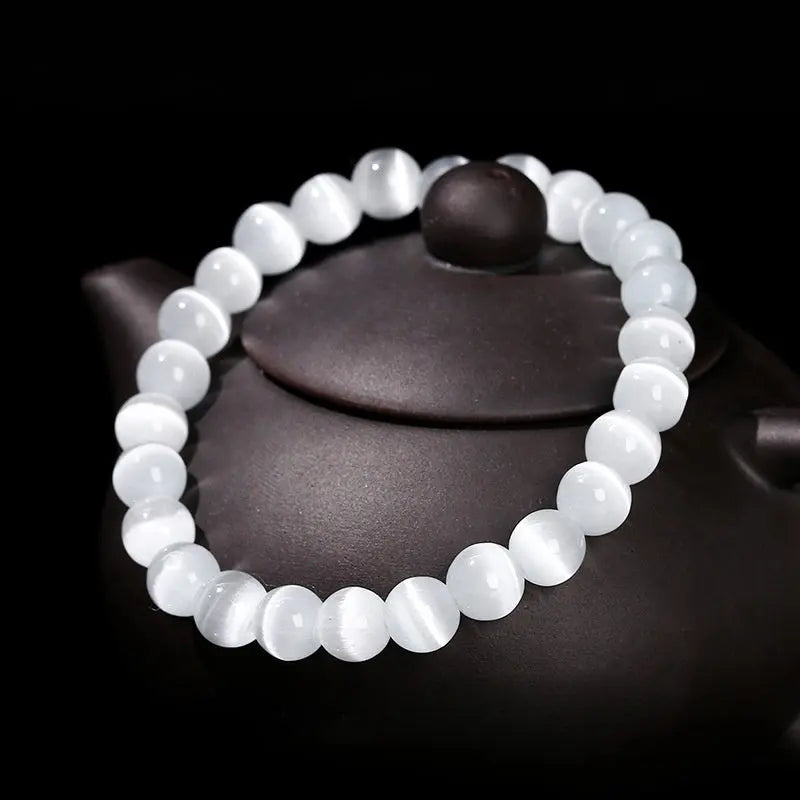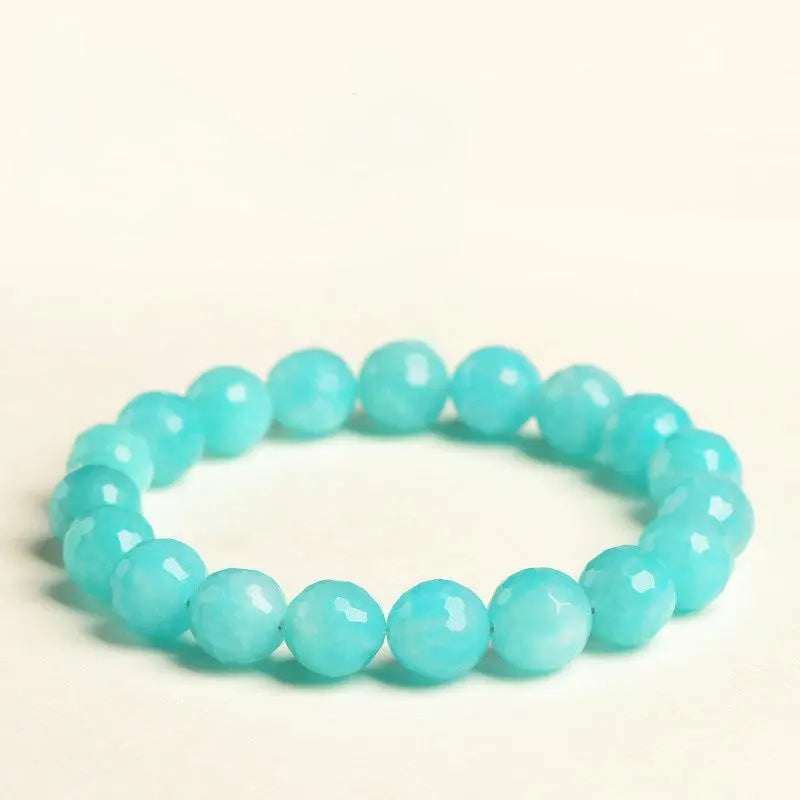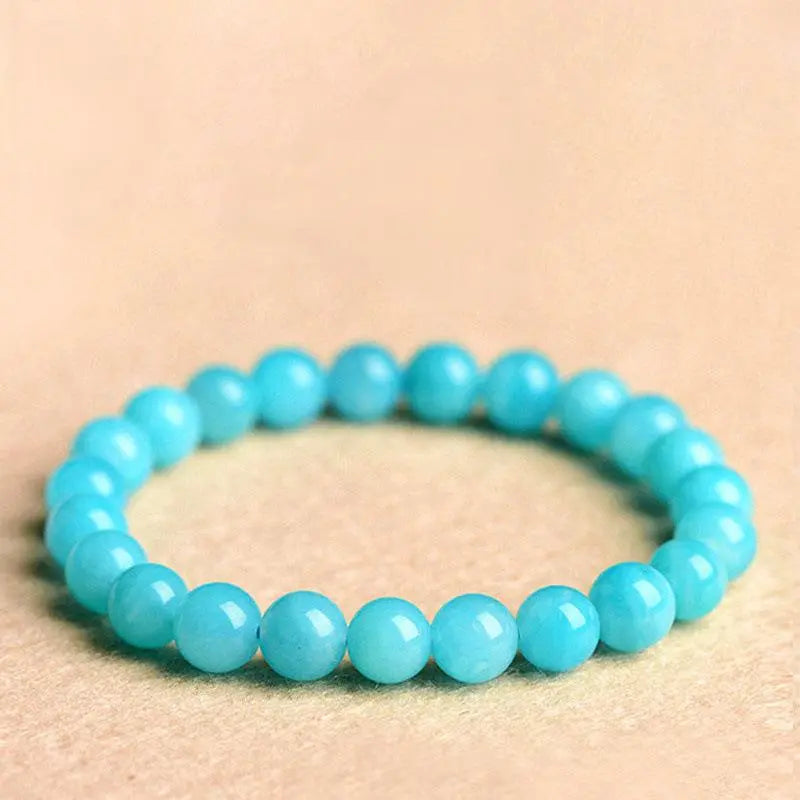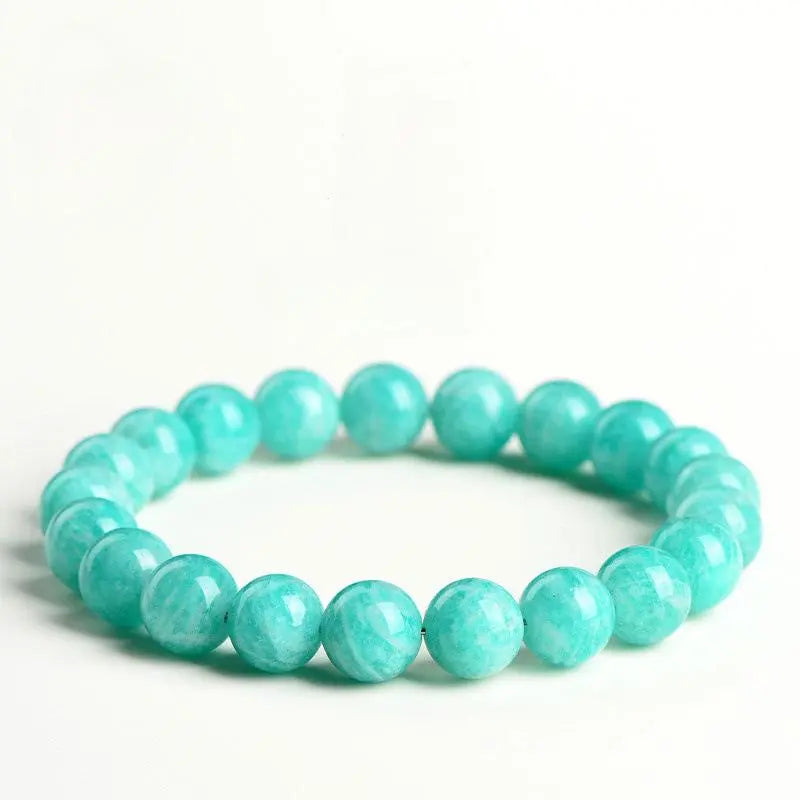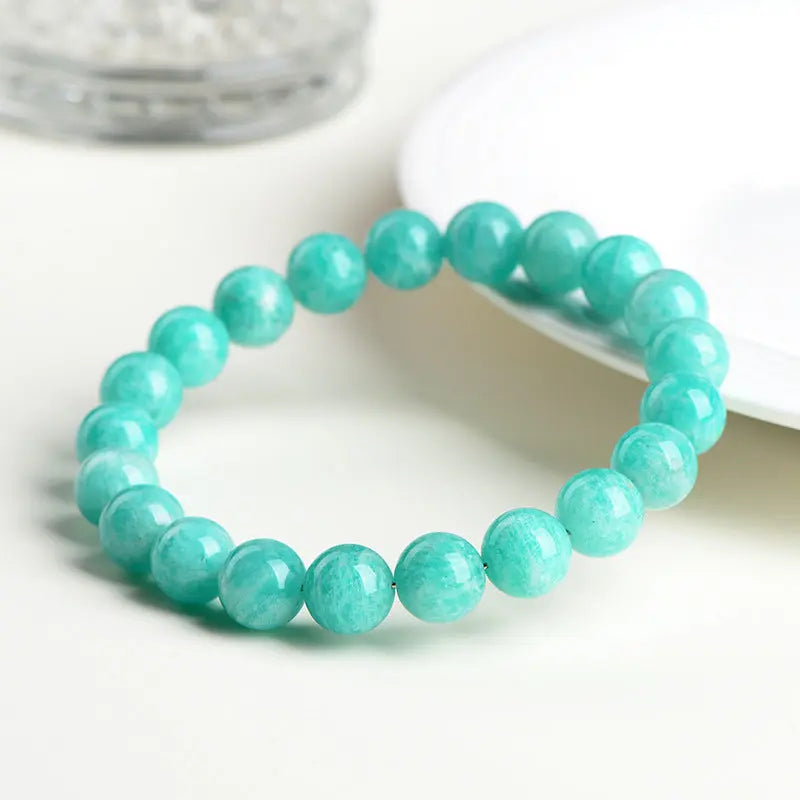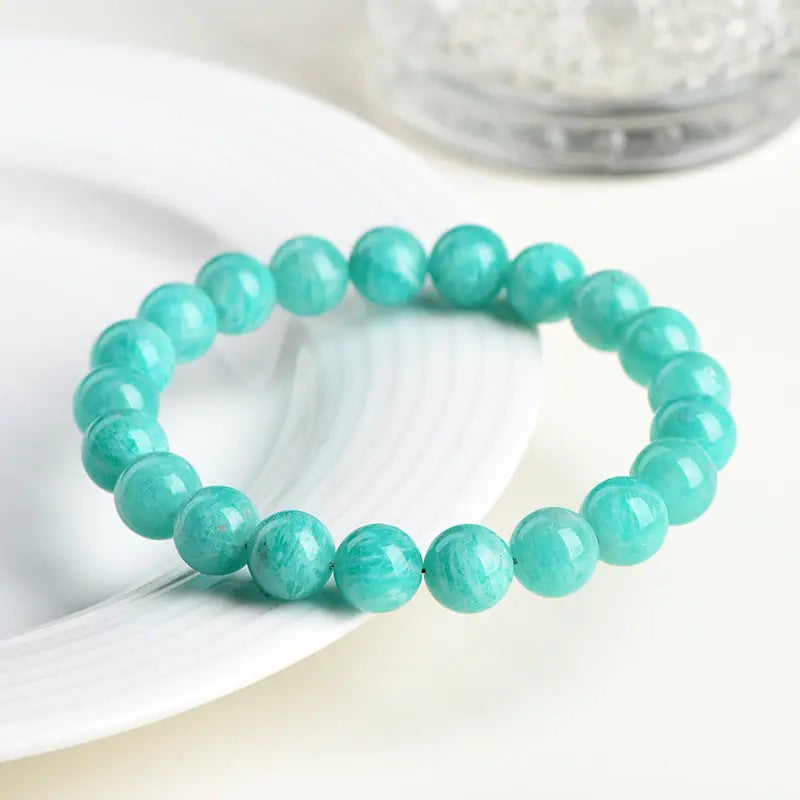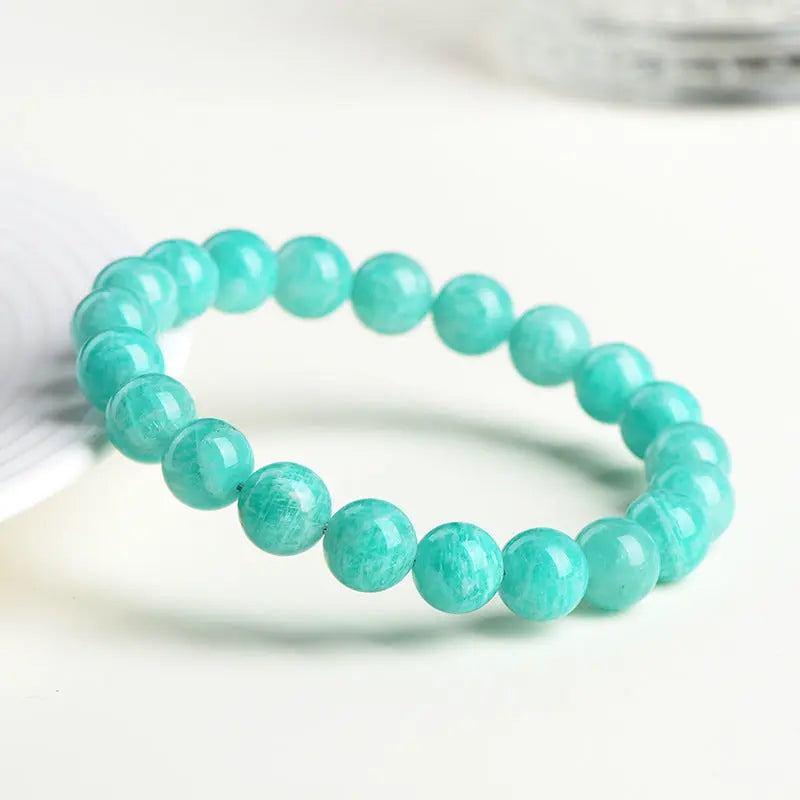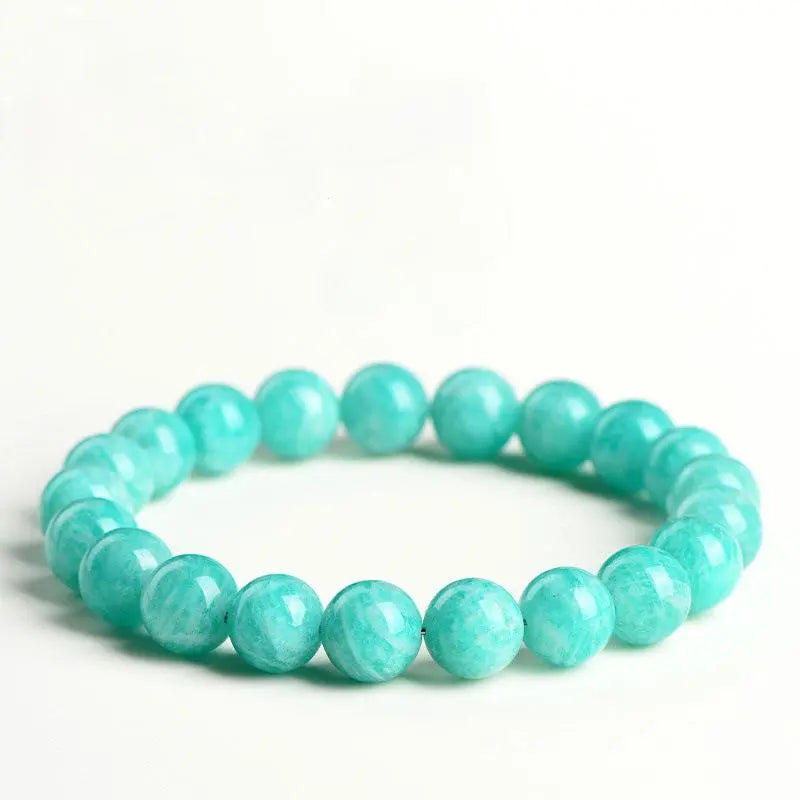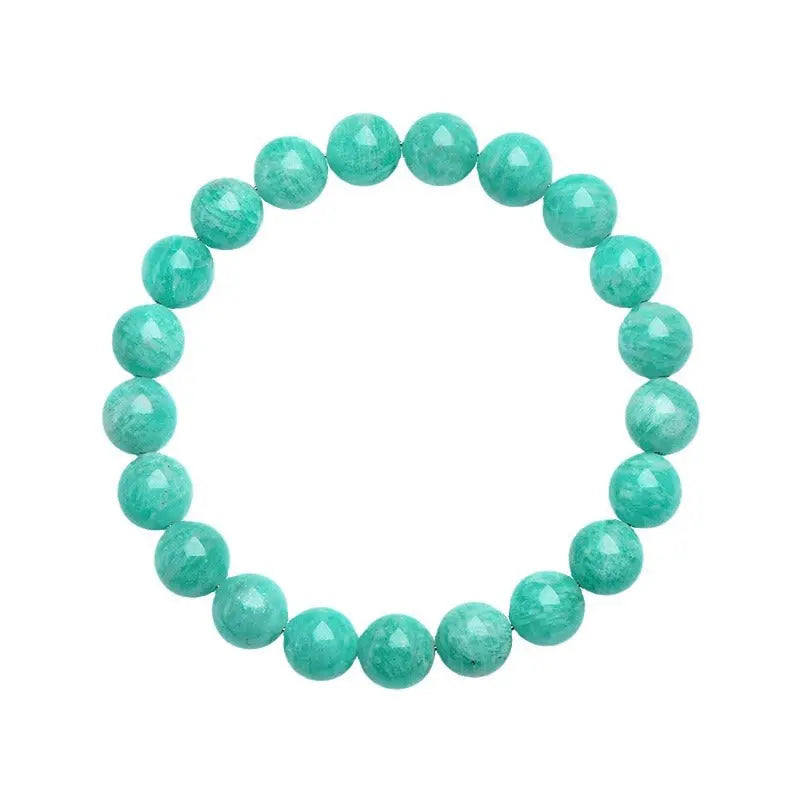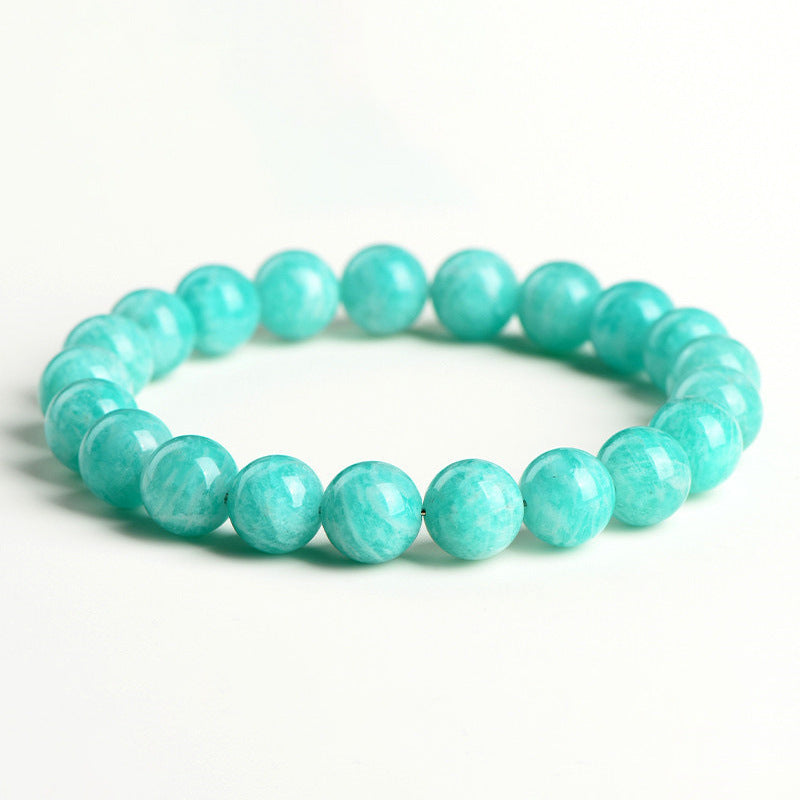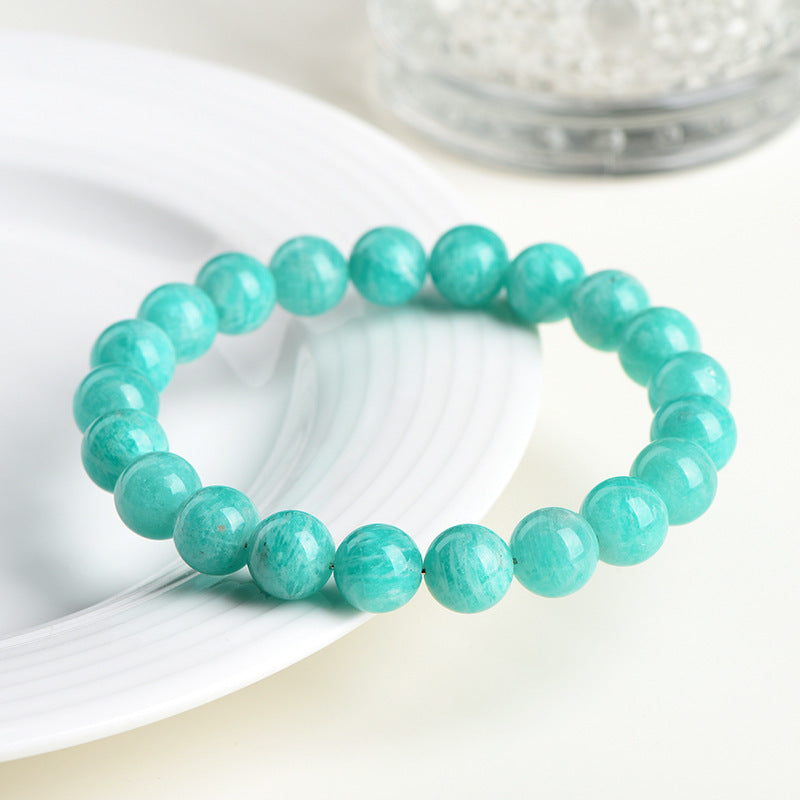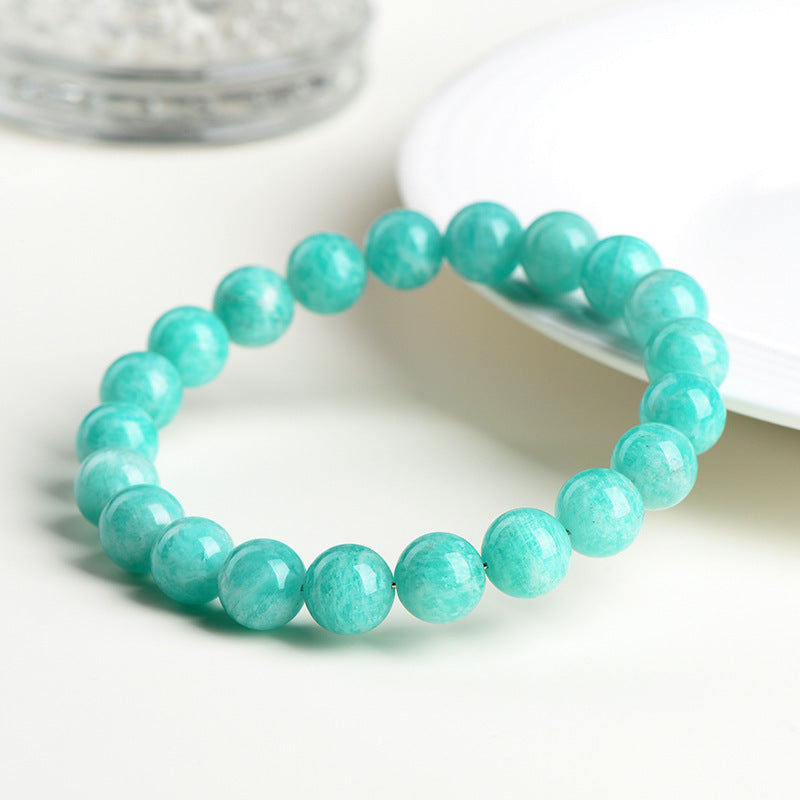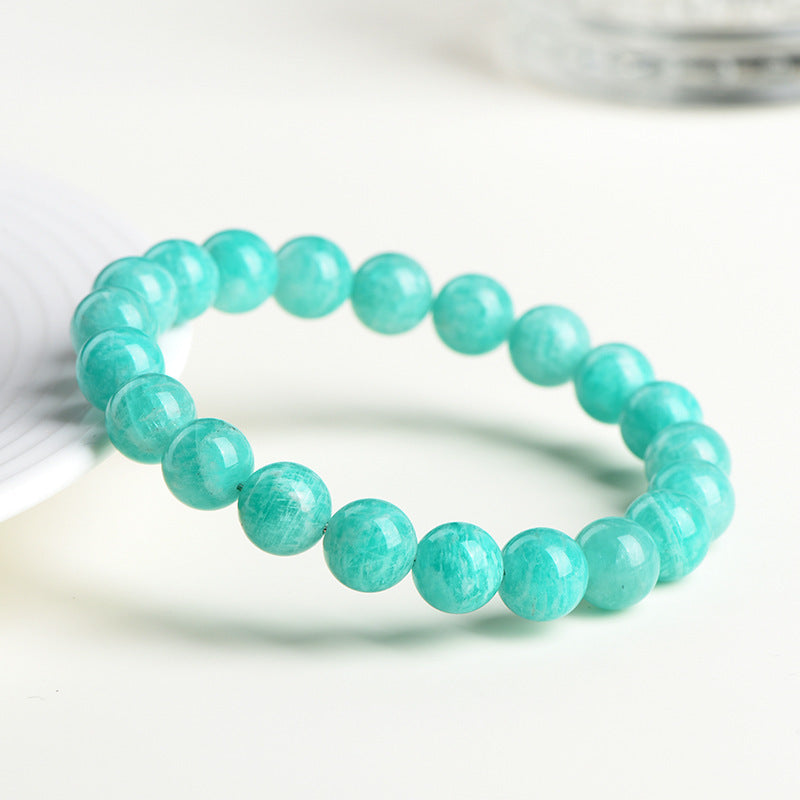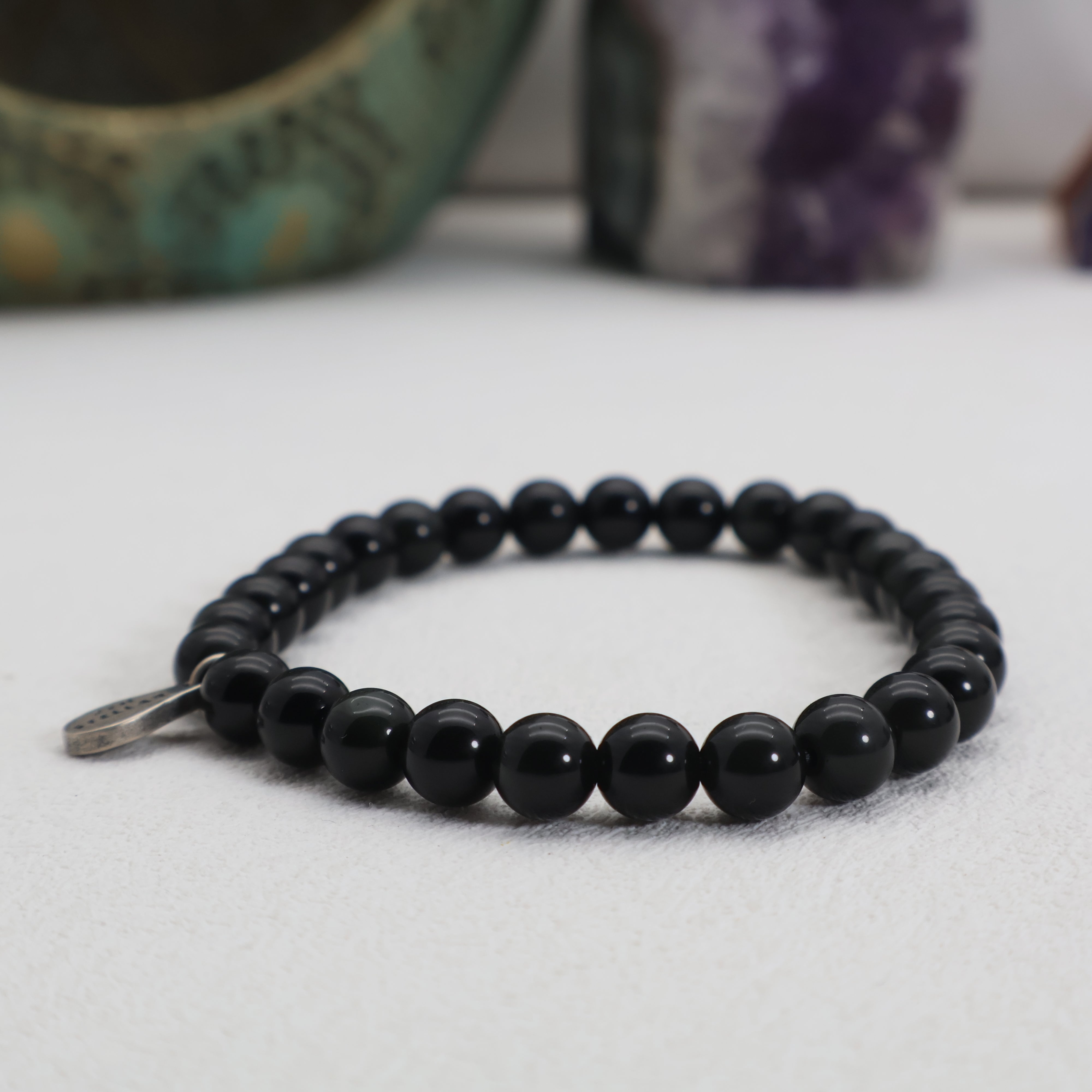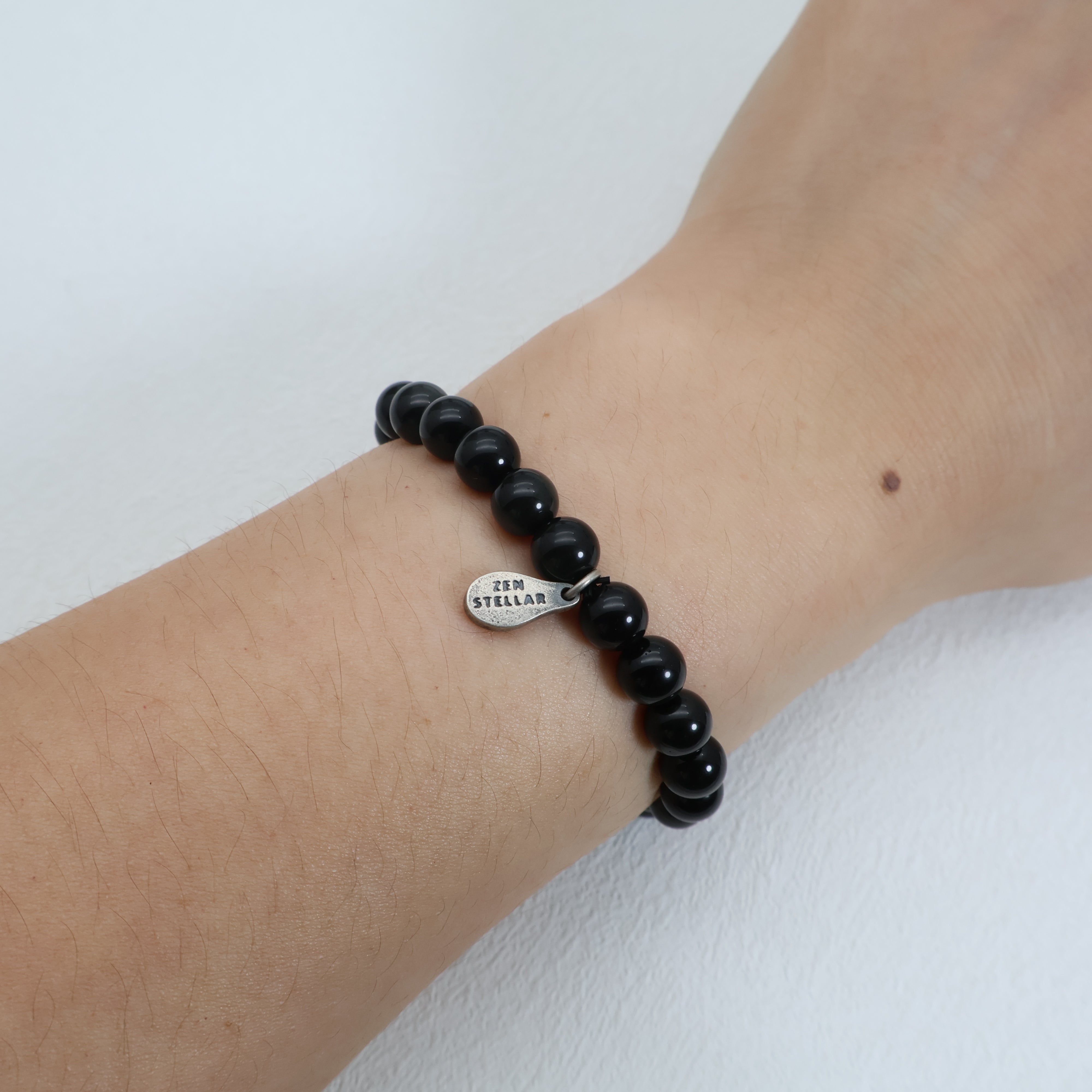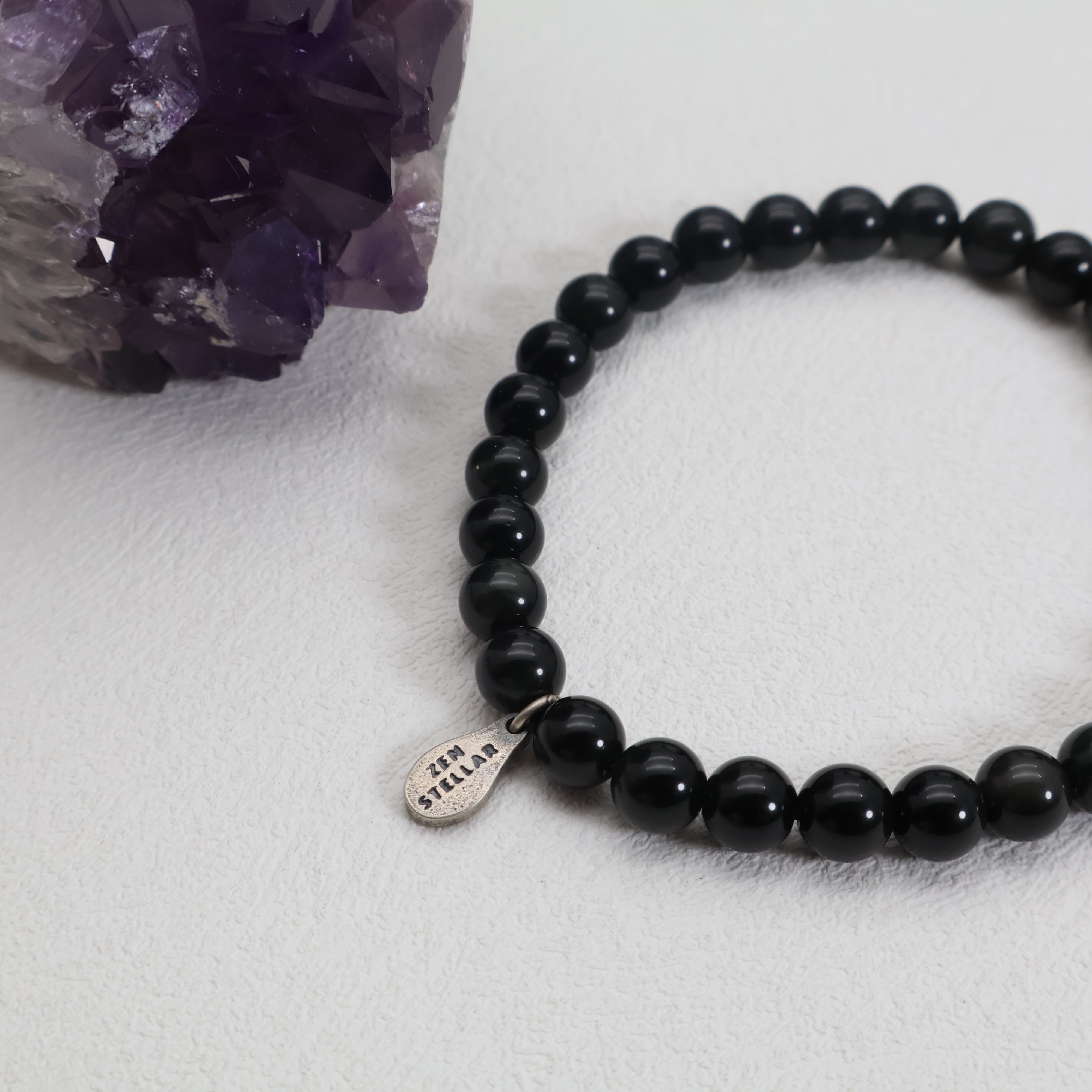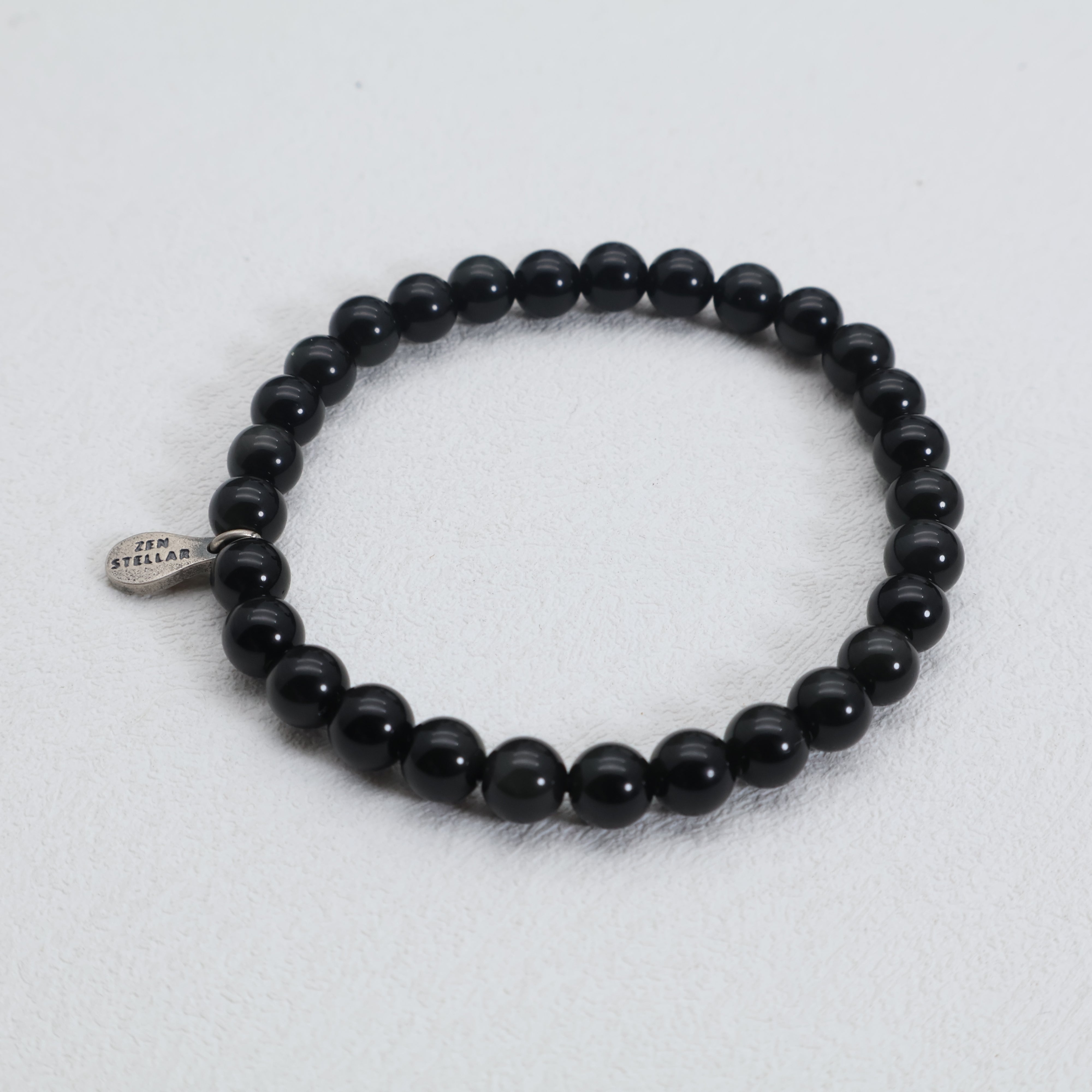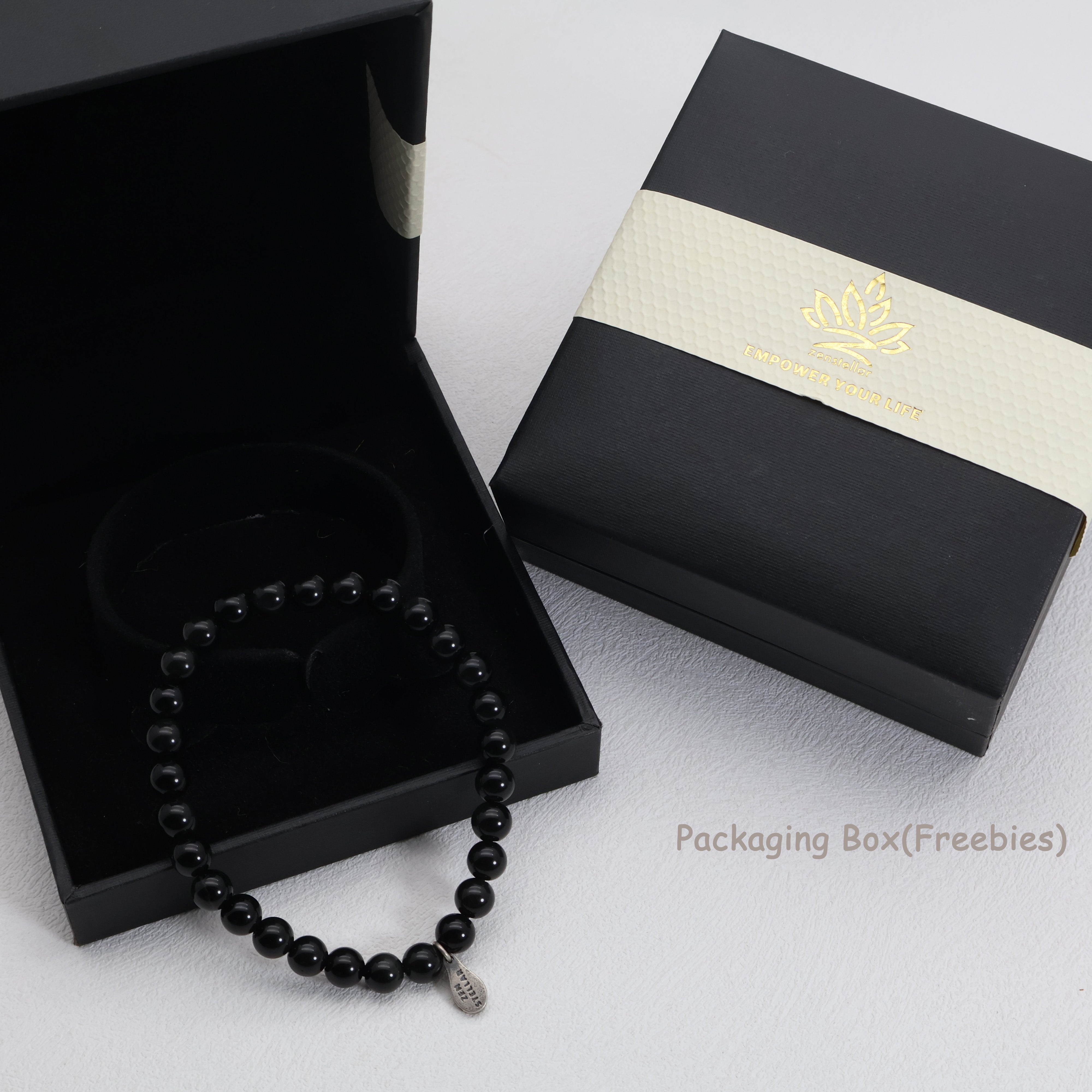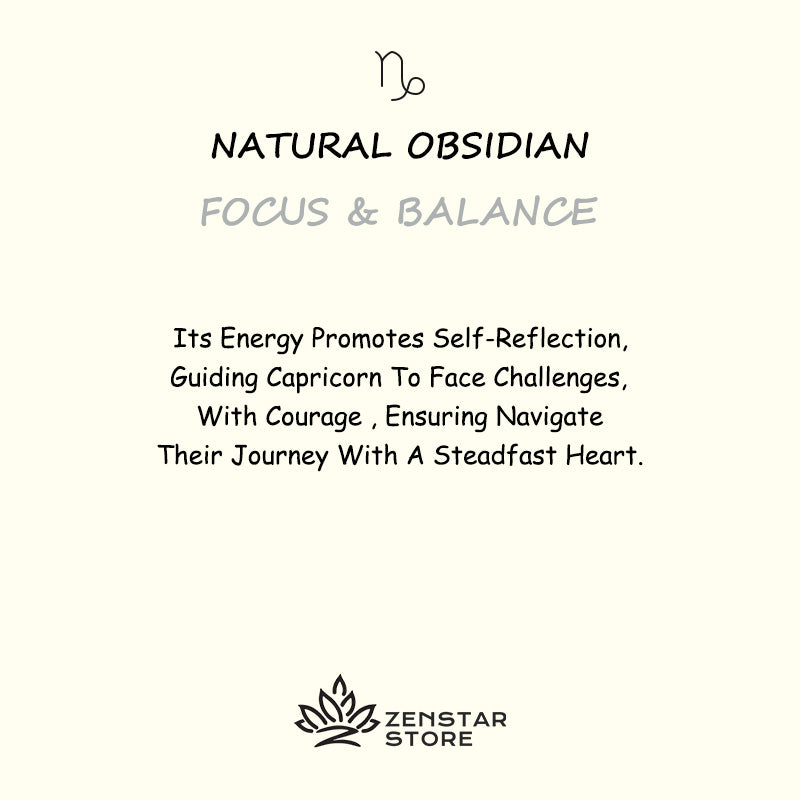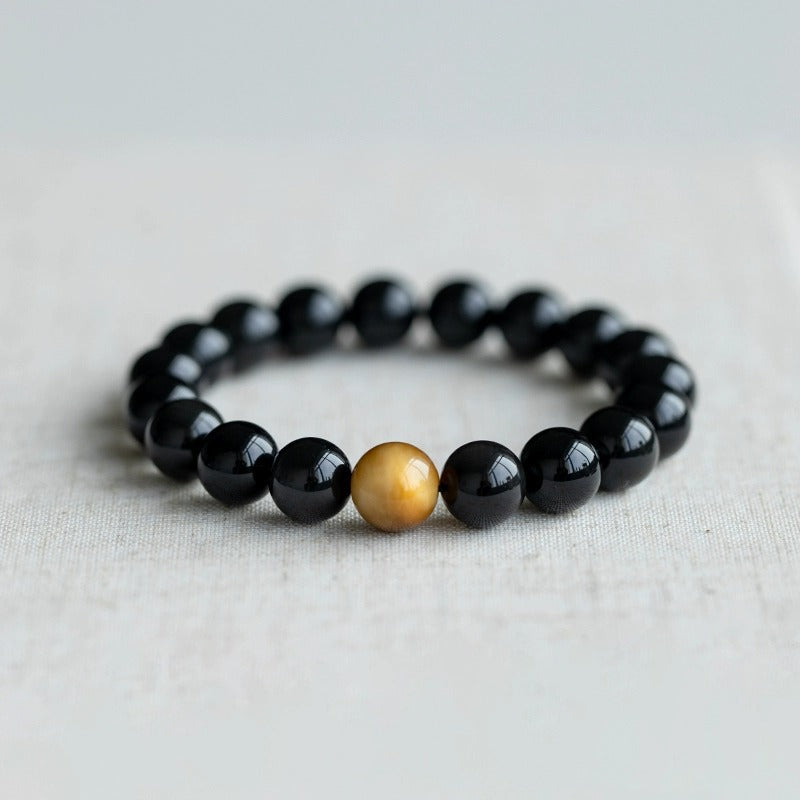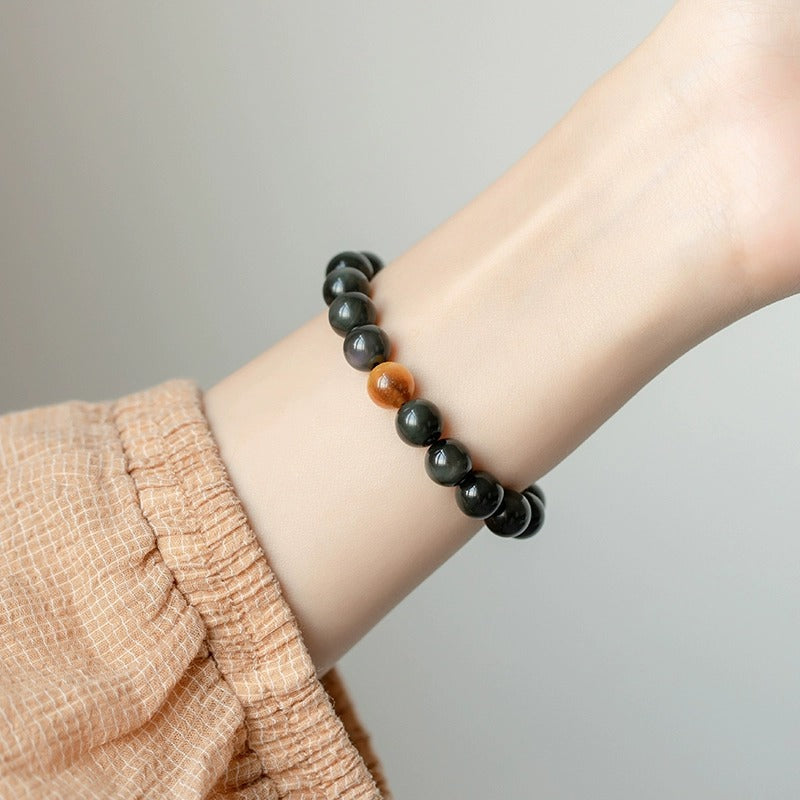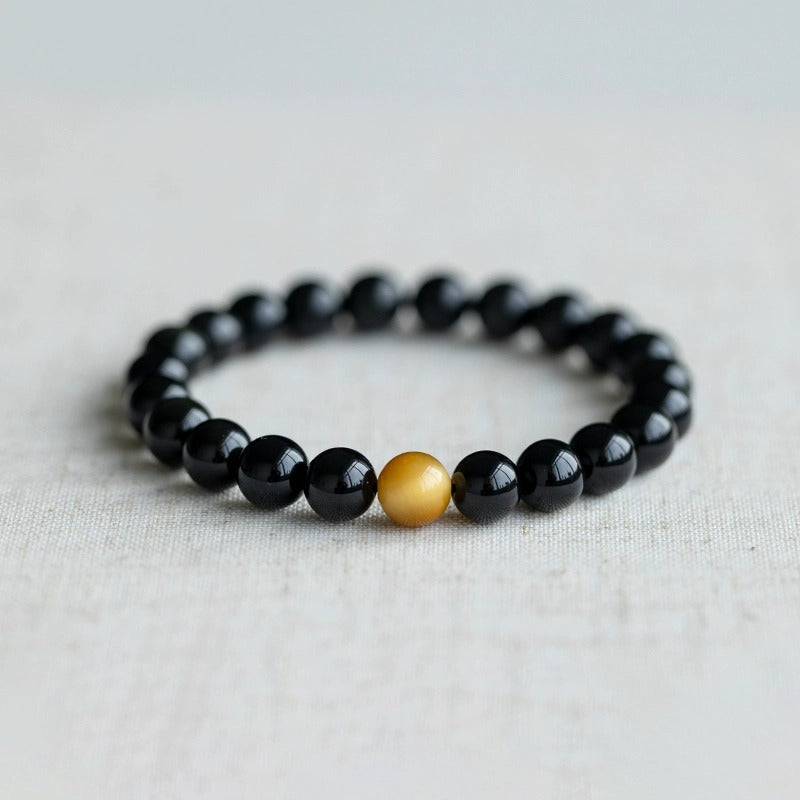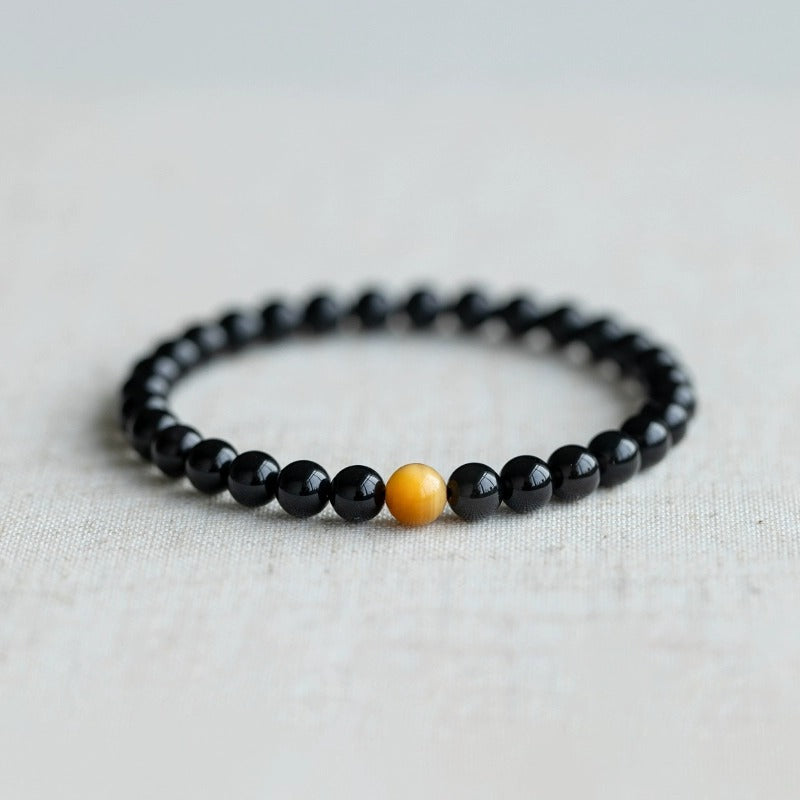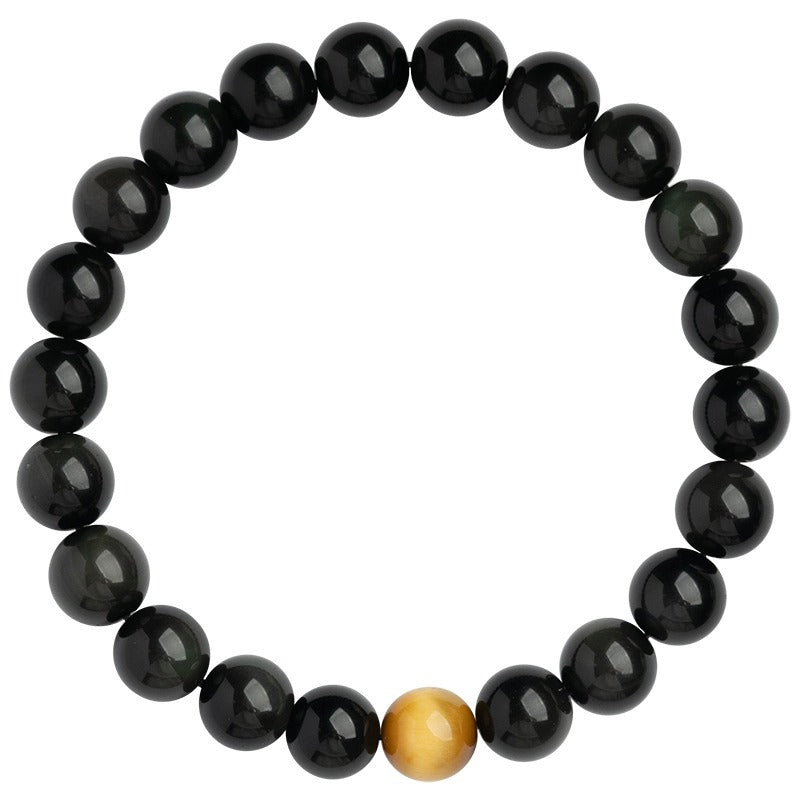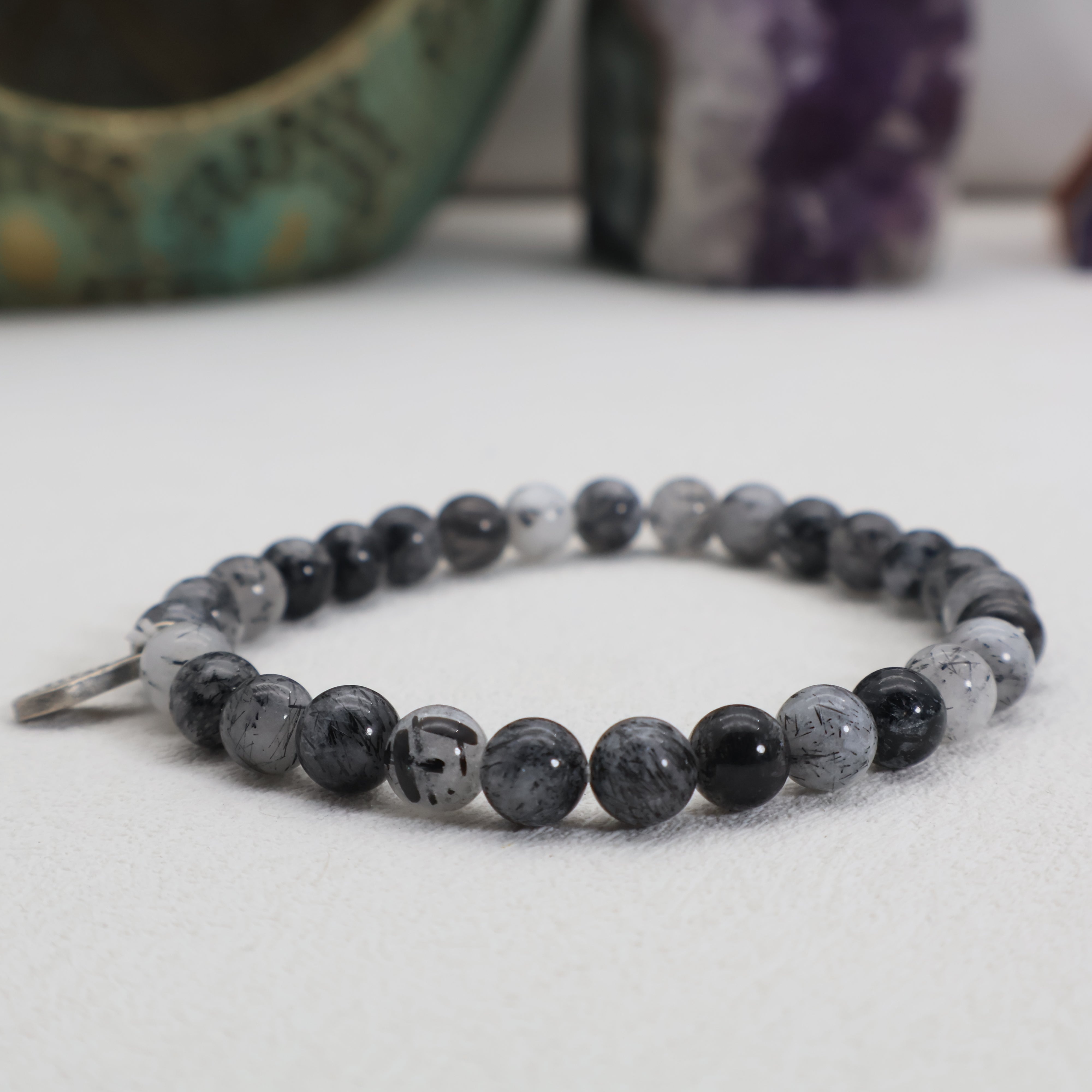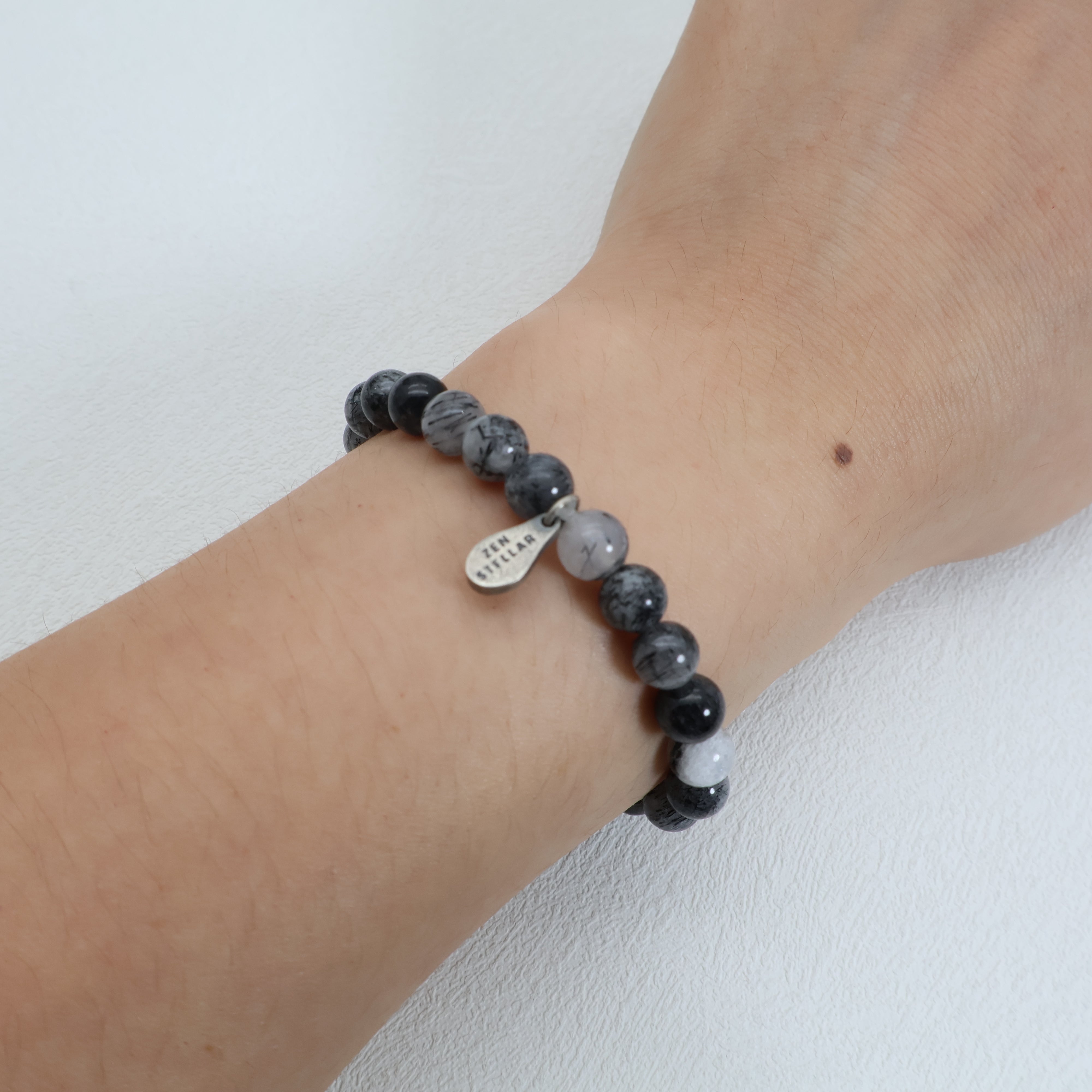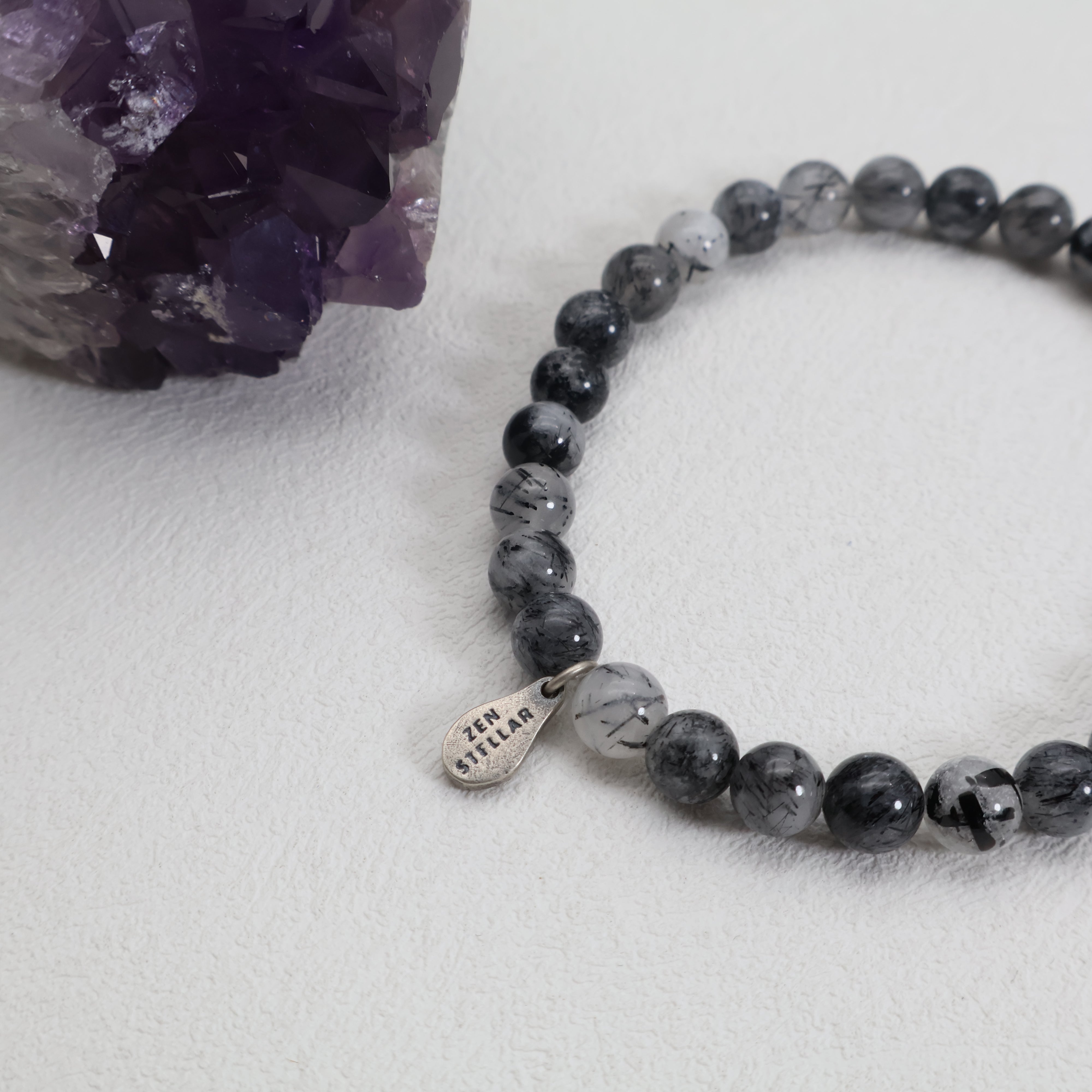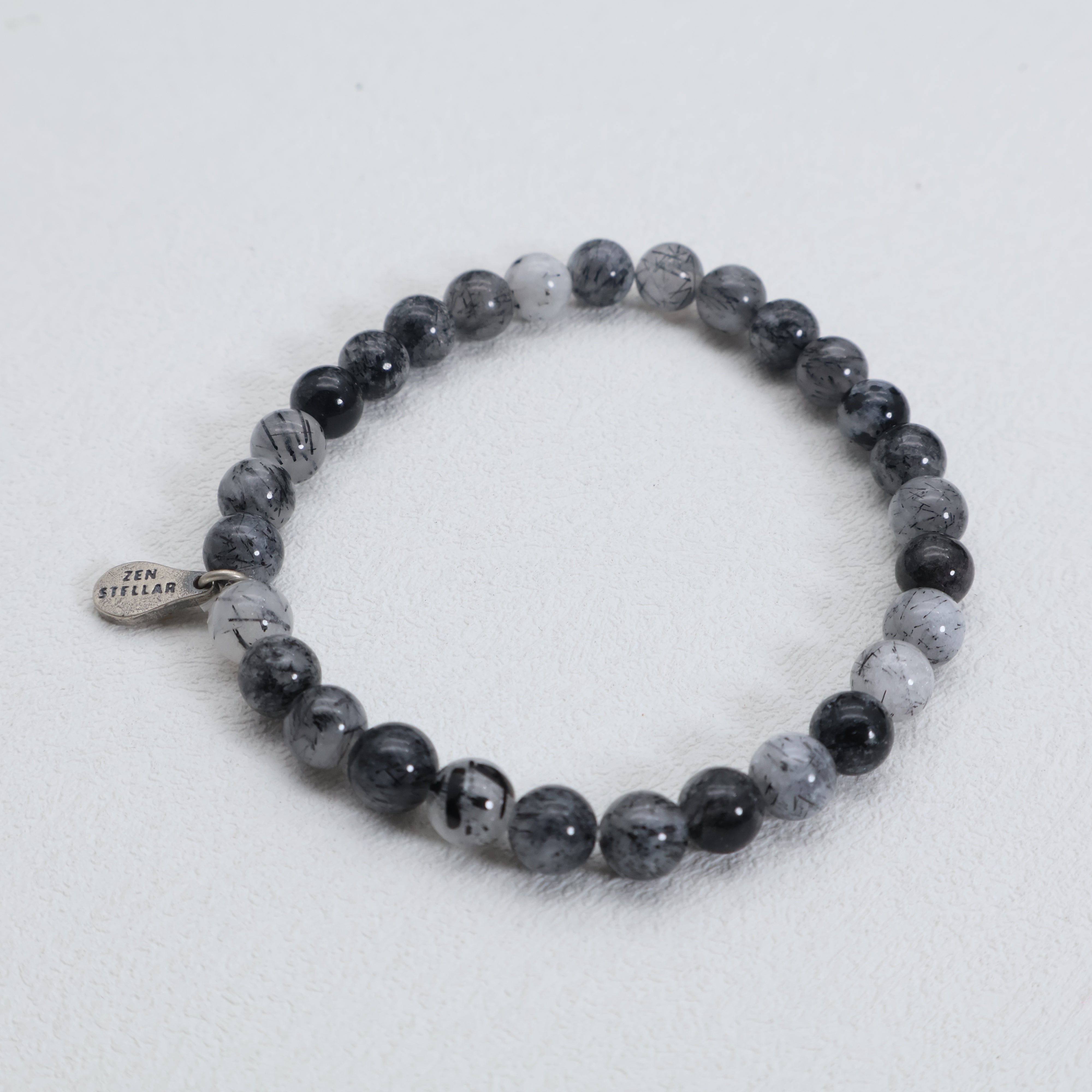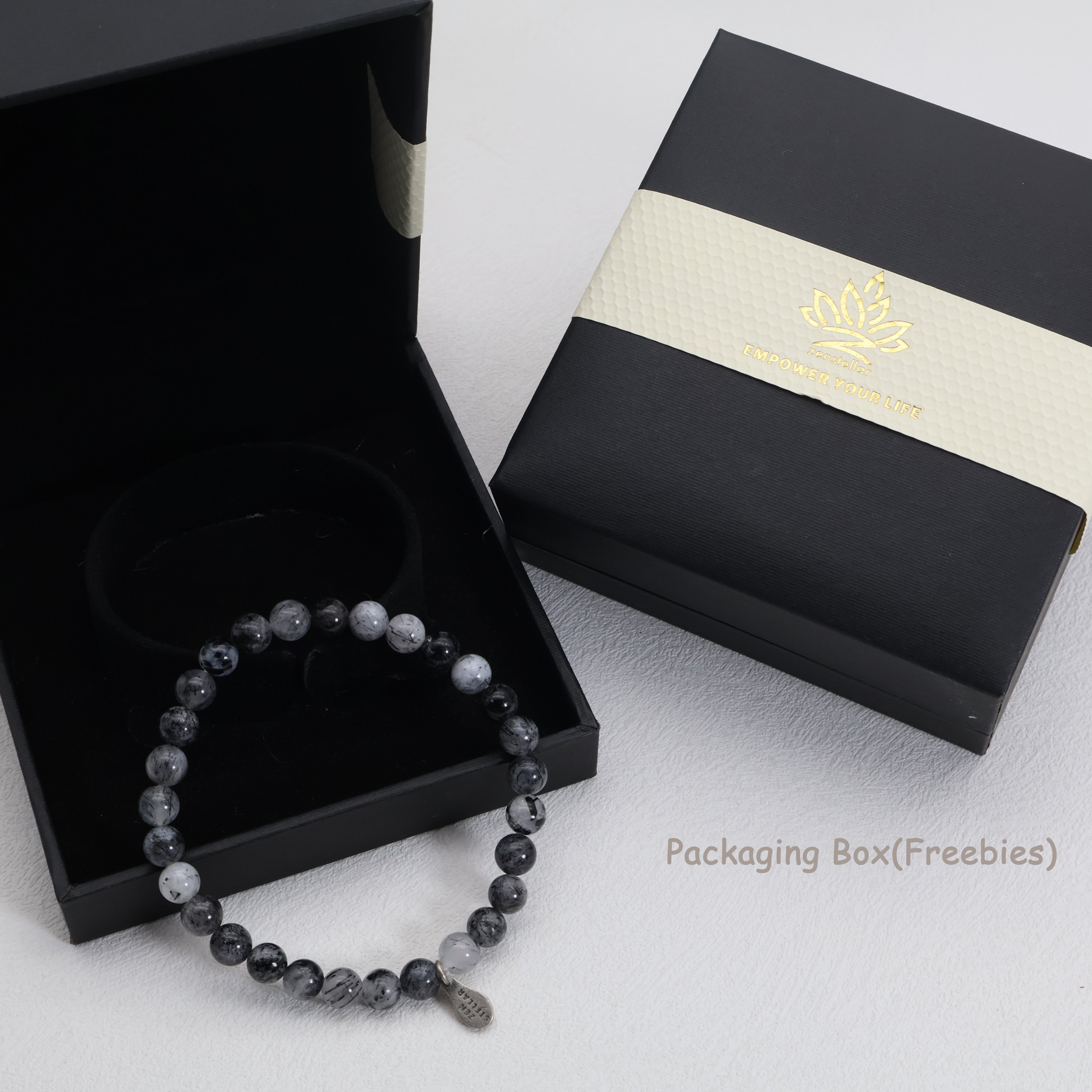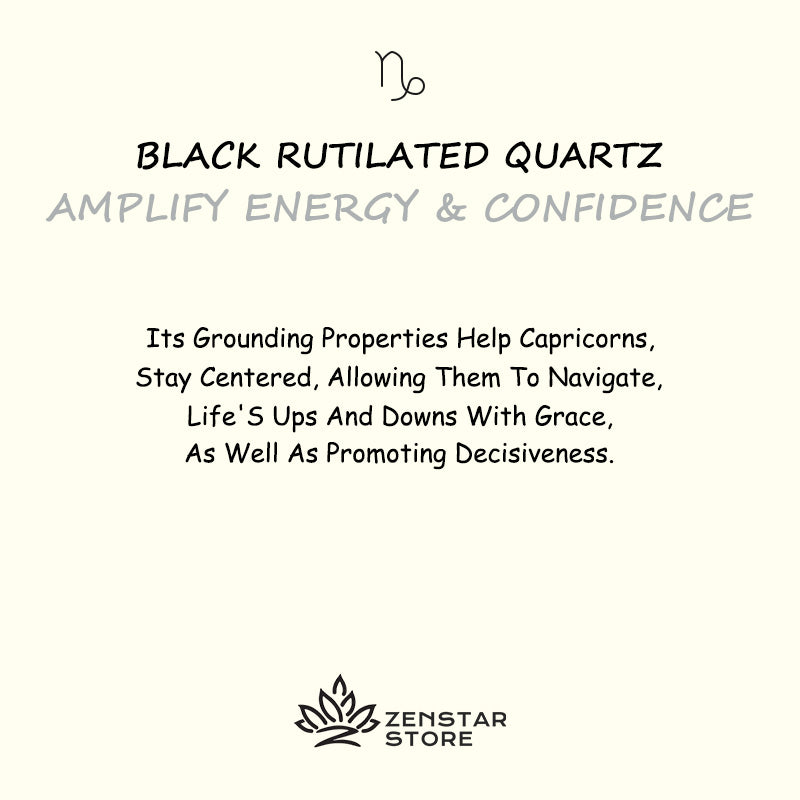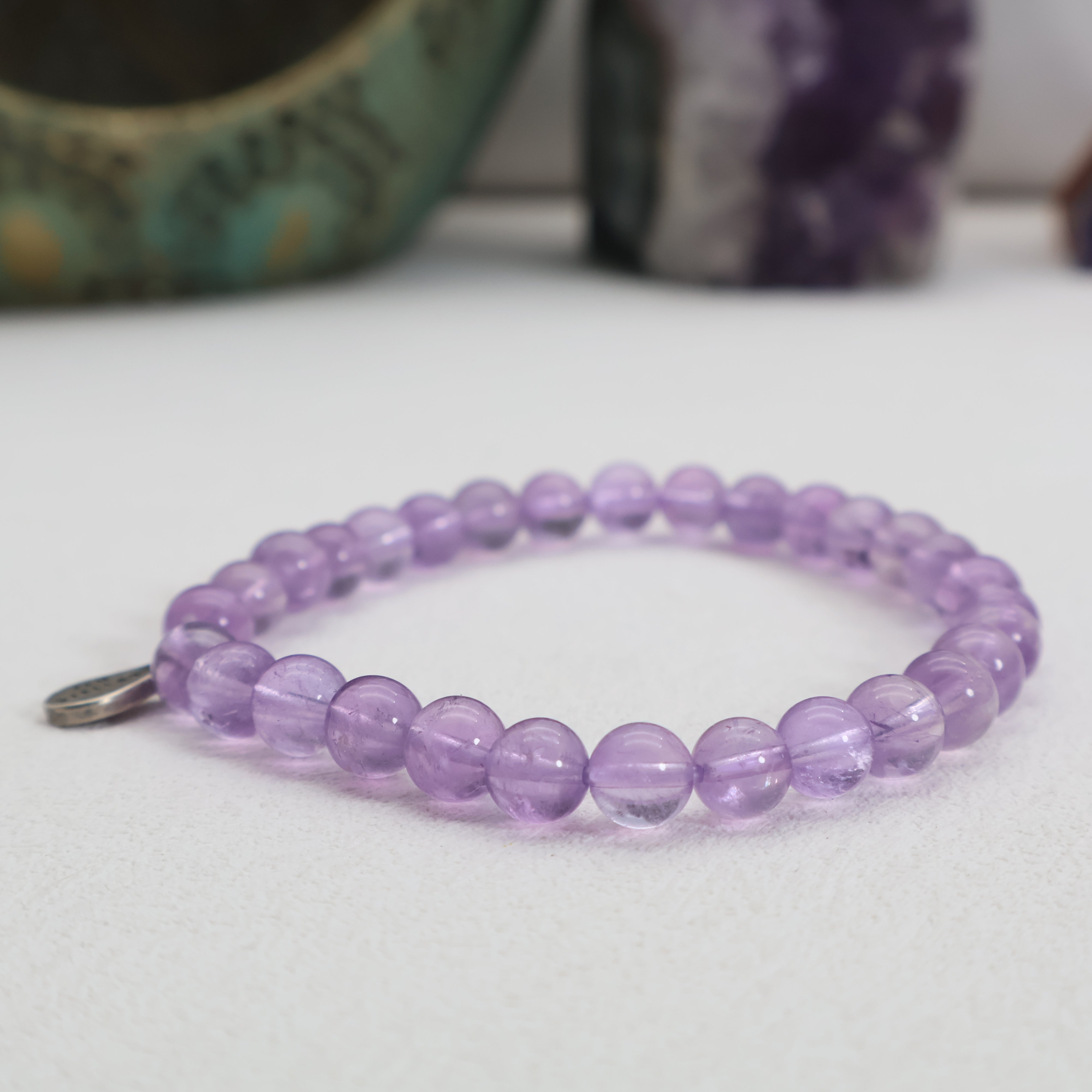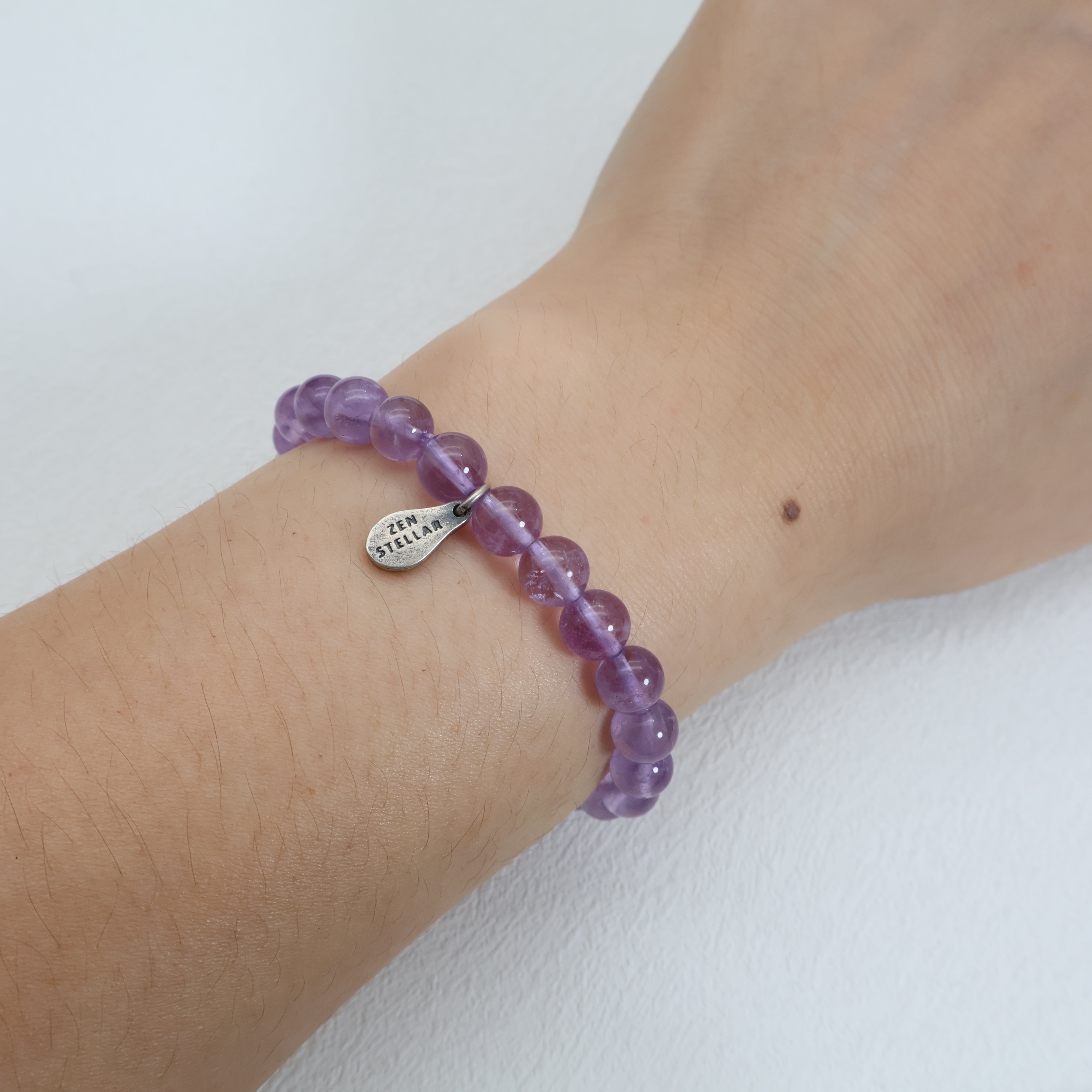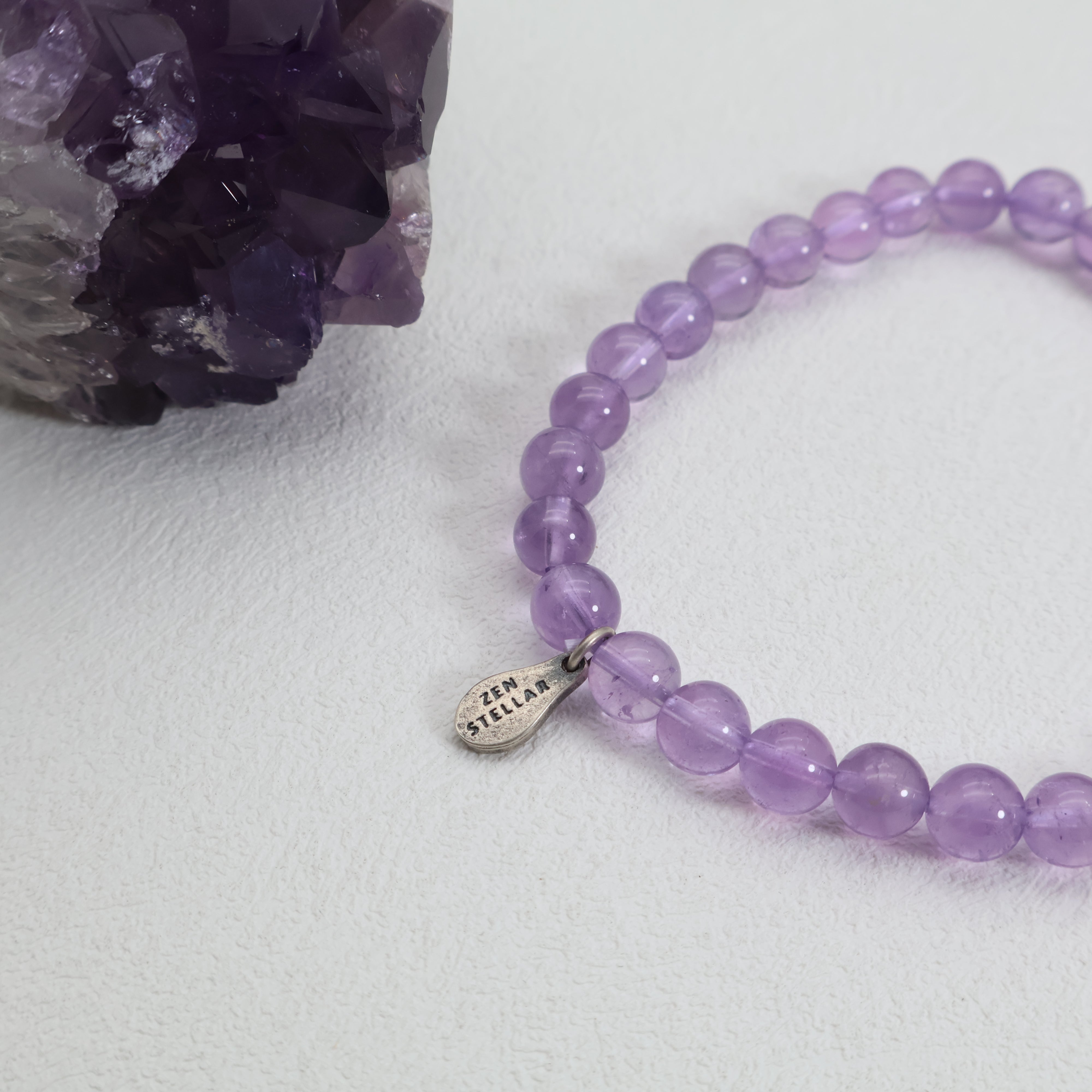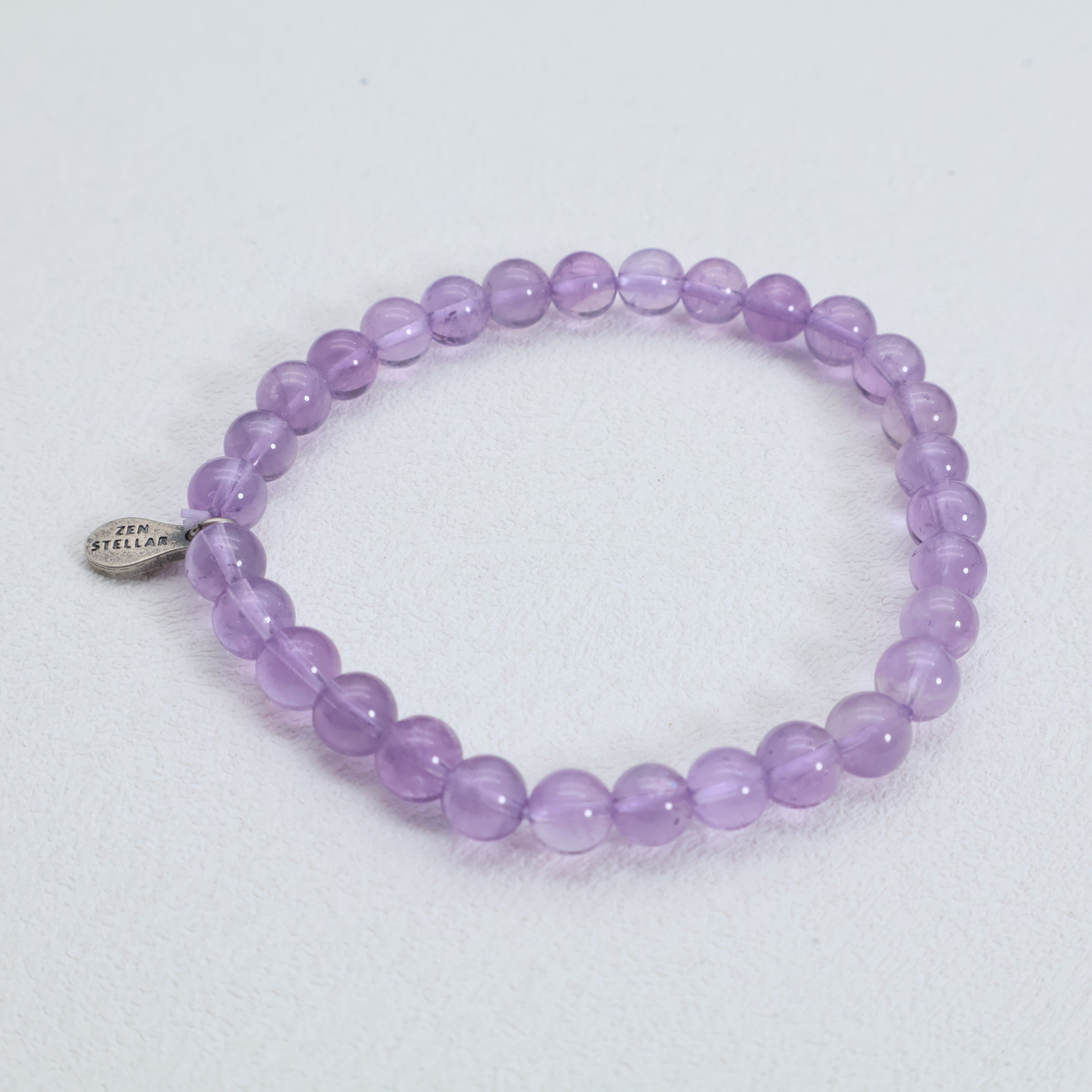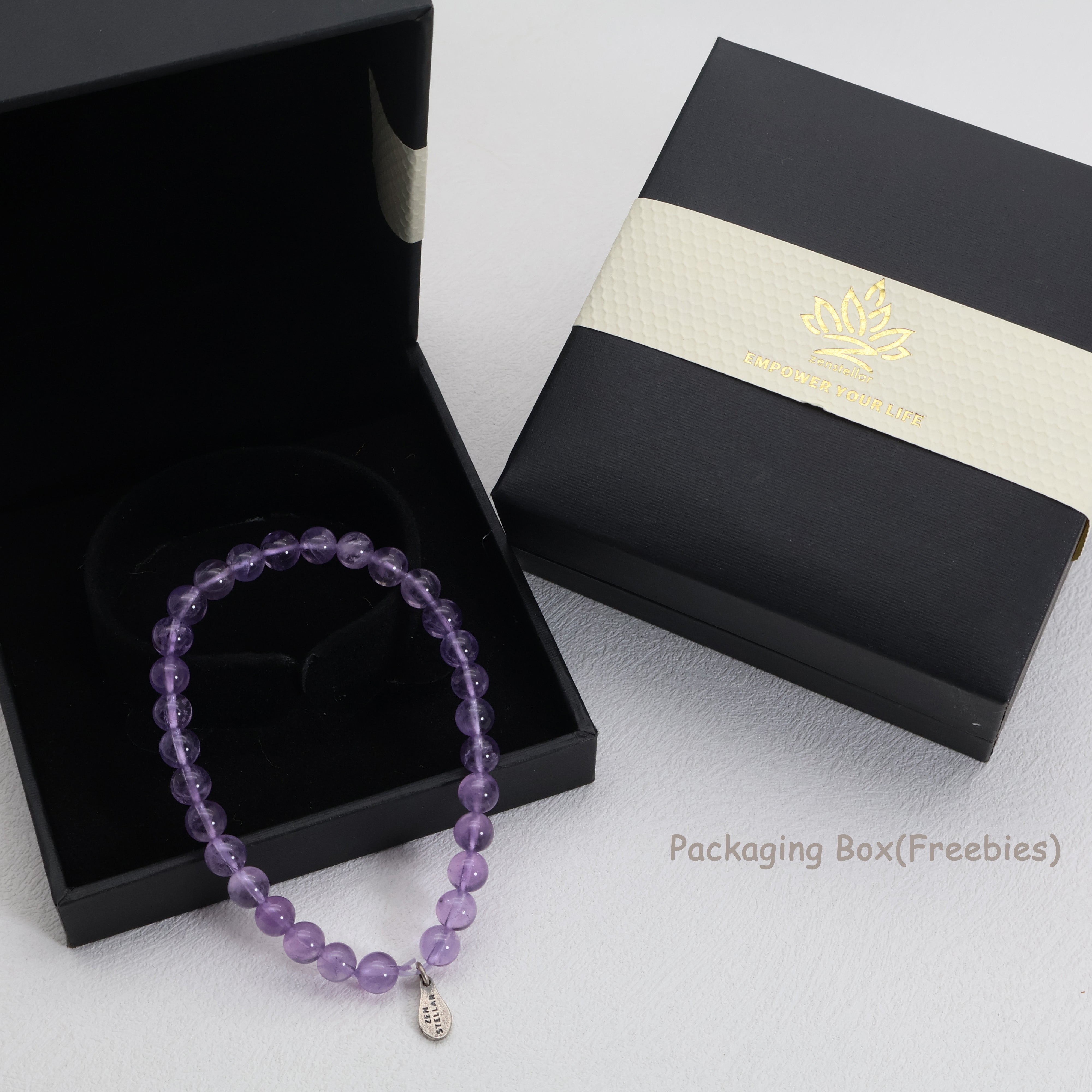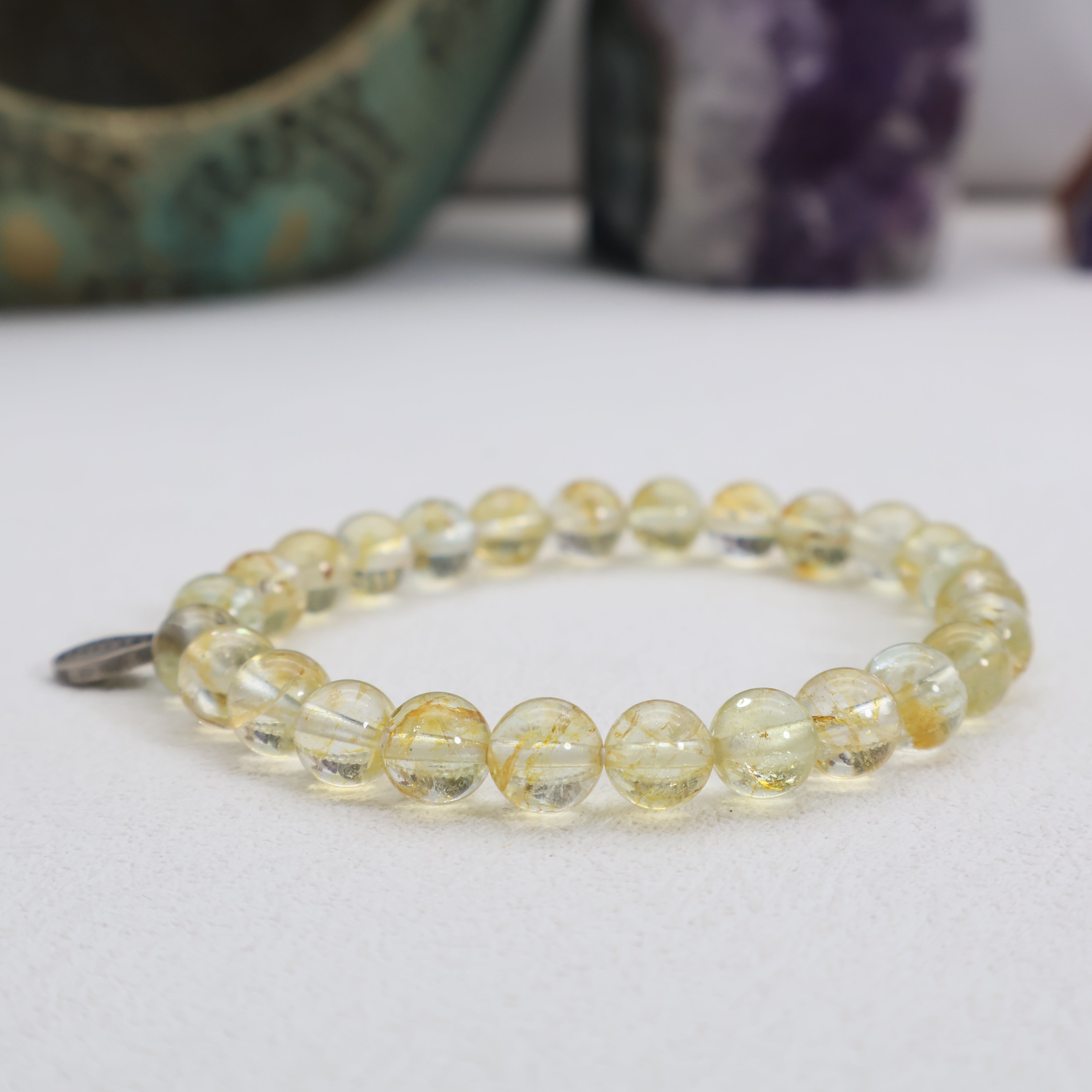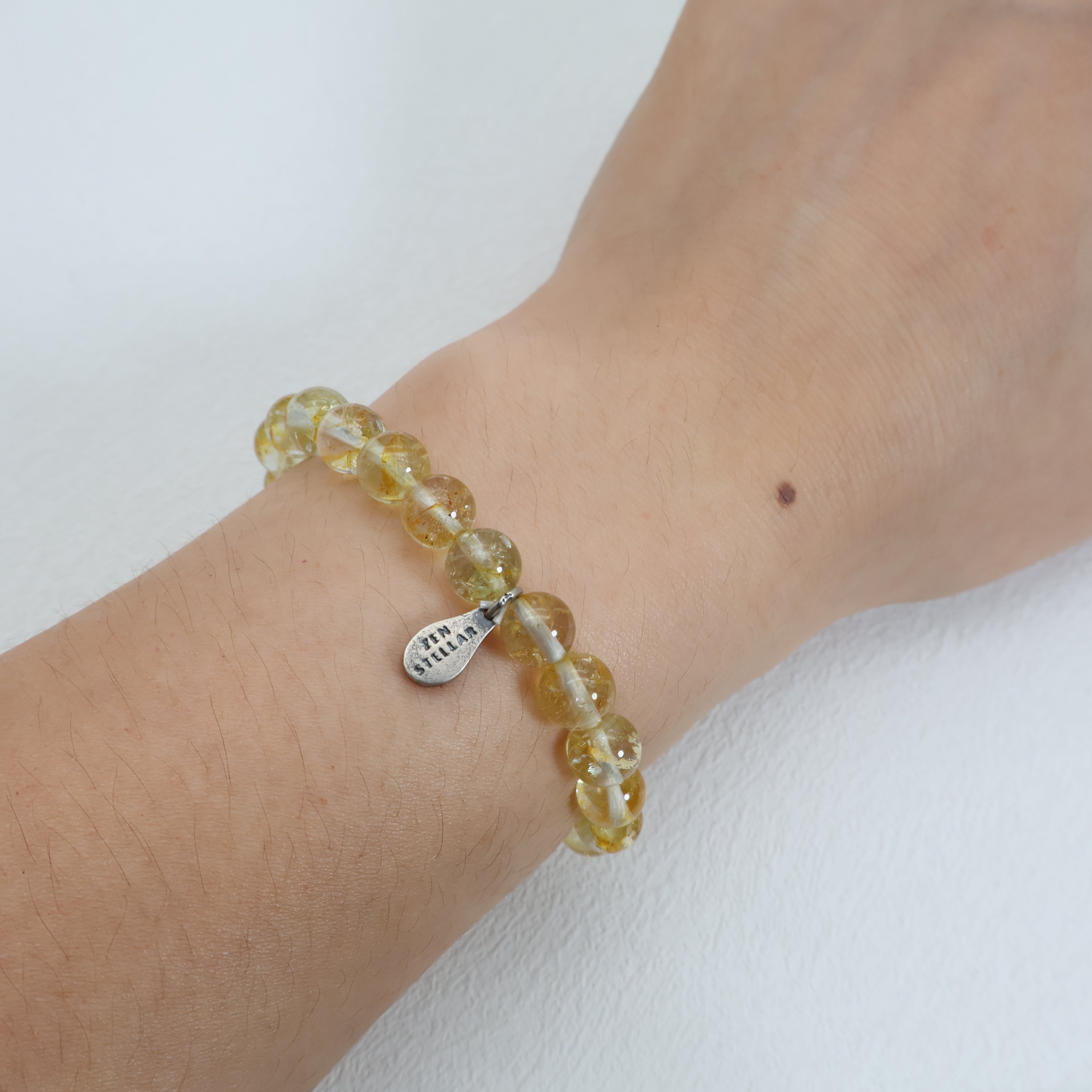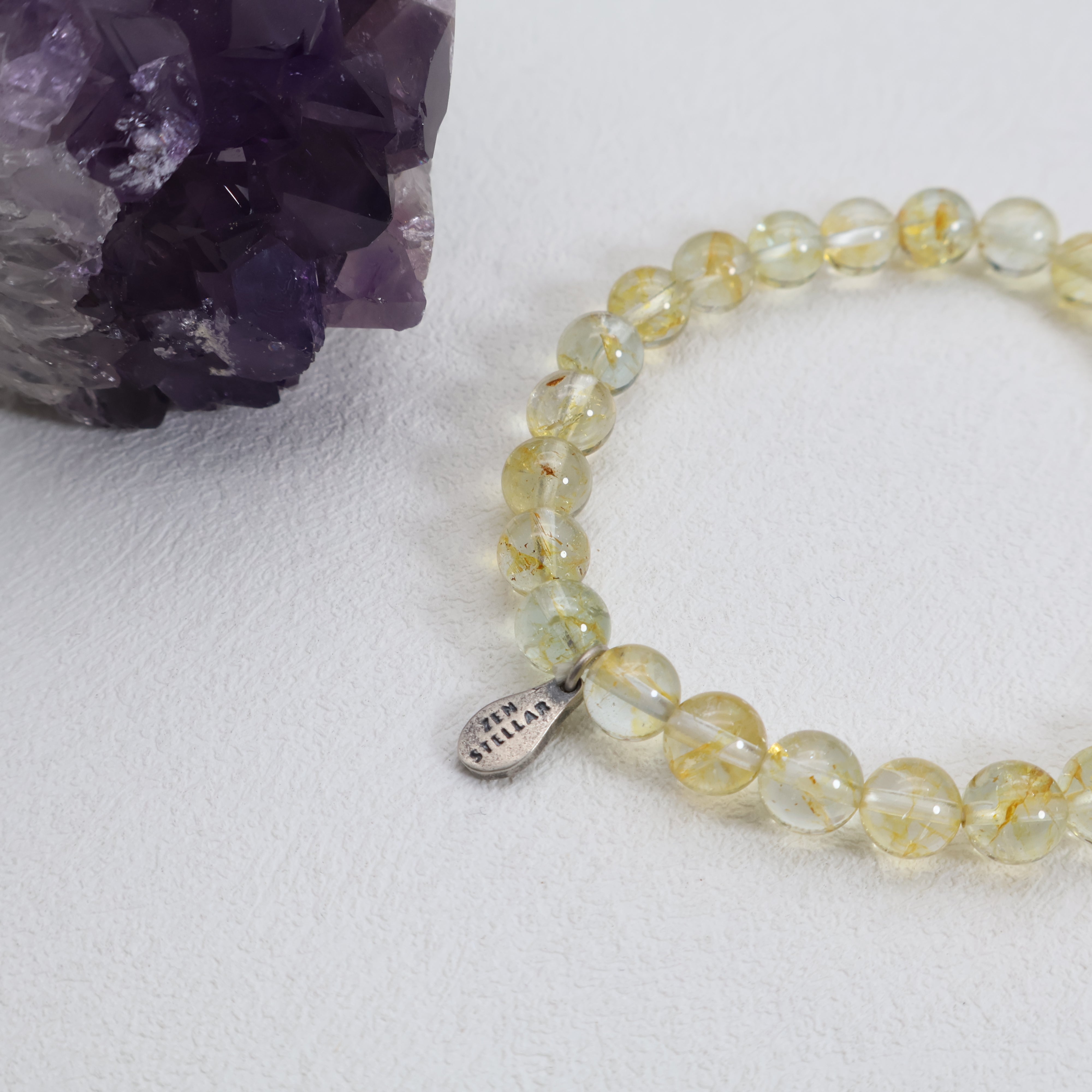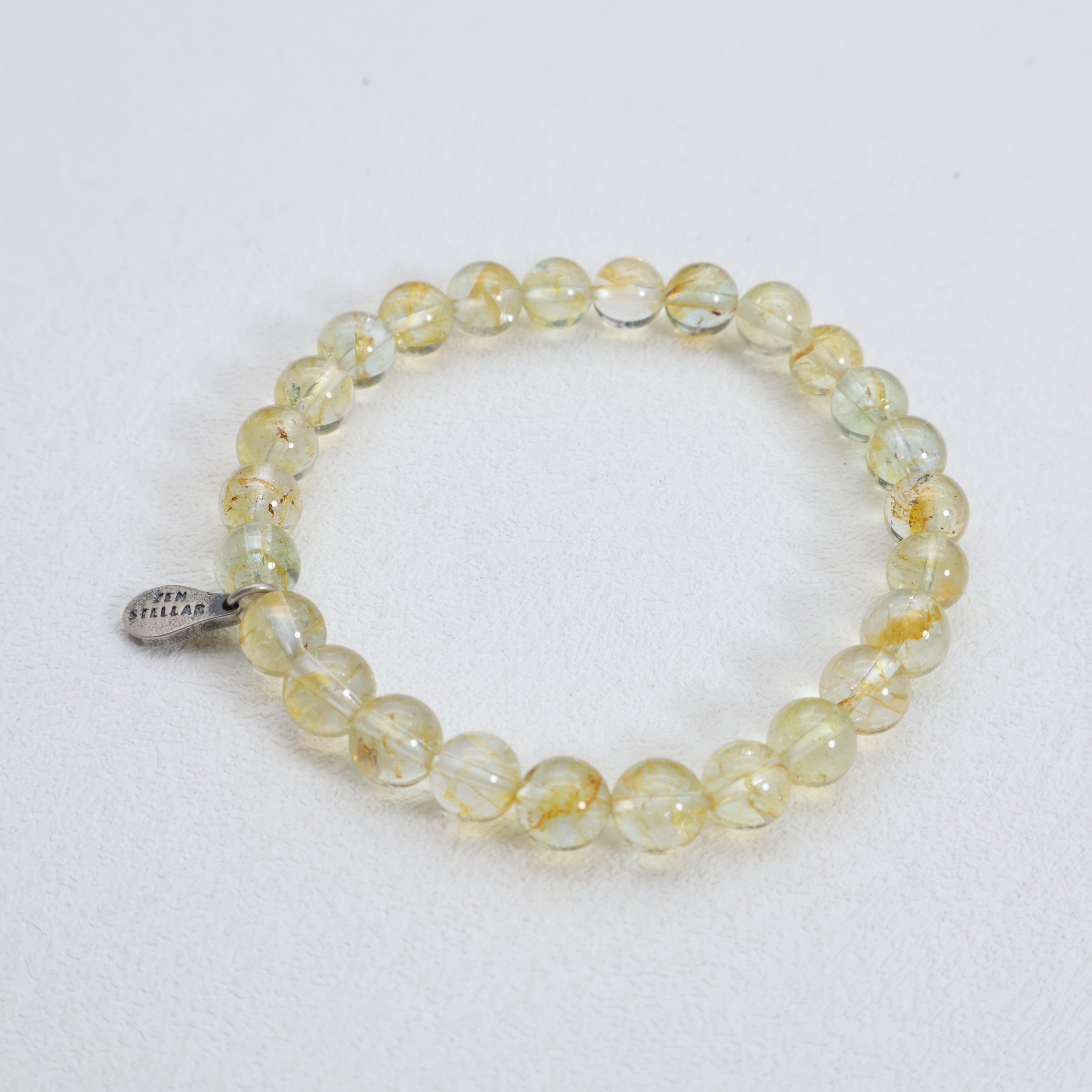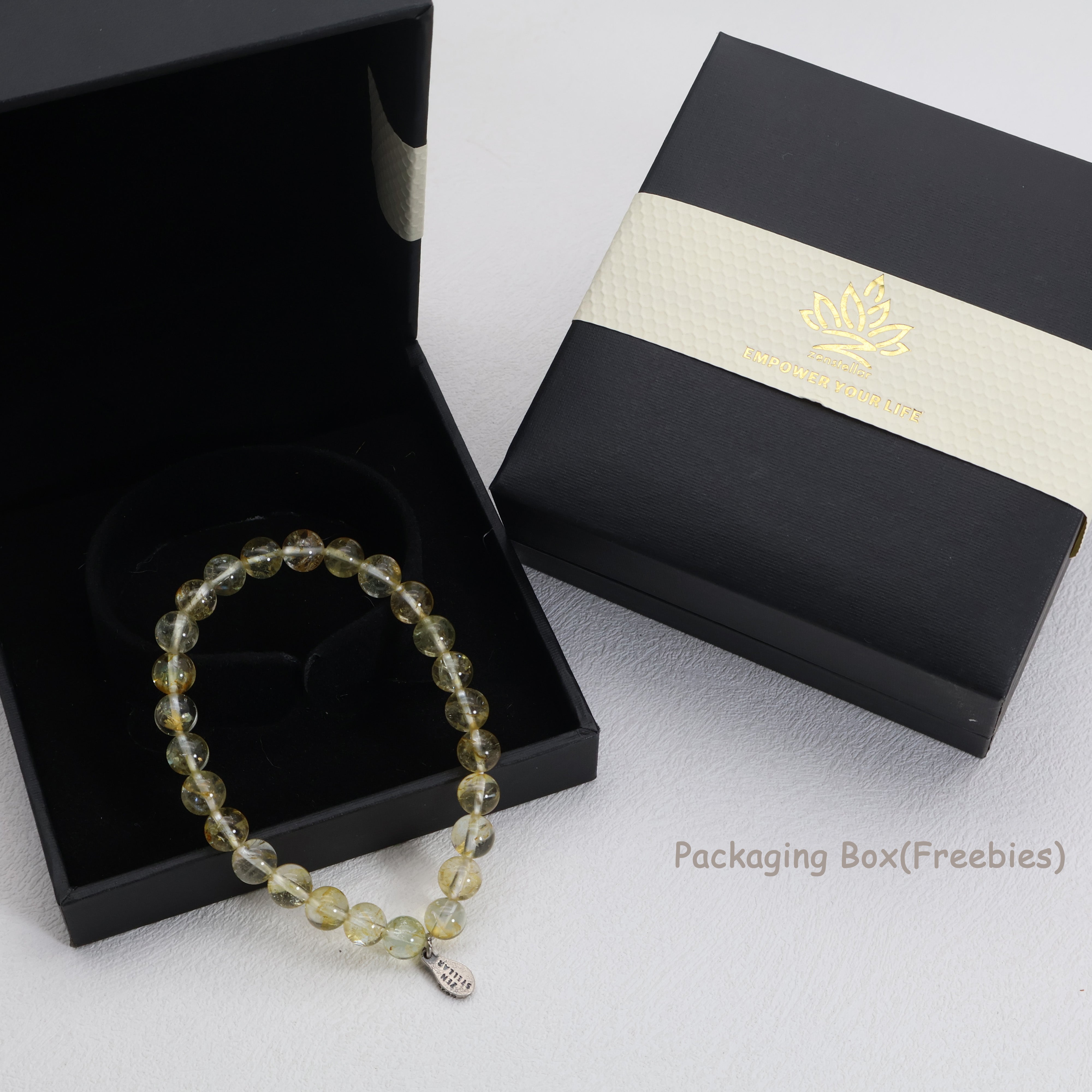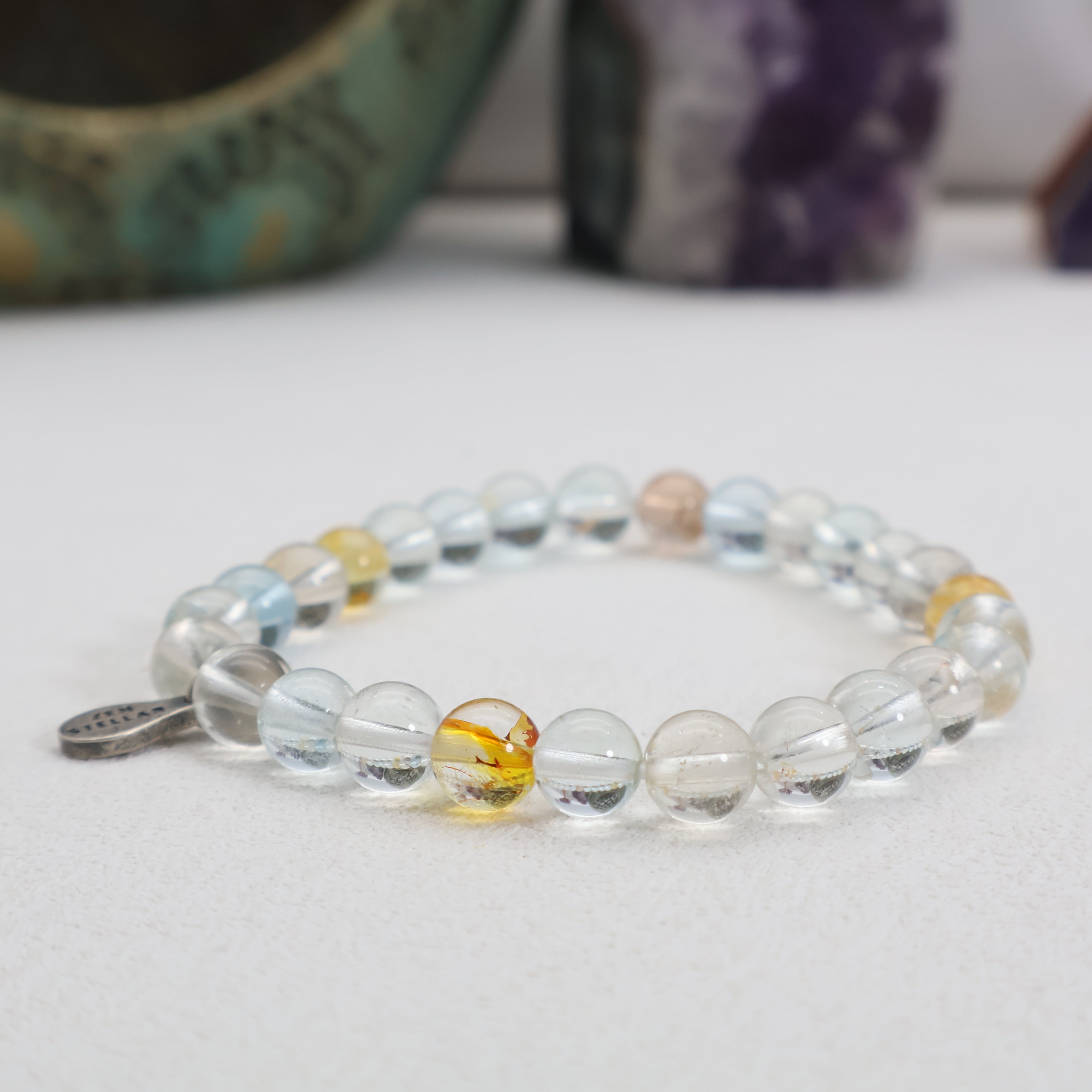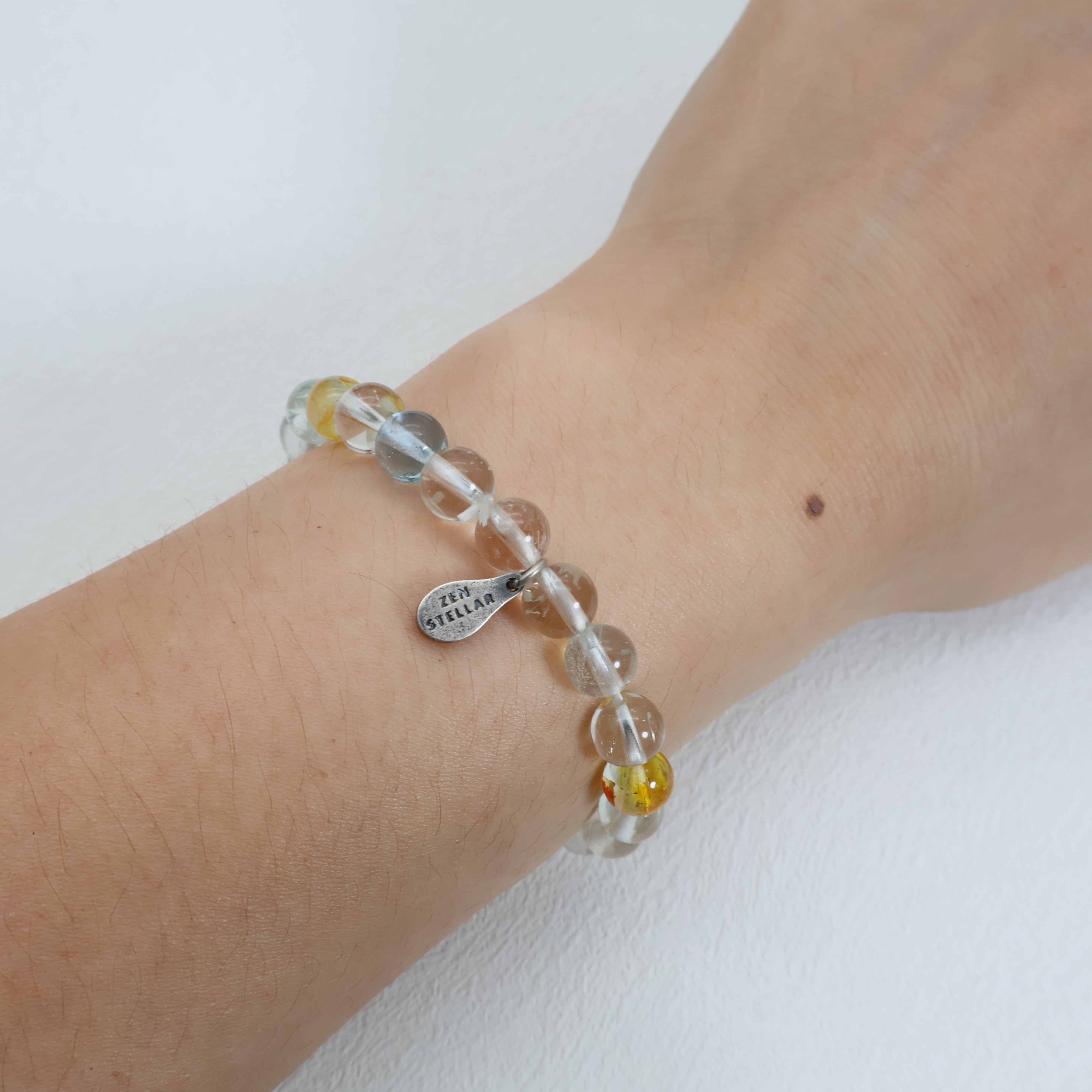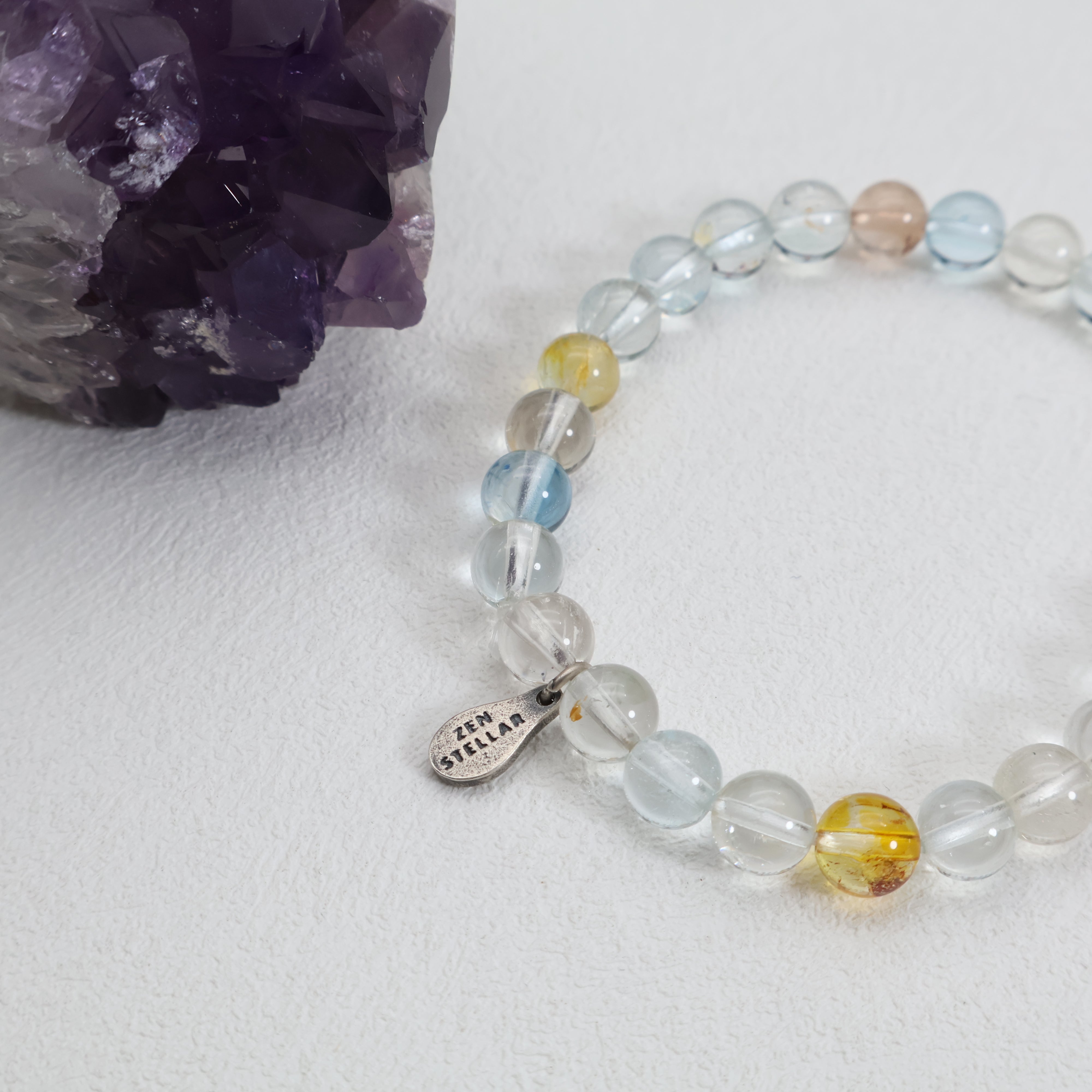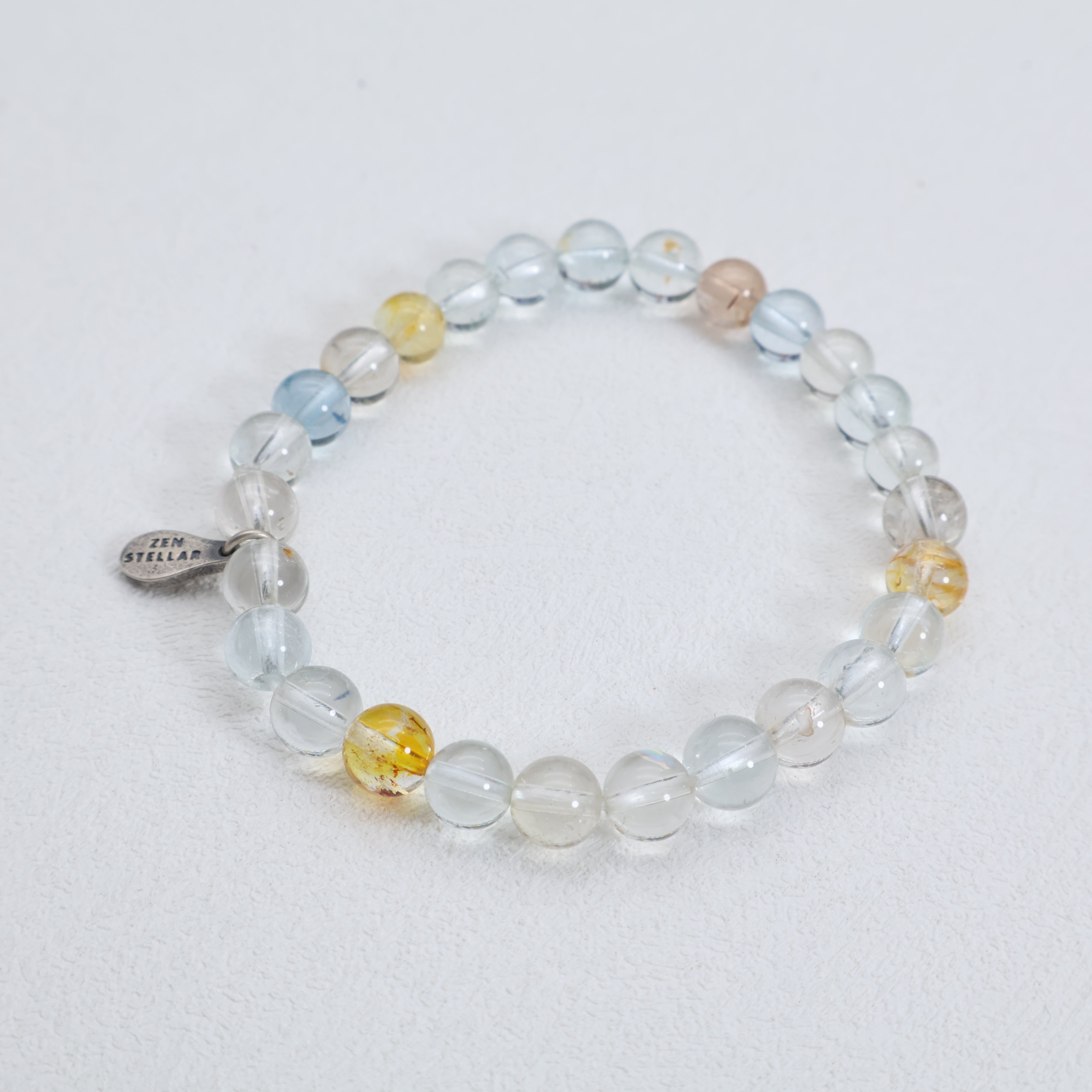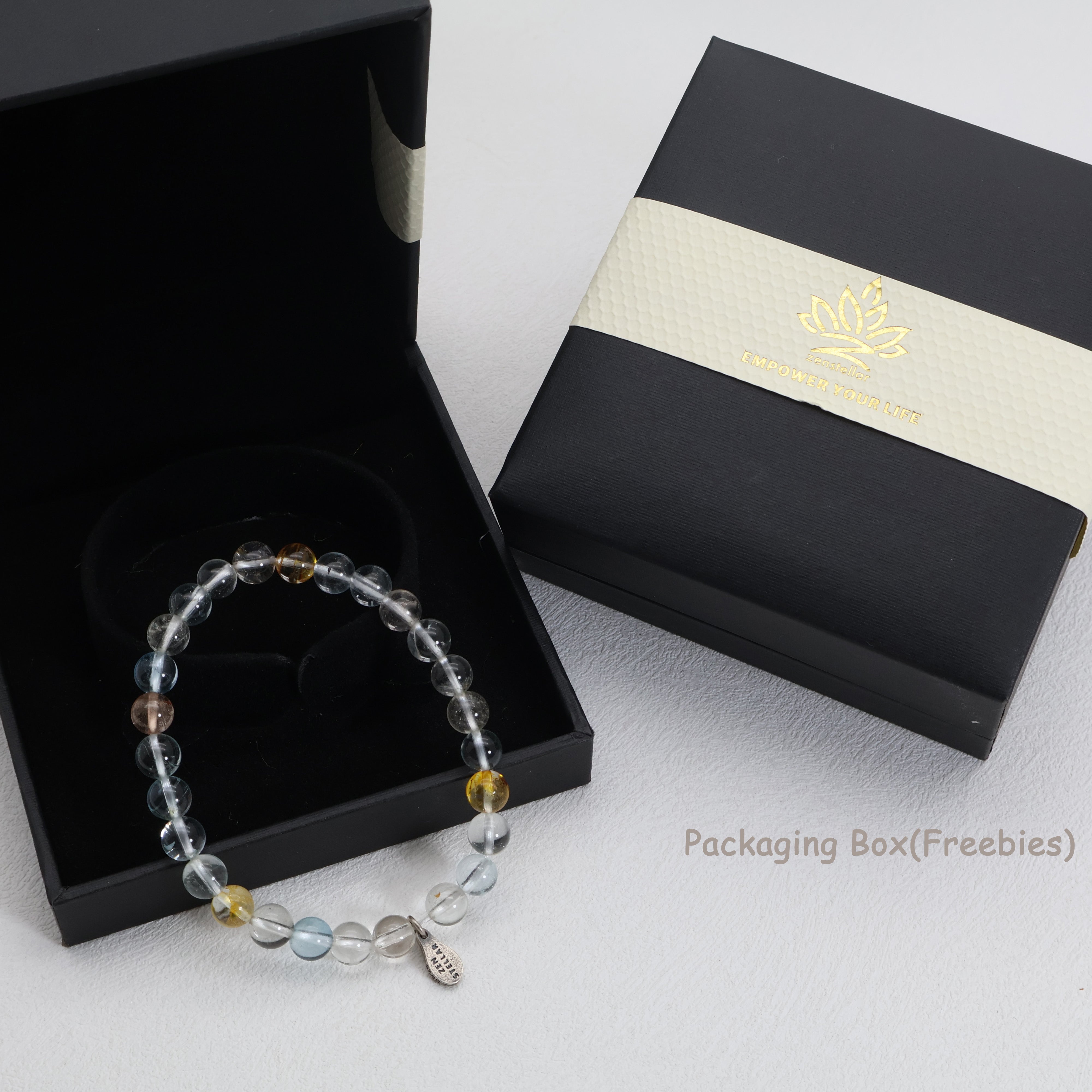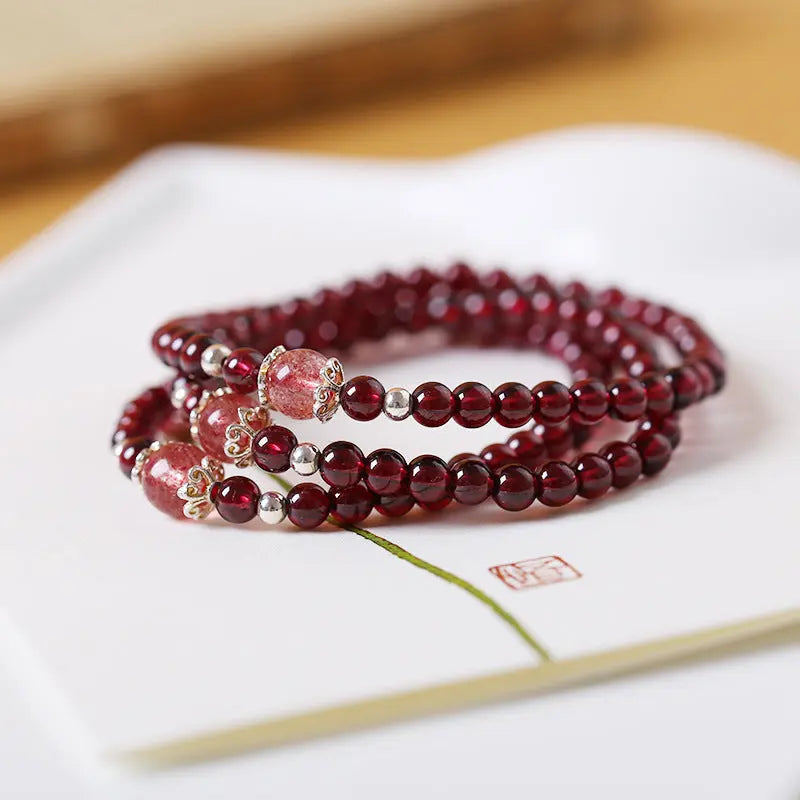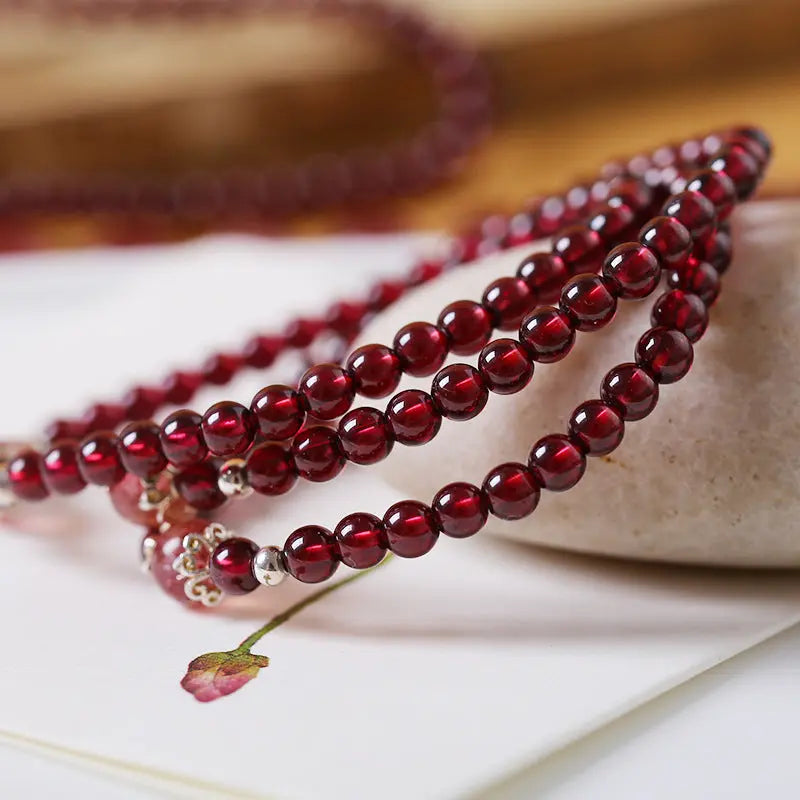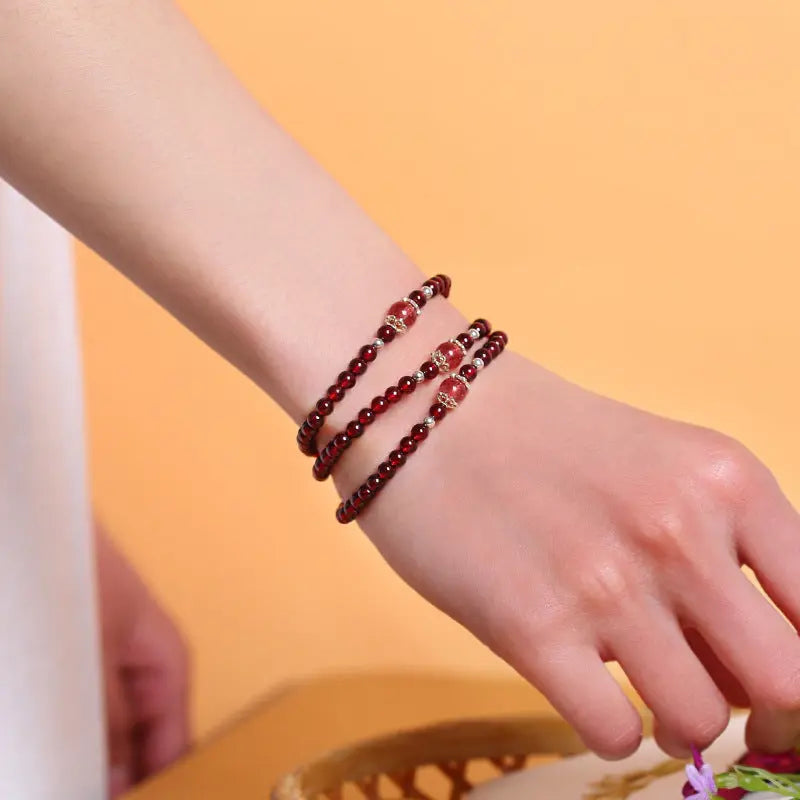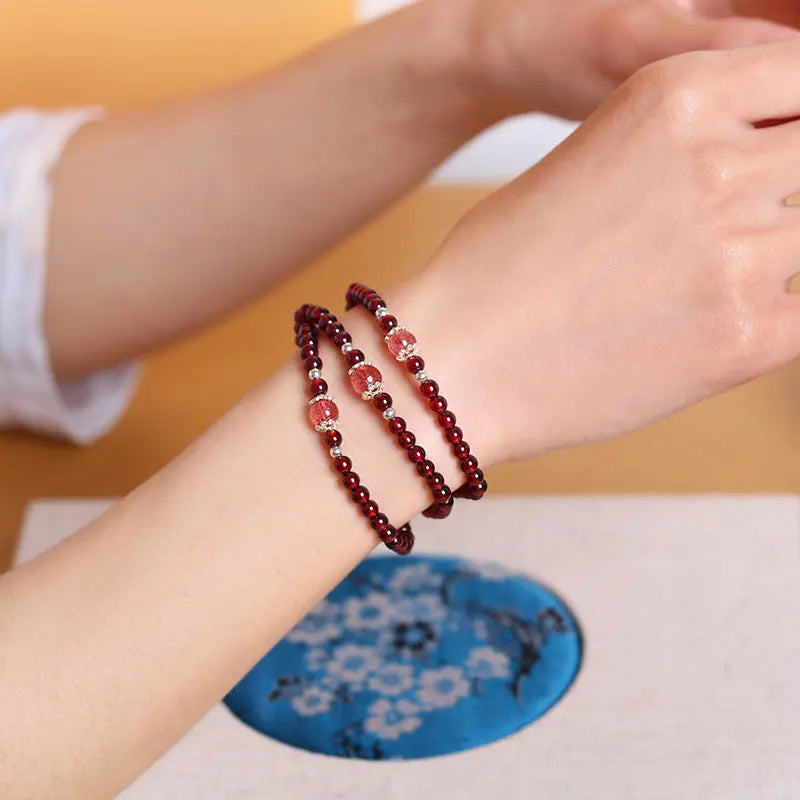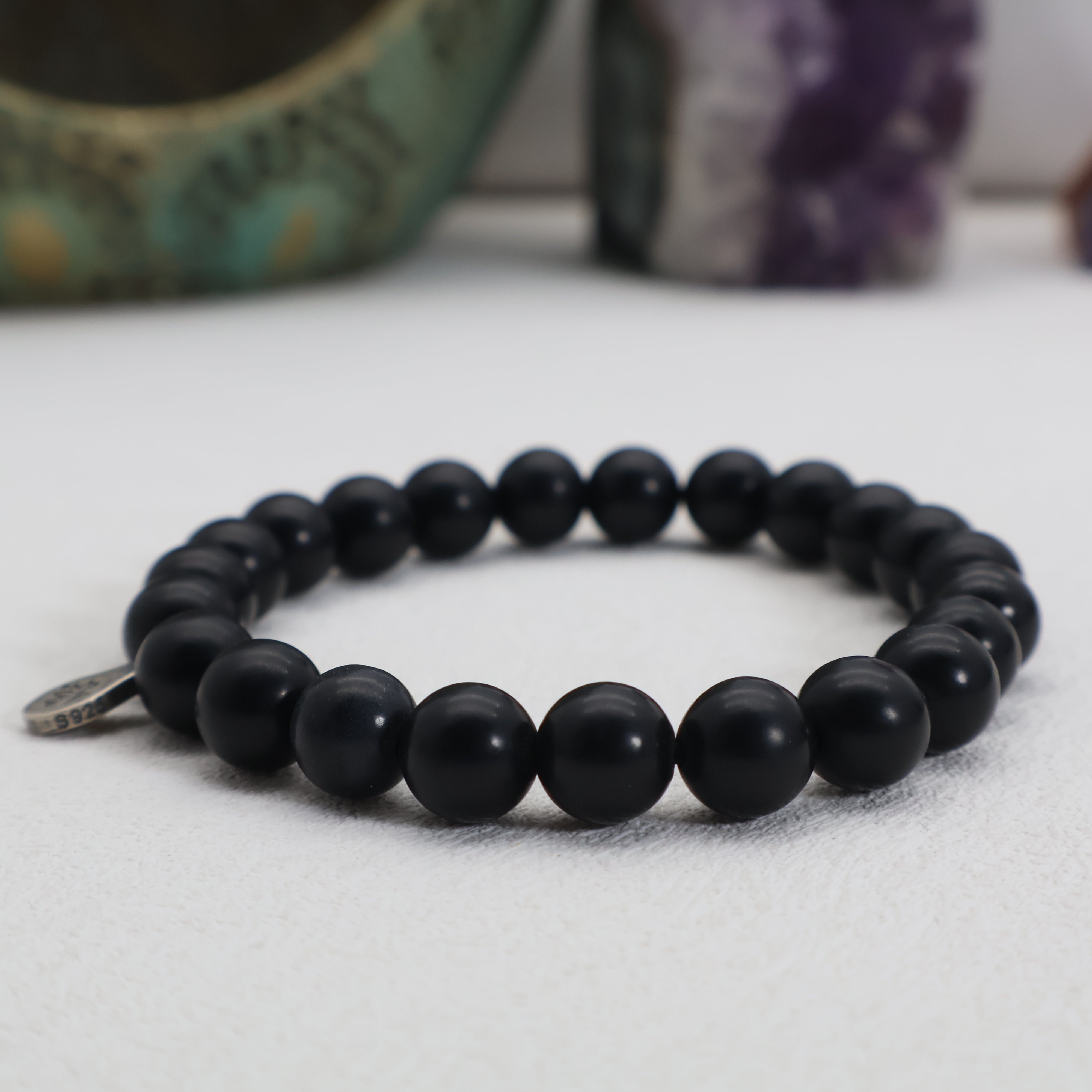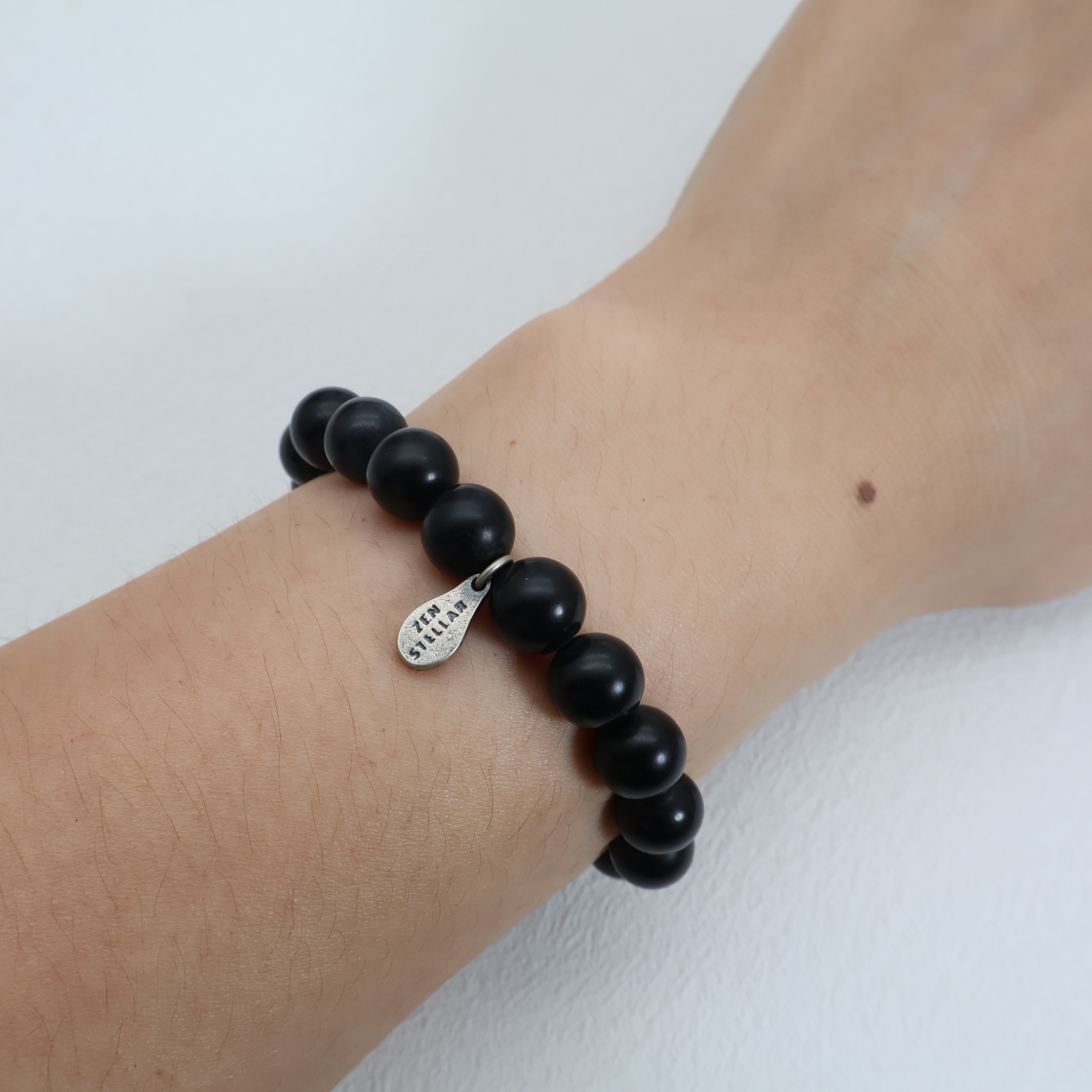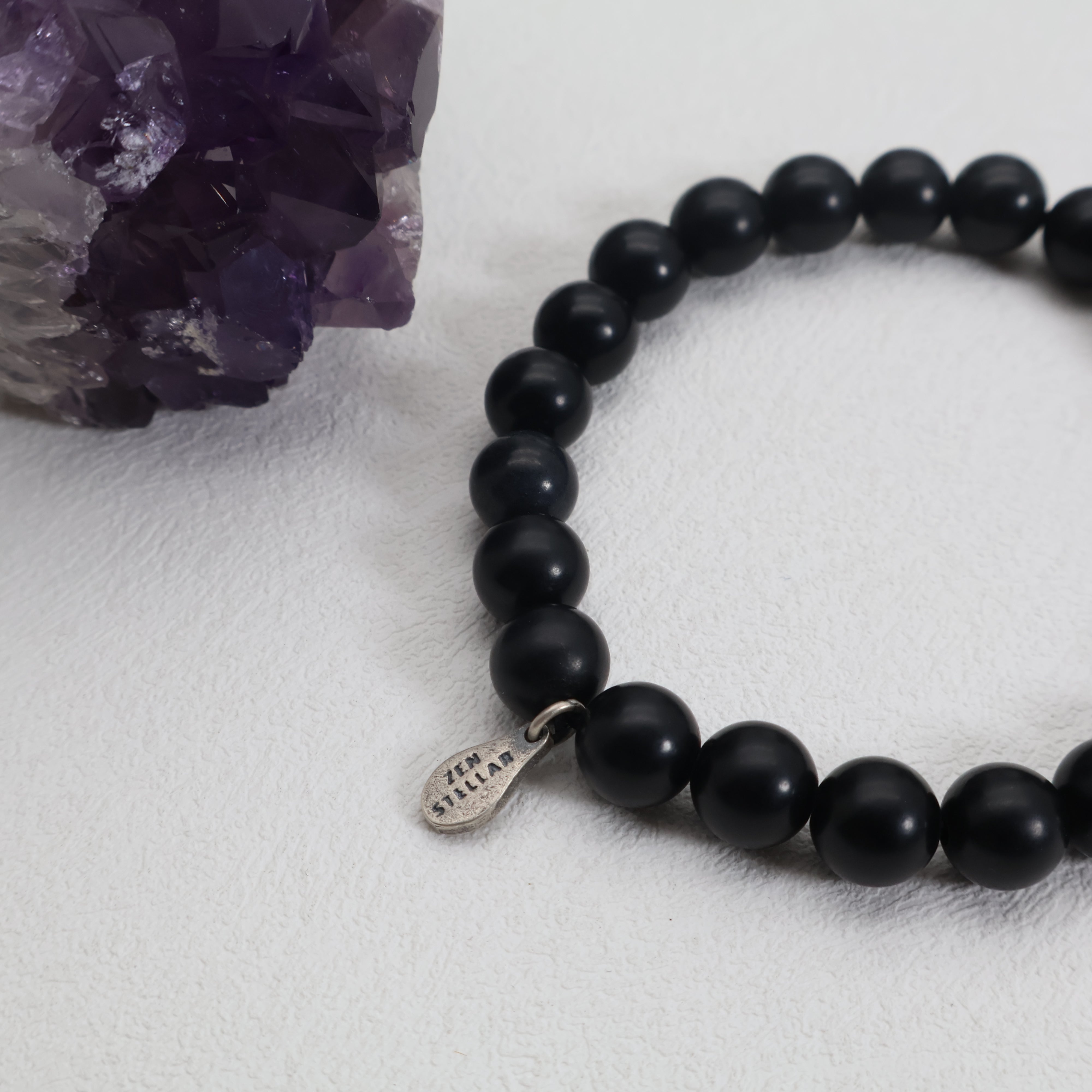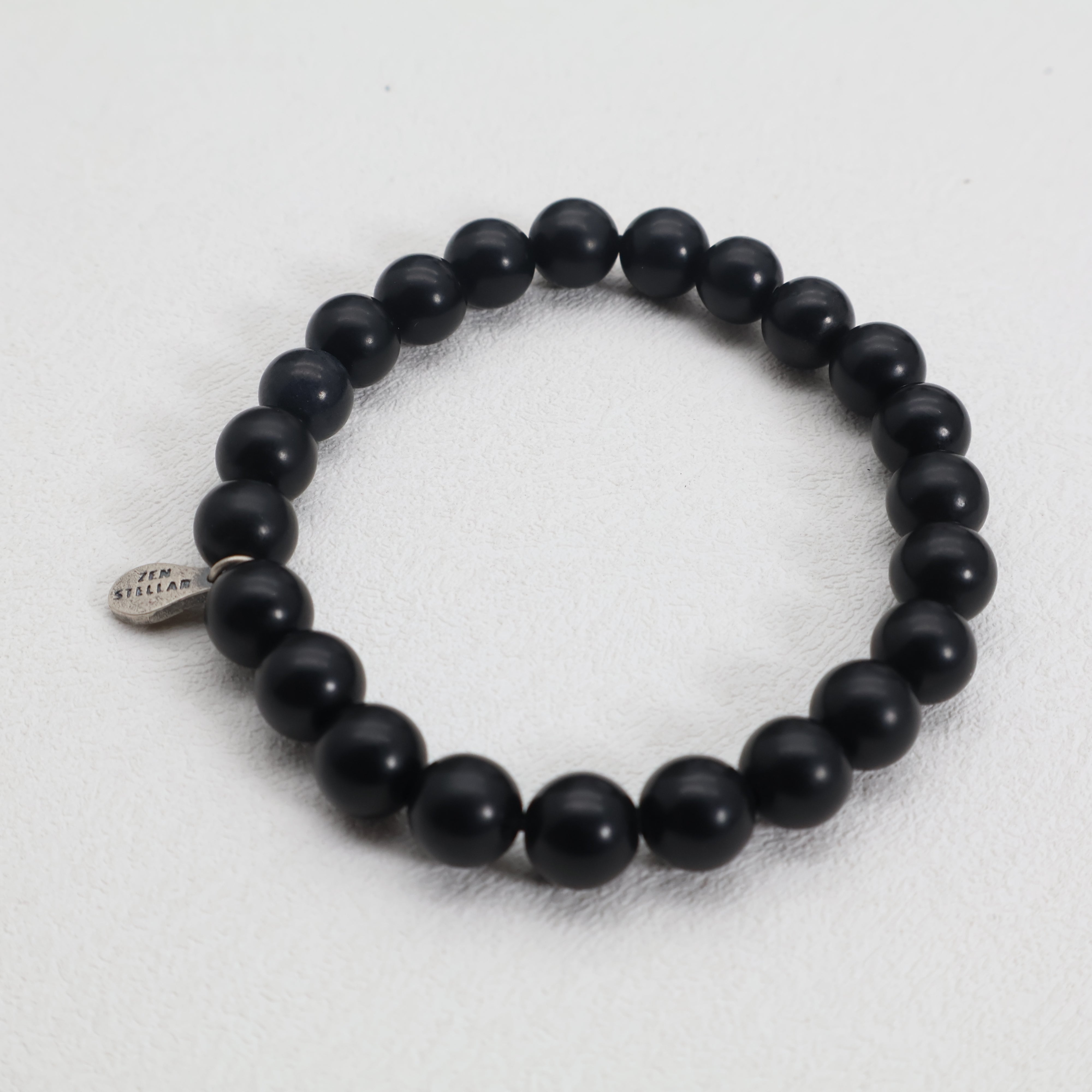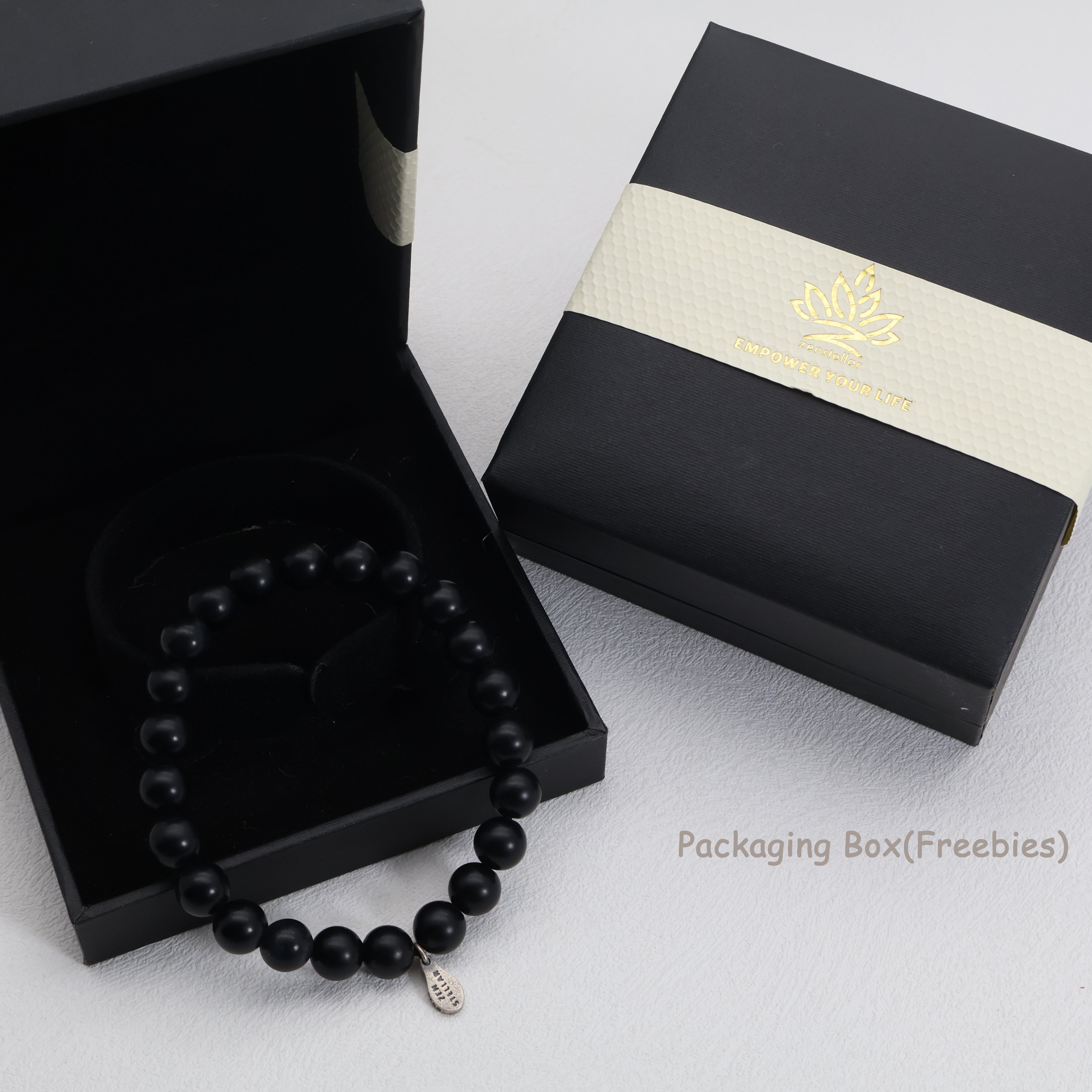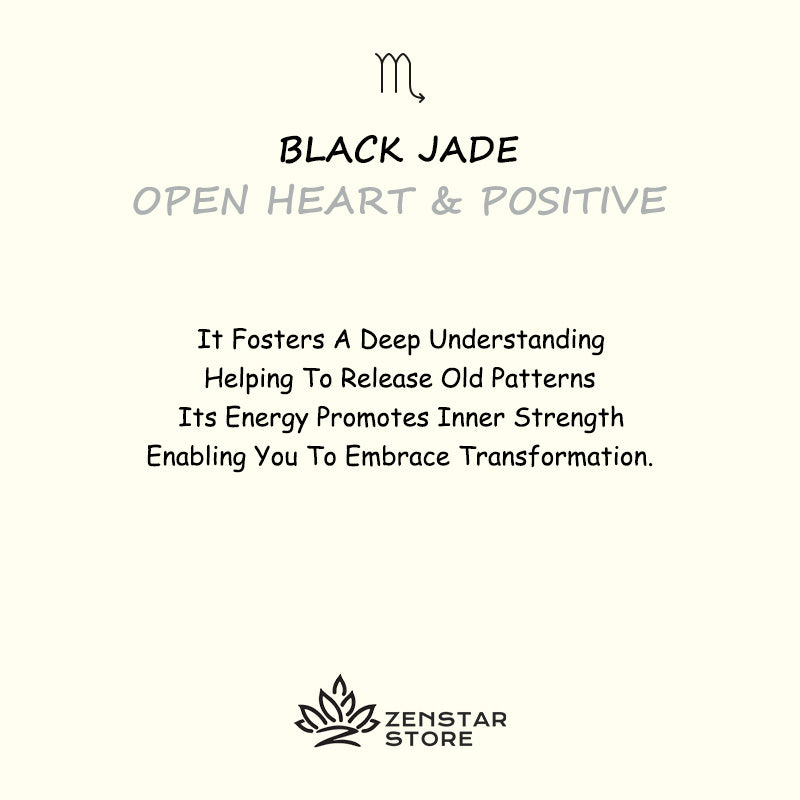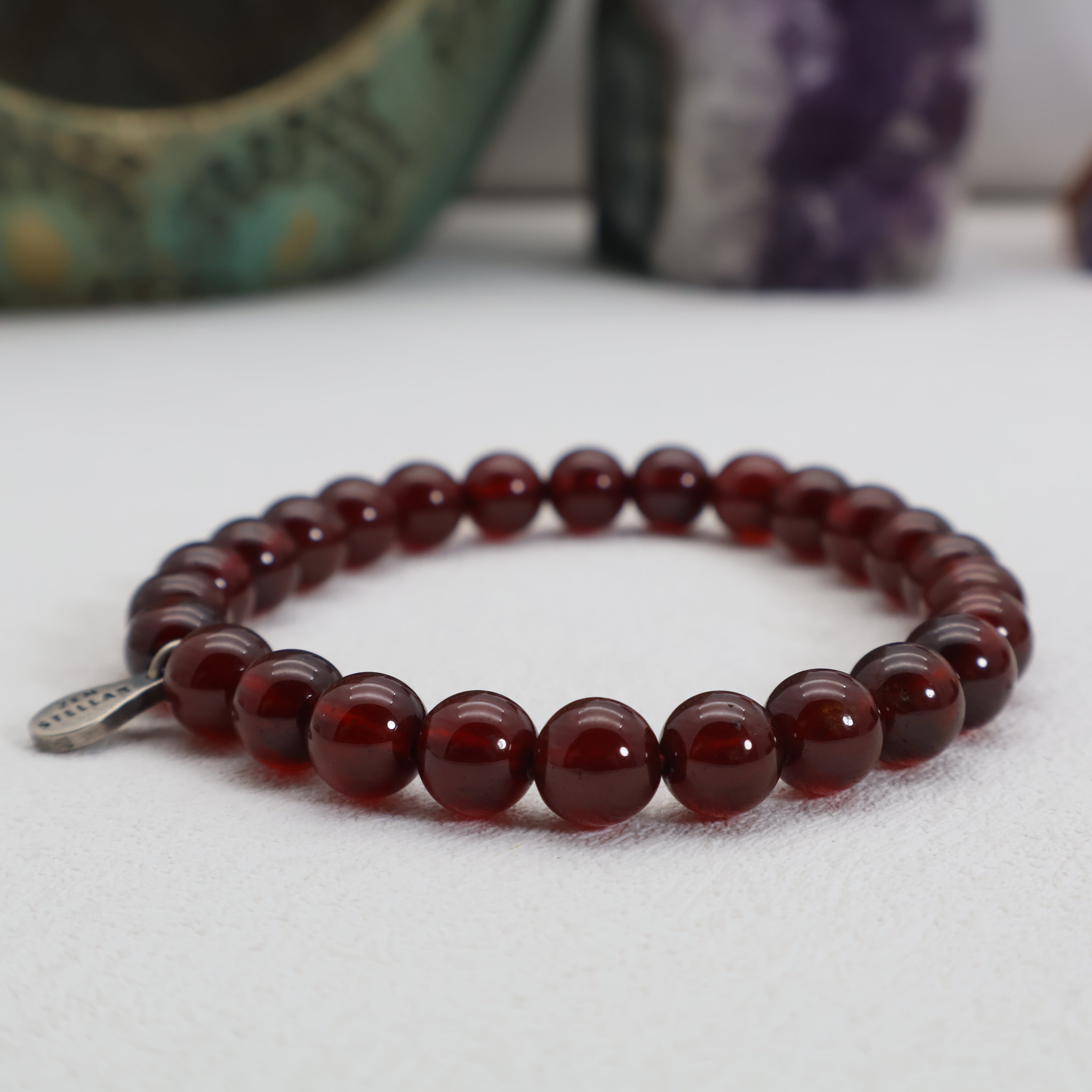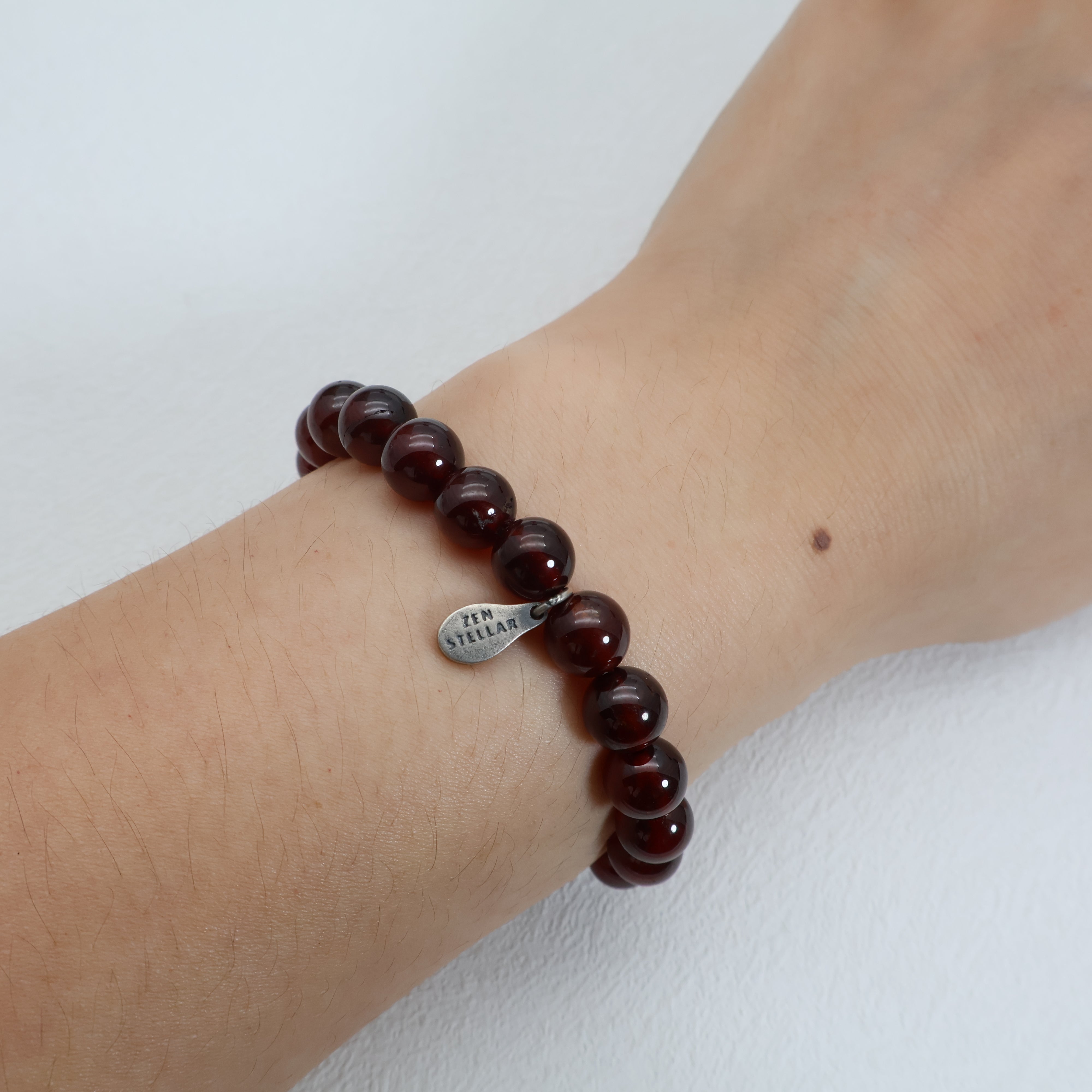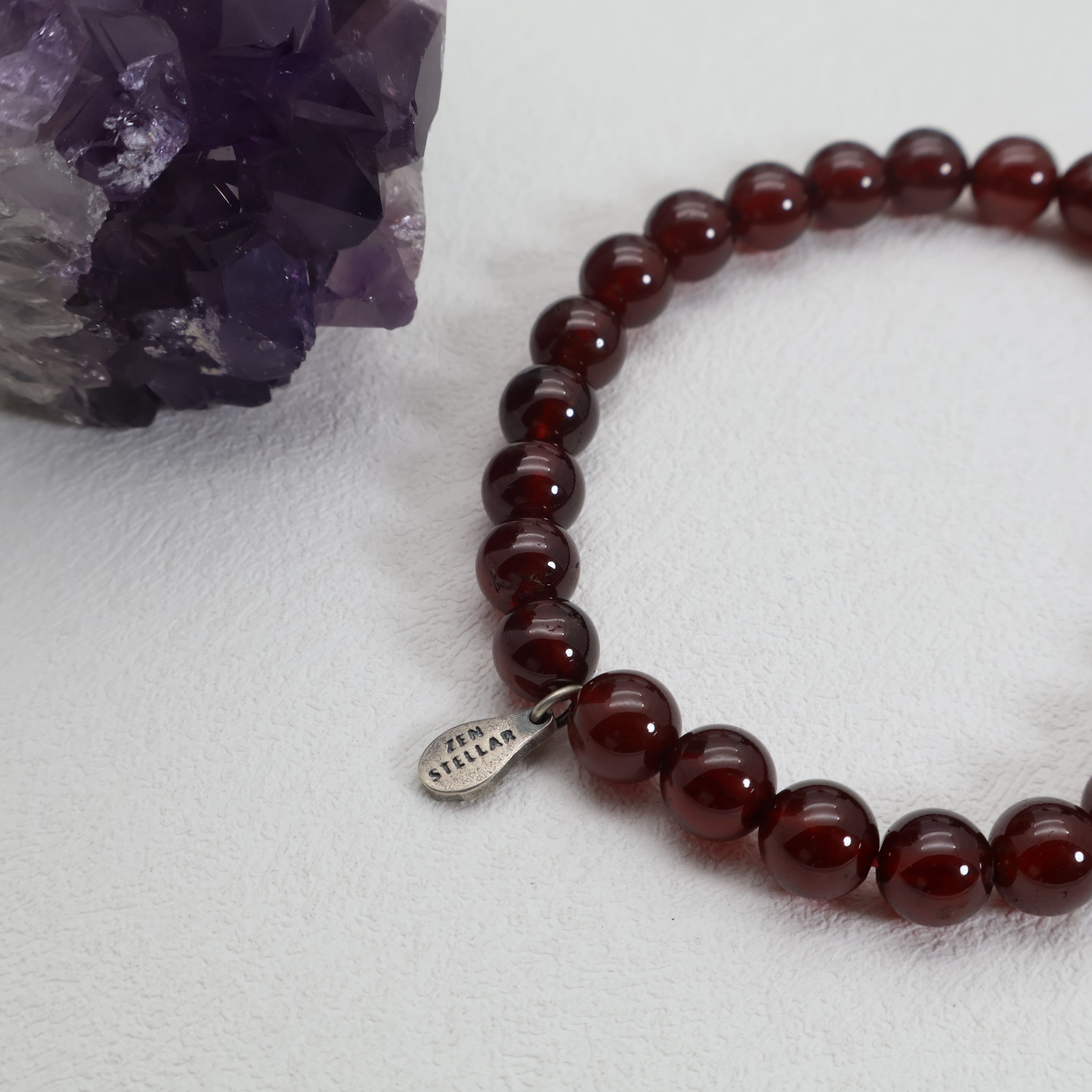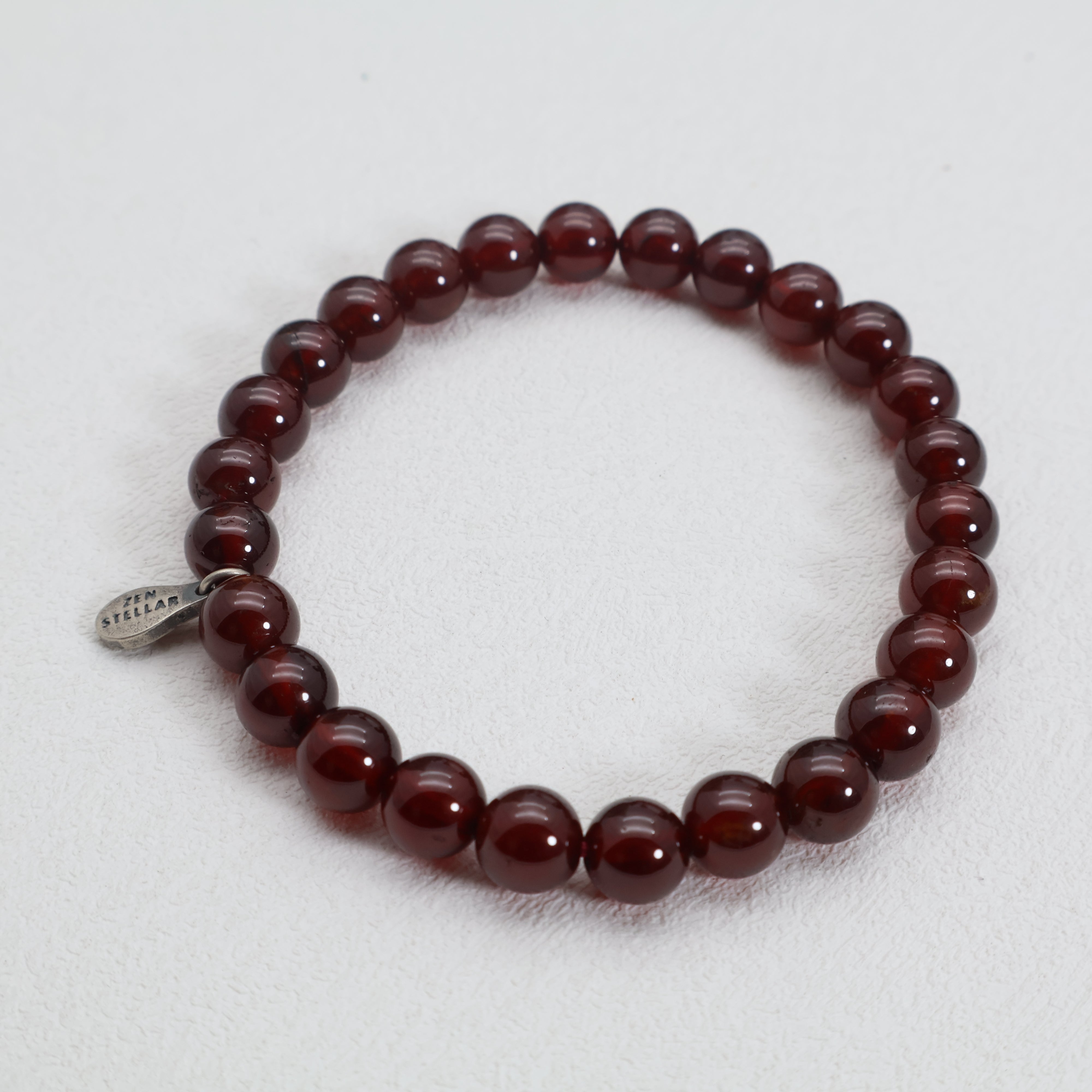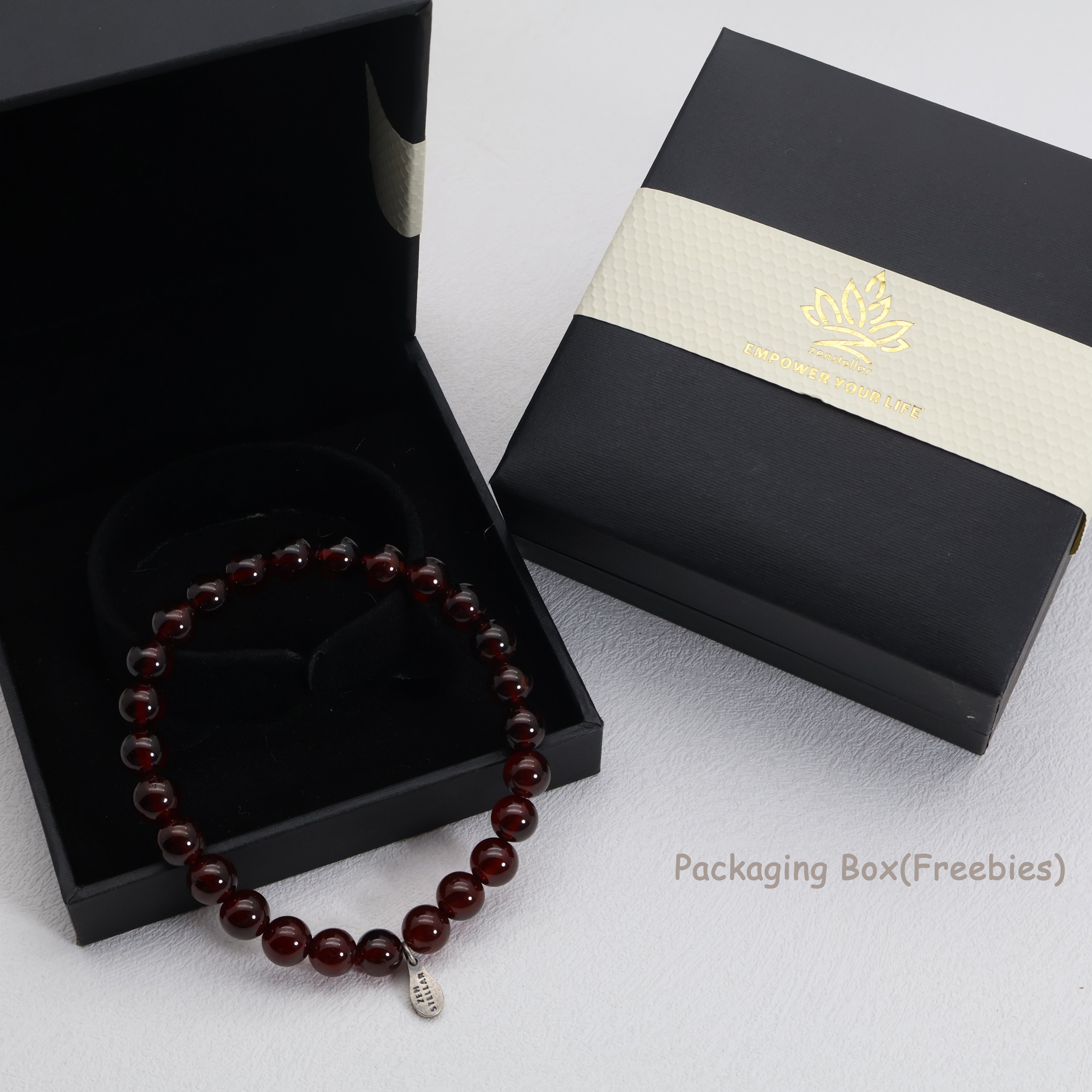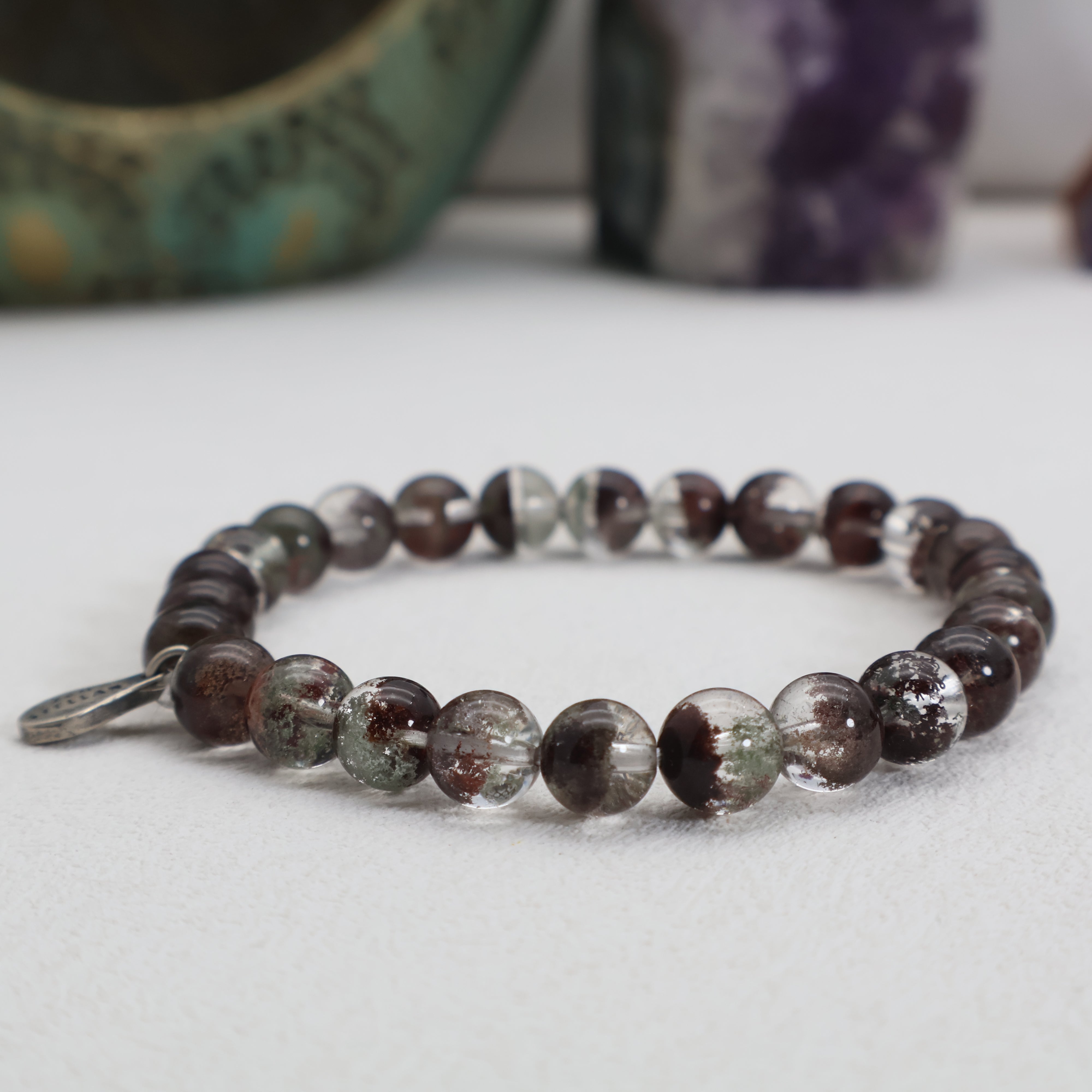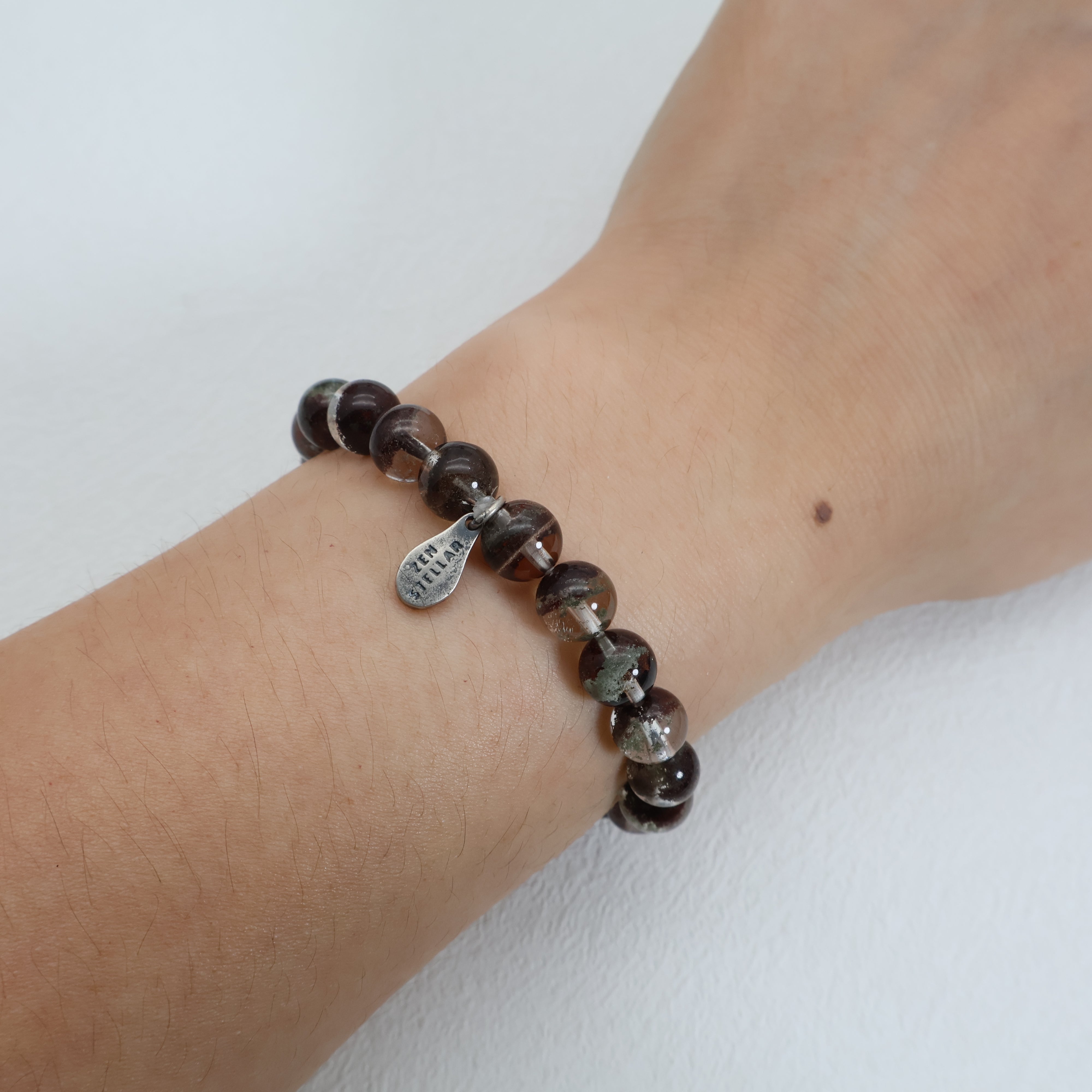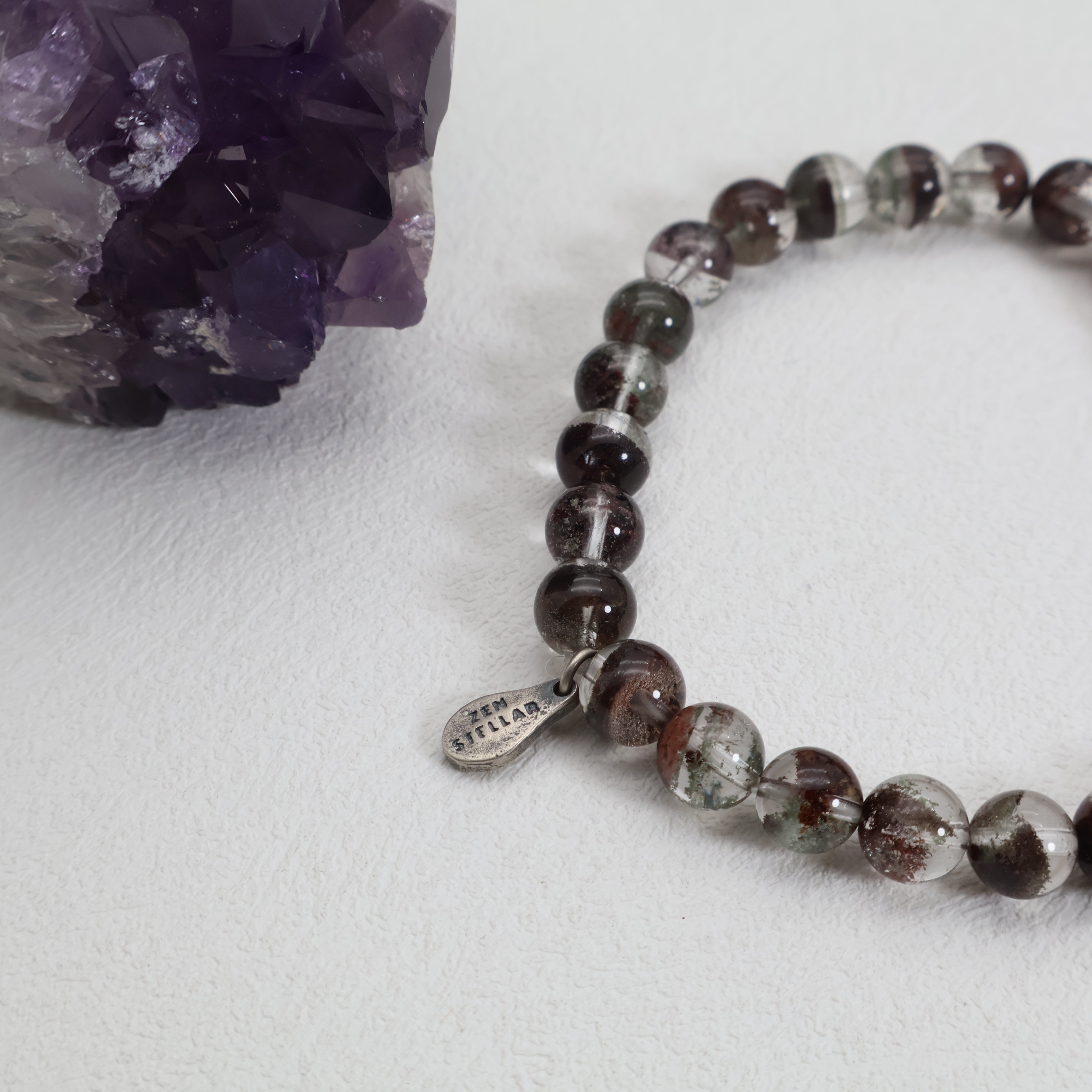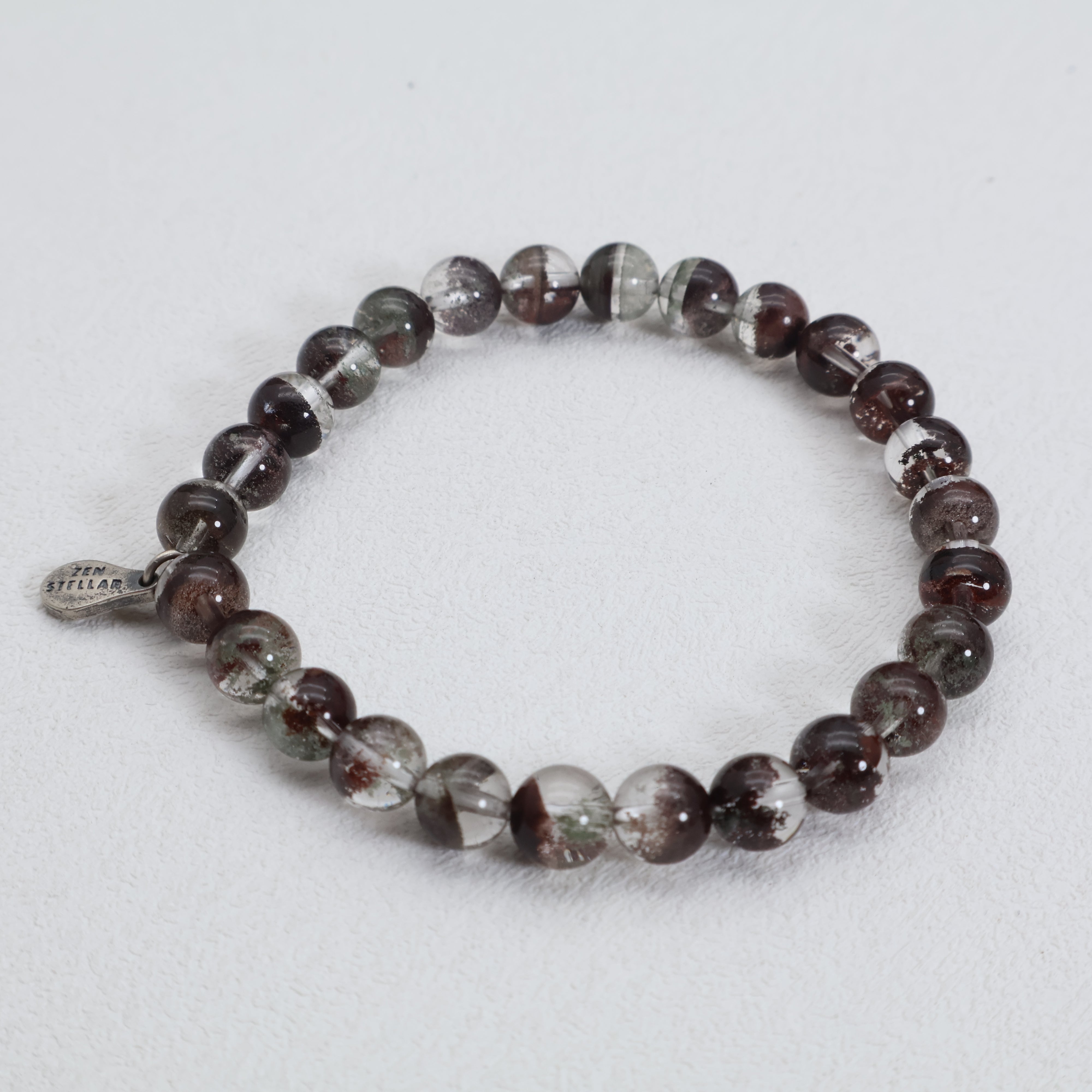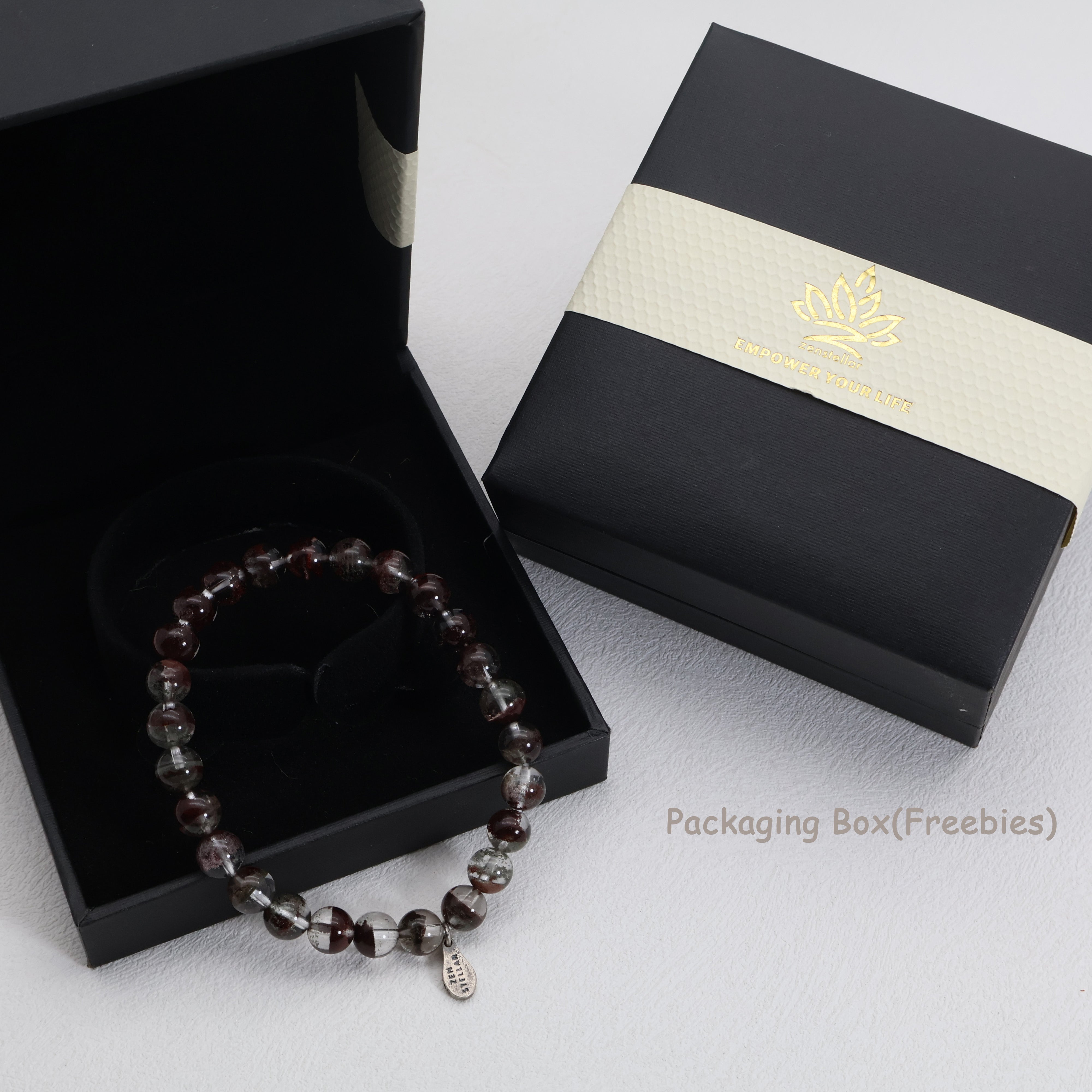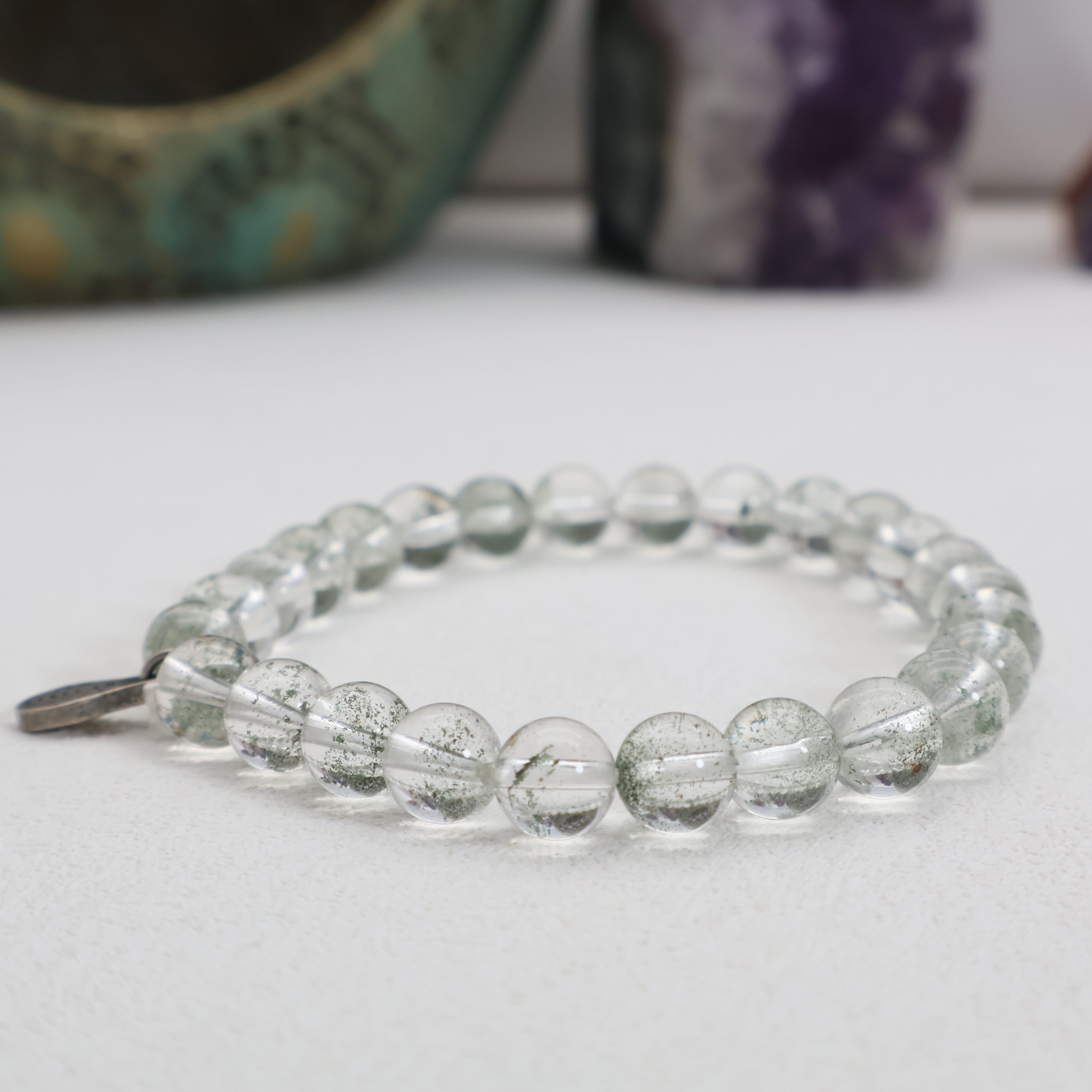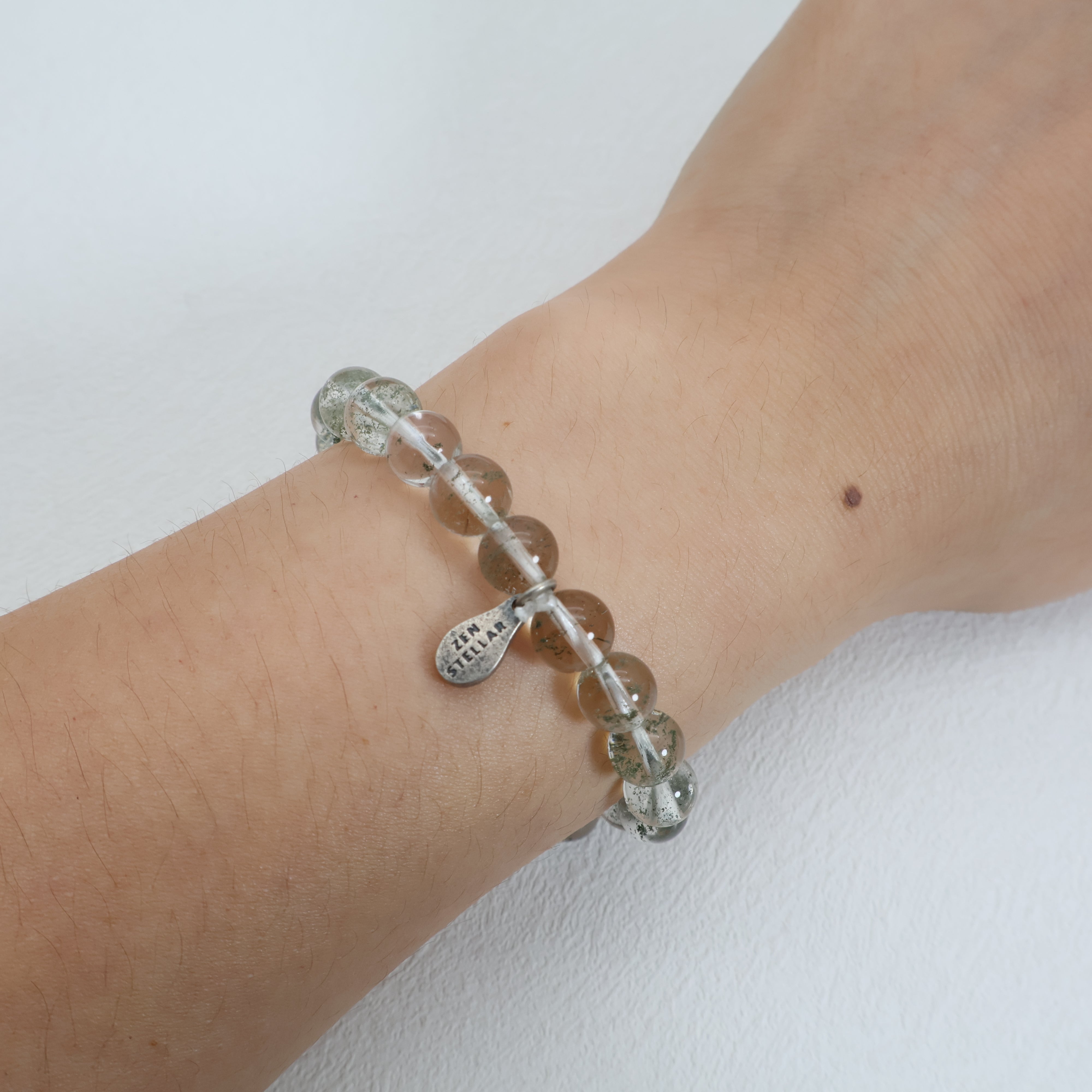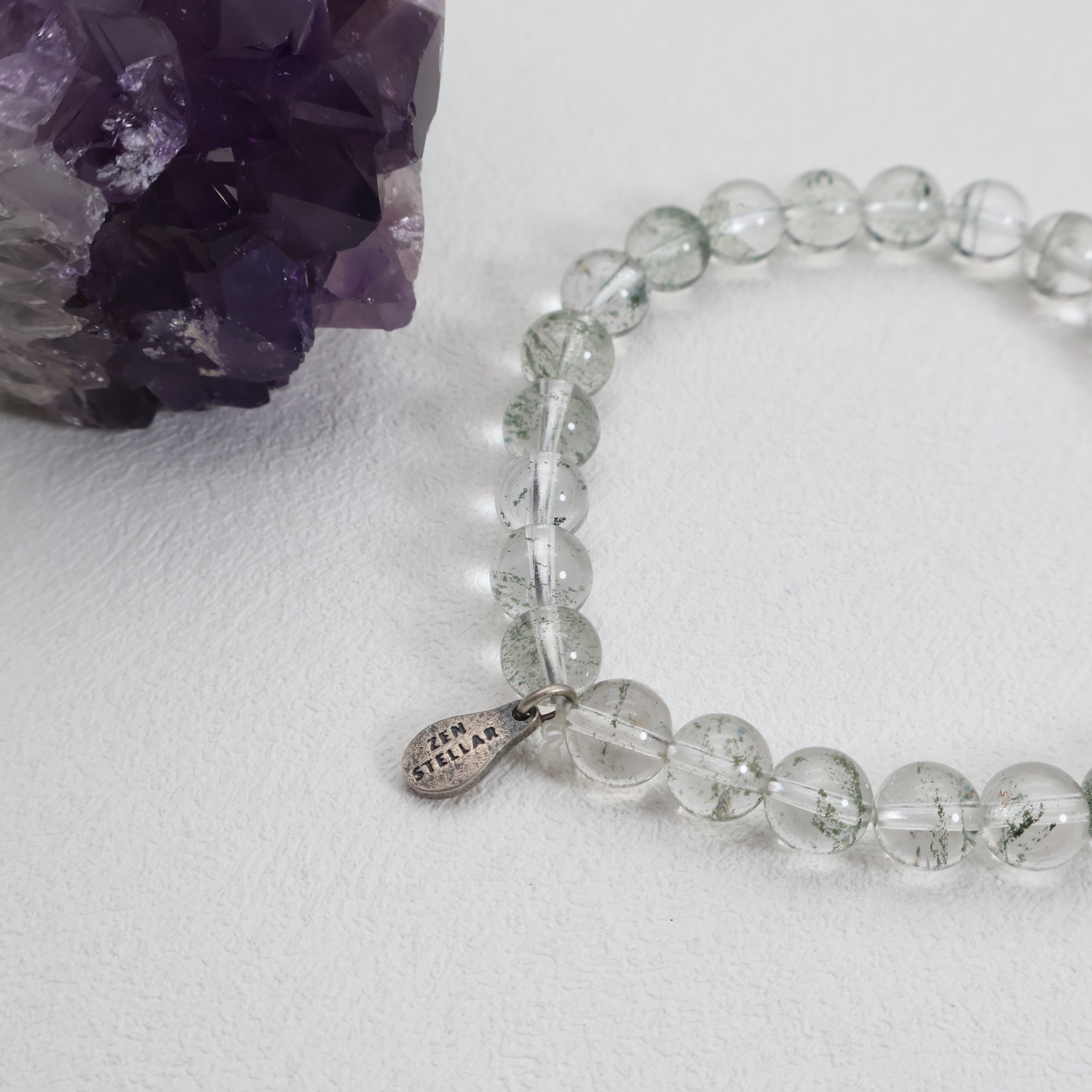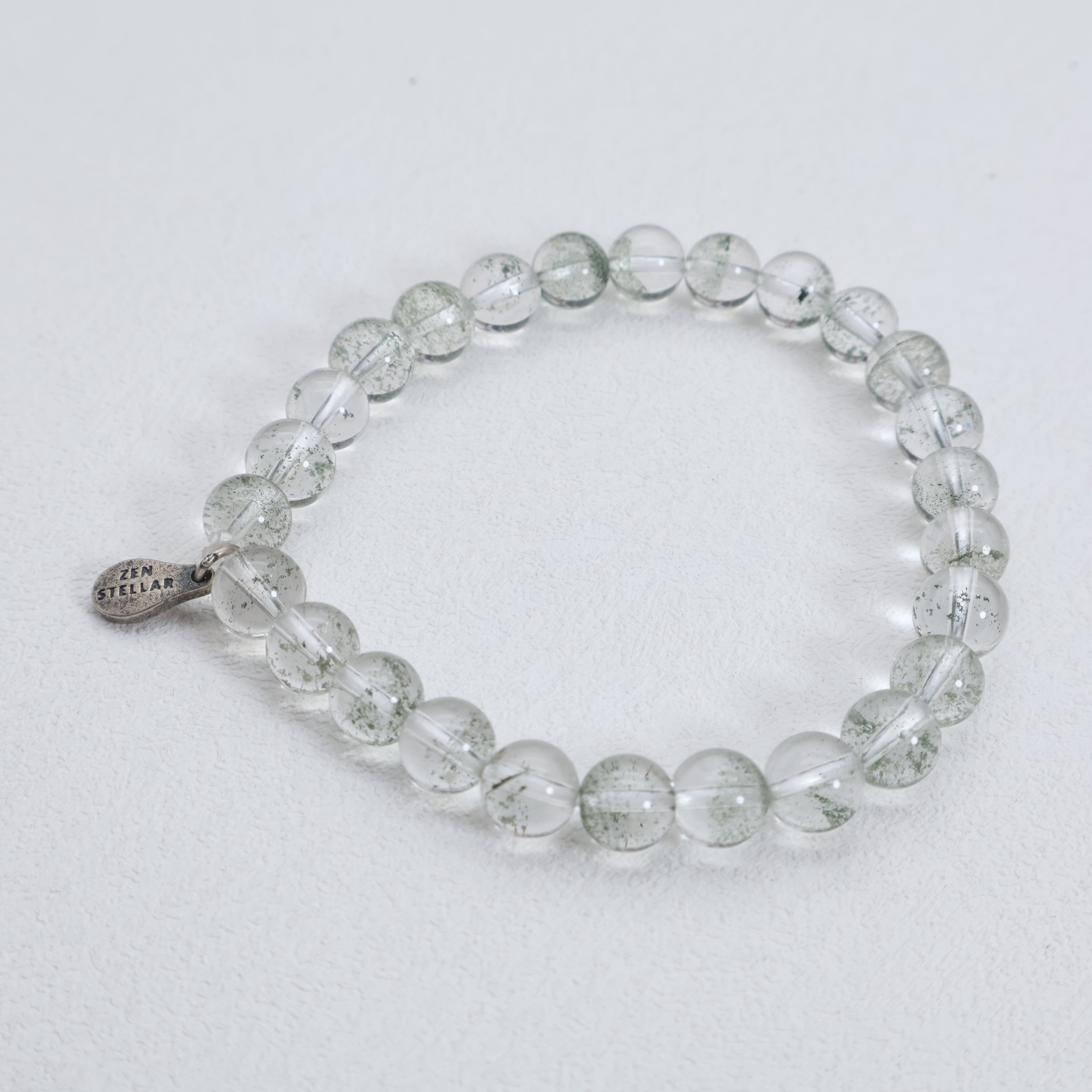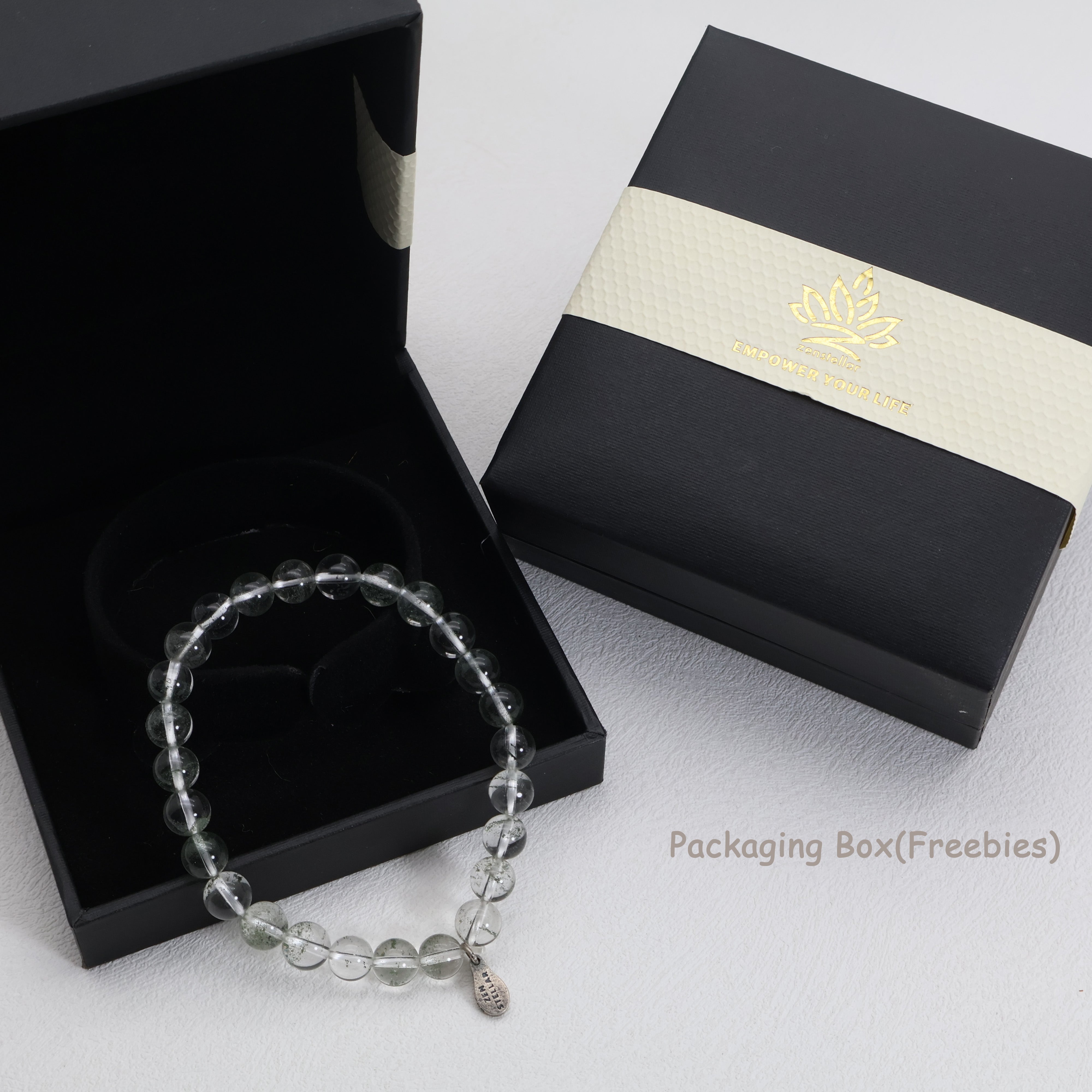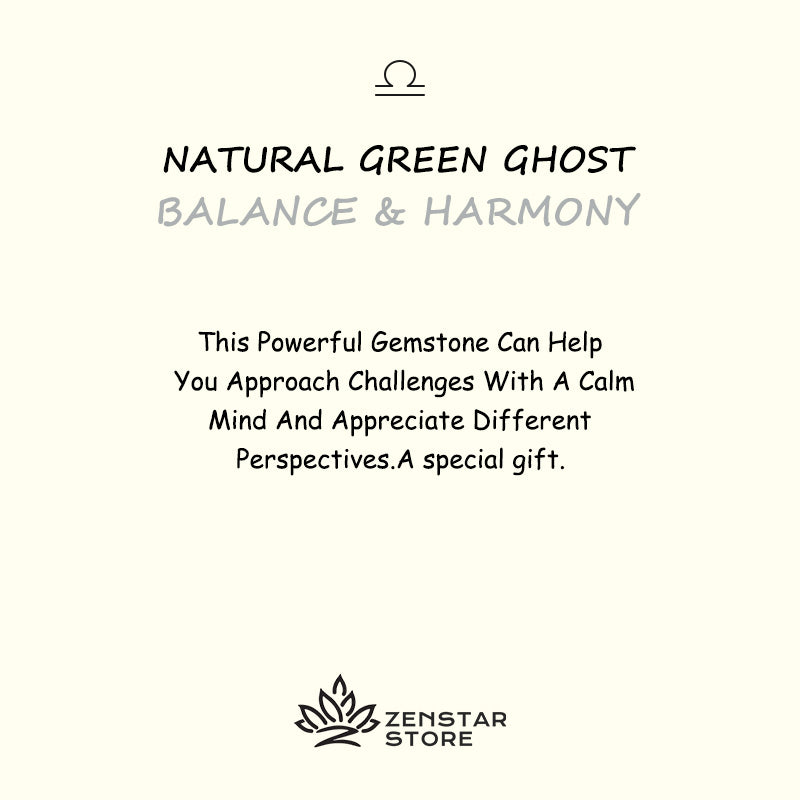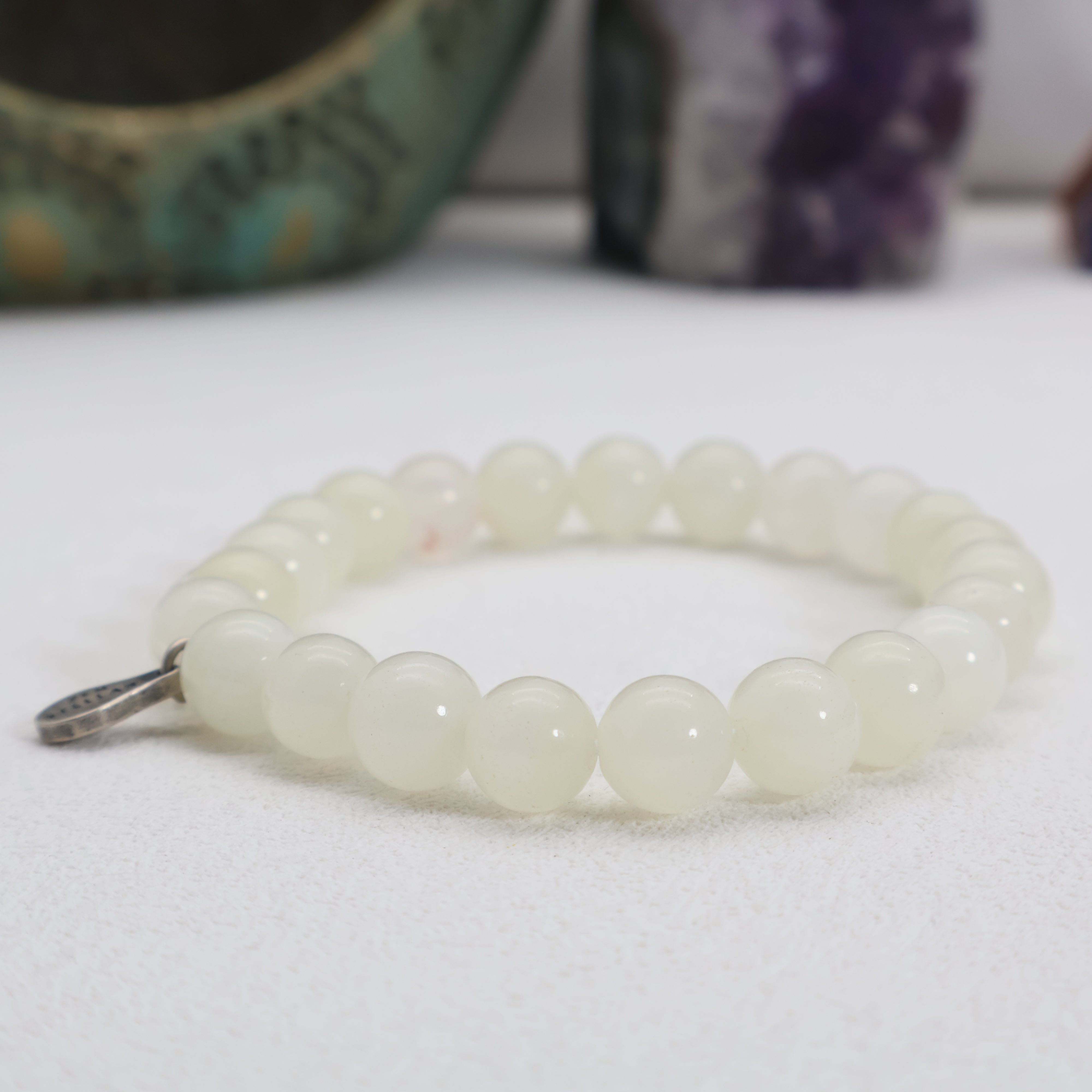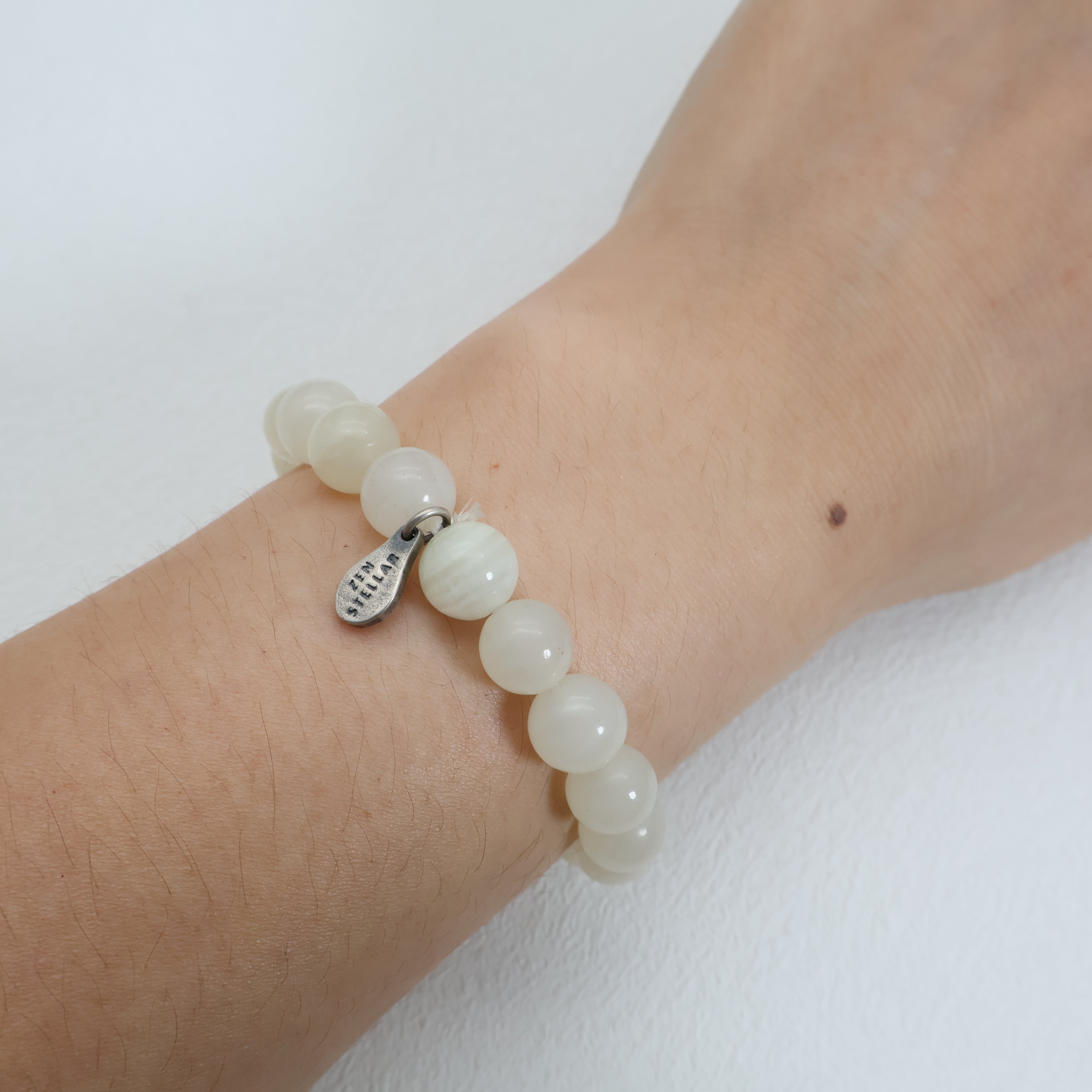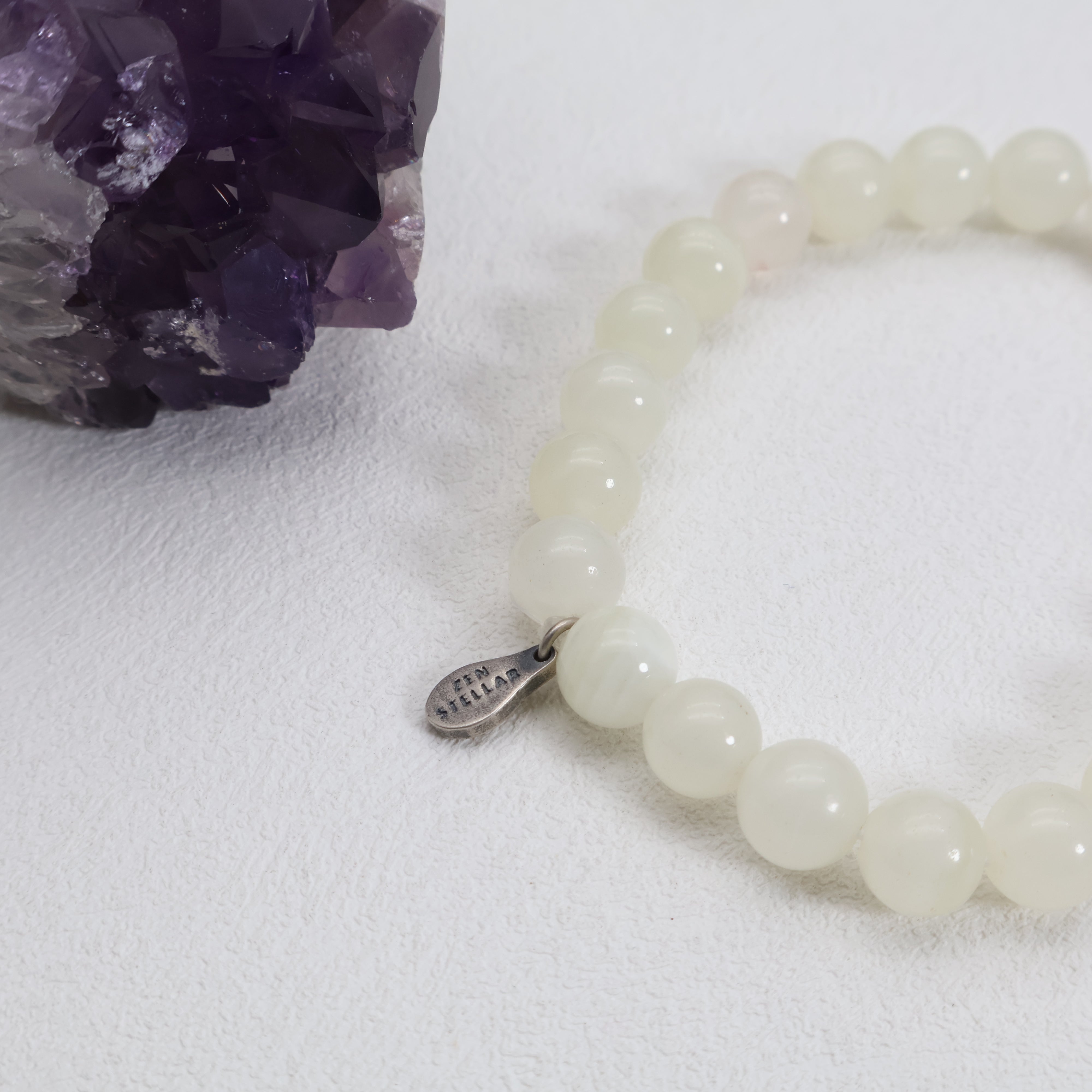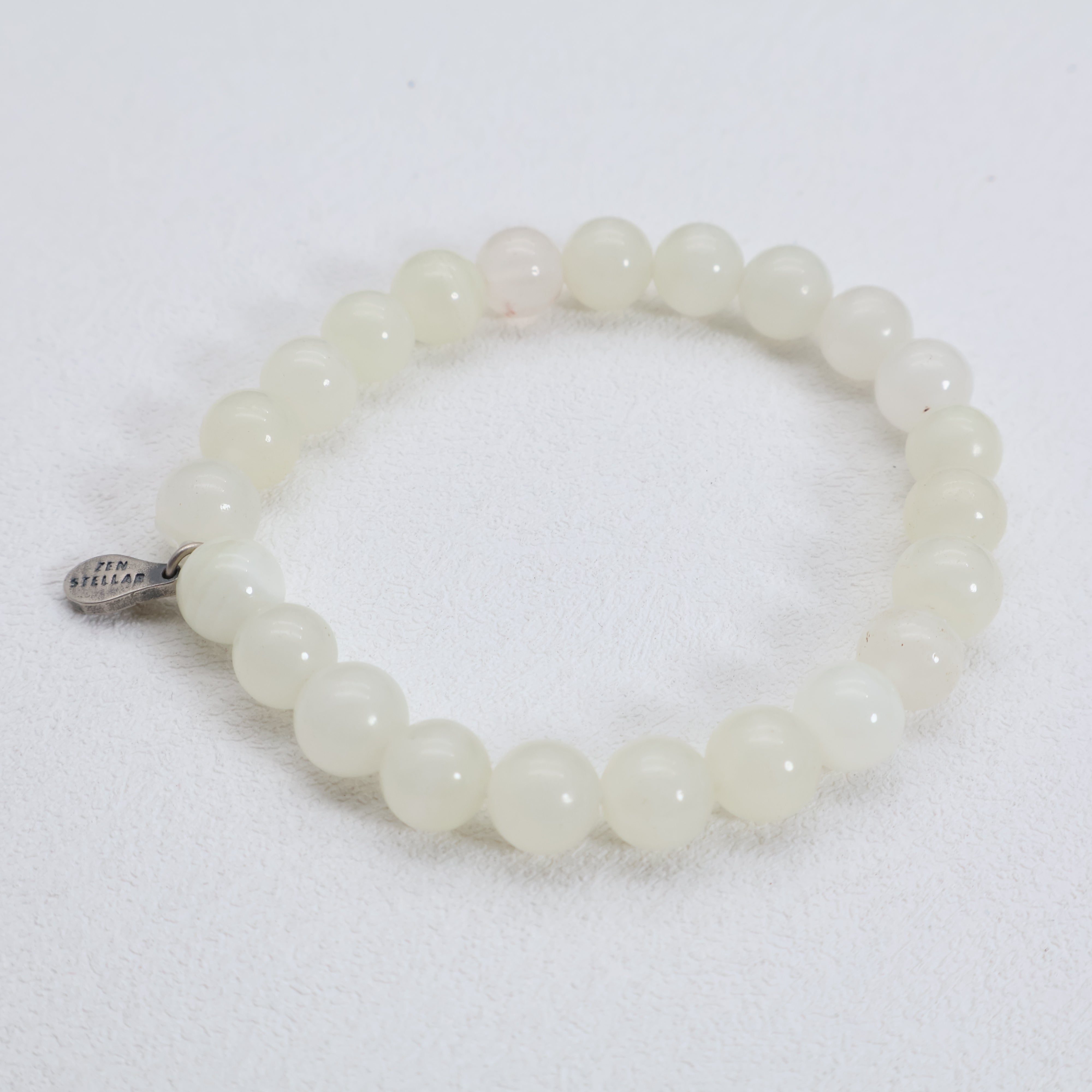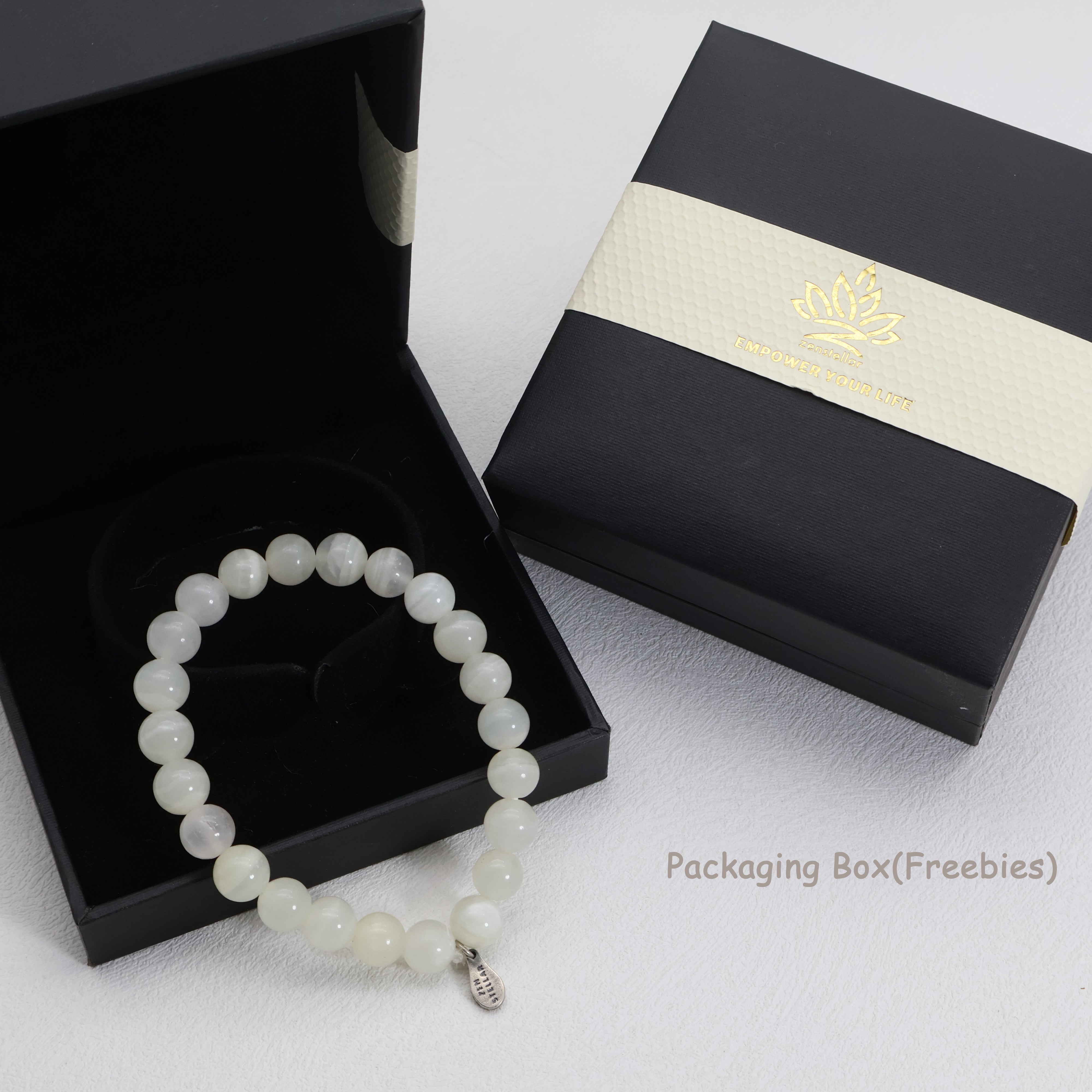

Introduction Devil's Eye
In the realm of mysticism and symbolism, few symbols evoke as much intrigue and allure as the Devil’s Eye. Known in various cultures as the “Evil Eye” or “Nazar,” this potent emblem has a rich history that spans millennia. It captures the imagination with its promise of protection and its enigmatic, watchful gaze. This article delves into the origins, cultural significance, and contemporary applications of the Devil’s Eye, offering a comprehensive exploration of its enduring fascination.
Origins and Historical Background
Ancient Roots
The concept of the Devil’s Eye can be traced back to ancient civilizations, where it was believed to serve as a powerful talisman against malevolent forces. The symbol often appears as an eye or an eye-shaped amulet, reflecting a universal human desire to guard against harm and envy.
Symbolism in Different Cultures
-
Greek and Roman Mythology
In ancient Greece, the eye symbol was closely associated with deities like Athena, the goddess of wisdom and warfare. Athena’s protective nature was symbolized by her watchful eye, which signified vigilance and guardianship. The Romans inherited this symbolism, incorporating the concept of the “Evil Eye” into their cultural beliefs. The Evil Eye was considered a potent force that could cause harm through envy or malice, and protective amulets were worn to ward off its effects.
-
Middle Eastern Traditions
In the Middle East, the Devil’s Eye, known as the “Nazar,” is a prevalent talisman believed to counteract negative energies and protect against envy. The Nazar is typically a blue eye-shaped amulet, often adorned with intricate patterns and vivid colors. It is thought to deflect harmful intentions and ensure the wearer’s safety from malevolent forces.
-
South Asian Beliefs
In Hinduism and Buddhism, the eye symbol holds significant spiritual meaning. The "Third Eye" in Hinduism represents spiritual insight, intuition, and enlightenment. Conversely, the Evil Eye in South Asian cultures is seen as a powerful protective symbol, used to shield individuals from harmful energies and ill-wishes. The eye motif is featured in various rituals and artifacts, underscoring its importance in spiritual practices.

The Devil’s Eye in Modern Times
Popularity in Contemporary Culture
In contemporary society, the Devil’s Eye has transcended its traditional roots, becoming a fashionable and versatile symbol. Its appeal spans across fashion, home decor, and art, where it continues to symbolize protection and intrigue. The eye motif is now commonly featured in jewelry, clothing, and decorative items, blending its historical significance with modern aesthetics.
Symbolic Meanings
-
Protection and Good Luck
Many people today wear amulets or charms featuring the Devil’s Eye as a form of protection against negative energies and bad luck. This practice reflects a continued belief in the symbol’s power to shield individuals from harm. The eye is often seen as a guardian against envy and malicious intentions, offering a sense of security and reassurance to its wearer.
-
Cultural Identity and Heritage
For many individuals, the Devil’s Eye represents a connection to their cultural heritage and traditions. It serves as a reminder of ancient beliefs and practices that have been passed down through generations. Wearing or displaying the Devil’s Eye can evoke a sense of pride and continuity with one’s cultural roots.

How to Incorporate the Devil’s Eye into Your Life
Fashion and Accessories
-
Jewelry
The Devil’s Eye motif is popular in various forms of jewelry, including necklaces, bracelets, and earrings. These pieces often combine style with symbolism, offering both a fashionable accessory and a protective talisman. Jewelry featuring the Devil’s Eye can serve as a personal amulet, providing a constant reminder of its protective properties.
-
Home Decor
Incorporating the Devil’s Eye into home decor can enhance the ambiance of your living space while offering a touch of mysticism. Items such as wall hangings, sculptures, and cushions featuring the eye symbol can create a visually appealing and energetically protective environment. Displaying the Devil’s Eye in your home can also serve as a conversation starter, sparking interest in its cultural and symbolic significance.
Spiritual Practices
-
Meditation and Visualization
The eye symbol can be used in meditation practices to enhance focus and clarity. Visualizing the Devil’s Eye during meditation may help in achieving a sense of protection and inner peace. The symbol’s watchful gaze can serve as a focal point, aiding in concentration and spiritual awareness.
-
Rituals and Ceremonies
In various traditions, the Devil’s Eye is employed in rituals to ward off negative influences and invoke positive energies. These practices can vary widely depending on cultural and personal beliefs. Incorporating the Devil’s Eye into your spiritual rituals can amplify its protective and auspicious qualities.

The Devil’s Eye in Art and Media
Representation in Art
Throughout history, the Devil’s Eye has been a popular subject in art, from ancient artifacts to contemporary pieces. Artists often use the eye motif to explore themes of vigilance, protection, and the supernatural. The eye’s enigmatic quality makes it a compelling subject for artistic expression, reflecting its deep-rooted cultural significance.
Influence on Popular Culture
The Devil’s Eye has also made its mark in popular culture, appearing in films, literature, and music. Its presence in narratives related to mysticism, power, and unseen forces highlights its enduring appeal. The symbol’s portrayal in media continues to captivate audiences, reinforcing its place in modern cultural imagination.
Conclusion
The Devil’s Eye remains a symbol of fascination and mystery, bridging ancient traditions with contemporary practices. Its rich historical background, cultural significance, and modern-day applications underscore its enduring allure. Whether drawn to its protective qualities, its historical roots, or its stylish representation, the Devil’s Eye continues to inspire and captivate, offering a blend of mysticism and modernity that resonates across cultures and generations.
FAQs about Devil's Eye
What is the Devil’s Eye, and what does it symbolize?
The Devil’s Eye, also known as the Evil Eye or Nazar, is a potent symbol used across various cultures to protect against malevolent forces and envy. It is often depicted as an eye or an eye-shaped amulet. The symbol is believed to ward off negative energies and harmful intentions, providing protection and safety to its wearer. In essence, it represents vigilance, guardianship, and a safeguard against envy and malicious influences.
2. What are the origins of the Devil’s Eye symbol?
The Devil’s Eye symbol has ancient roots and can be traced back to multiple civilizations. In ancient Greece, it was associated with deities like Athena, symbolizing wisdom and protection. The Romans also adopted this symbolism, believing in the Evil Eye’s power to cause harm through envy. In the Middle East, the Nazar amulet is a popular protective charm. South Asian cultures, including Hinduism and Buddhism, also revere the eye symbol, associating it with spiritual insight and protection from negative energies.
3. How is the Devil’s Eye used in modern culture?
In contemporary culture, the Devil’s Eye has evolved beyond its traditional roots and is widely used in fashion, home decor, and art. It appears in various forms of jewelry, such as necklaces, bracelets, and earrings, serving both as a stylish accessory and a protective talisman. The eye symbol is also incorporated into home decor items like wall hangings and sculptures, adding a touch of mysticism to living spaces. Additionally, it features prominently in modern art and media, reflecting its continued cultural relevance.
4. Can the Devil’s Eye be used in spiritual practices?
Yes, the Devil’s Eye can be incorporated into various spiritual practices. In meditation, visualizing the eye symbol can enhance focus and clarity, helping to achieve a sense of protection and inner peace. Additionally, the symbol is used in rituals and ceremonies across different traditions to ward off negative influences and invoke positive energies. Its presence in spiritual practices emphasizes its role in safeguarding and enhancing spiritual well-being.
5. How can I incorporate the Devil’s Eye into my life?
You can incorporate the Devil’s Eye into your life in several ways. For fashion, consider wearing jewelry featuring the eye motif, such as necklaces, bracelets, or earrings, to benefit from its protective qualities and stylish appeal. In home decor, use items like wall hangings, sculptures, or cushions with the Devil’s Eye design to create a mystically charged environment. Additionally, you can use the symbol in meditation and spiritual rituals to enhance protection and focus, making it a versatile and meaningful addition to various aspects of your life.

